HD vs. SMC Pentax-DA 18-50mm F4-5.6
Flare and Ghosting
No lens is perfect. Even the best design, created with the highest-quality glass and fine-tuned as thoroughly as possible, will have flaws sometimes. The following list describes the main optical flaws that a lens can suffer from.
Name | Description |
| Chromatic aberration | Different colors do not have the same focus point. The result is colored lines (usually red or green) on edges showing a sharp transition from clear to dark tones, and a general decrease of the sharpness. Occurs mostly at wider apertures. Easy to correct via software. Mitigated by the use of achromatic lens elements. |
| Purple fringing | Sometimes caused by chromatic aberration effects. Can also occur because the RGB color filters in front of pixels create differences in pixel sensitivities. Creates a purple band on edges showing a sharp transition from clear to dark tones. Occurs mostly at wider apertures. Easy to correct via software. |
| Flare | Internal reflection on the various lens elements cause a decrease of contrast, the apparition of a bright veil, or ghosting. Occurs if an image includes bright light sources, especially if the light source is near the edge. Using a lens hood helps to control flare. Better lens coatings greatly reduce the effect. |
| Ghosting | A type of flare causing artifacts (orbs) to appear on an image including bright light sources, especially if the light source is near the edge. Can be used artistically. |
| Coma | Flaws in the optical design cause point sources (such as stars) located on the sides of the frame to appear elongated. Dependent on the lens design. |
| Distortion | Straight lines appear curved. Dependent on the lens design. Tested in another page. |
| Spherical aberration | Light rays hitting the sides of the lens do not have the same focus point as those passing through the center. Mitigated by the use of aspherical elements. |
Not all of those optical effects are easy to test independently. Purple fringing and chromatic aberrations are almost always coupled, and will be tested together on the next page. Flare and ghosting will also be measured as a pair. Distorsion will get its own page later in this review. The other aberrations will not be formally tested as their effects are both harder to isolate and generally better controlled by design.
Flare
Flare will affect images in which a bright light source, such as the sun, is present in the frame or near its border. The use of a lens hood will help reduce the effect for side lighting, as will a recessed front element. High-quality lens coatings play a very important role in minimizing flare, by improving light transmission and minimizing internal reflections. We will be able to evaluate the effect of the new HD coating versus the older SMC. The newer coating reportedly brings major improvements in this area.
Flare Test One - Center-of-Frame Sunlit Flare
For this test, we placed the sun in the center of the frame, directly illuminating the sensor. Pictures were captured at various apertures. You can click on the thumbnails for larger views and browse using left-right keys.
18mm
| Aperture | DA 18-55mm | DA L 18-50mm | HD 18-50mm |
| F3.5 | 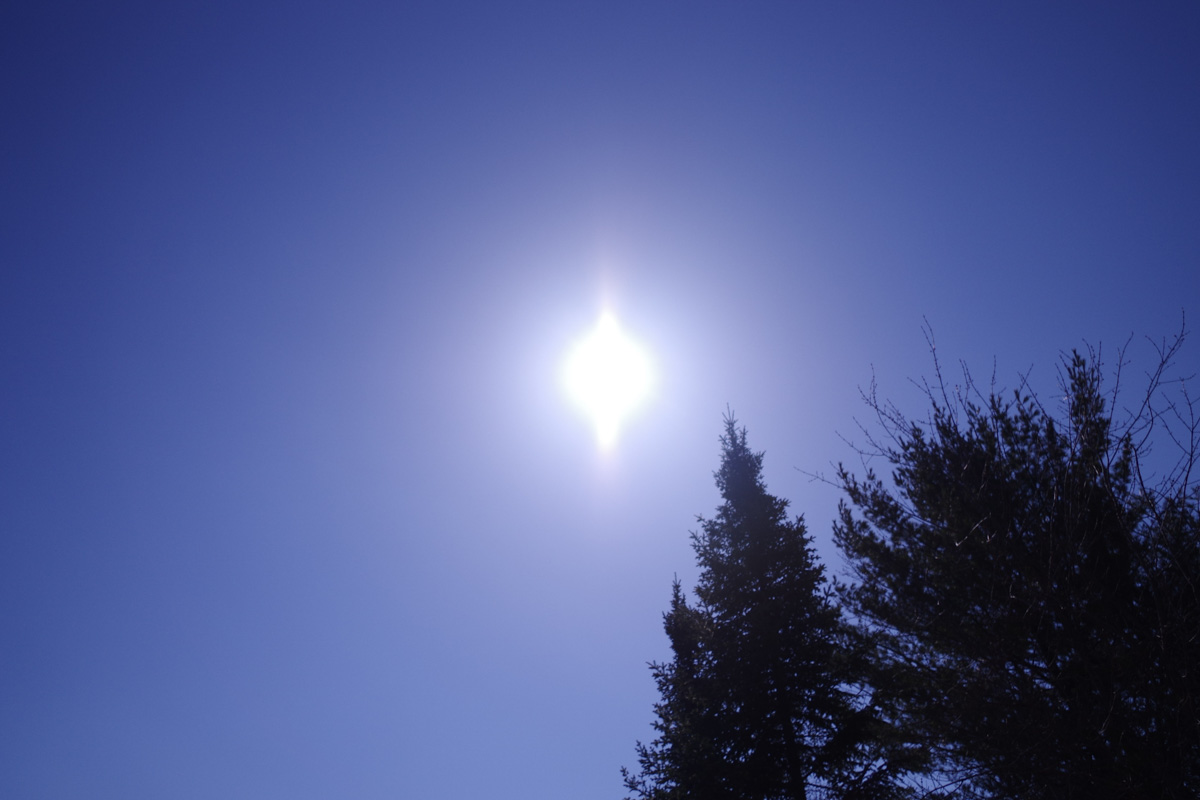 | ||
| F4 | 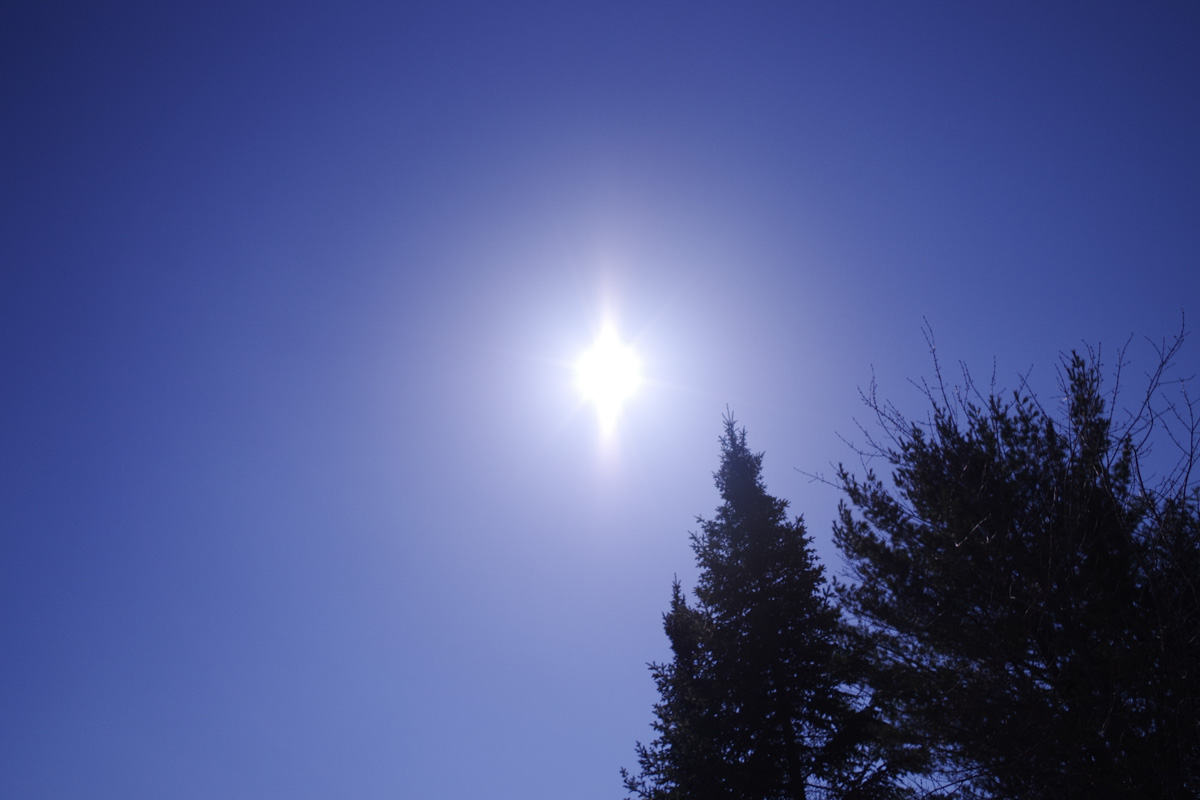 | 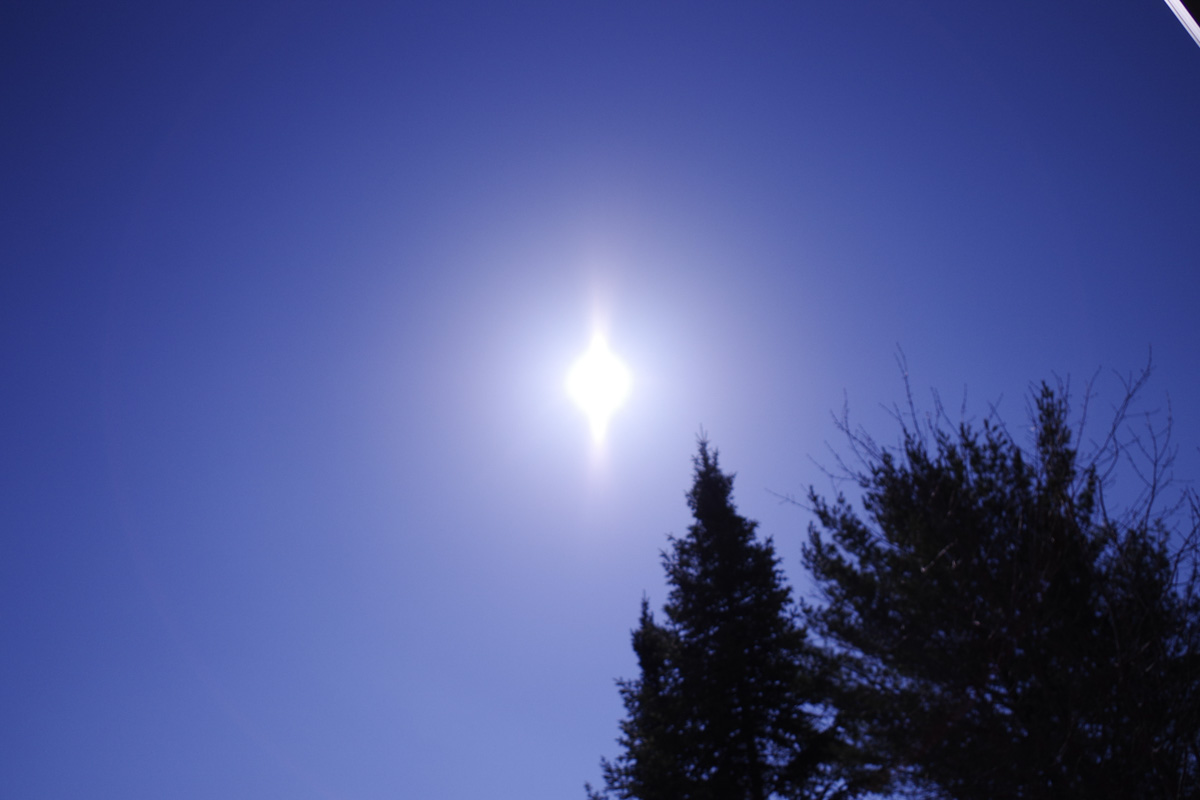 | 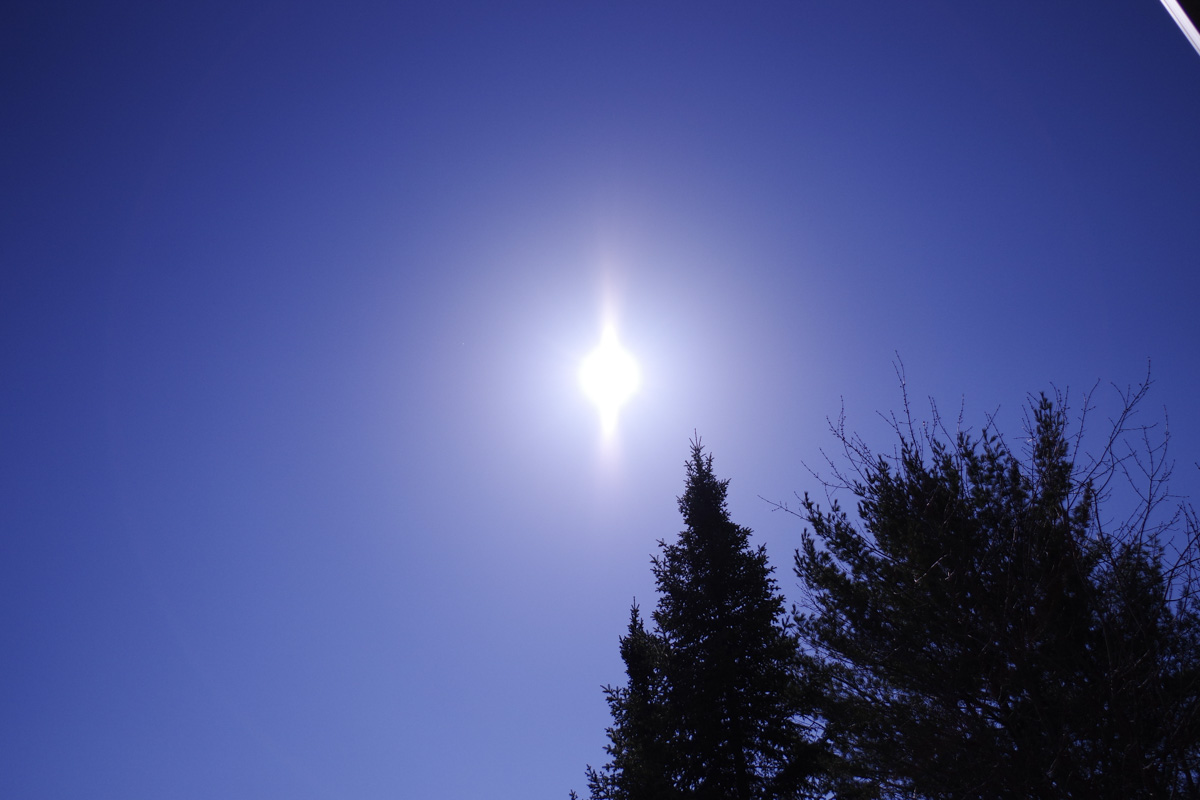 |
| F5.6 | 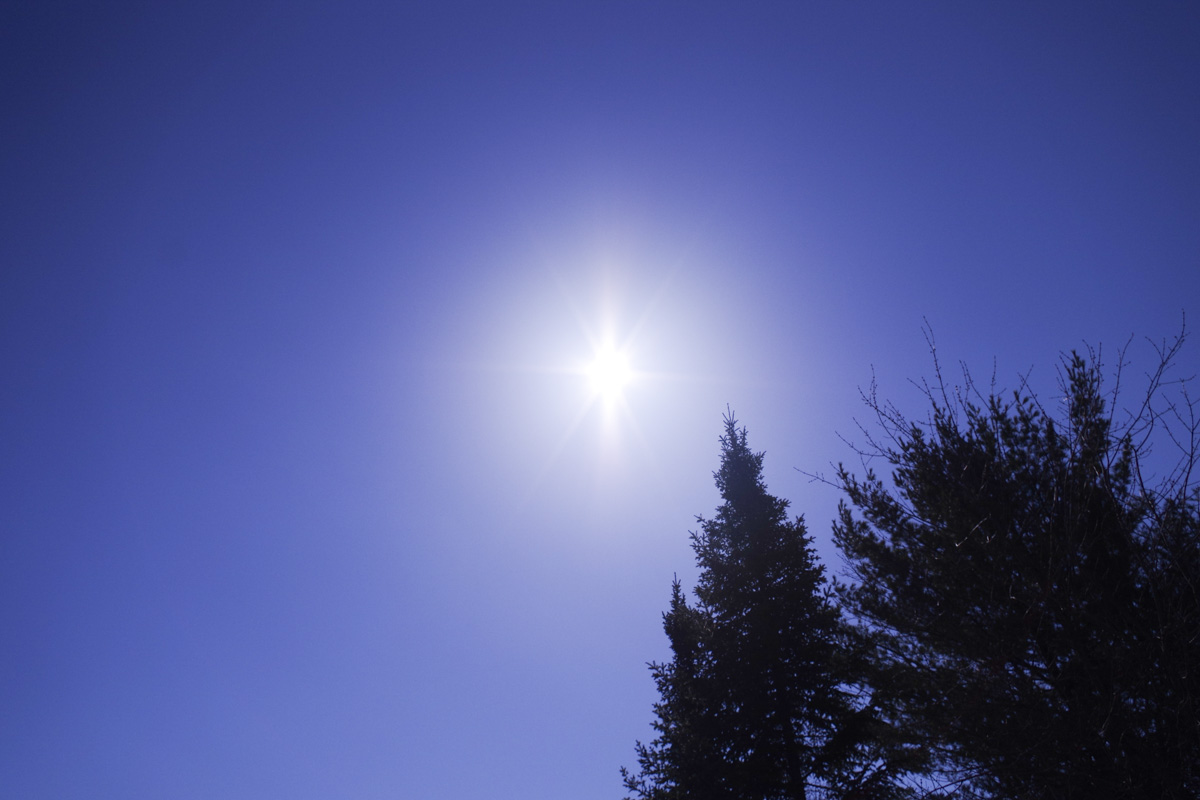 |  | 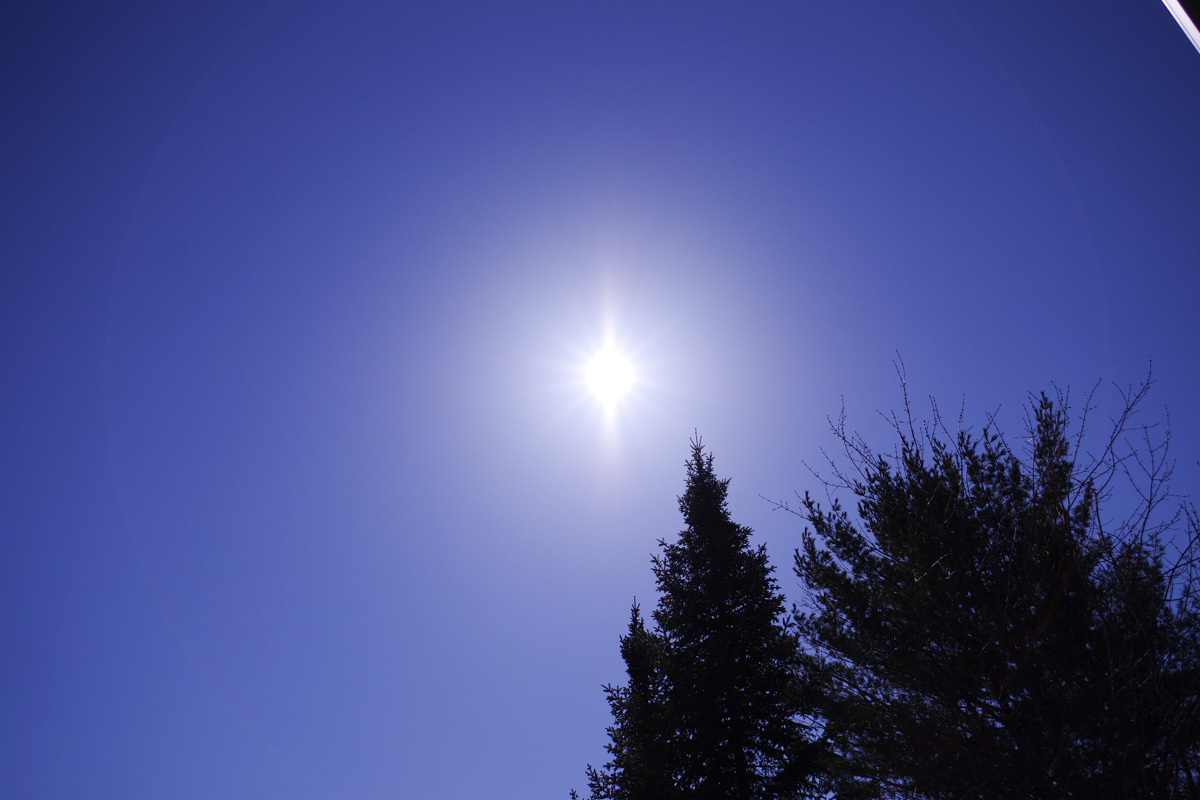 |
| F8 | 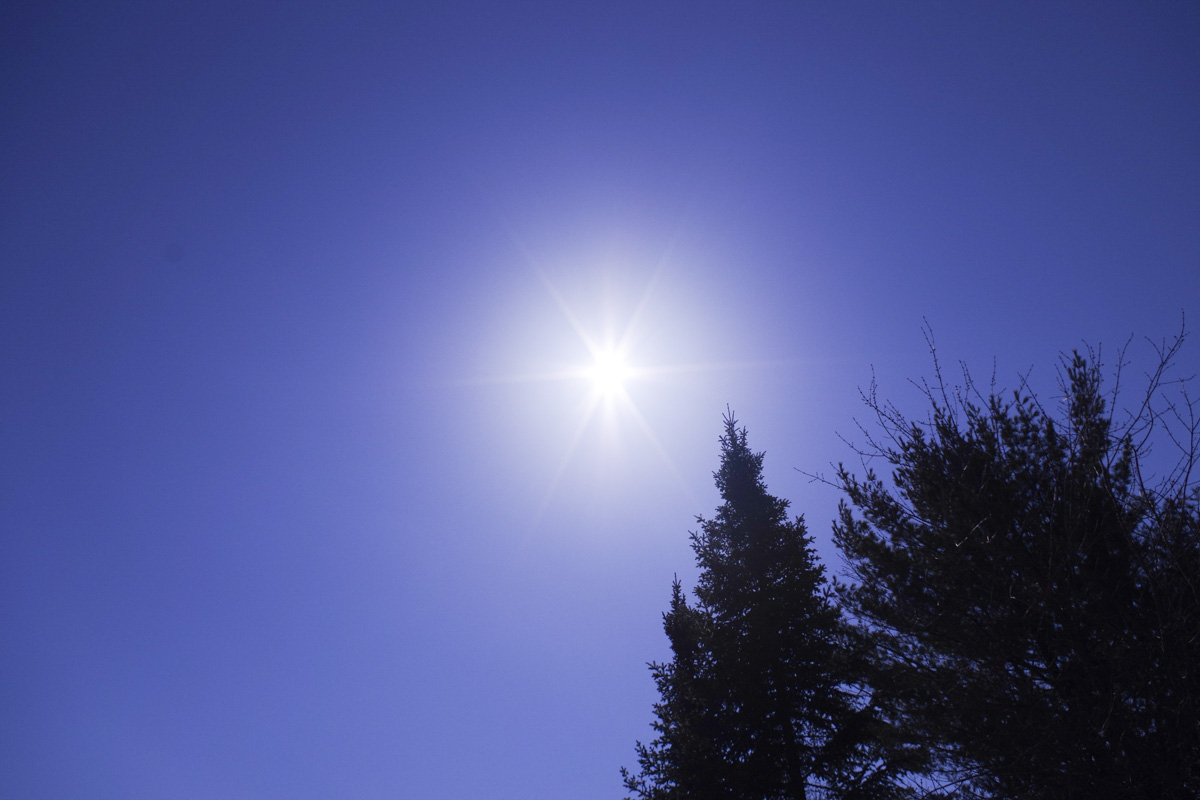 | 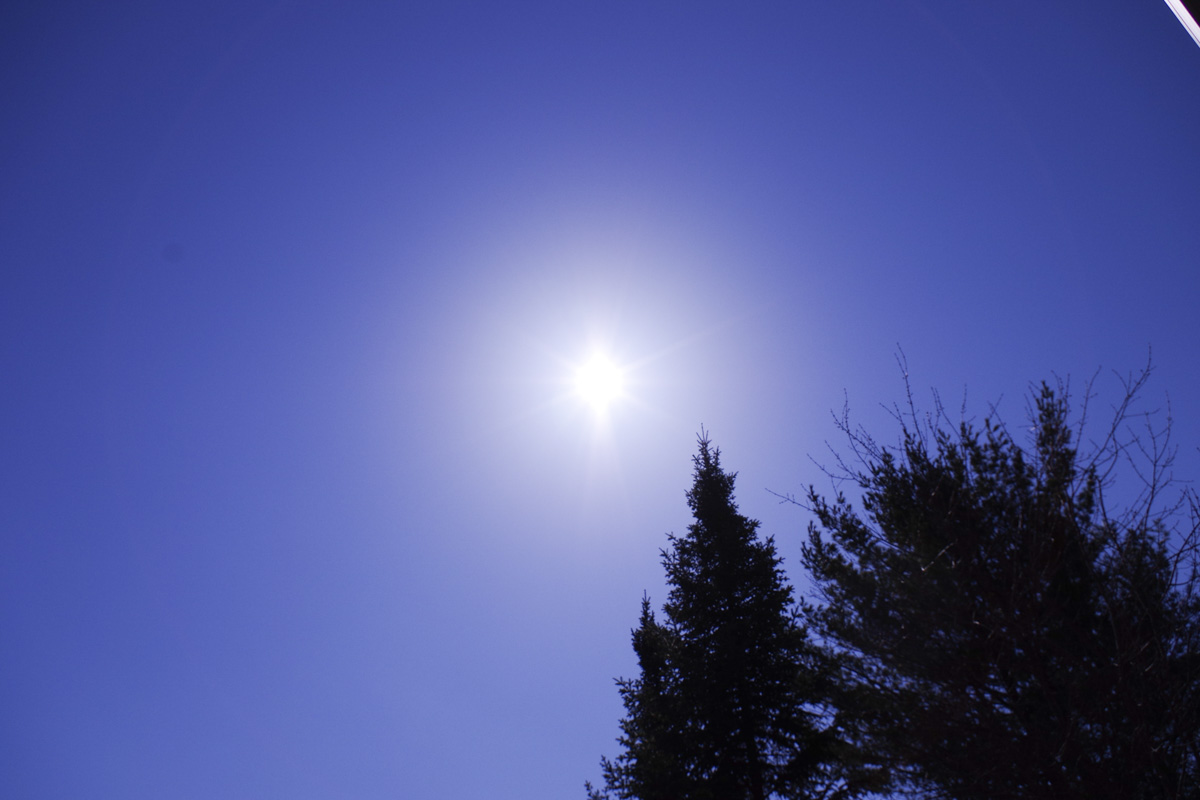 | 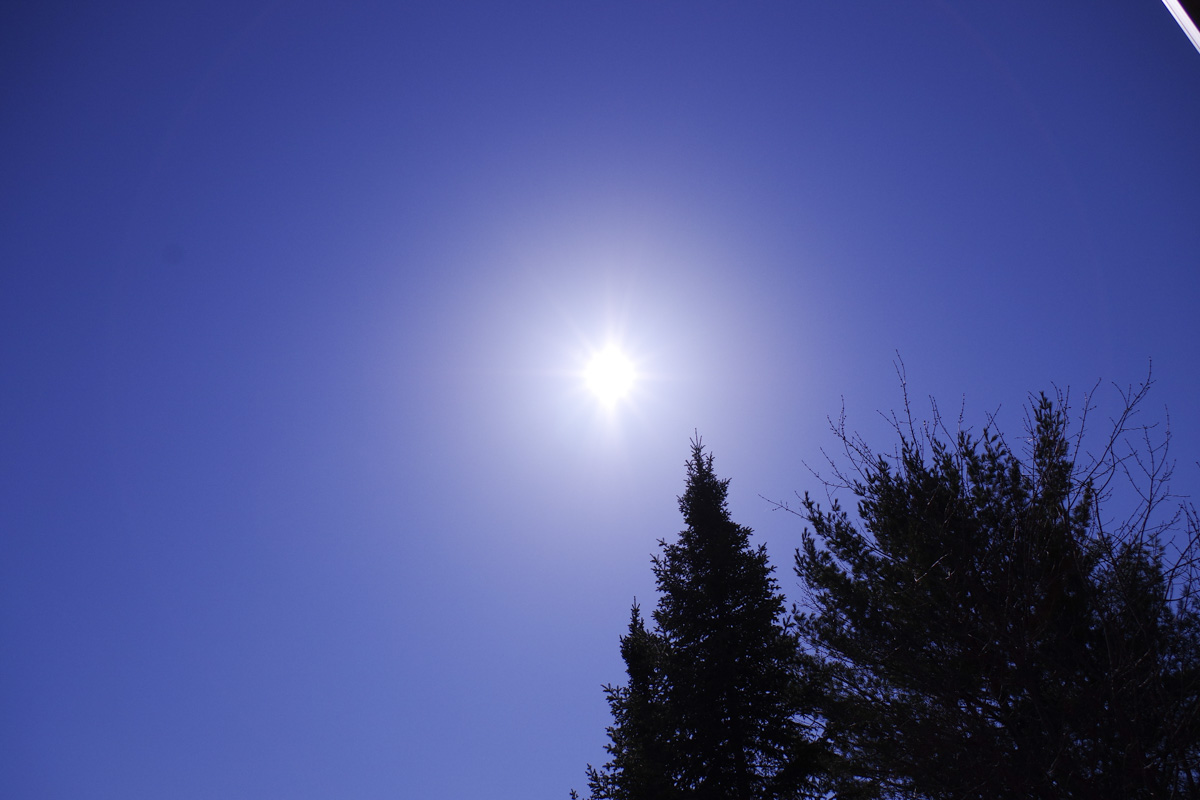 |
| F11 | 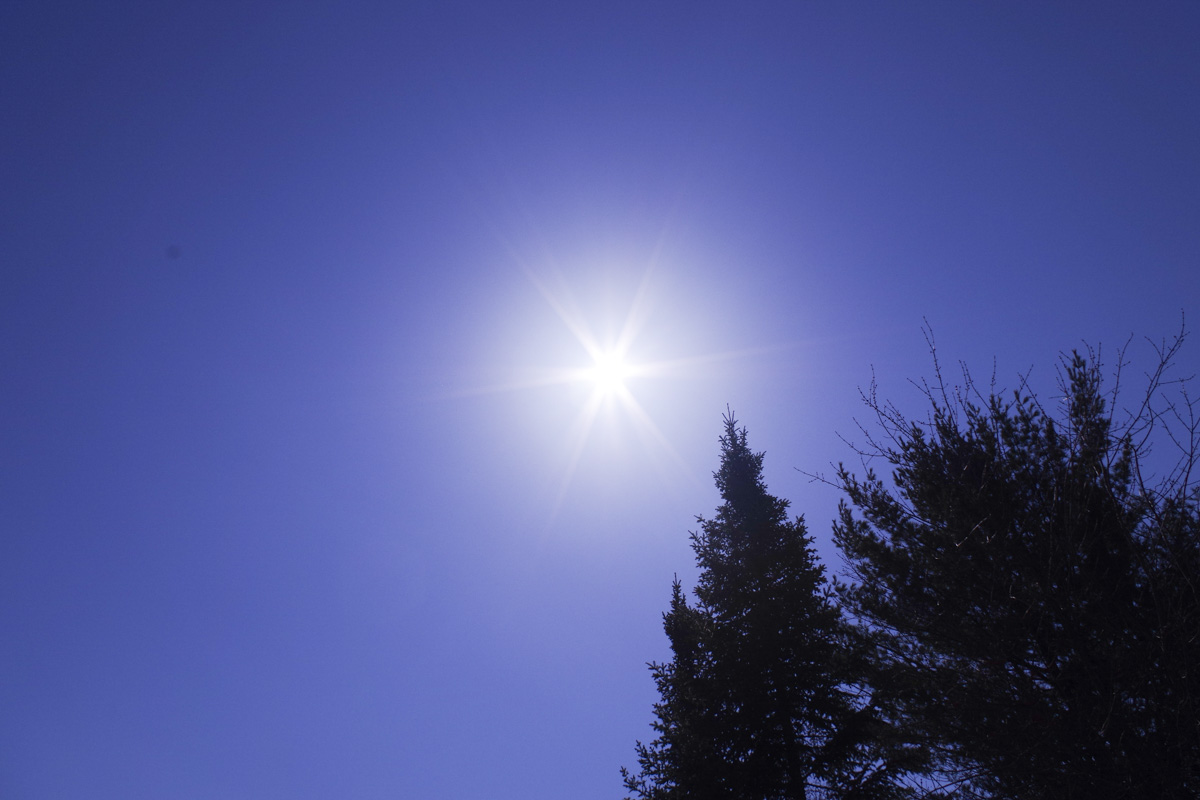 | 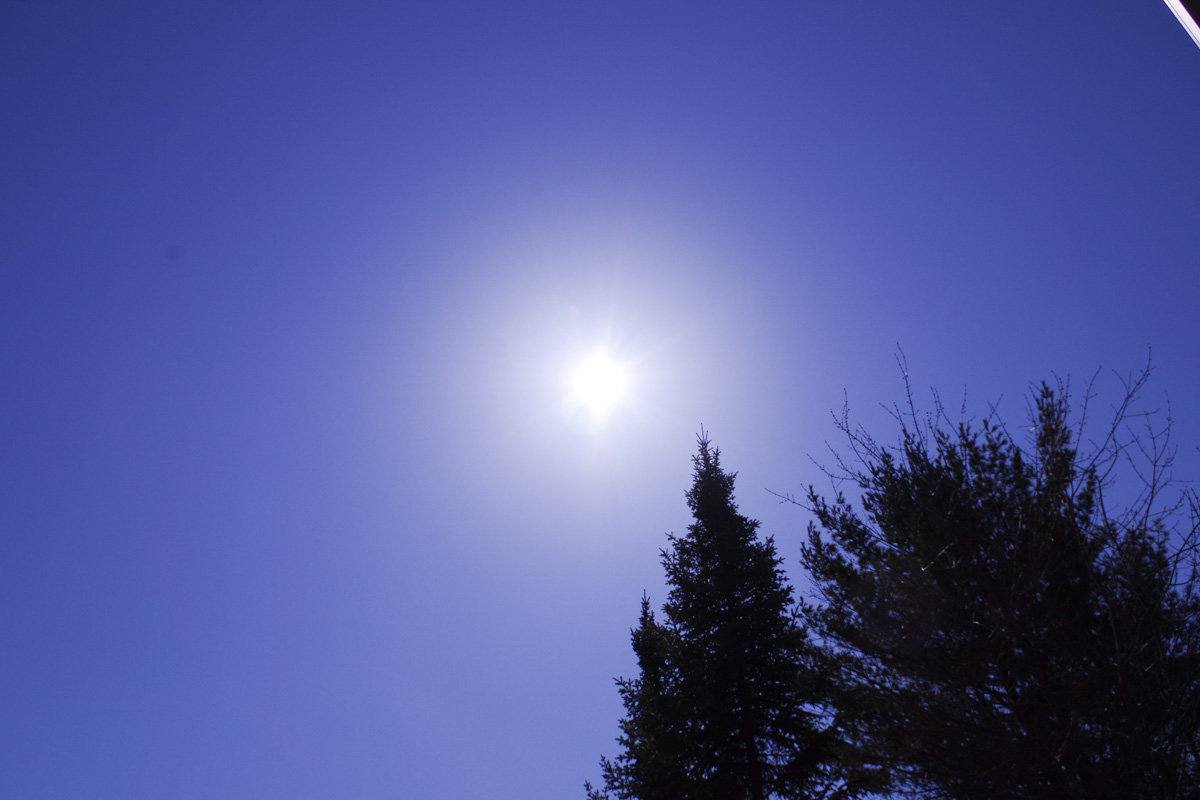 | 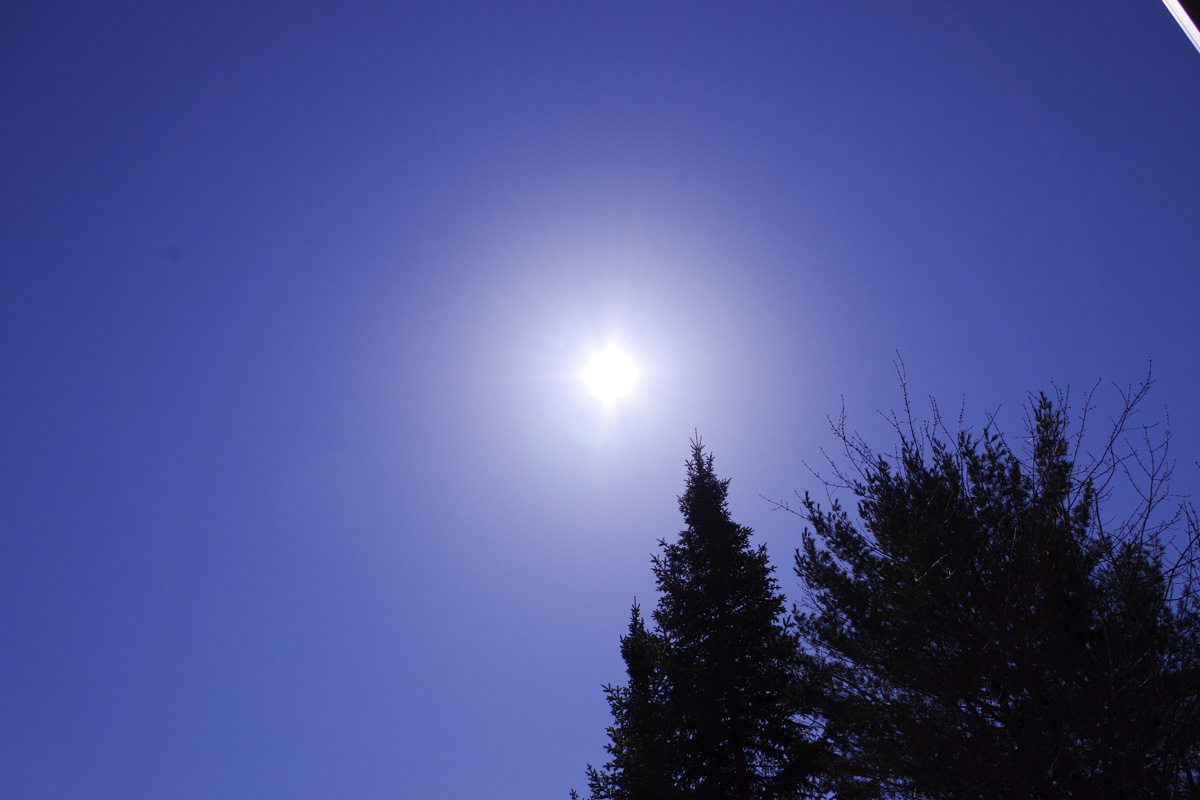 |
| F16 | 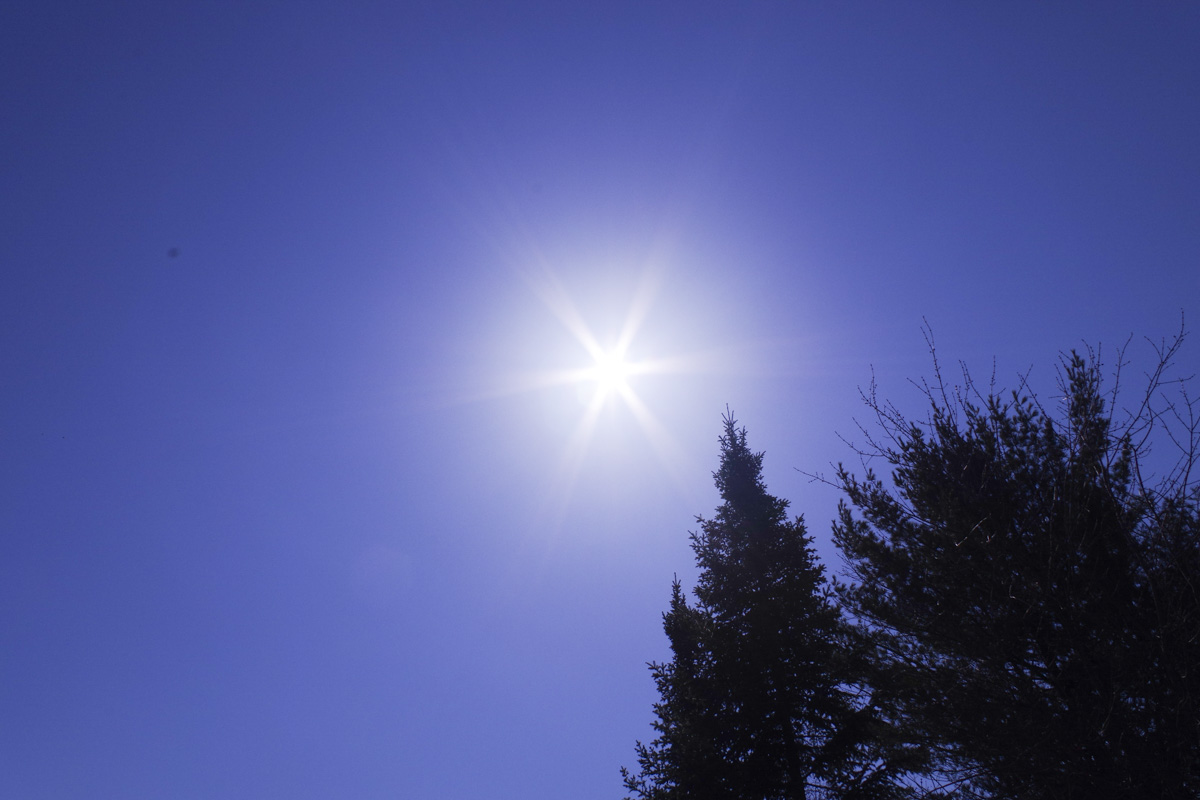 | 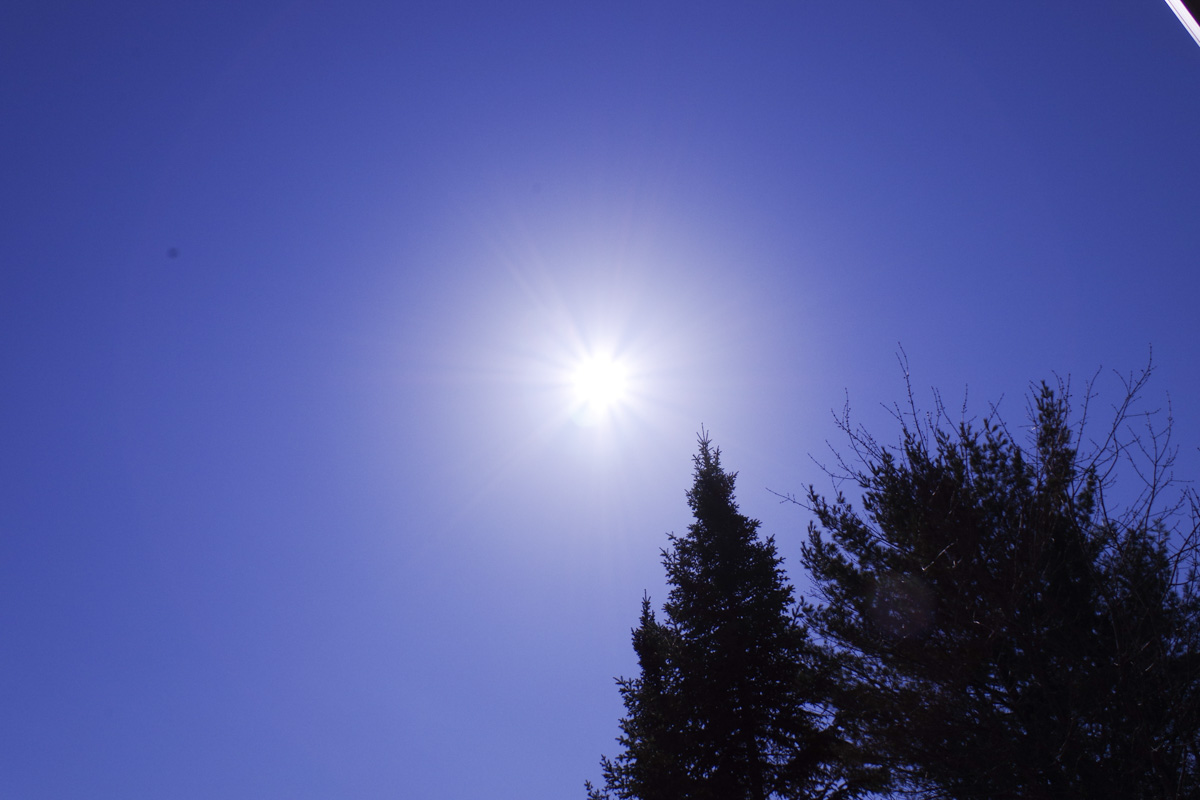 | 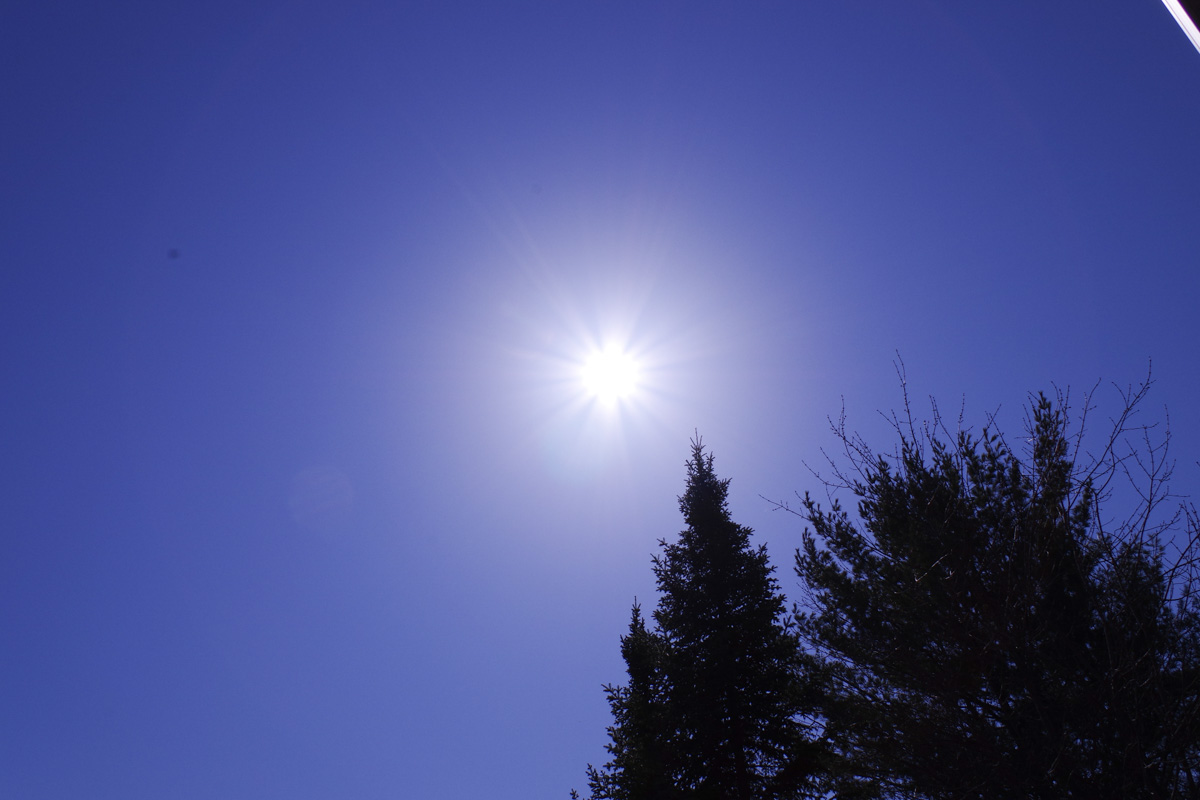 |
| F22 | 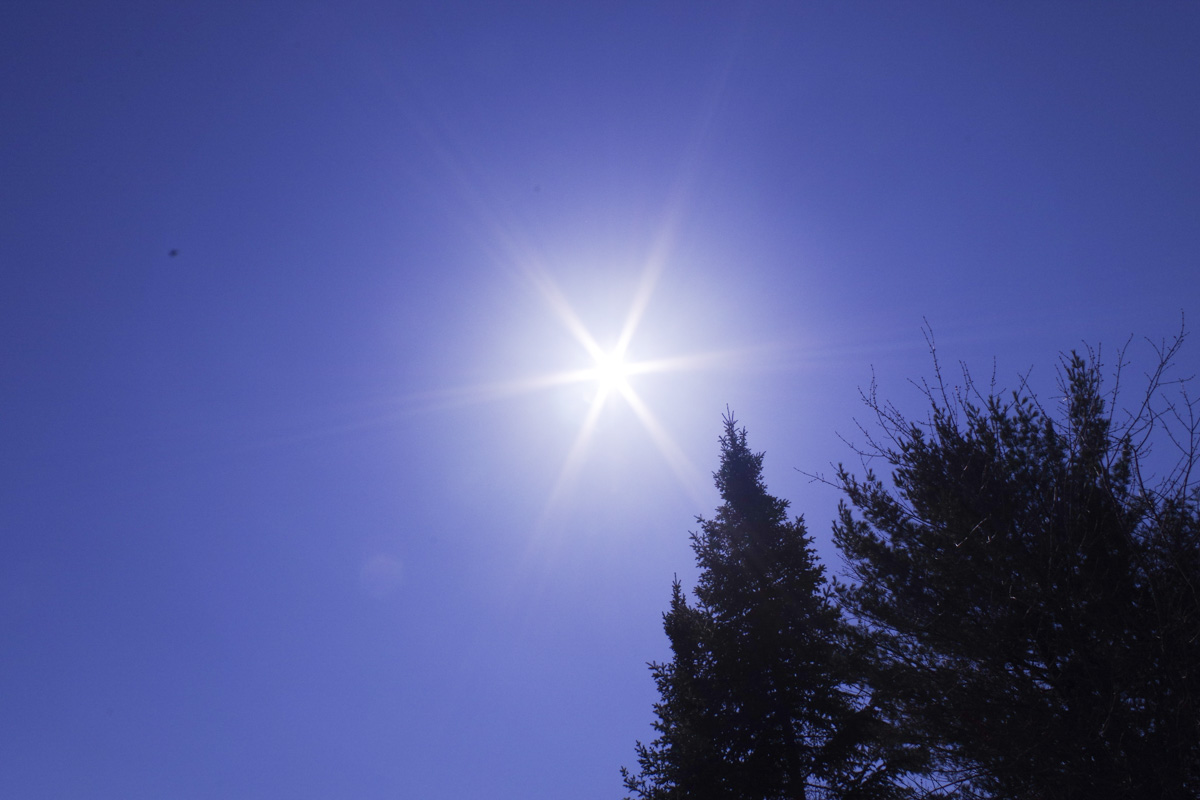 | 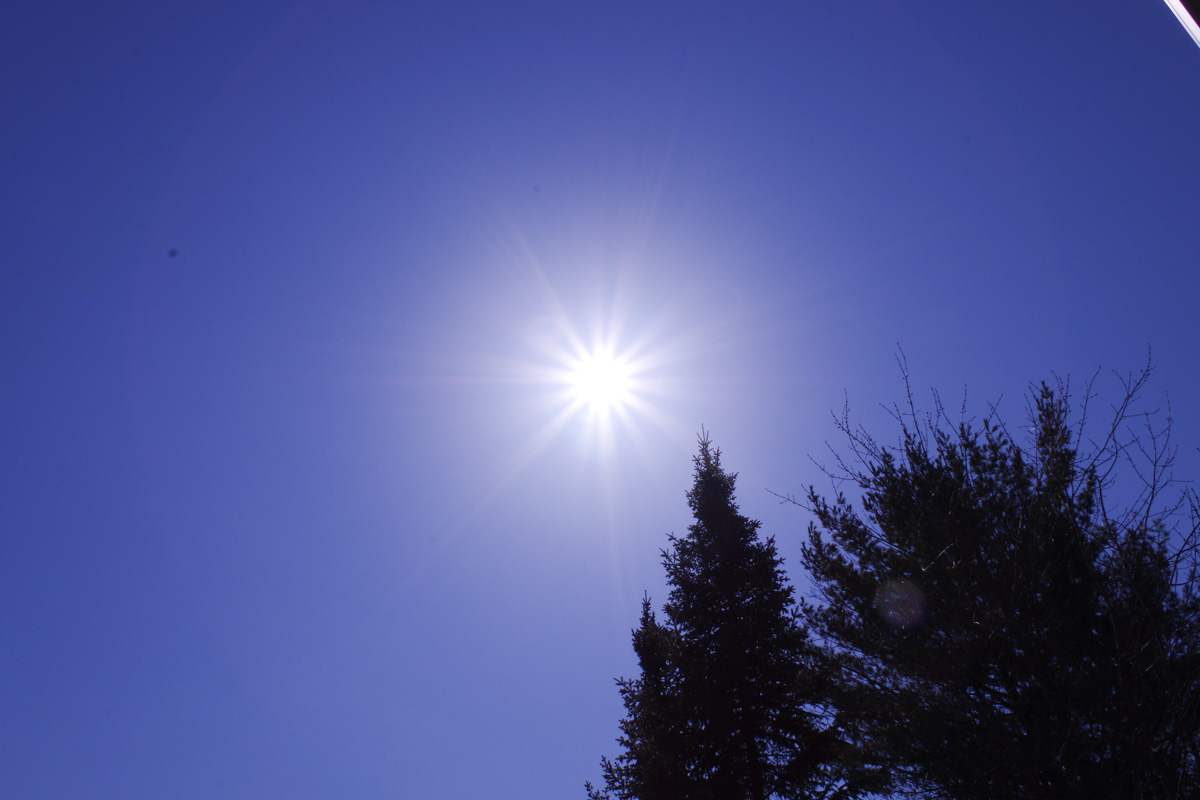 | 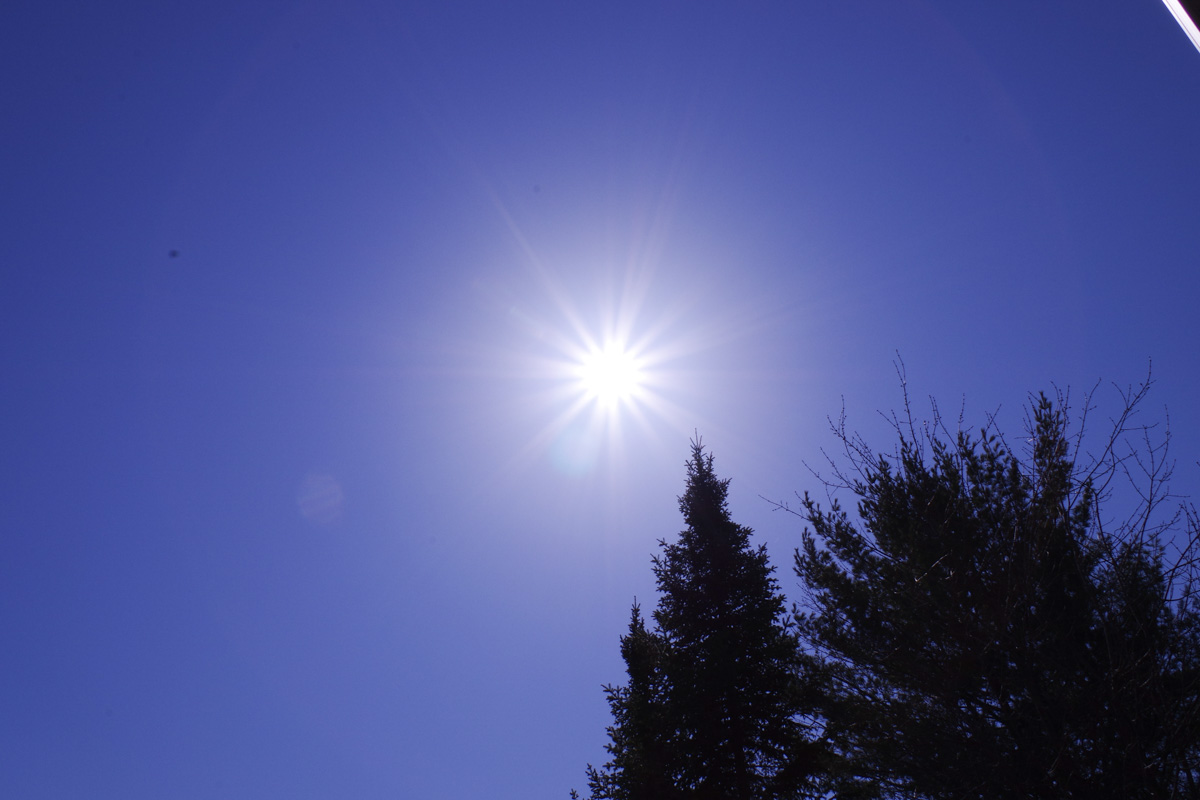 |
At the widest angle, with the sun in the center, the contribution of the rounded aperture blades of the retractable lenses is obvious starting at f8. The 18-55mm lens produces a star pattern that is almost completely absent on the other lenses' pictures. There are no significant ghosting to speak of except one spot present for all three lenses at f16 and f22. In this situation there are no visible differences between the SMC and HD coatings.
35mm
| Aperture | DA 18-55mm | DA L 18-50mm | HD 18-50mm |
| F4.5 | 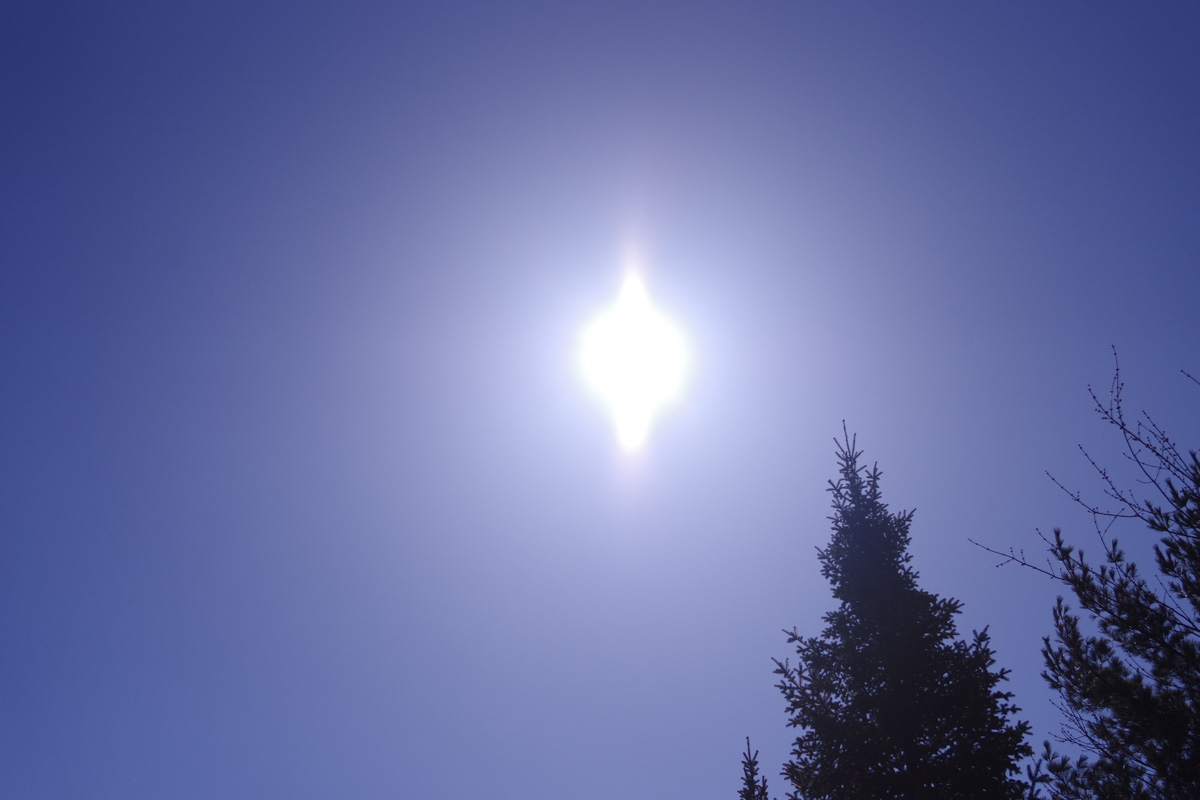 | 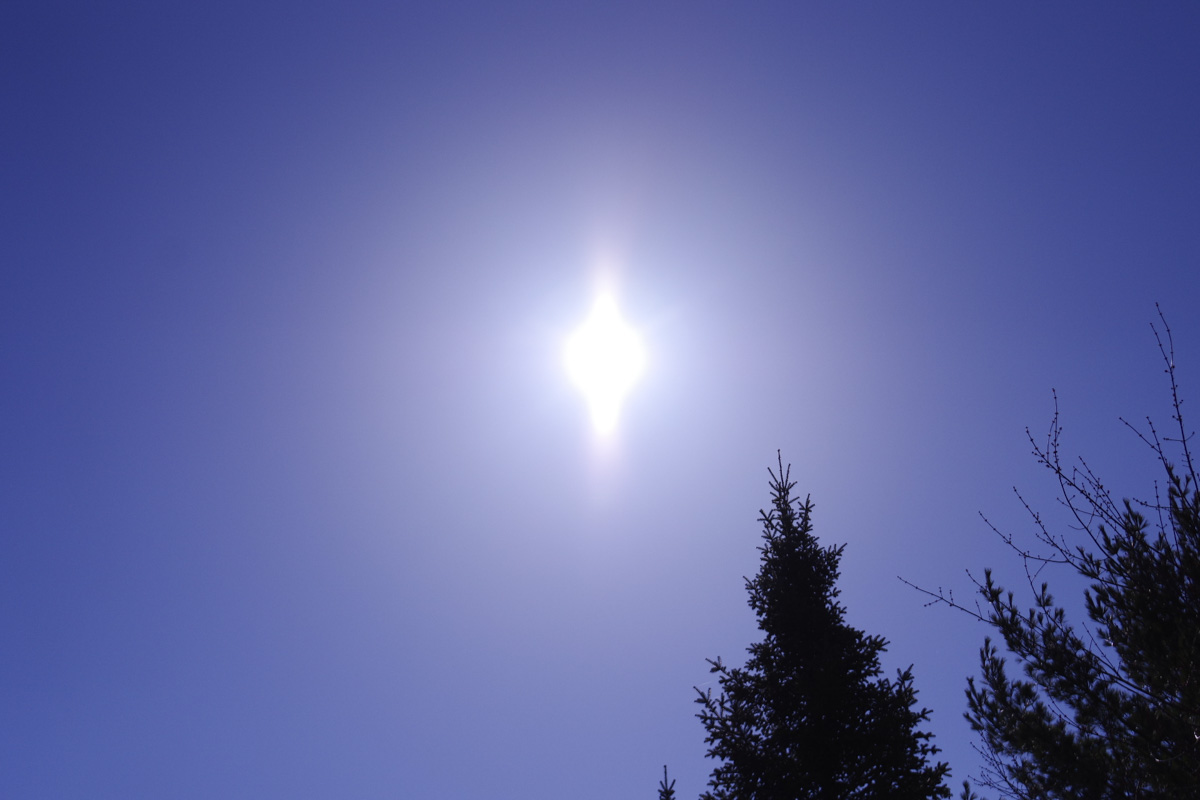 | 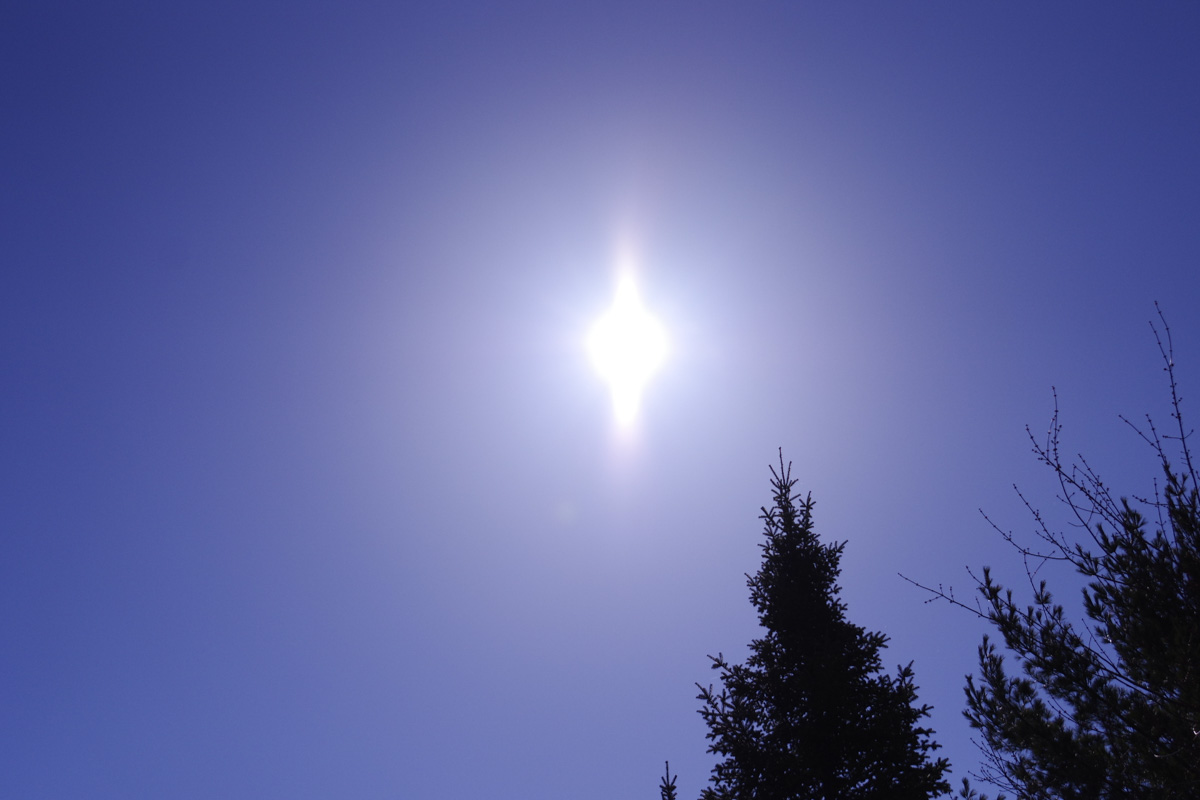 |
| F5.6 | 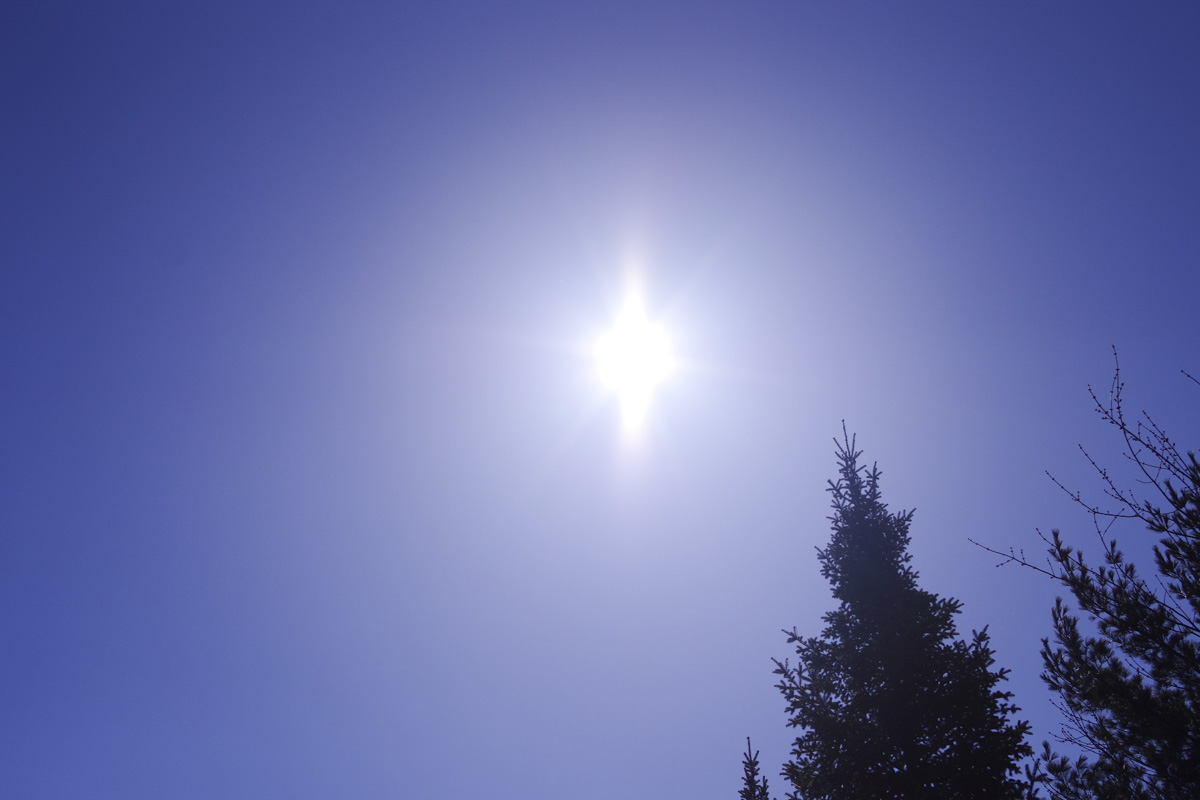 | 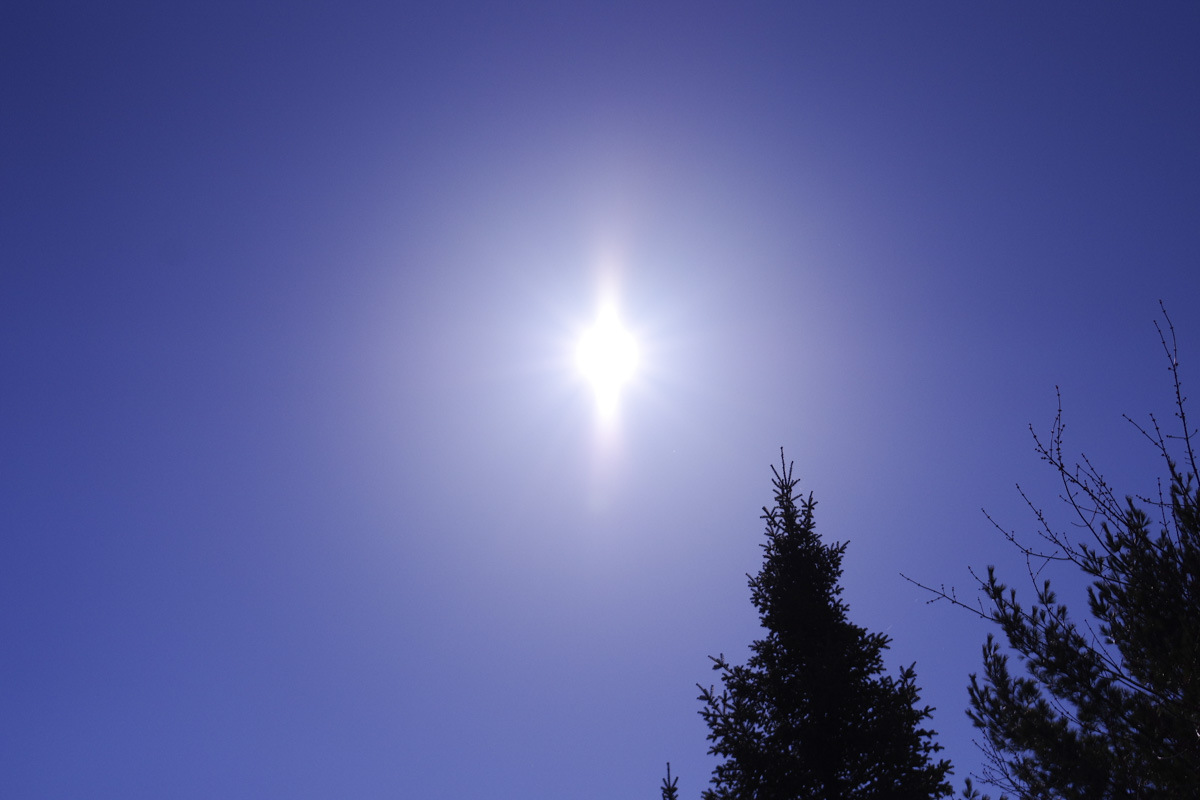 | 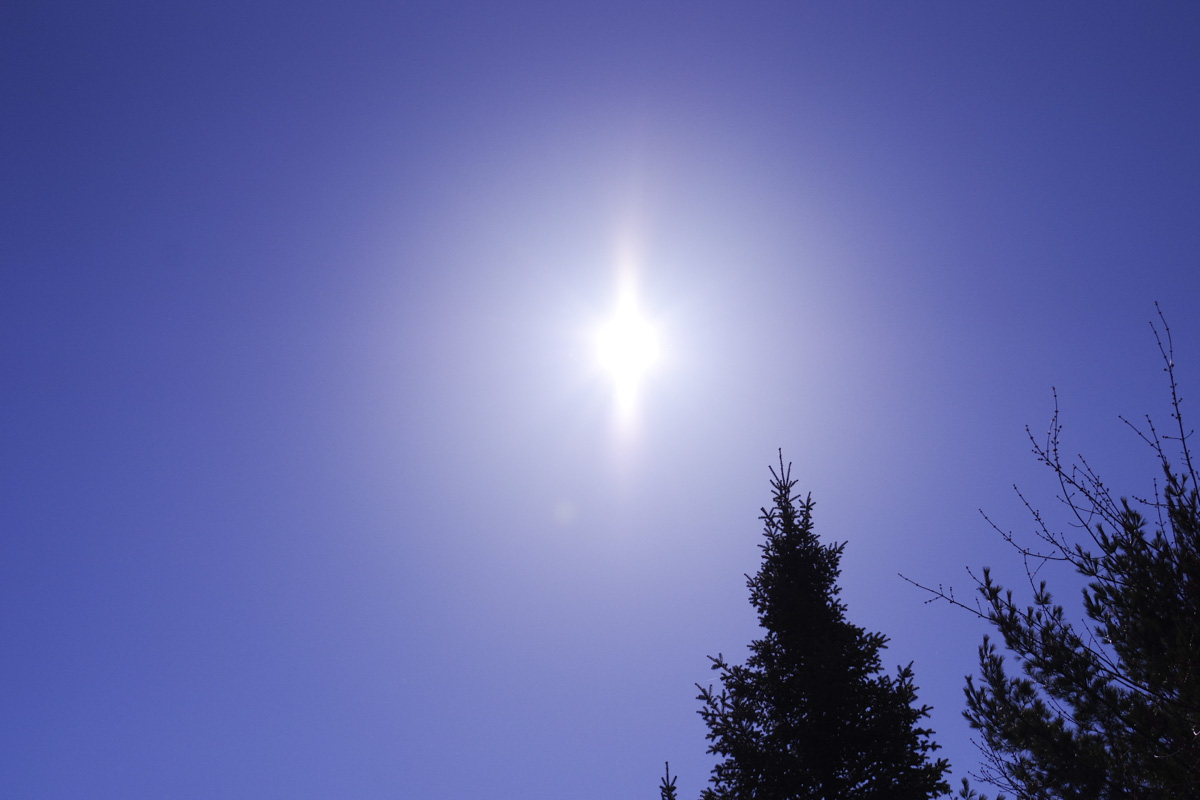 |
| F8 | 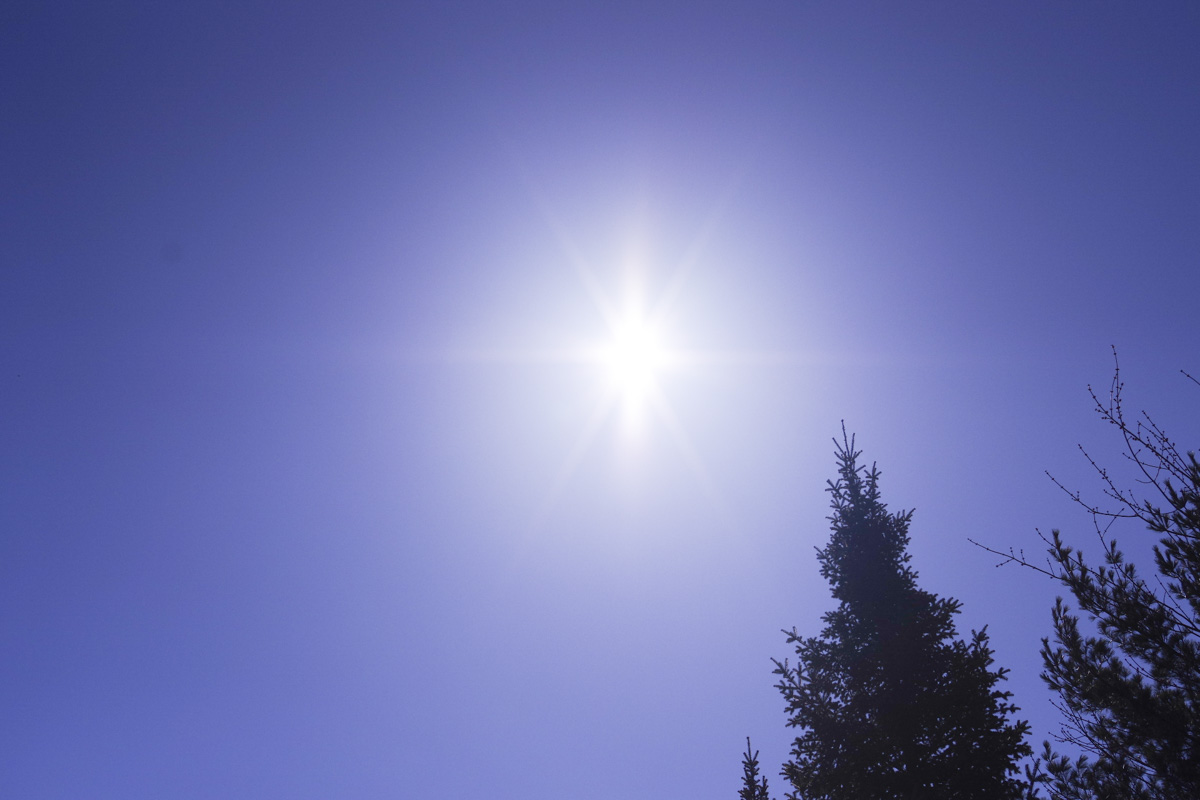 | 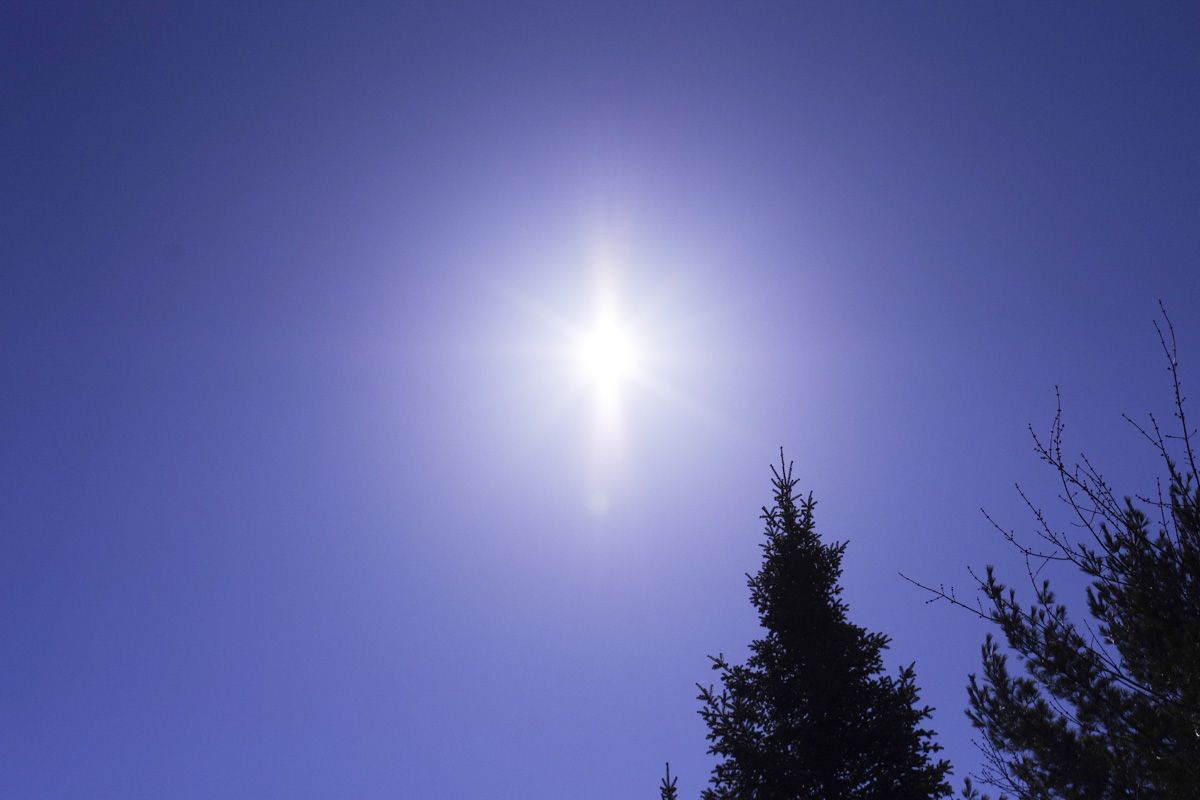 | 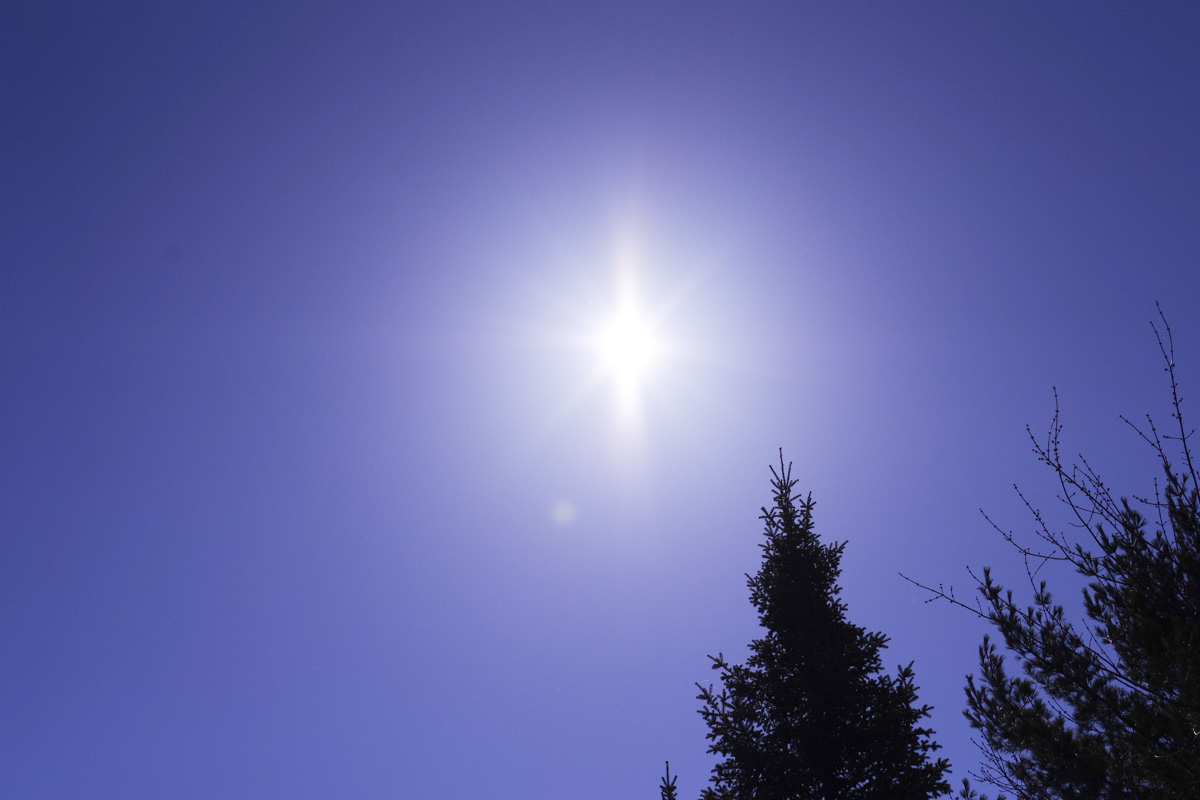 |
| F11 | 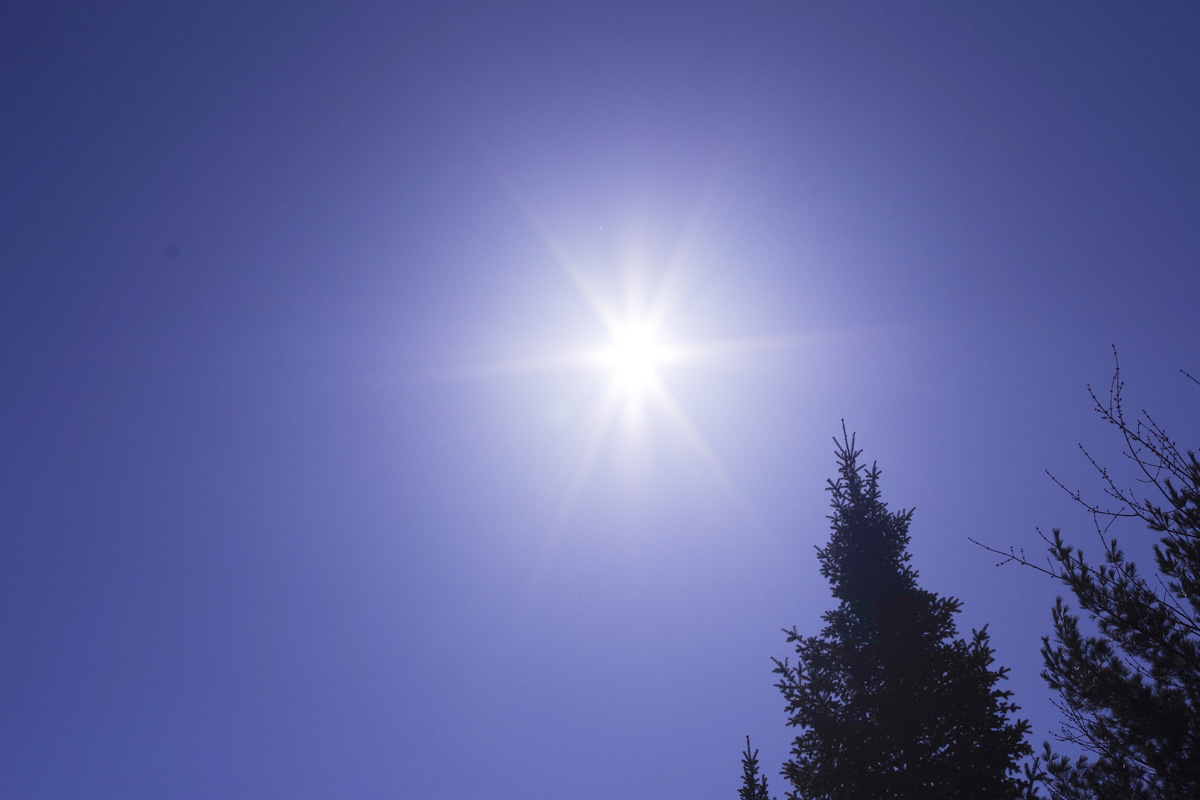 | 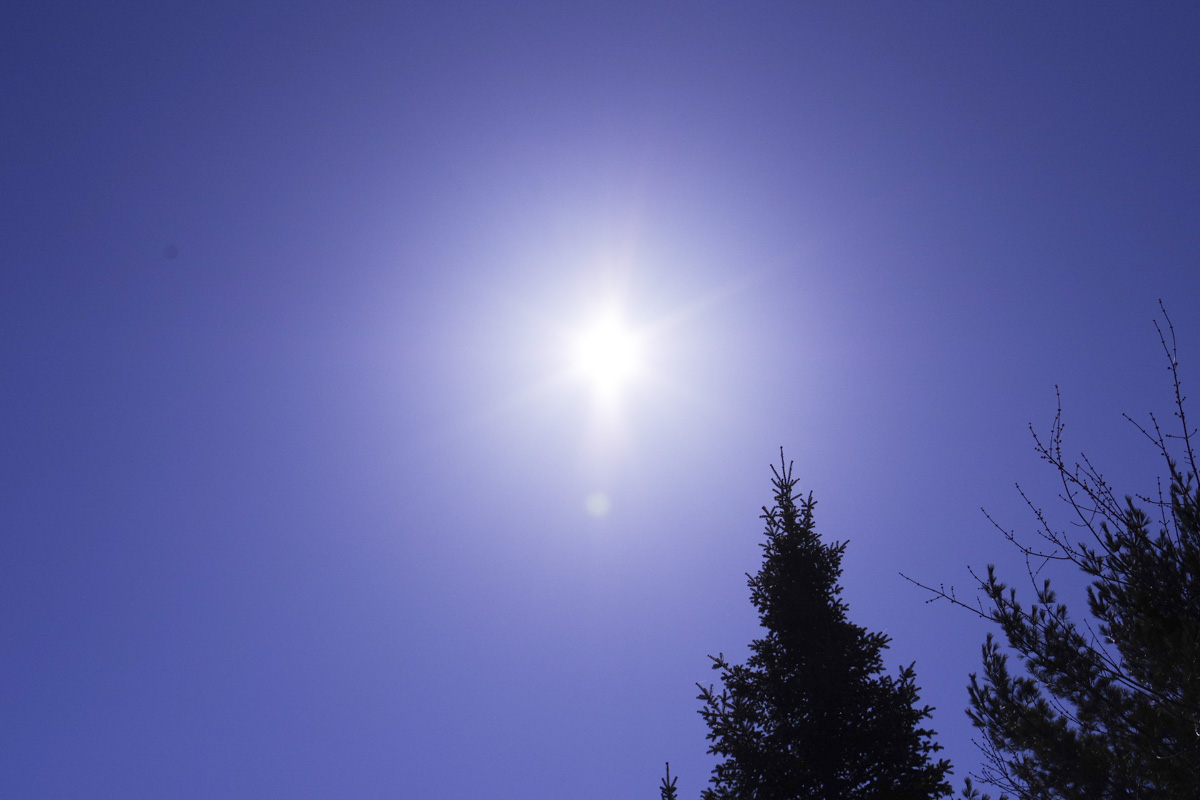 | 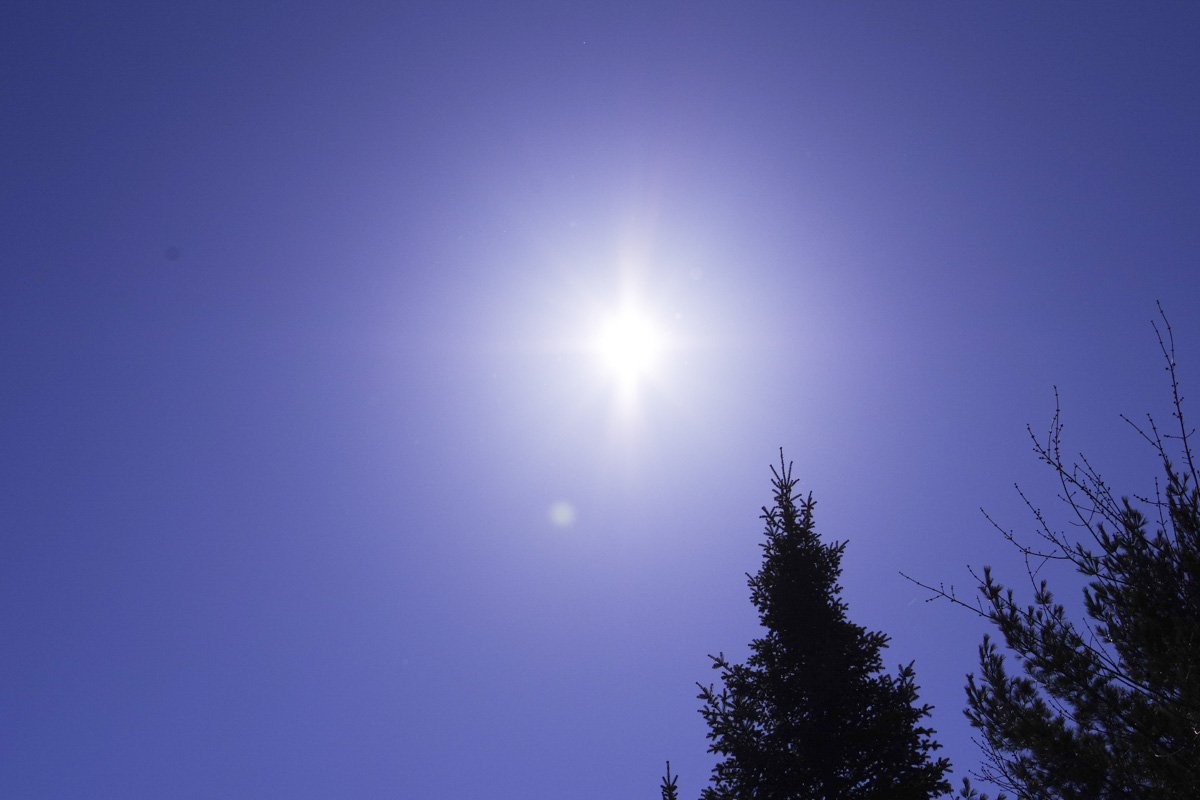 |
| F16 | 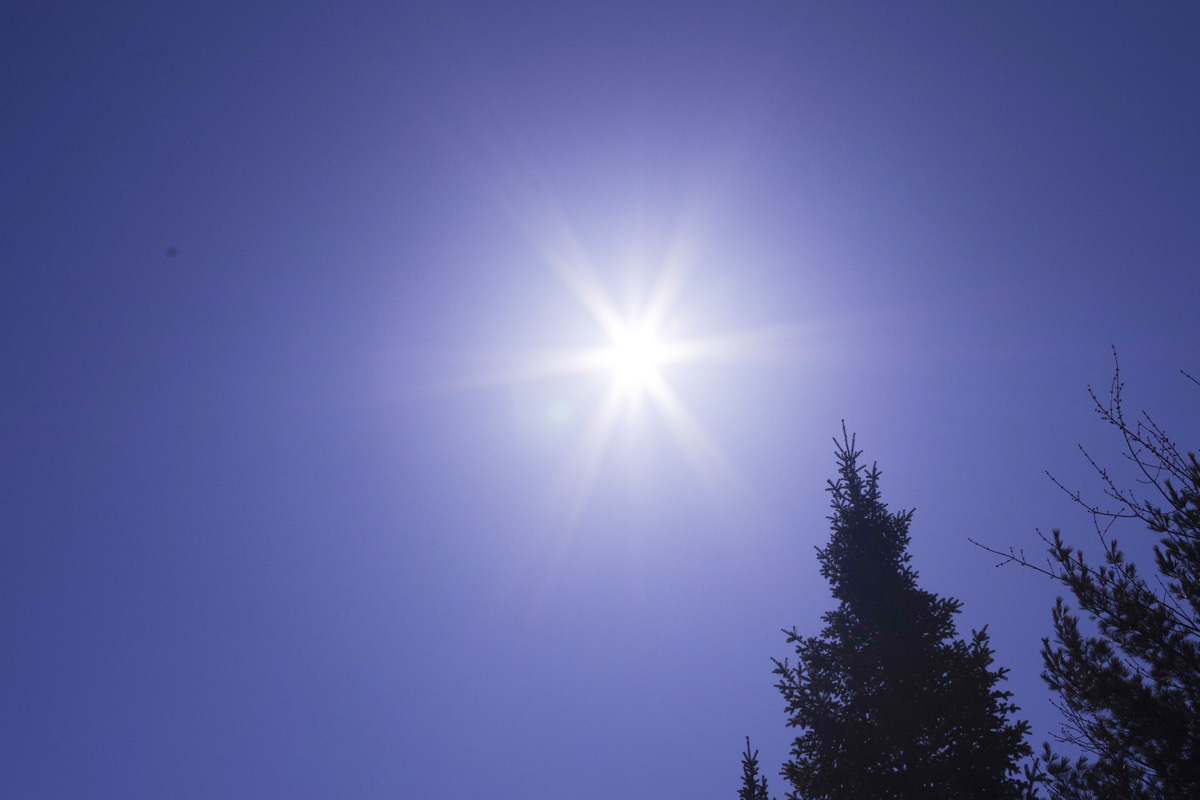 | 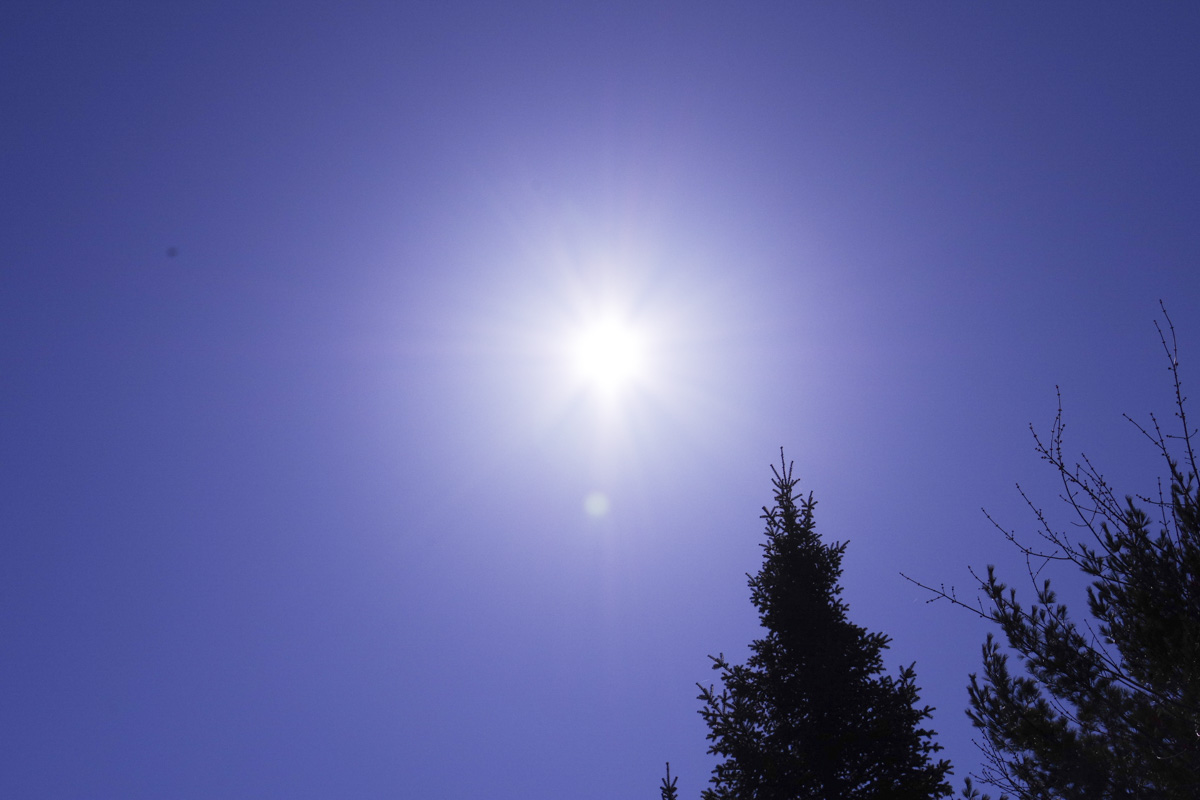 | 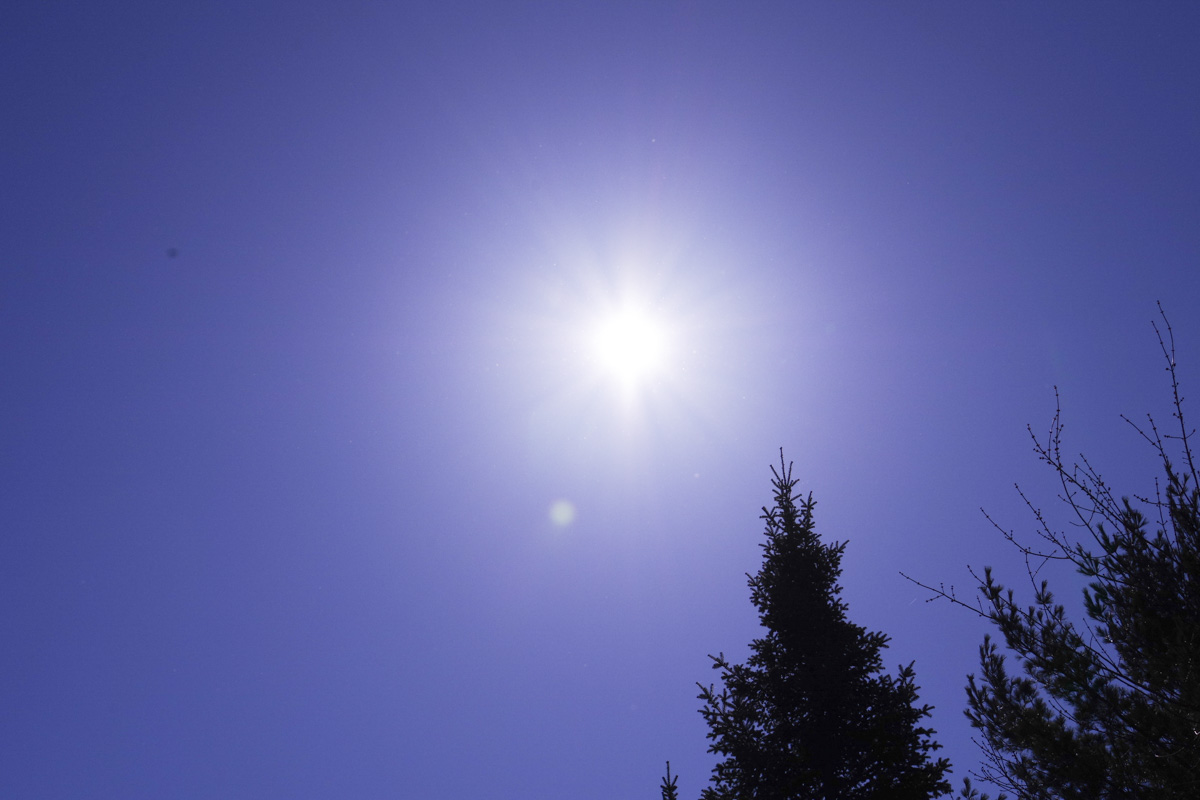 |
| F22 | 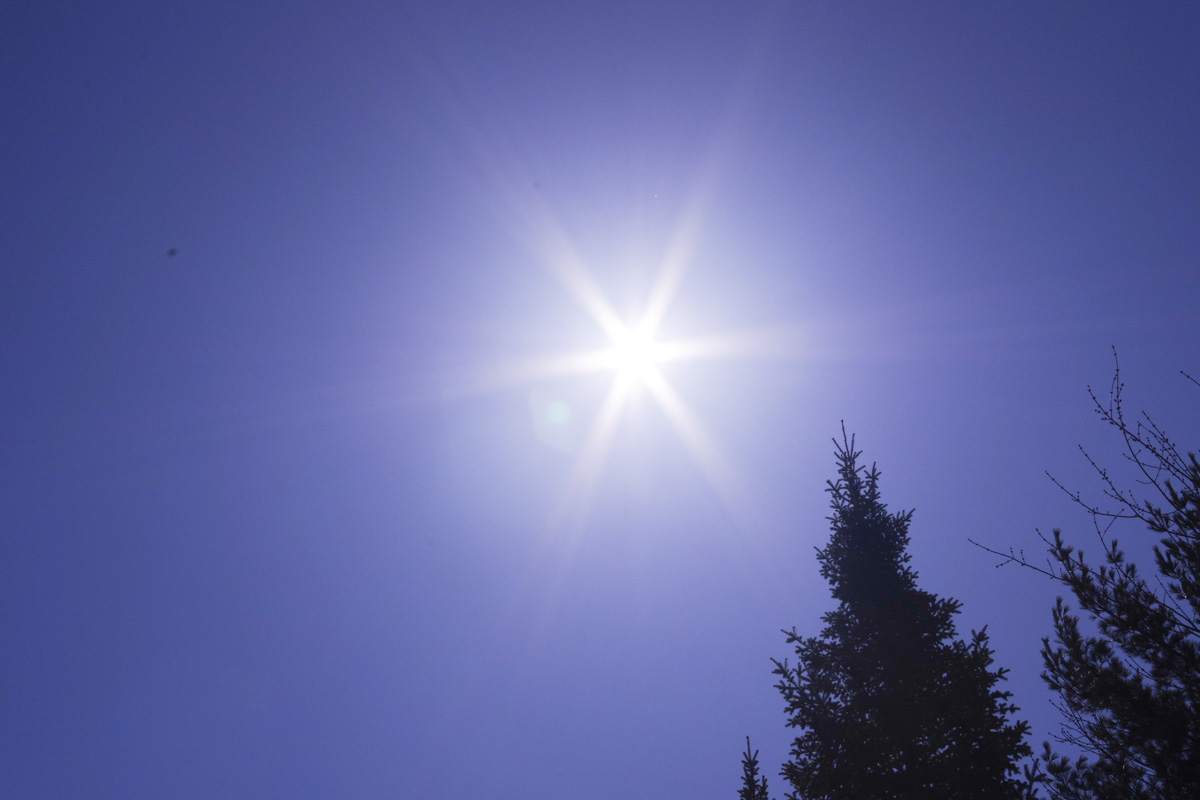 | 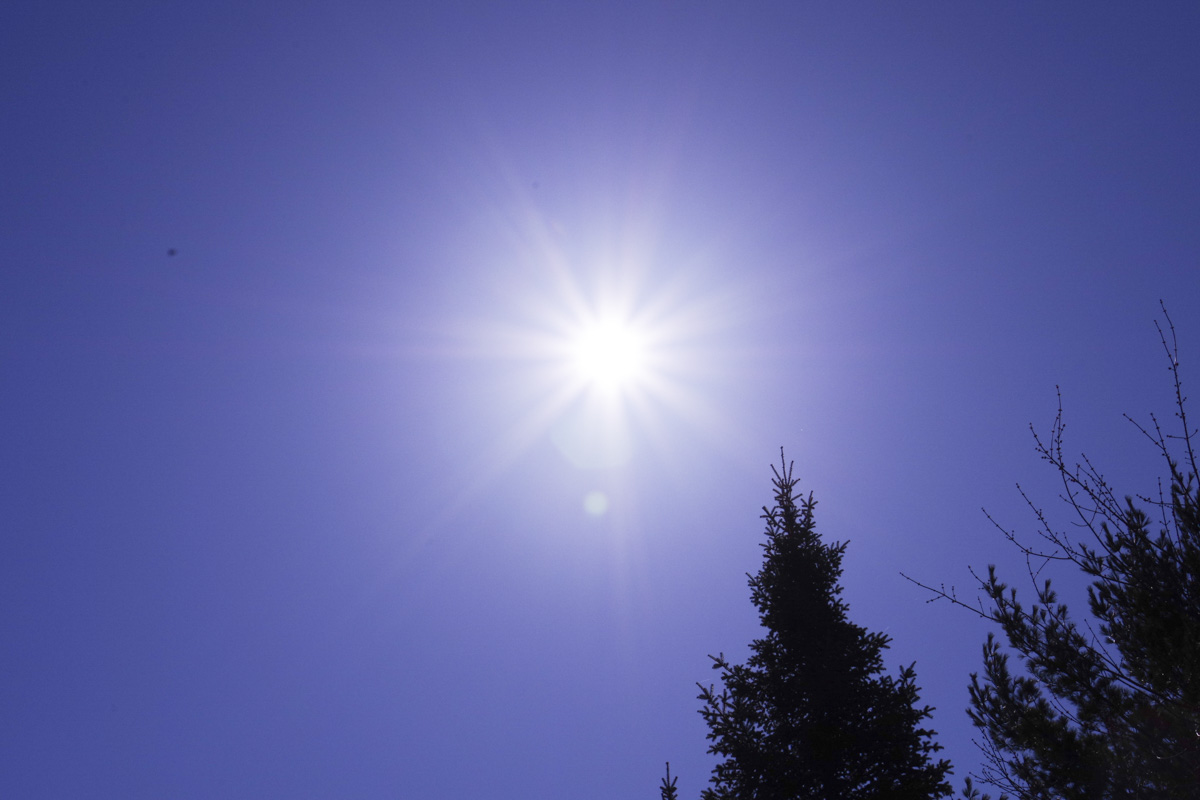 | 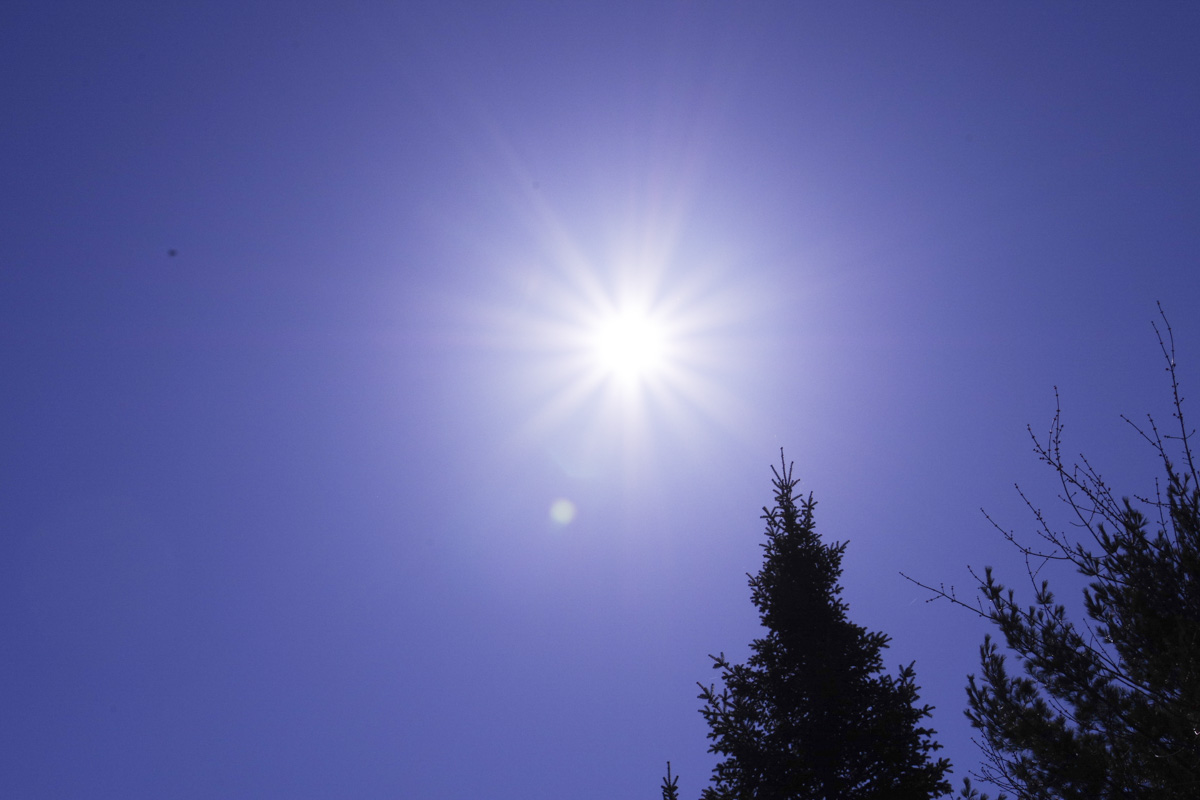 |
At 35mm the 18-55mm shows better performance than both 18-50mm versions. a single spot of ghosting appears at f8 on the retractable lens and is absent with the older design. The only ghosting effect with that lens appears at f16, and is much nearer to the center, which might suggest that it is present before, but lost in the Sun's bright light. On the other hand, that spot is larger than those of the newer lenses.
50mm / 55mm
| Aperture | DA 18-55mm | DAL 18-50mm | HD 18-50mm |
| F5.6 | 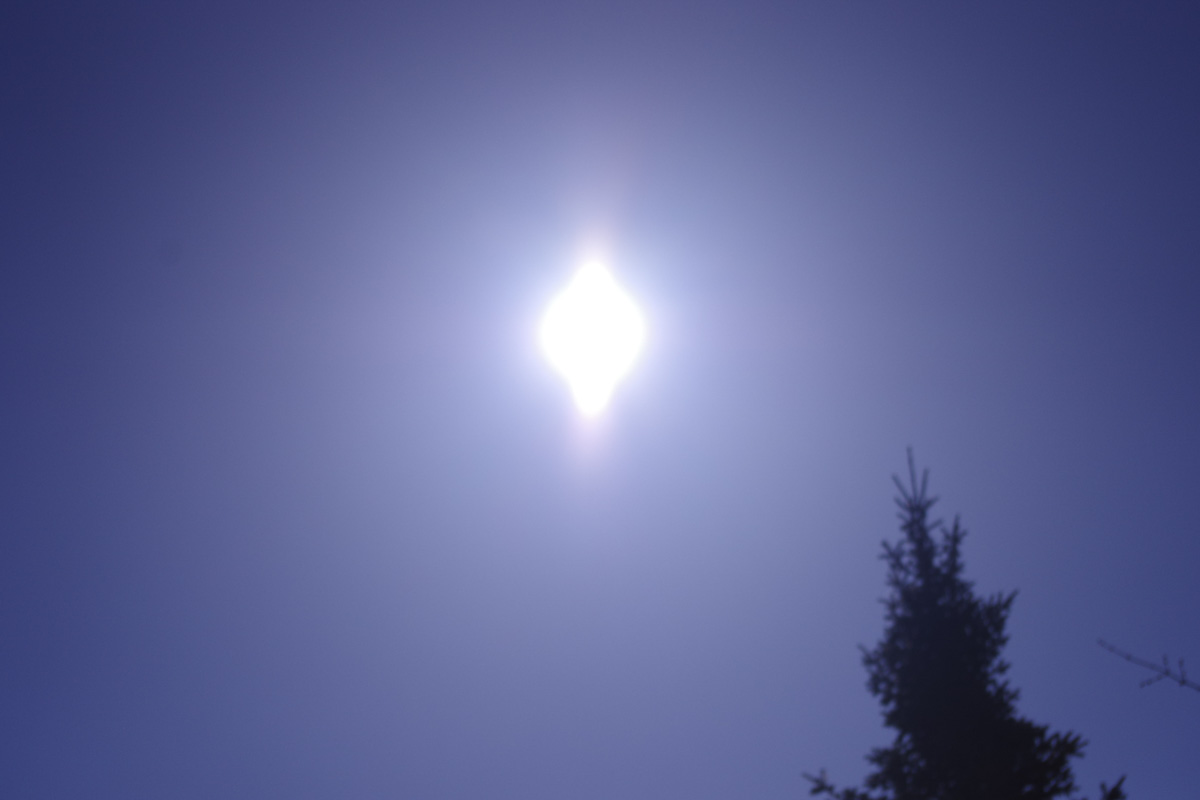 | 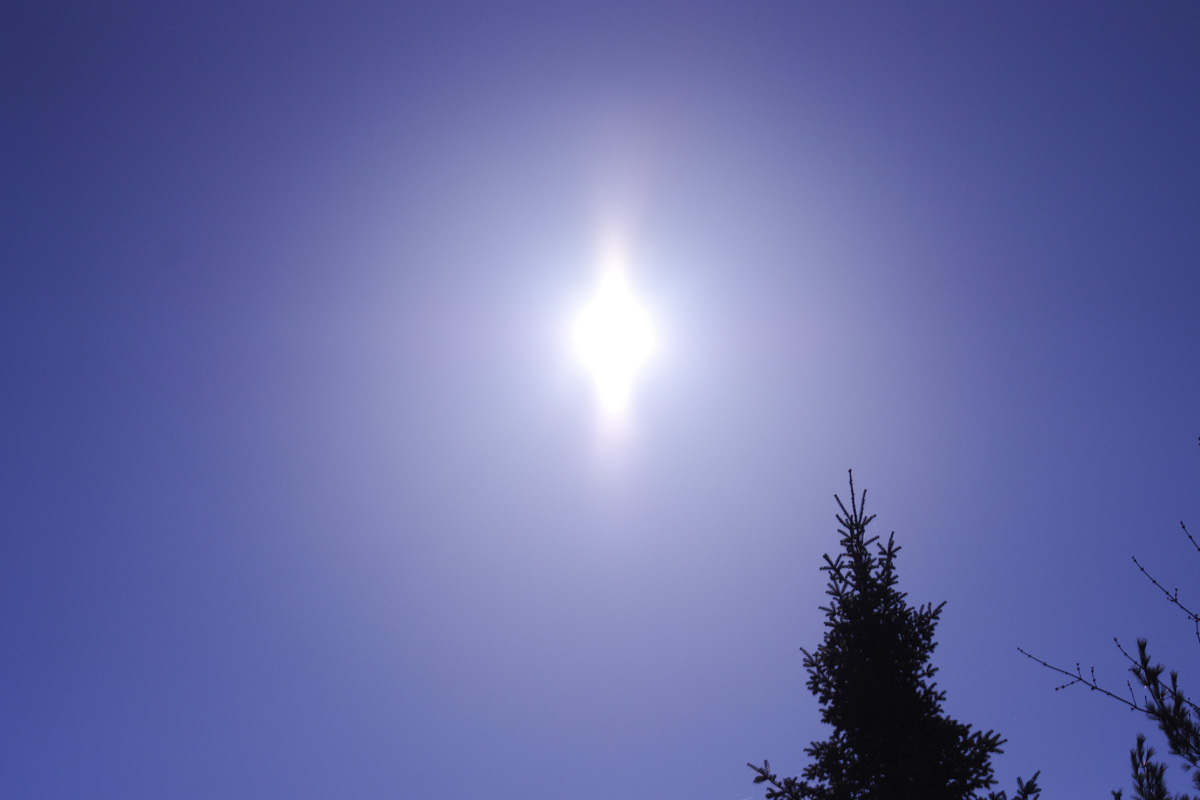 | 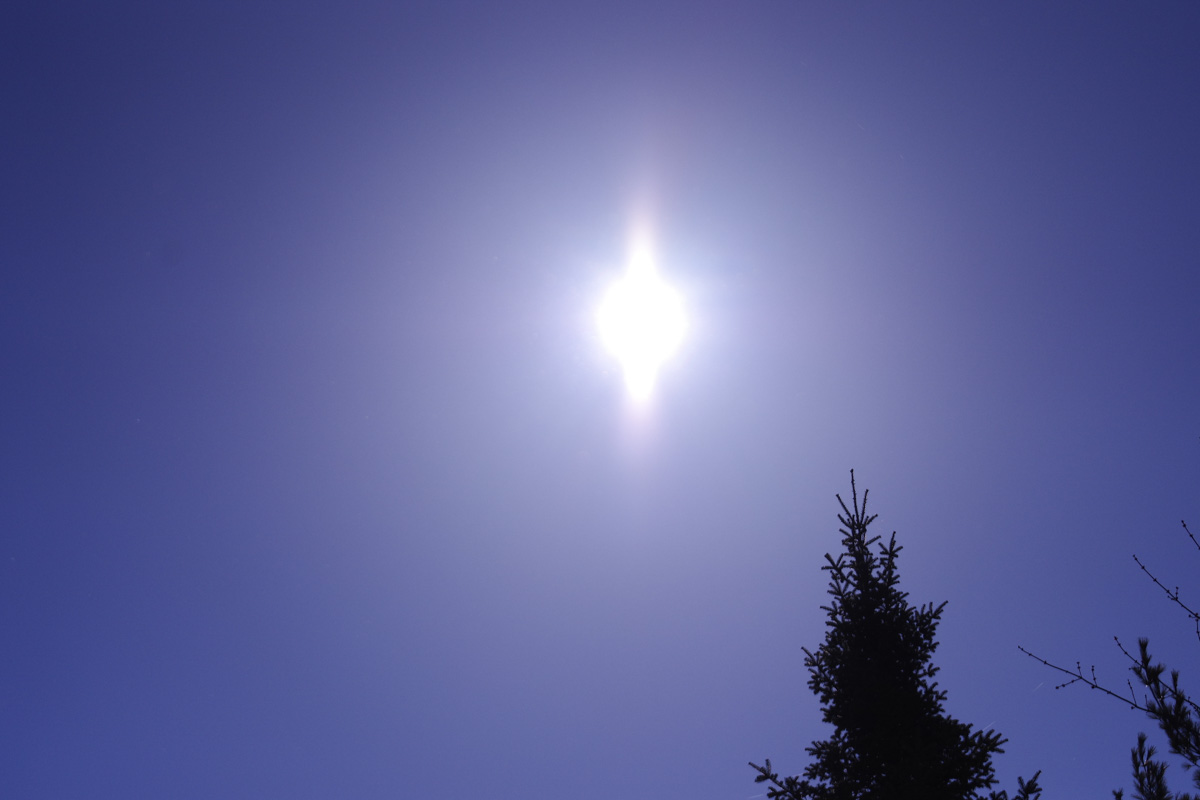 |
| F8 | 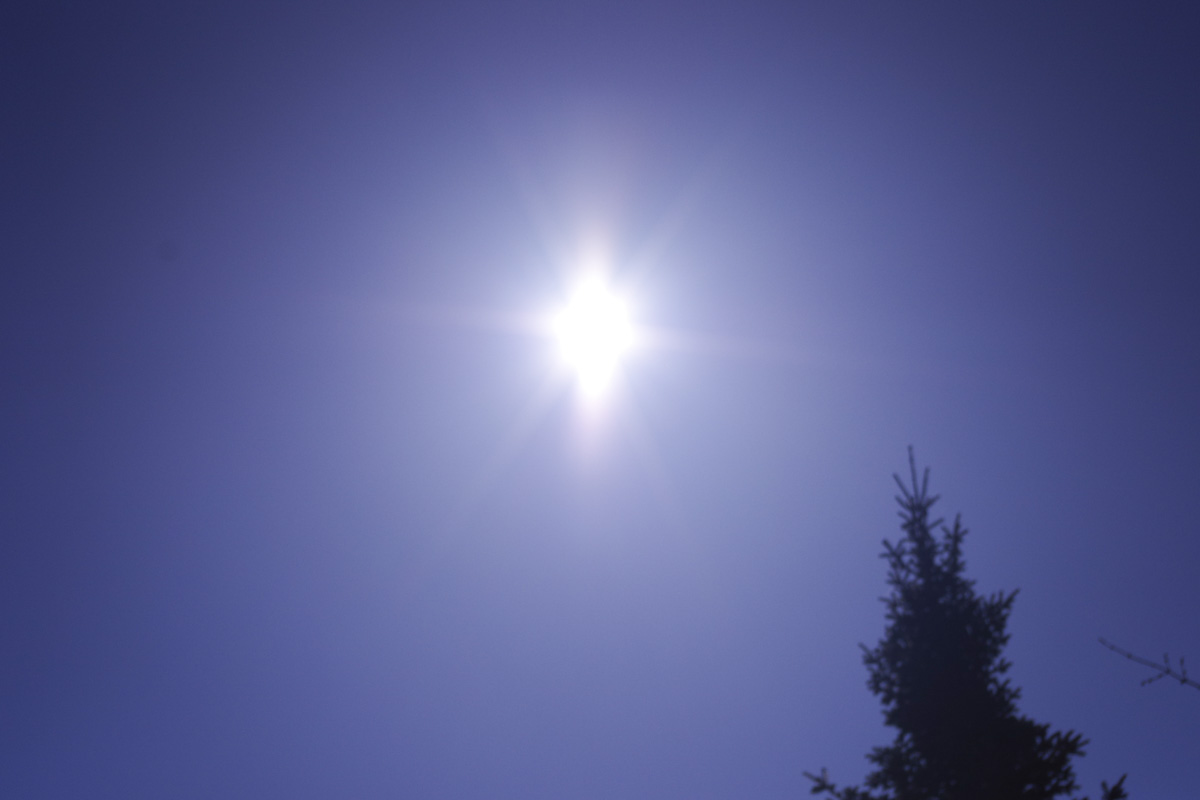 | 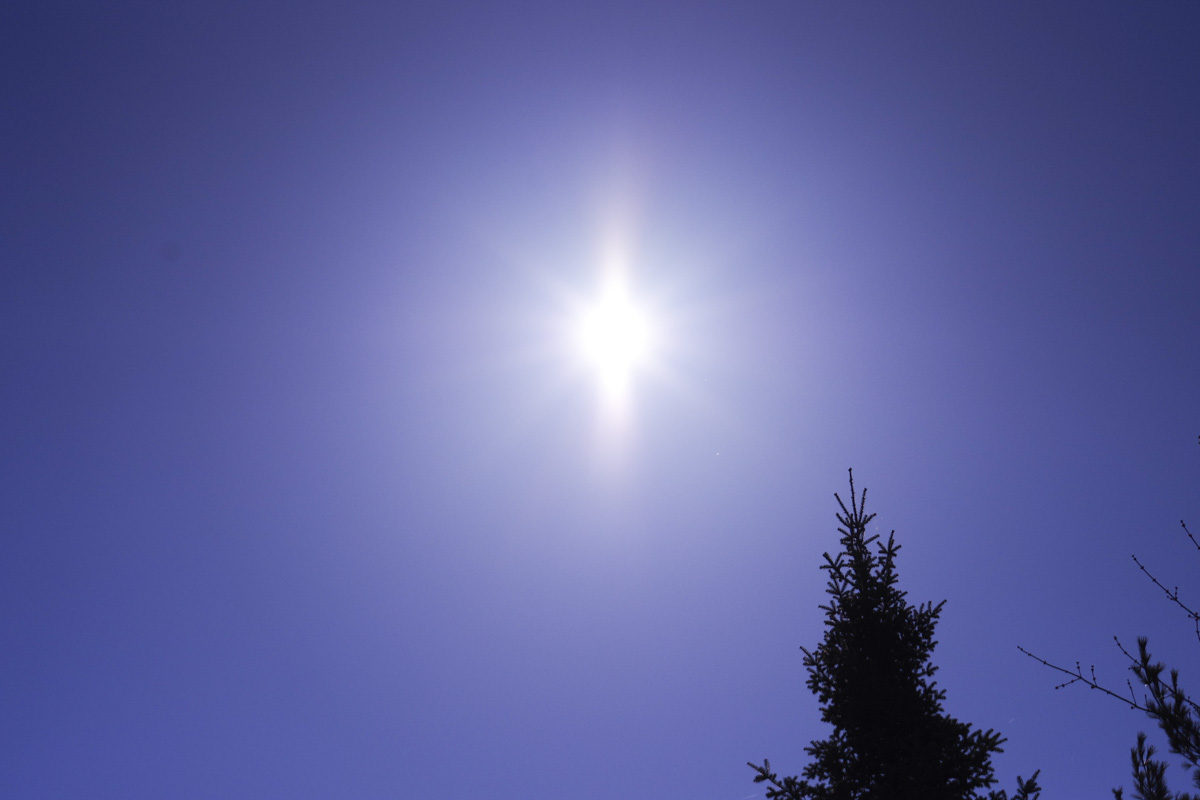 | 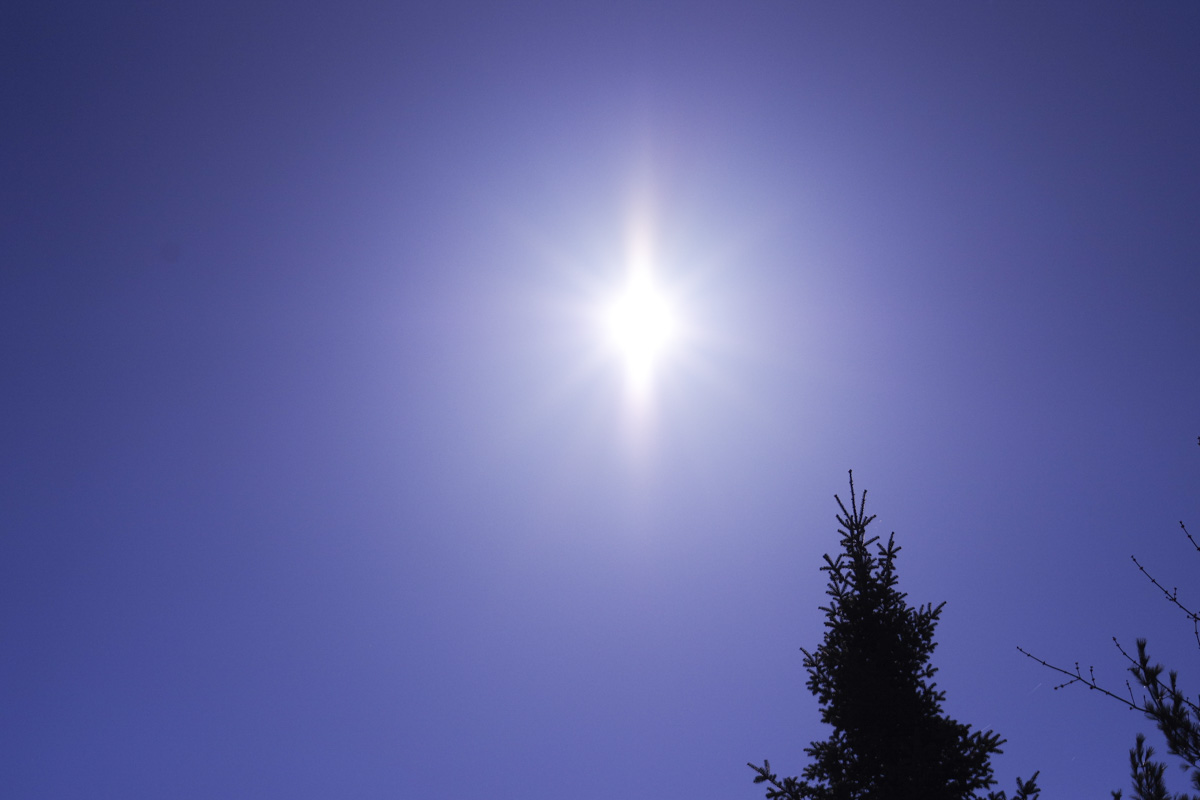 |
| F11 | 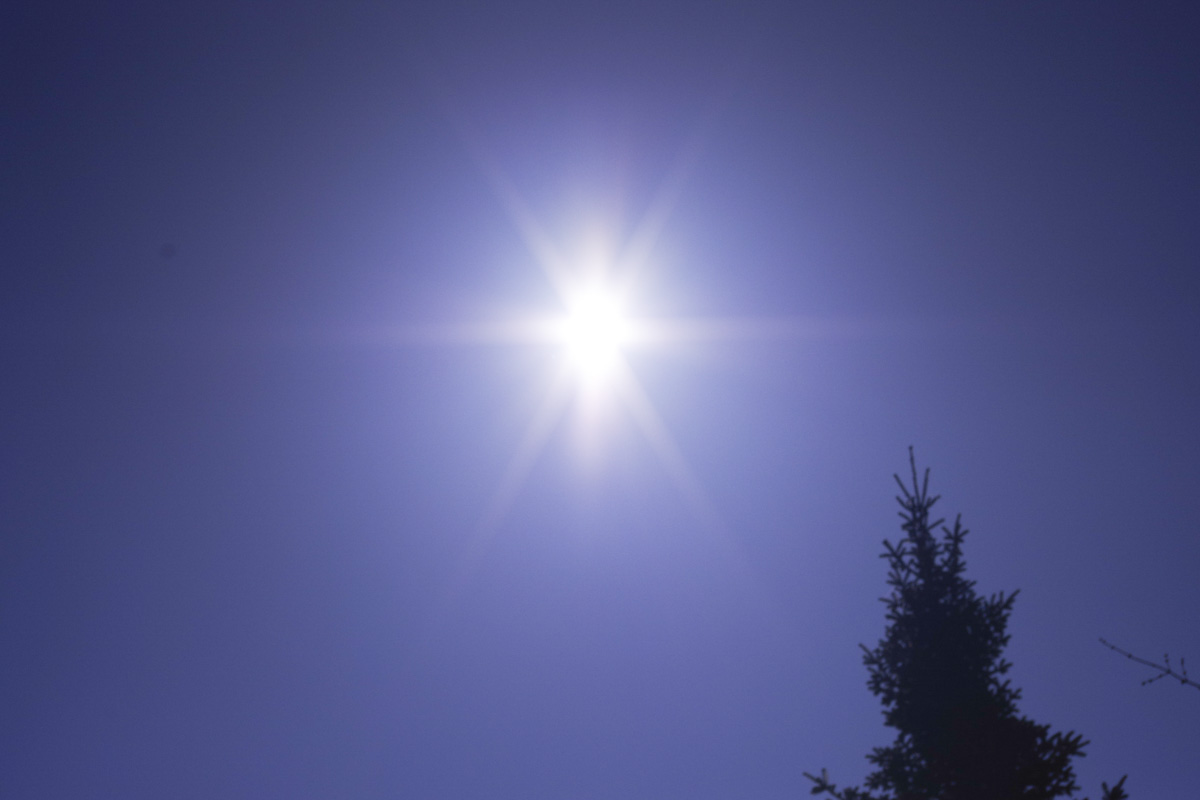 | 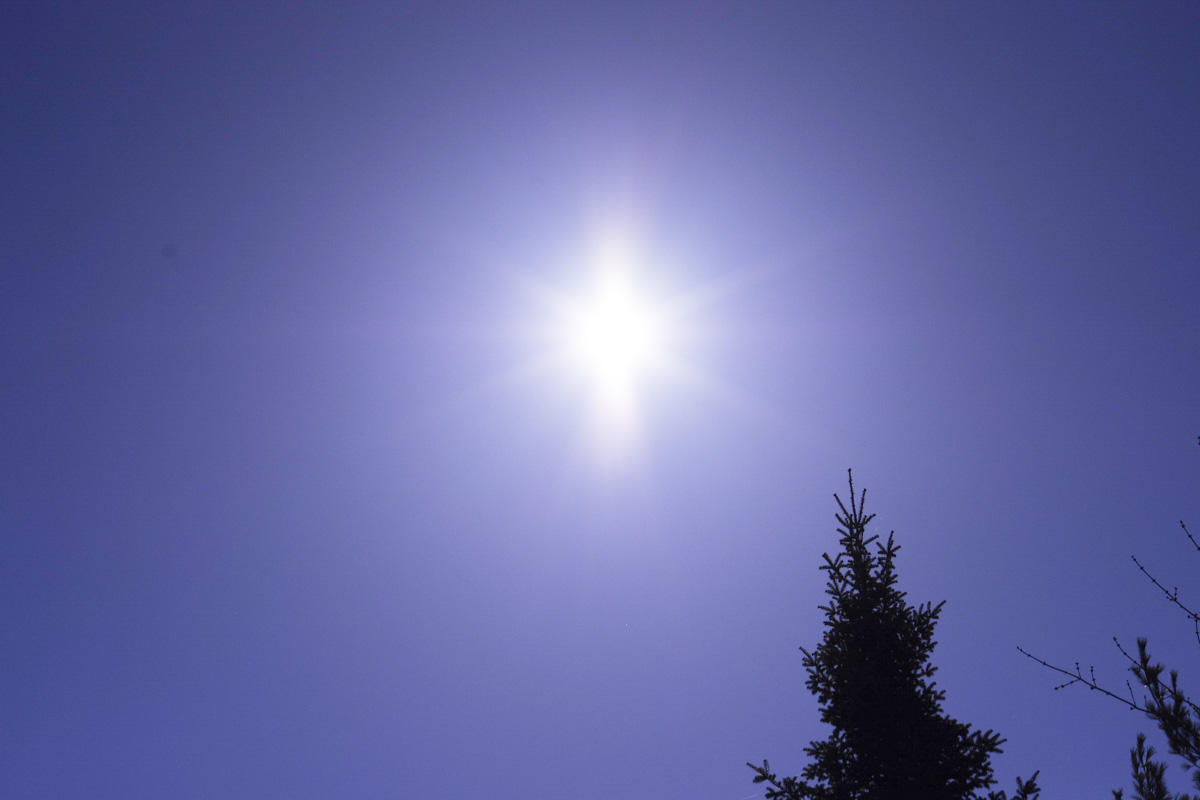 | 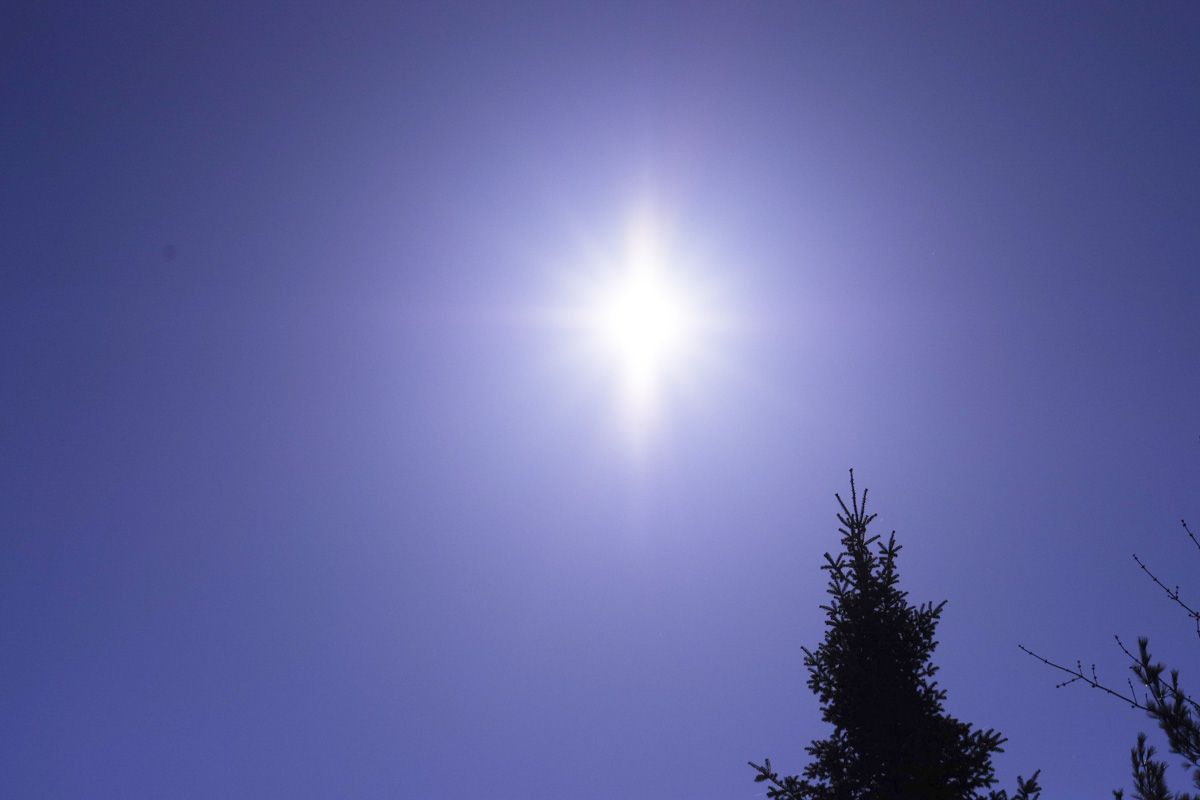 |
| F16 | 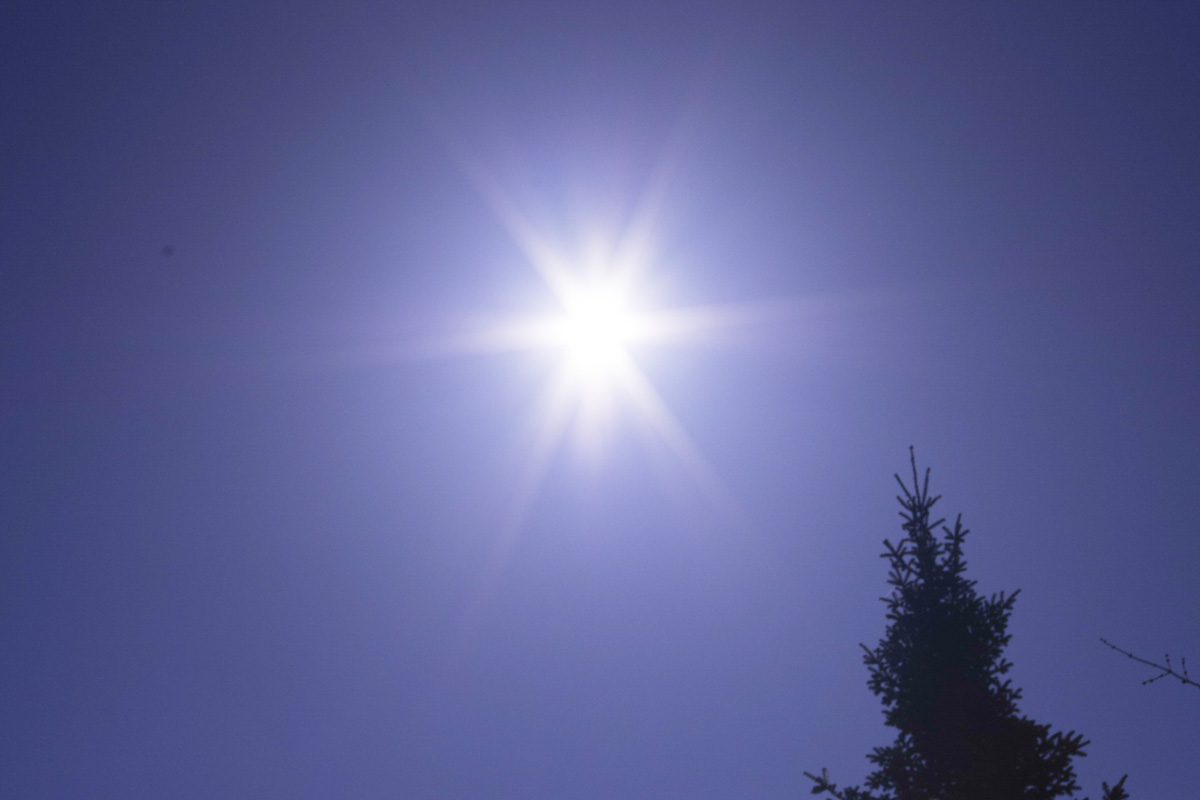 | 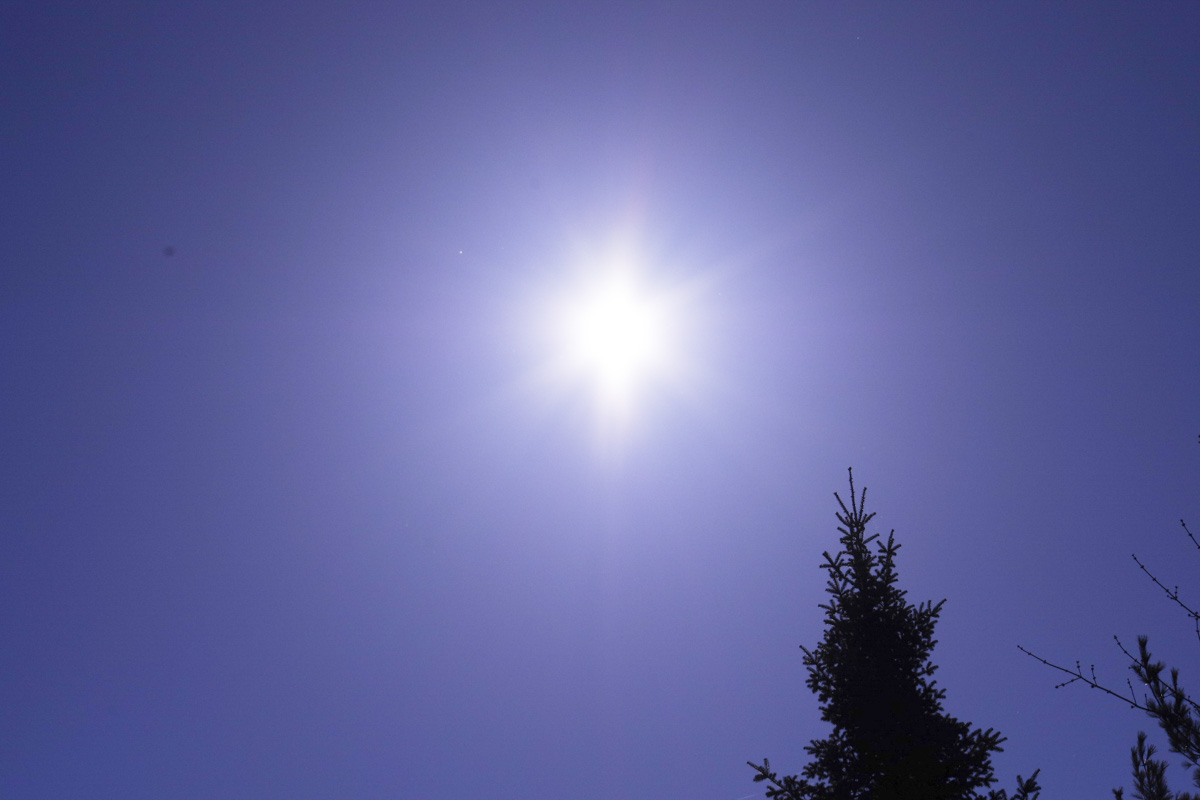 | 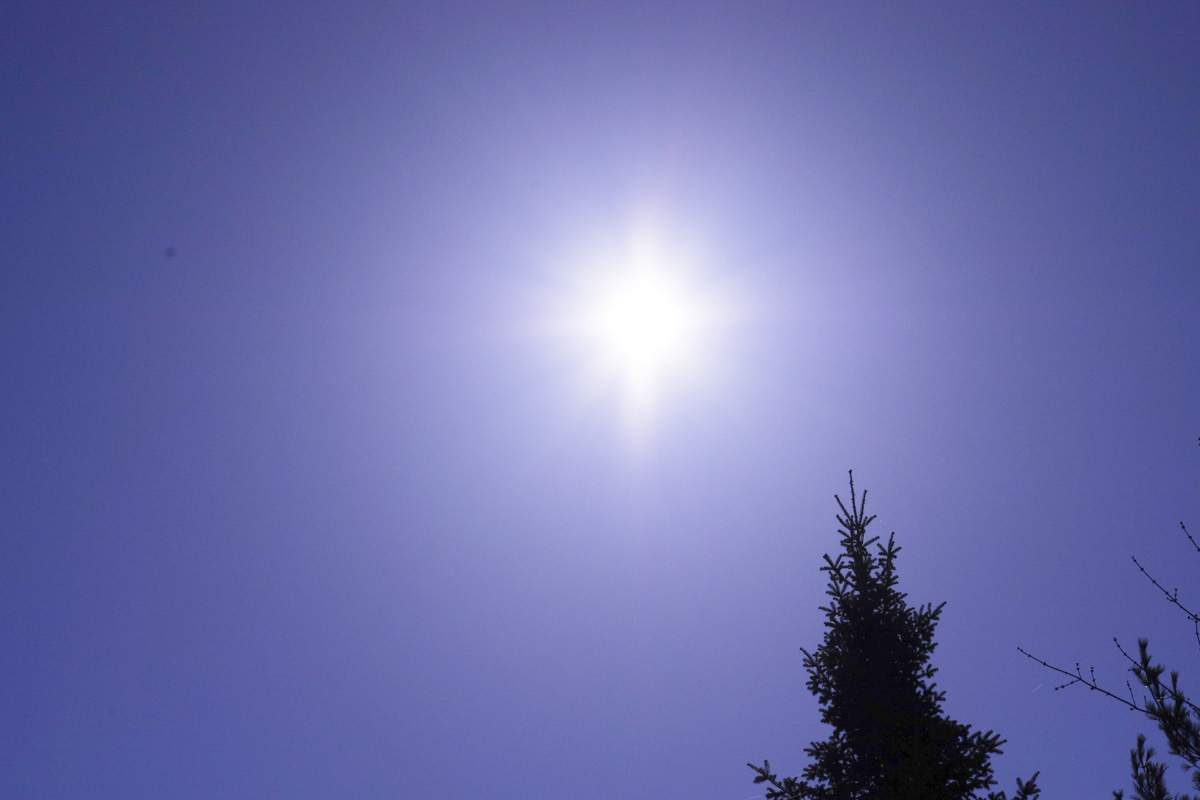 |
| F22 | 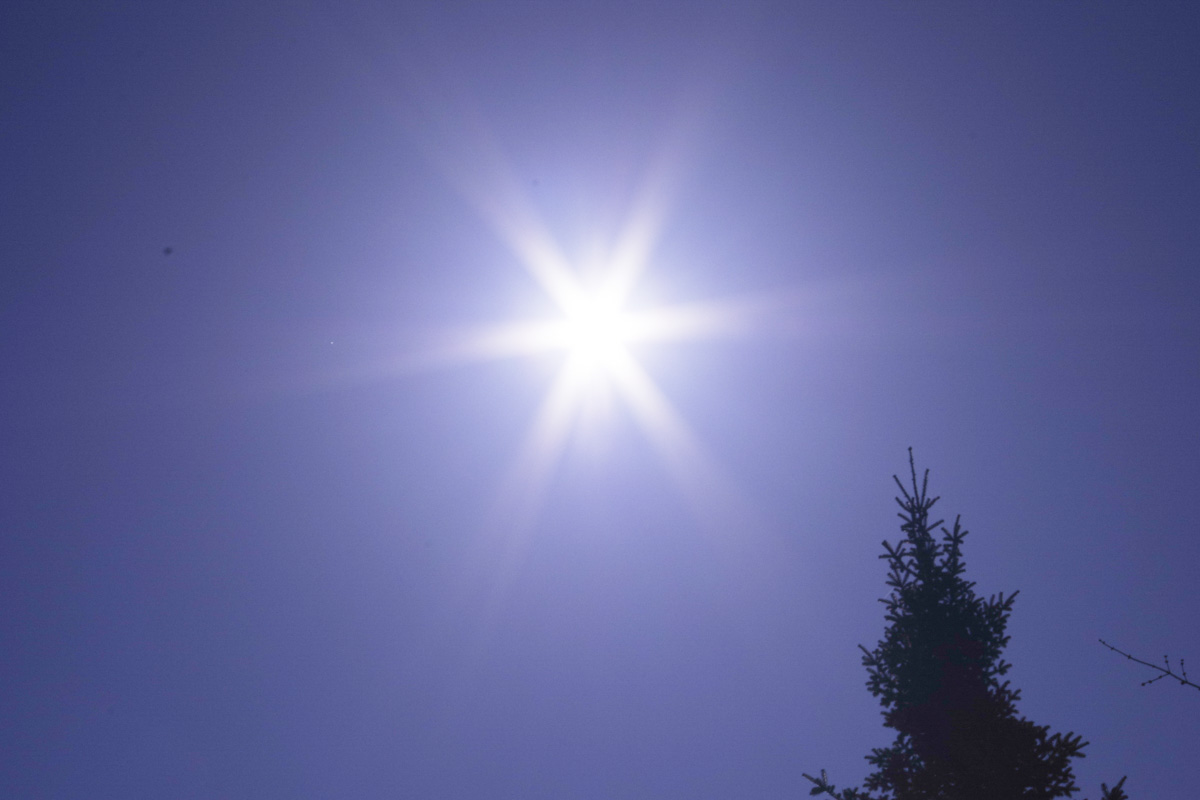 | 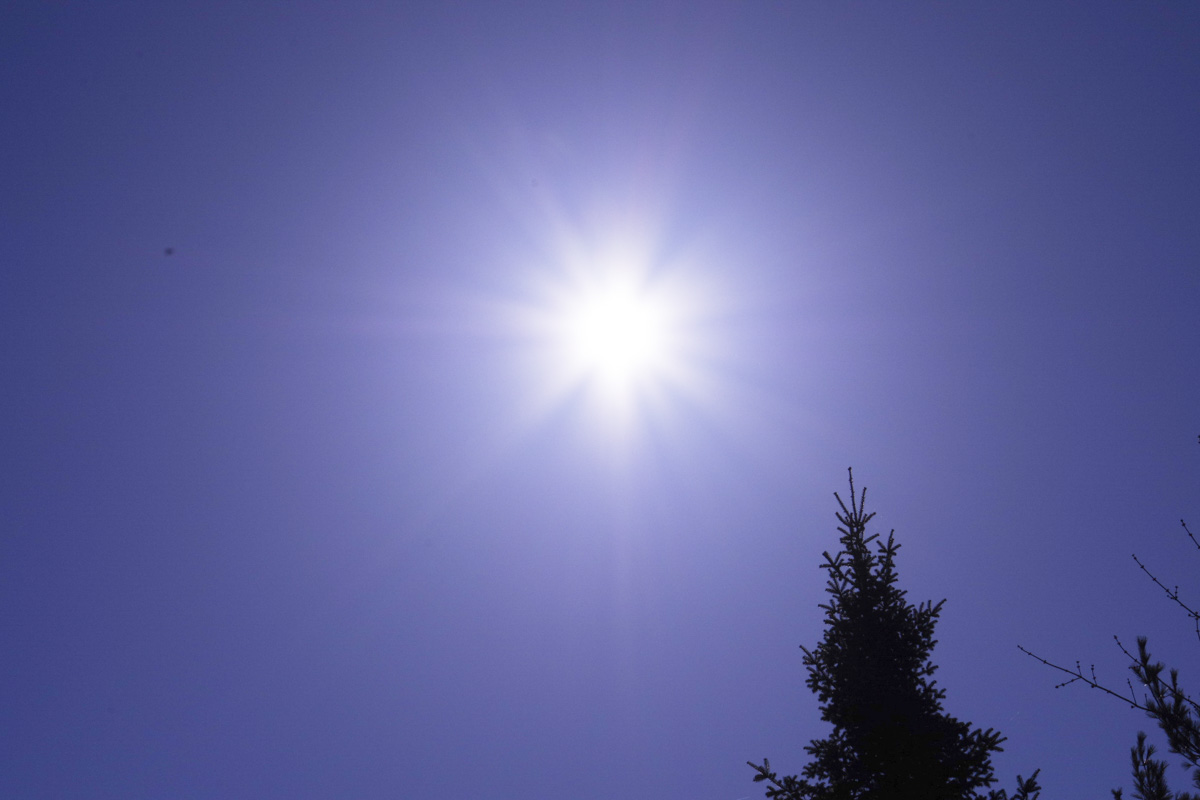 | 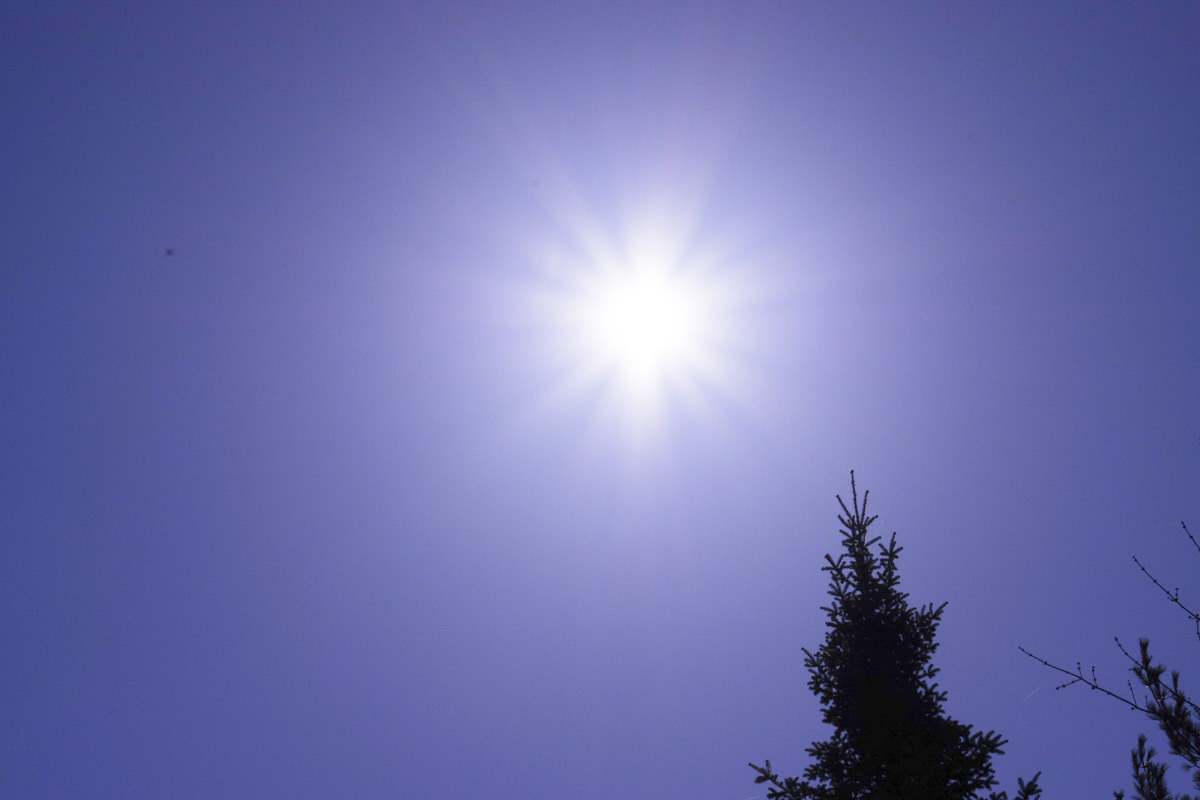 |
50-55mm is where the three lenses perform at their best. Flare and ghosting are minimal until F22 (for the 18-50mm). Again, changes in aperture can make a big difference, especially for smaller apertures.
Summary
For centered light sources, the newer design does not offer any visible gain regarding flare and ghosting. In fact, the older 18-55mm design performs better, though in all fairness it must be said that none of the tested lenses are particularly bad. The worst results are for the widest focal lengths, for all three lenses. The HD coating did not bring any visible improvement in this particular lighting situation. In most real-life scenarios, centered light sources will not cause much of a problem.
Flare Test Two - Edge of Frame without hood
We tested each lens with the sun in the corner, without a hood, a much more difficult test condition than center illumination.
18mm
| Aperture | DA 18-55mm | DA L 18-50mm | HD 18-50mm |
| F3.5 | 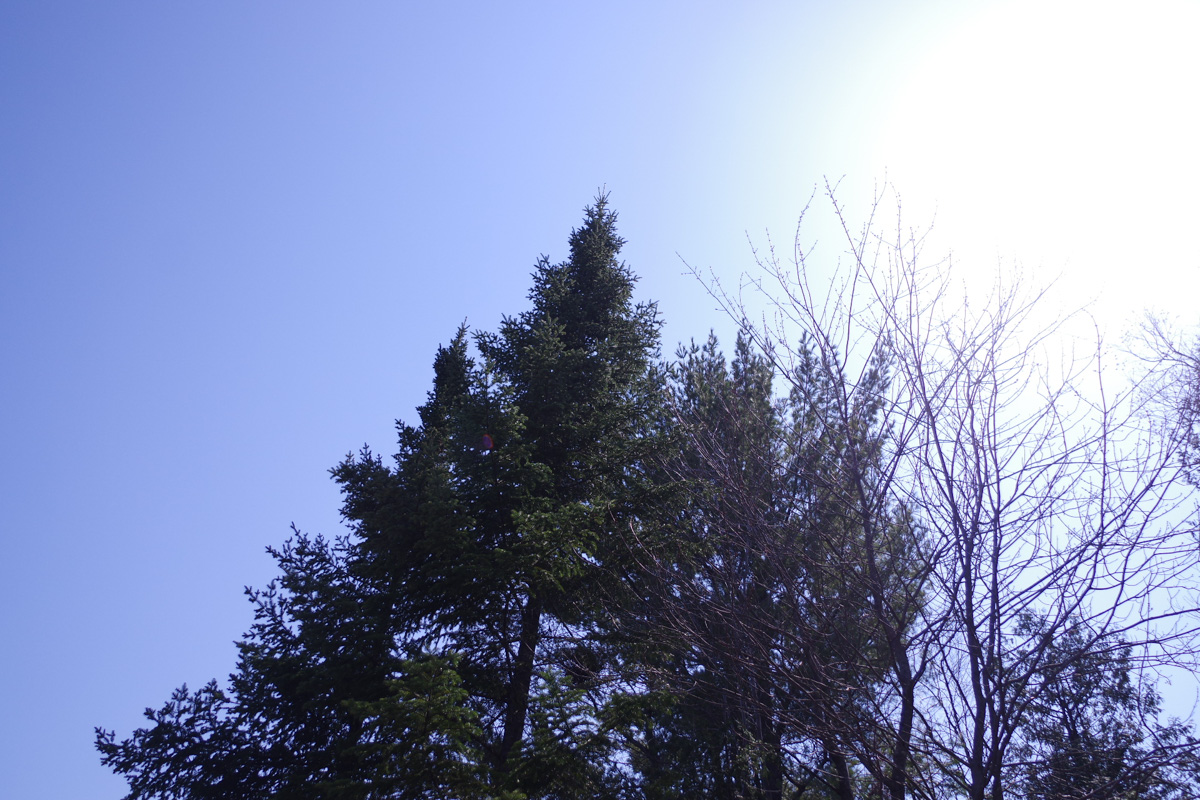 | ||
| F4 | 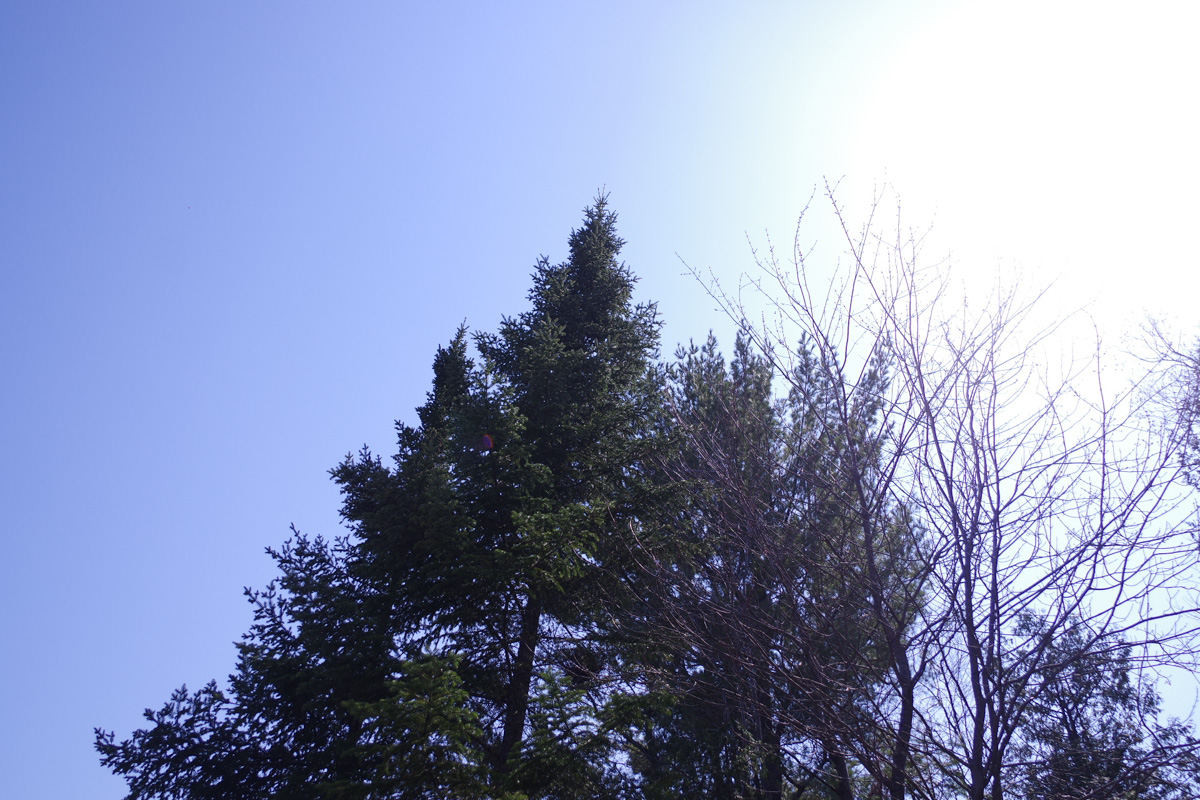 | 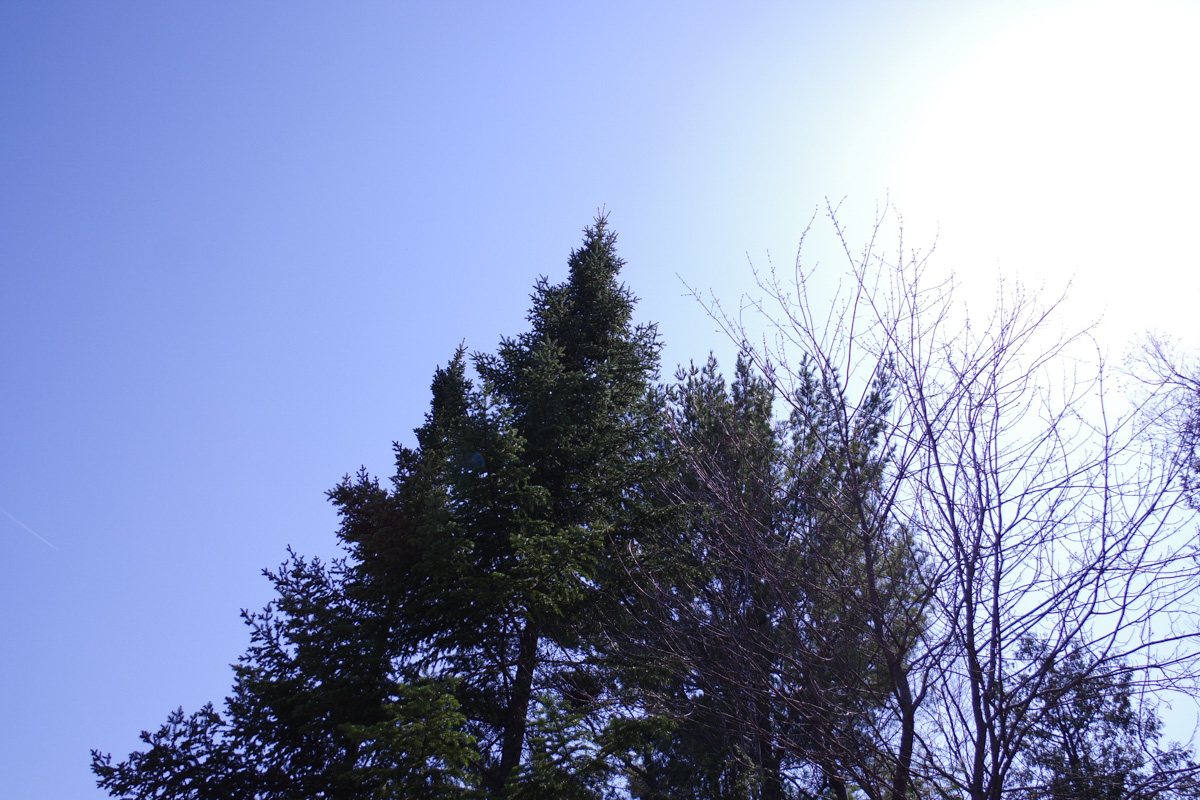 | 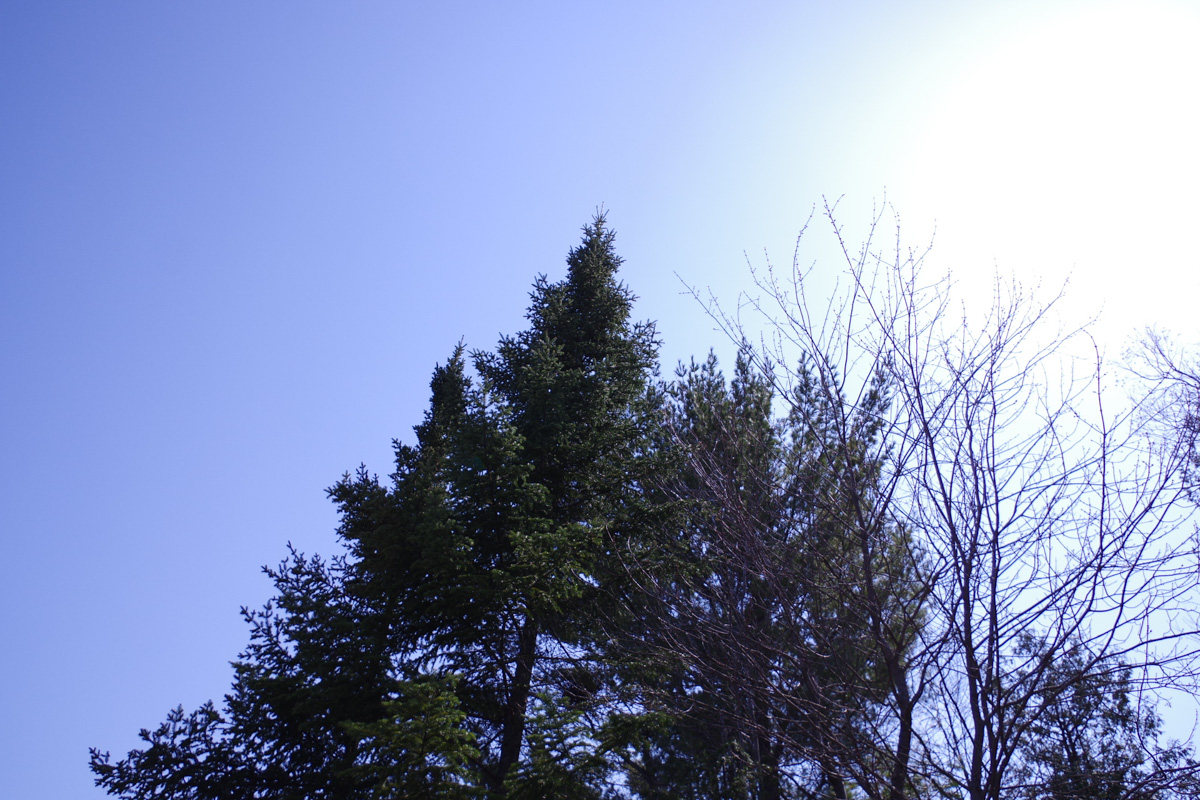 |
| F5.6 | 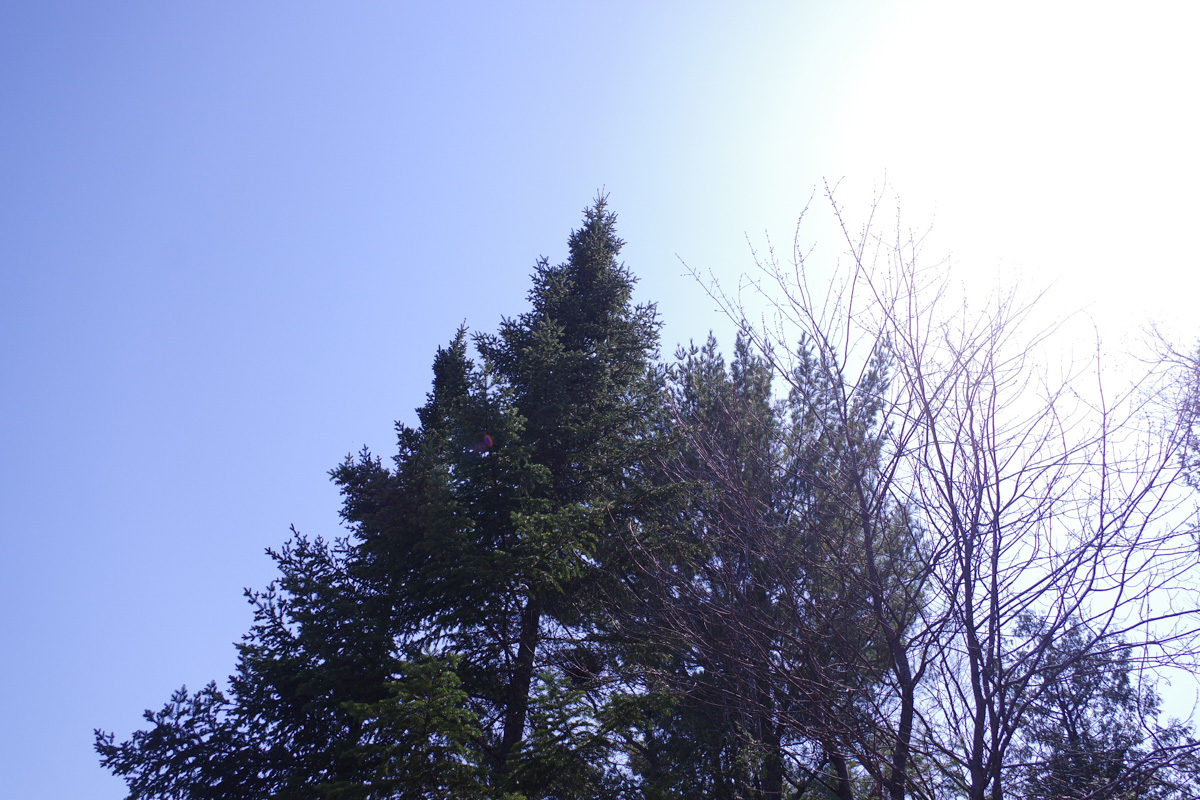 | 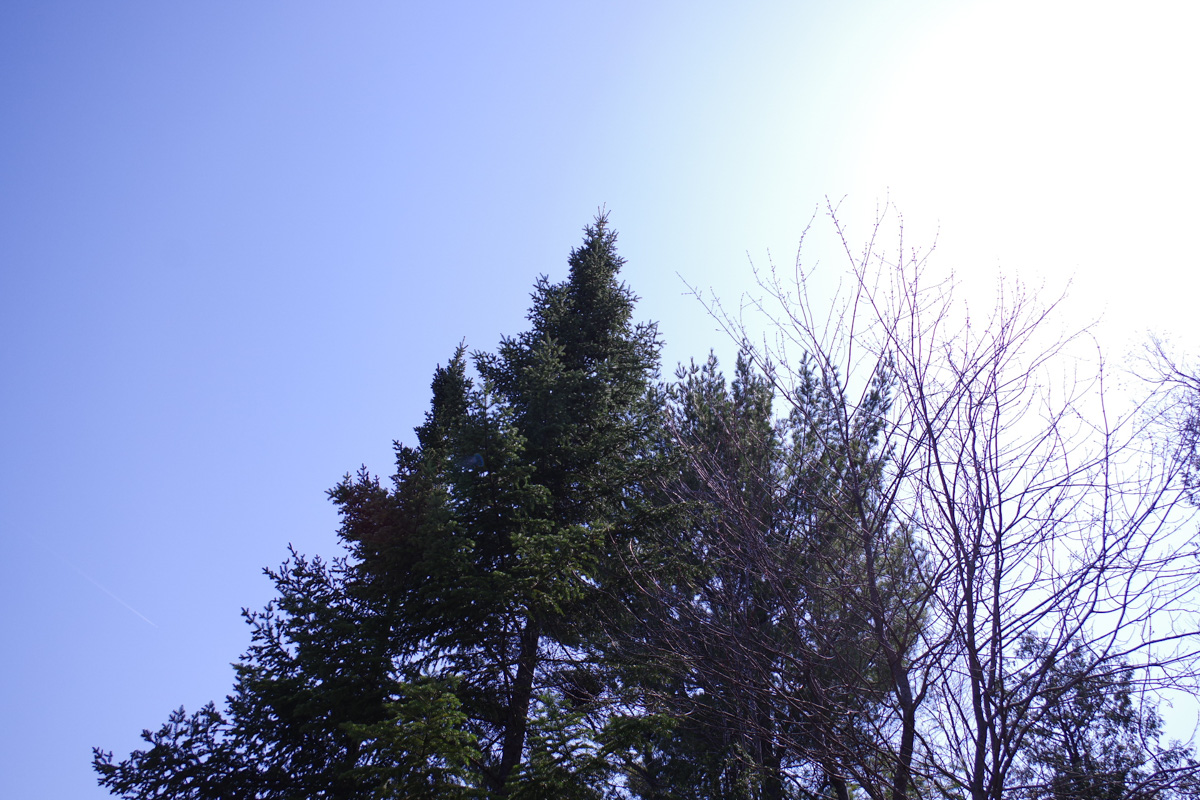 | 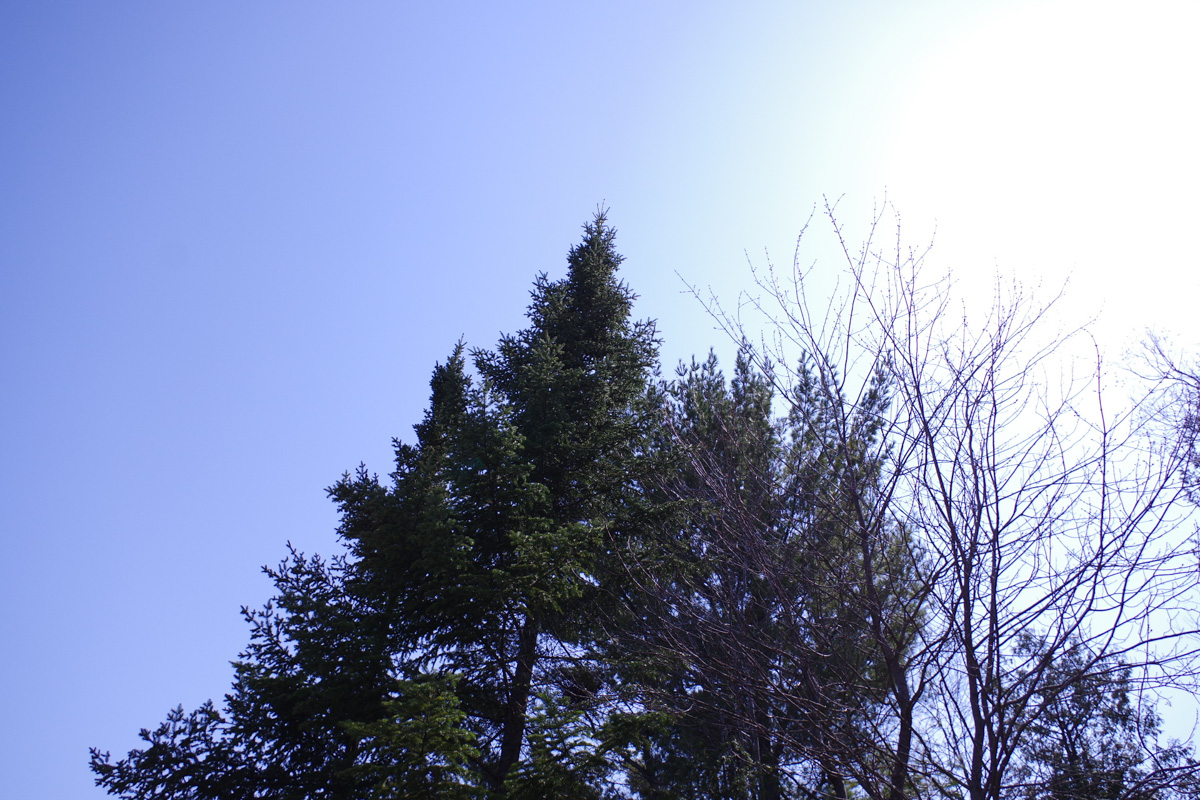 |
| F8 | 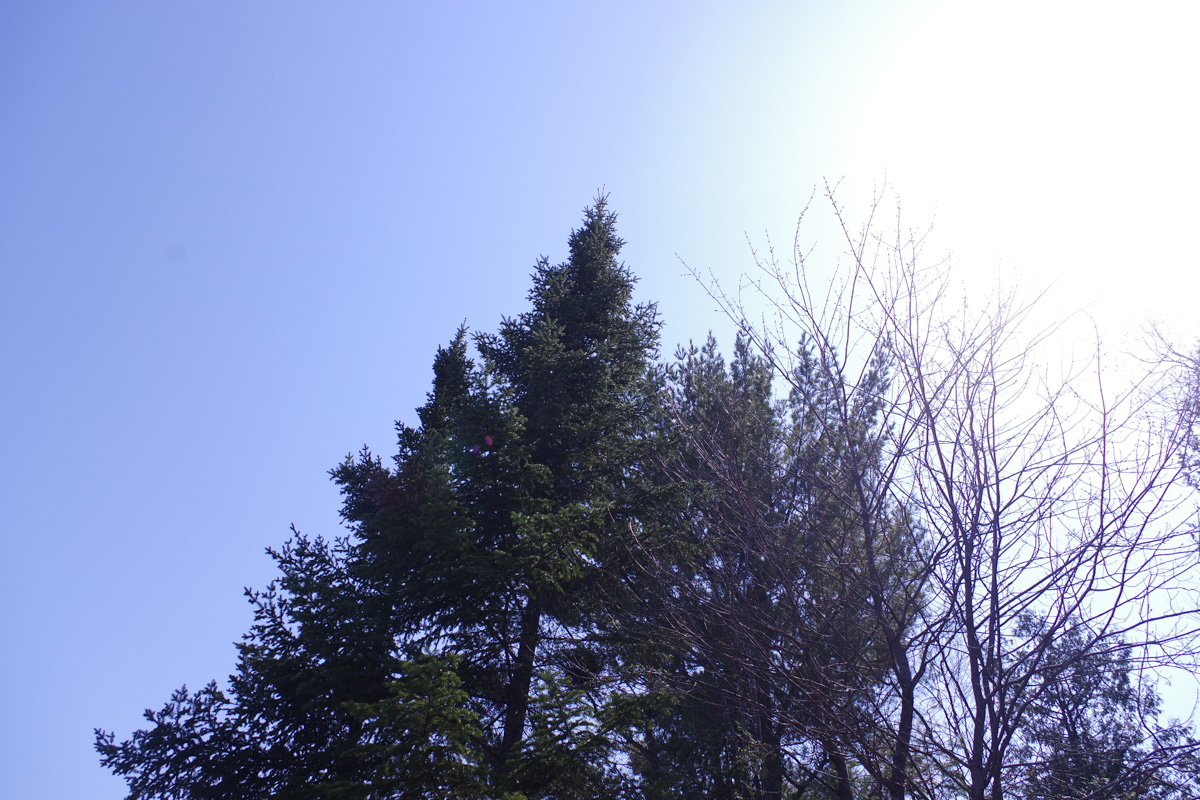 | 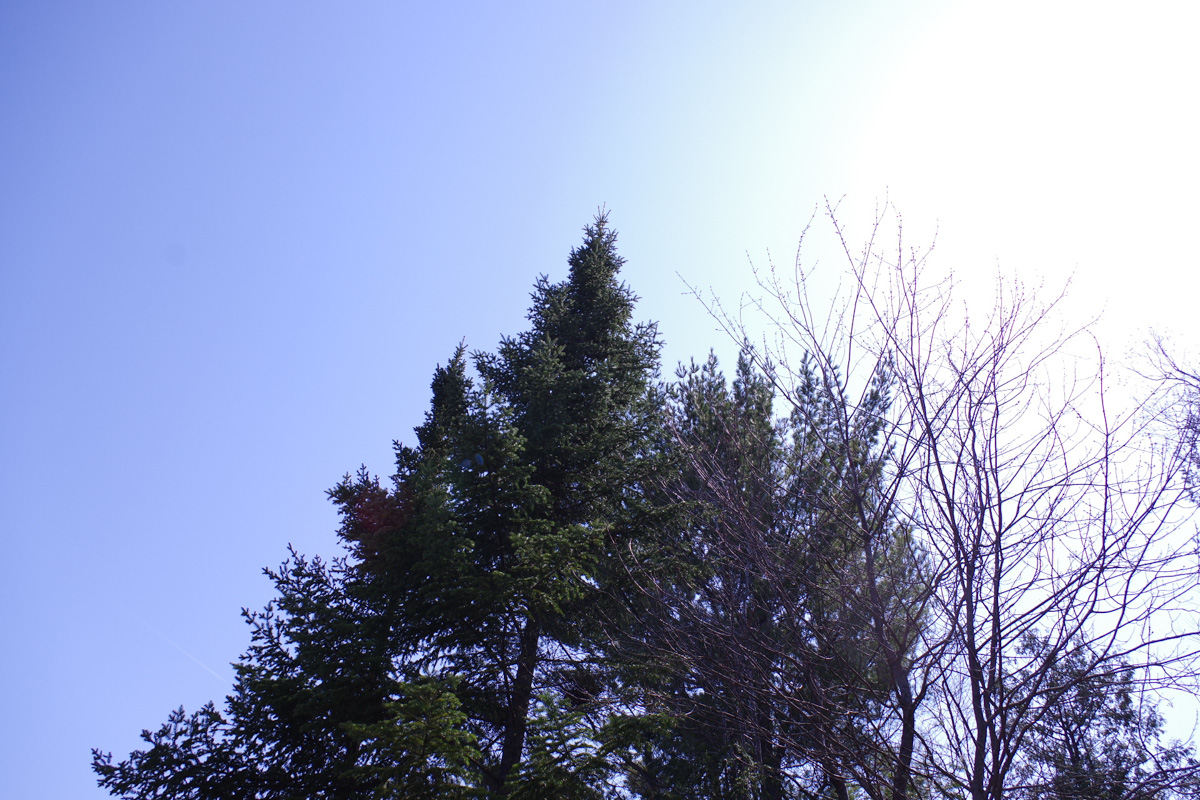 | 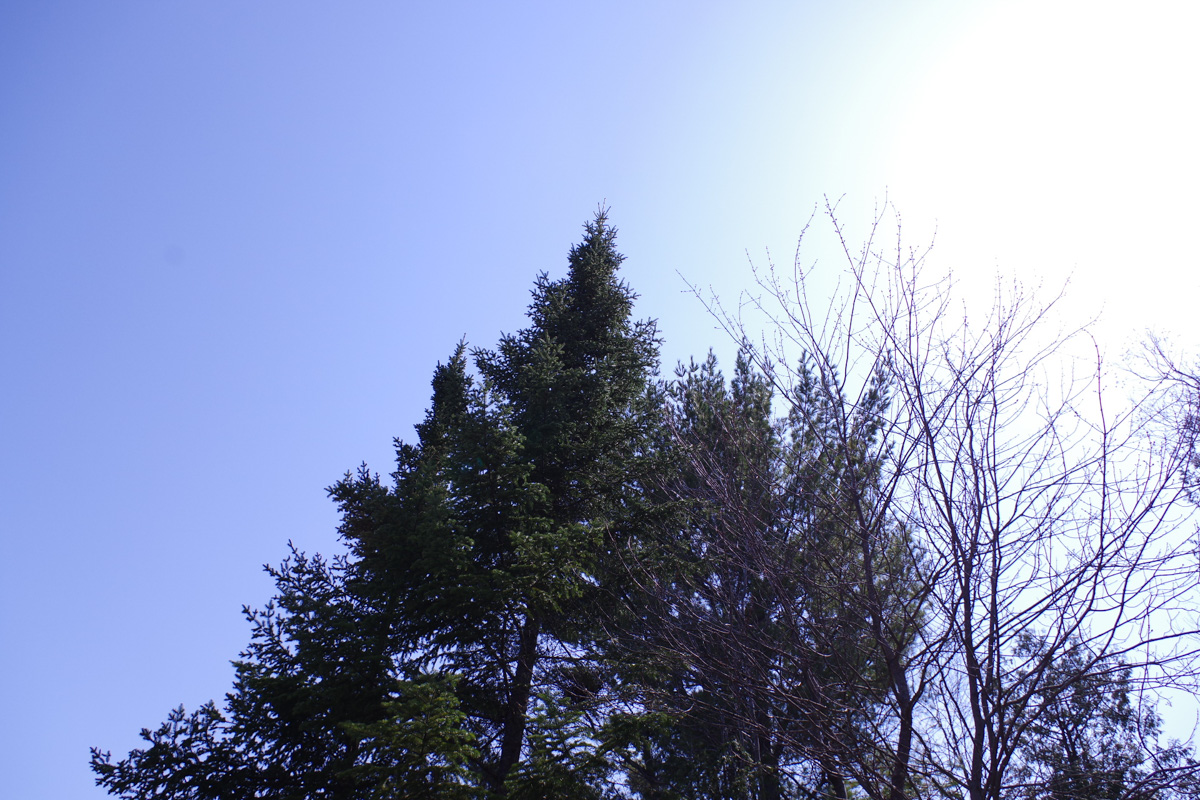 |
| F11 | 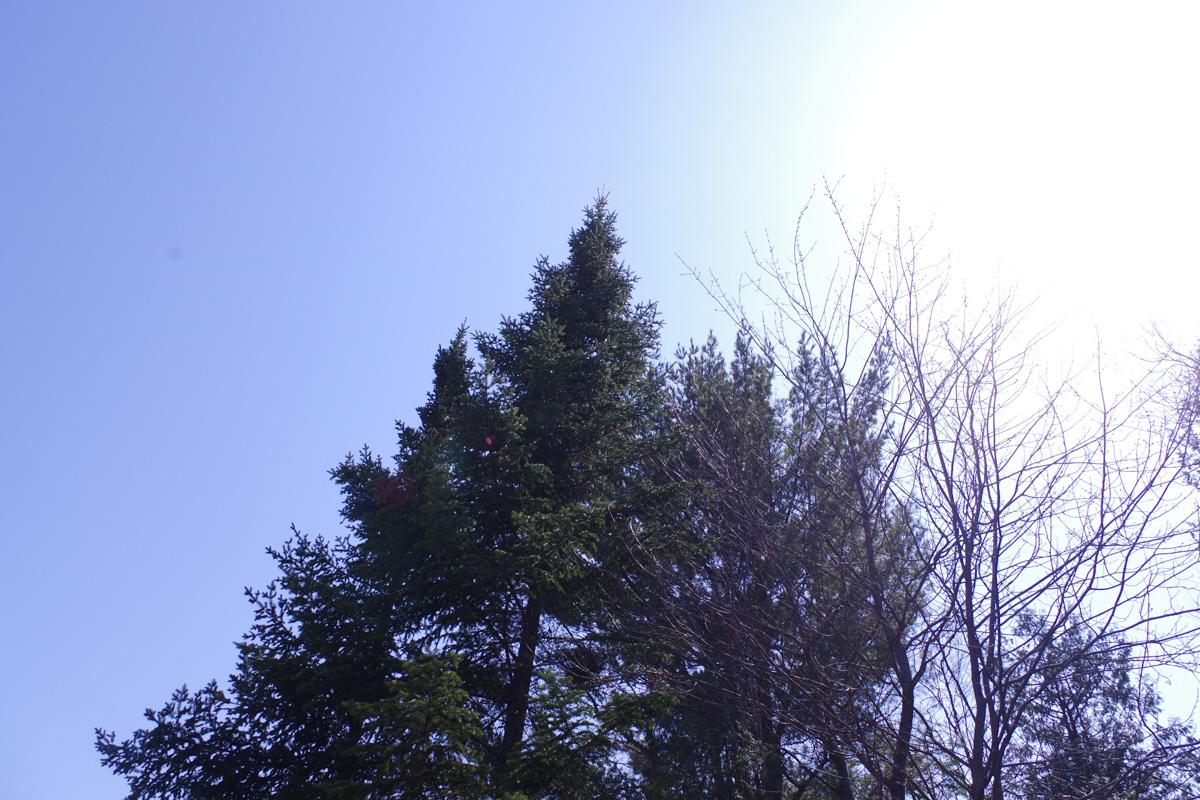 | 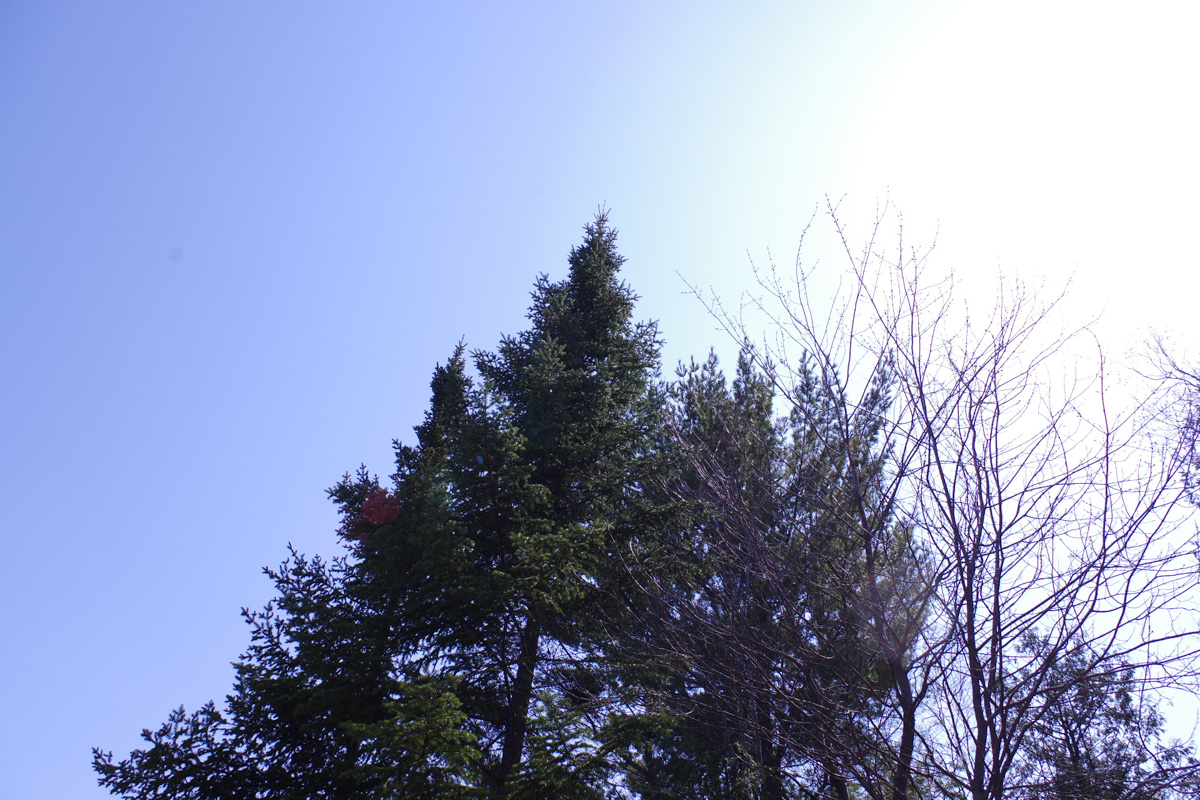 | 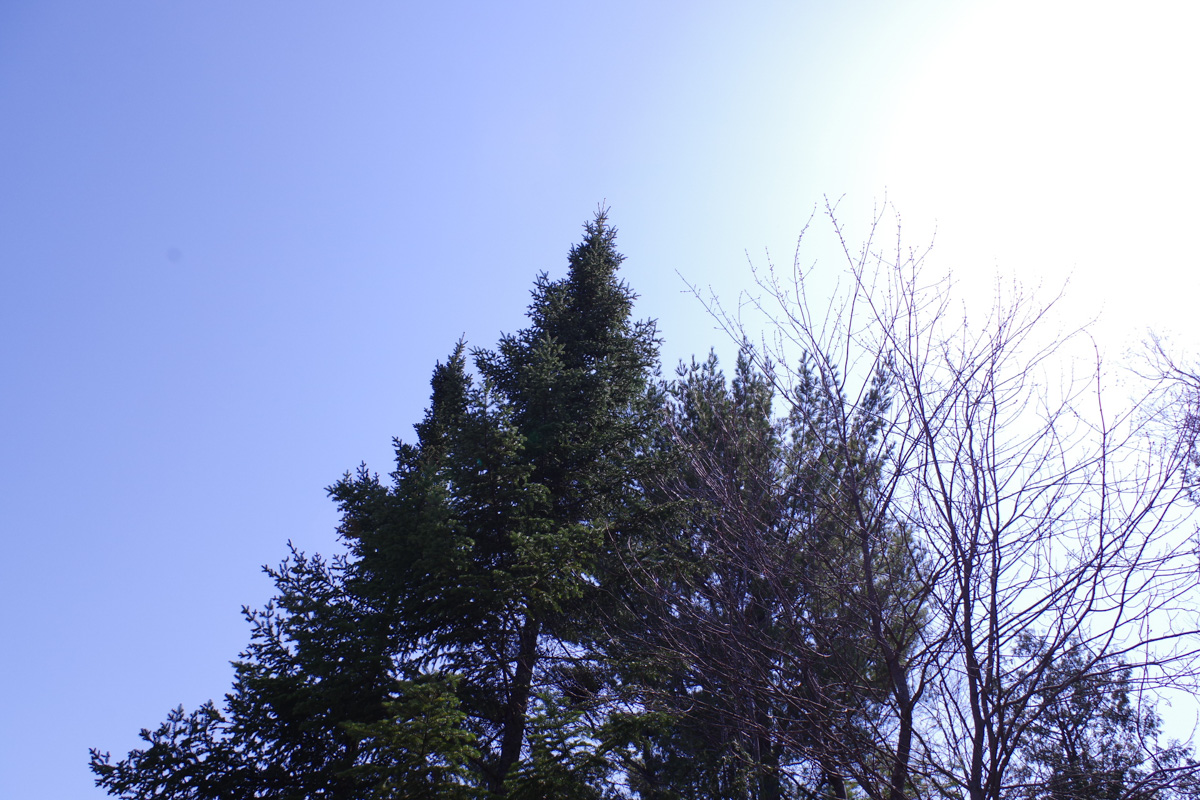 |
| F16 | 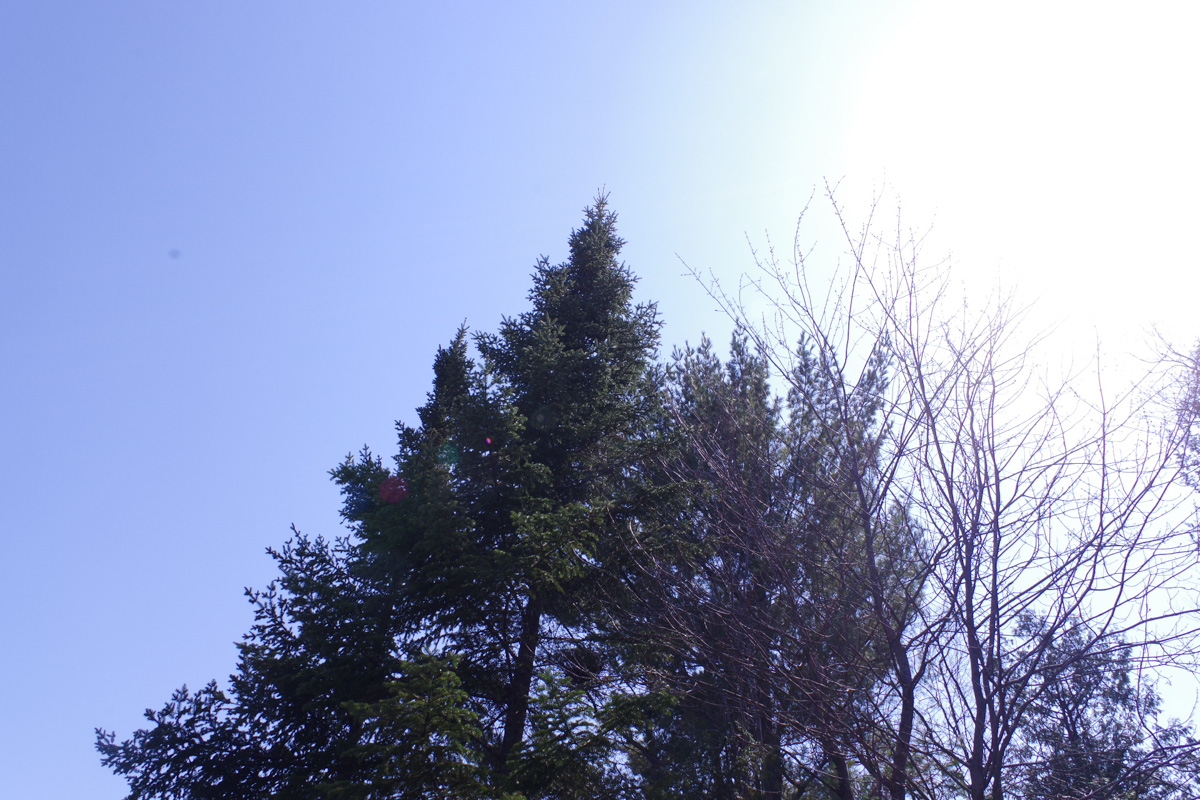 | 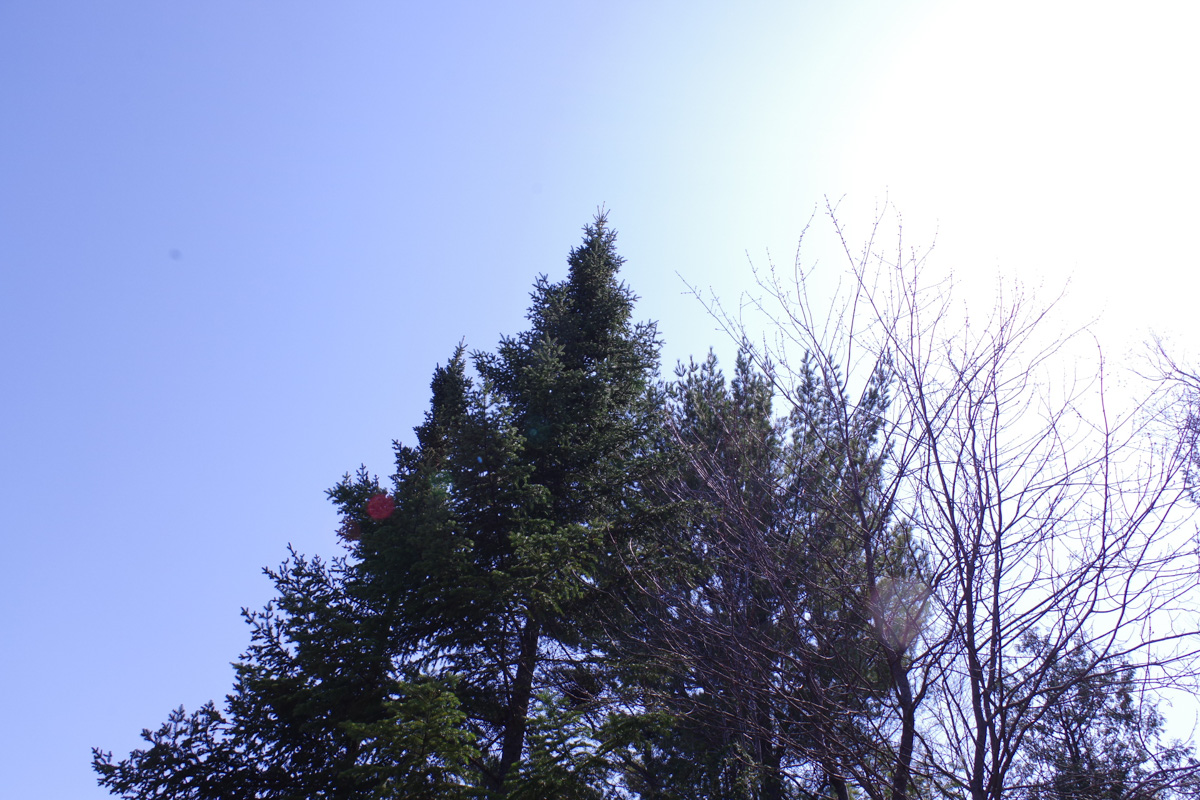 | 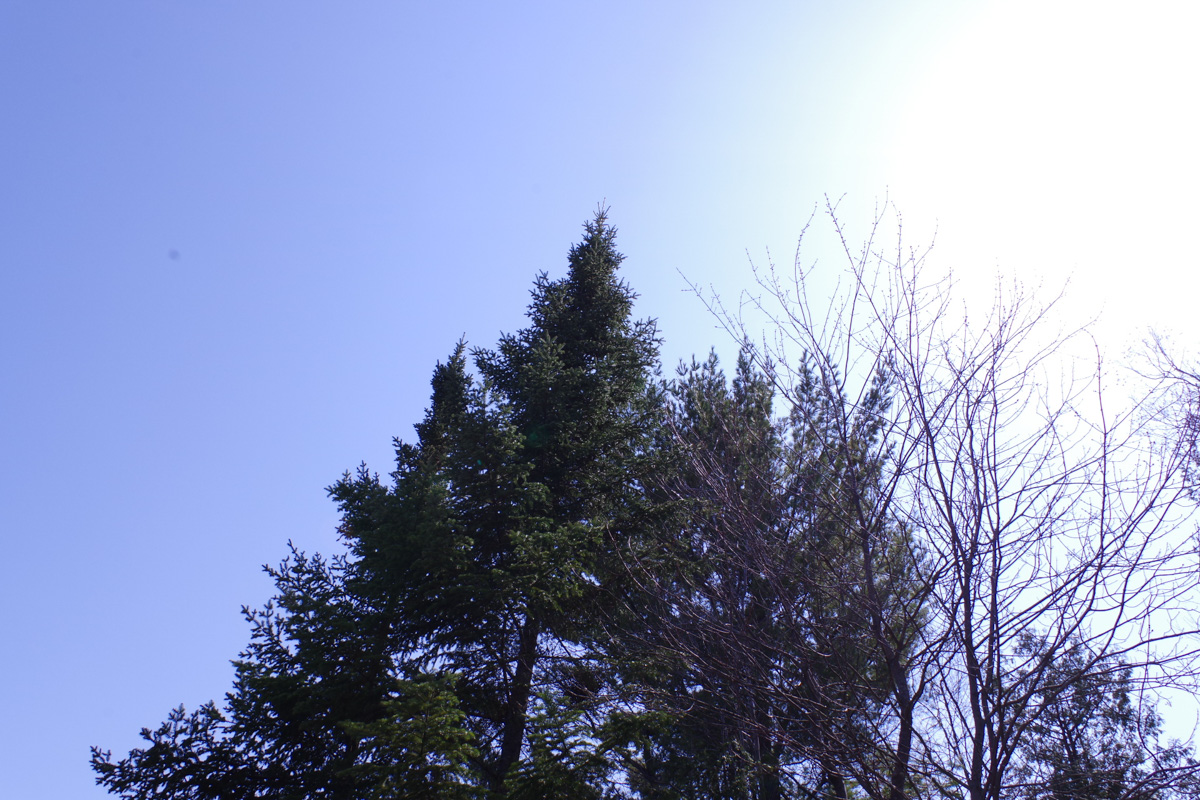 |
| F22 | 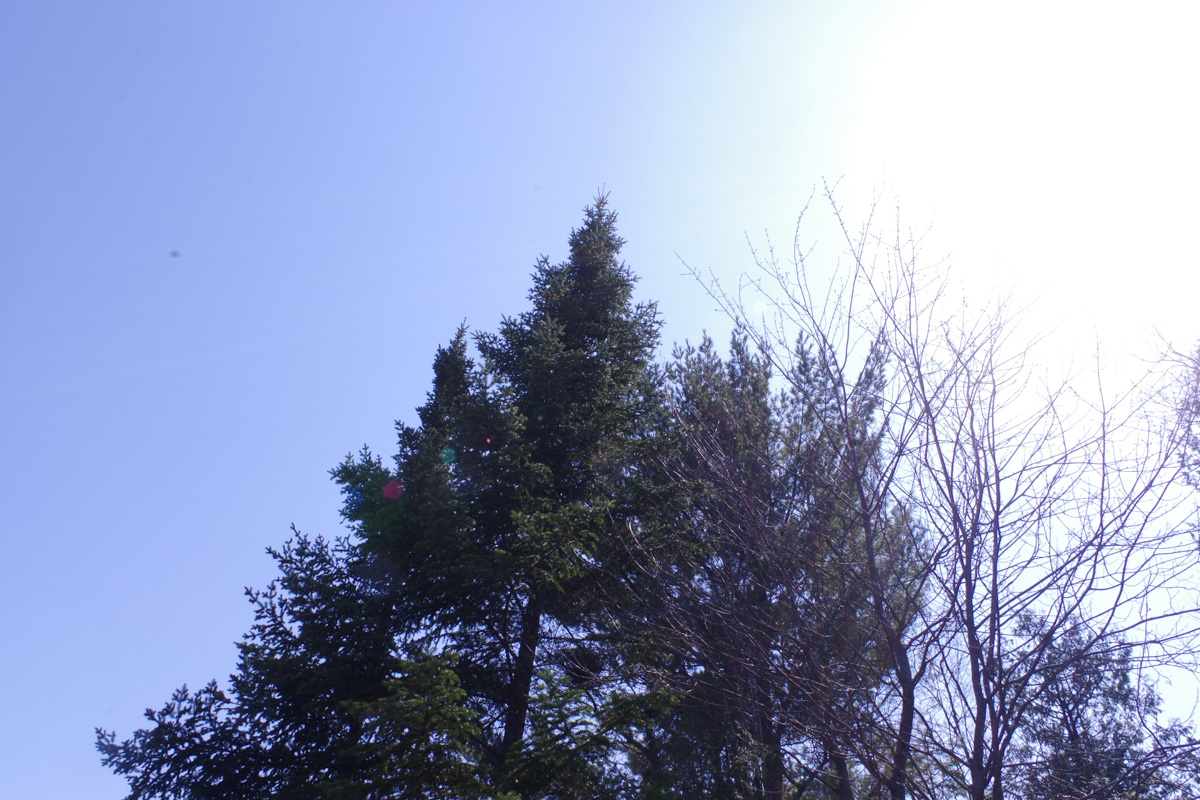 | 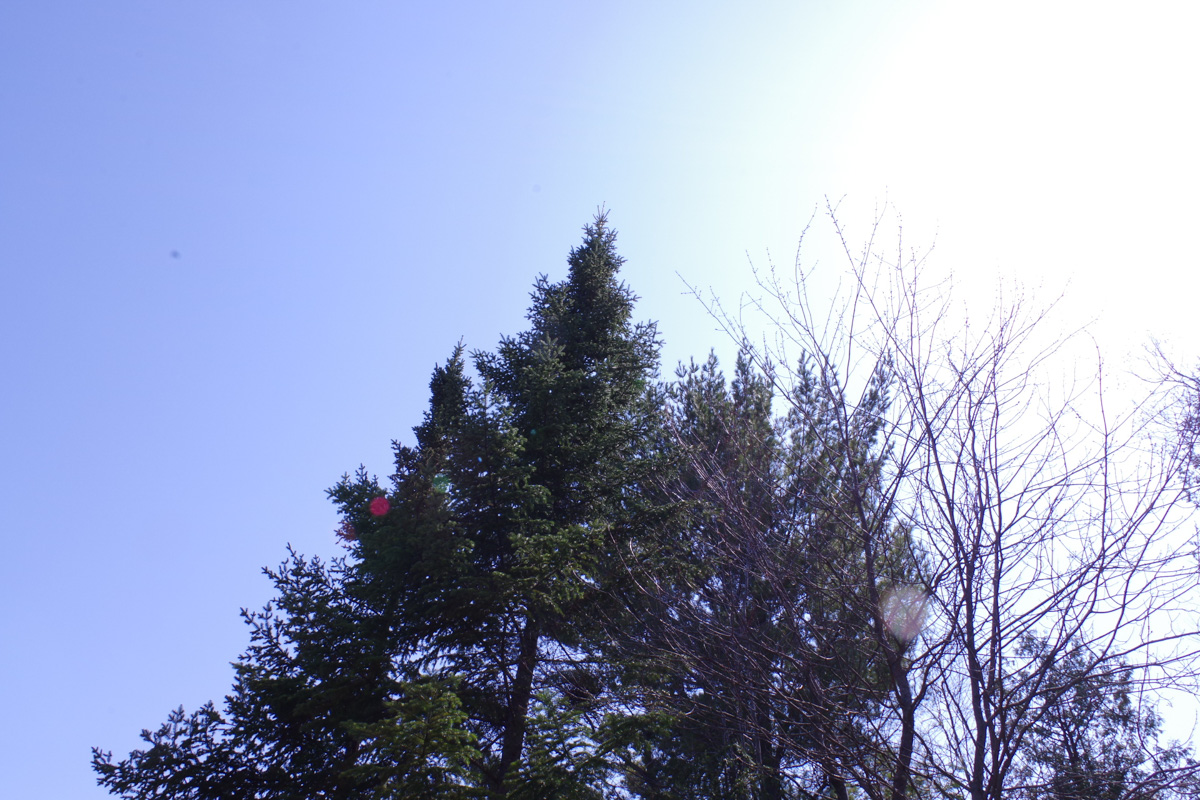 | 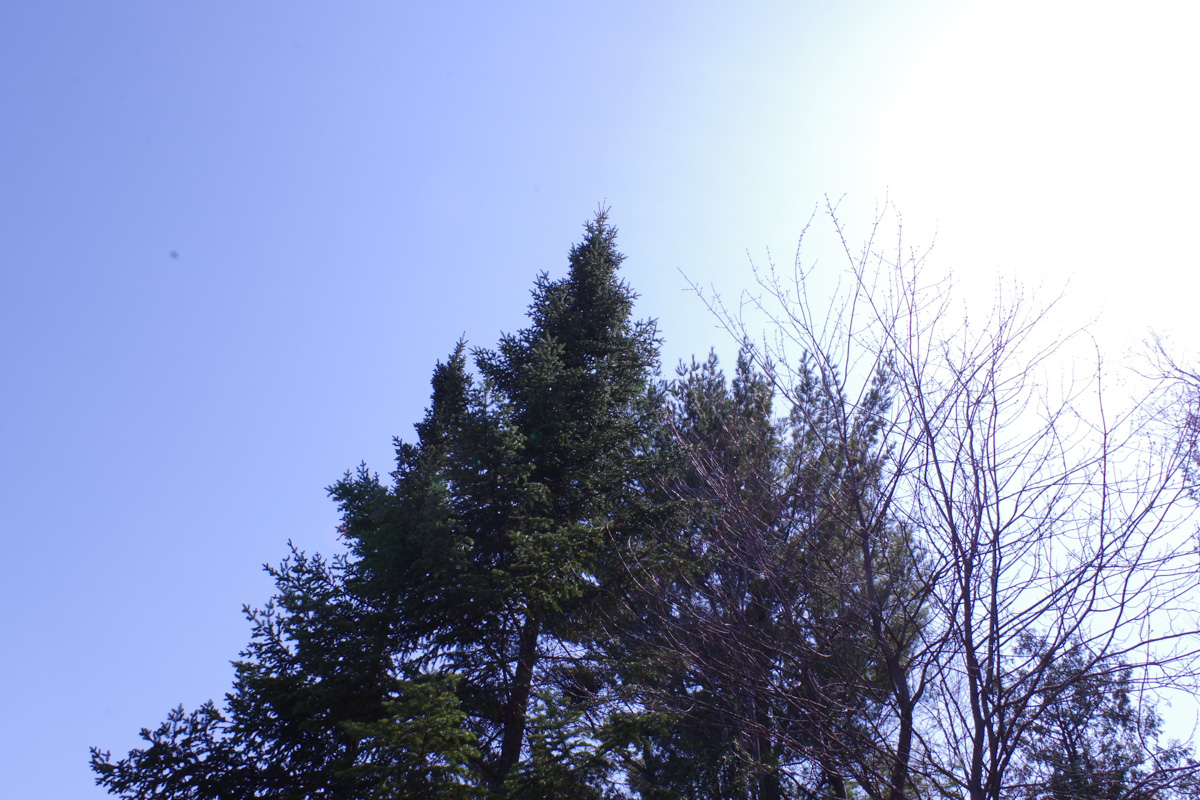 |
At the widest setting with the light source in the corner, things get more difficult. Here we clearly see the benefits of the HD coating. Especially at small apertures, the HD lens performs better than the two others. Considering the two SMC lenses, the 18-55mm has the edge over the 18-50mm, mainly because its flare is more diffuse and thus easier to miss.
35mm
| Aperture | DA 18-55mm | DA L 18-50mm | HD 18-50mm |
| F4 / F4.5 | 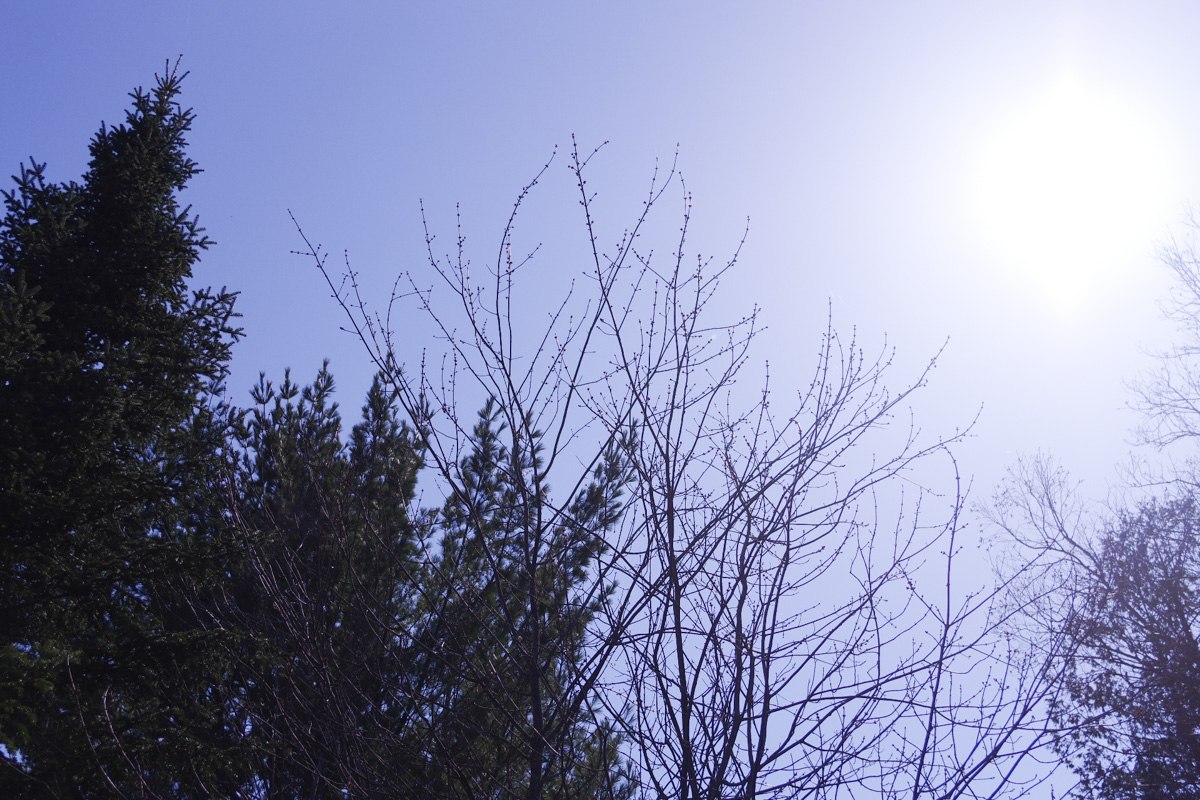 | 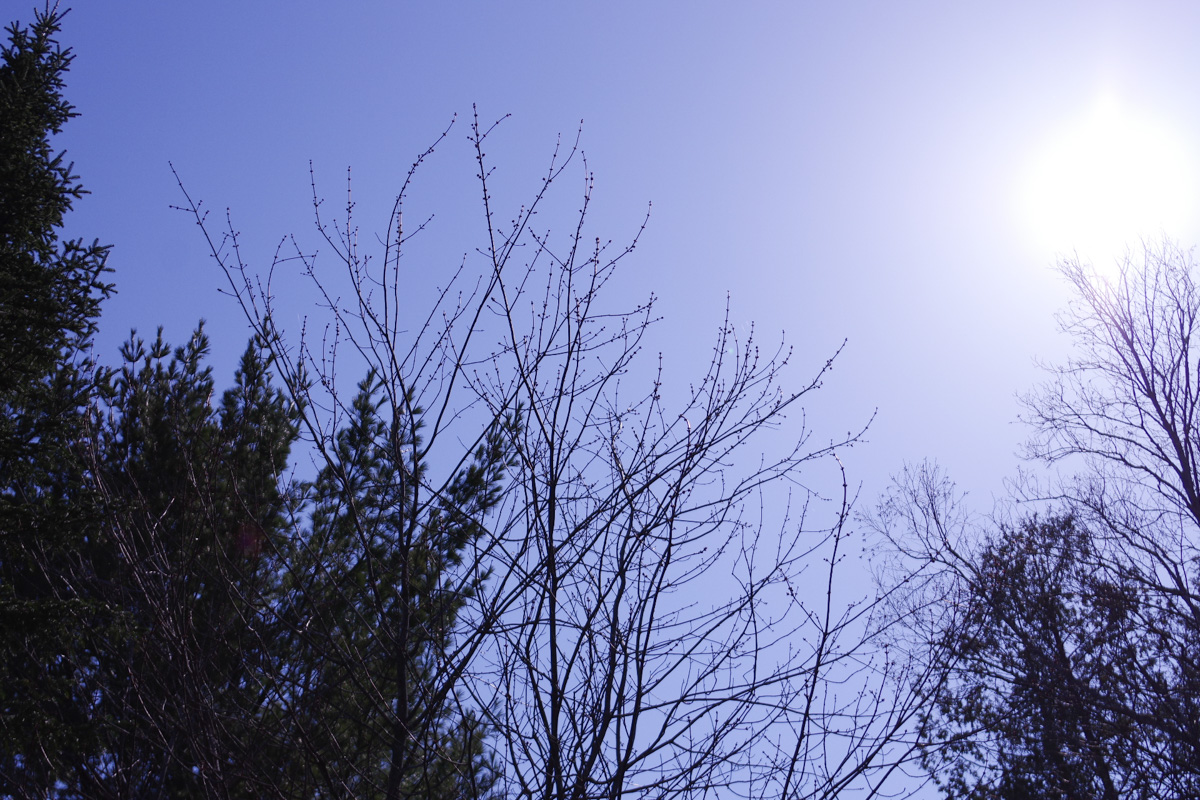 | 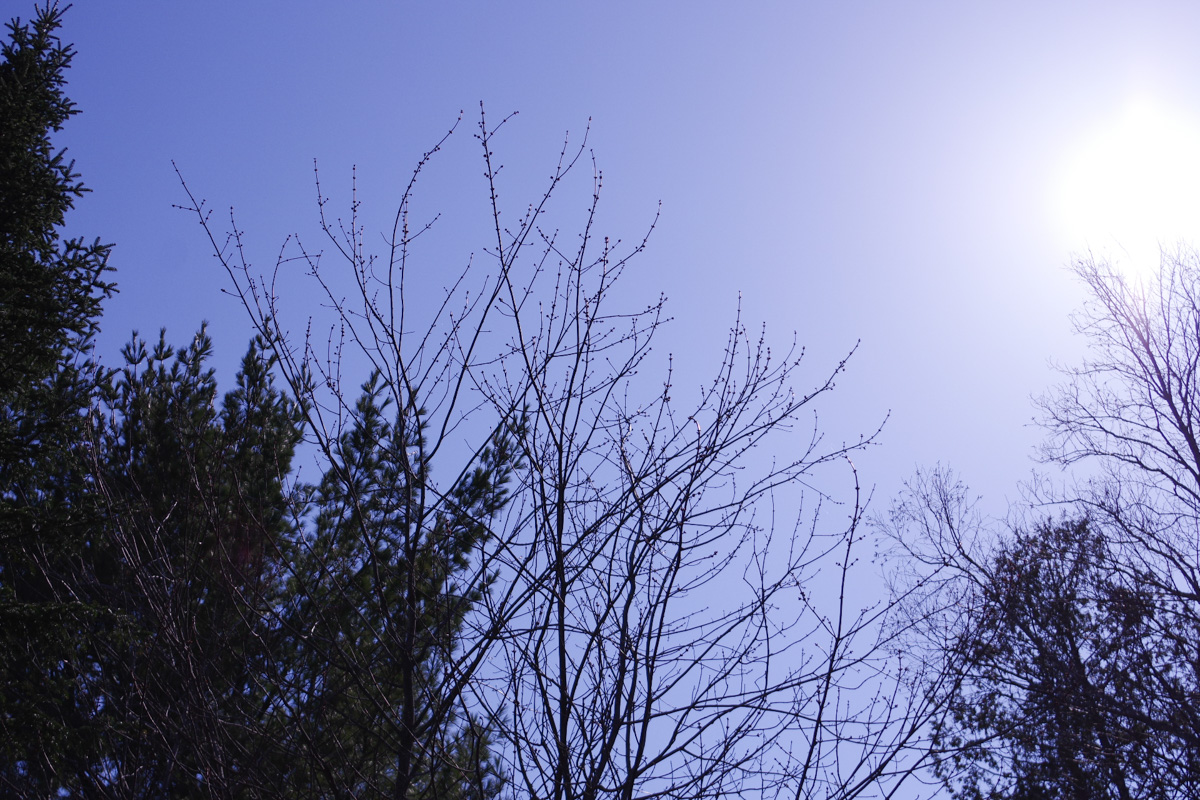 |
| F5.6 | 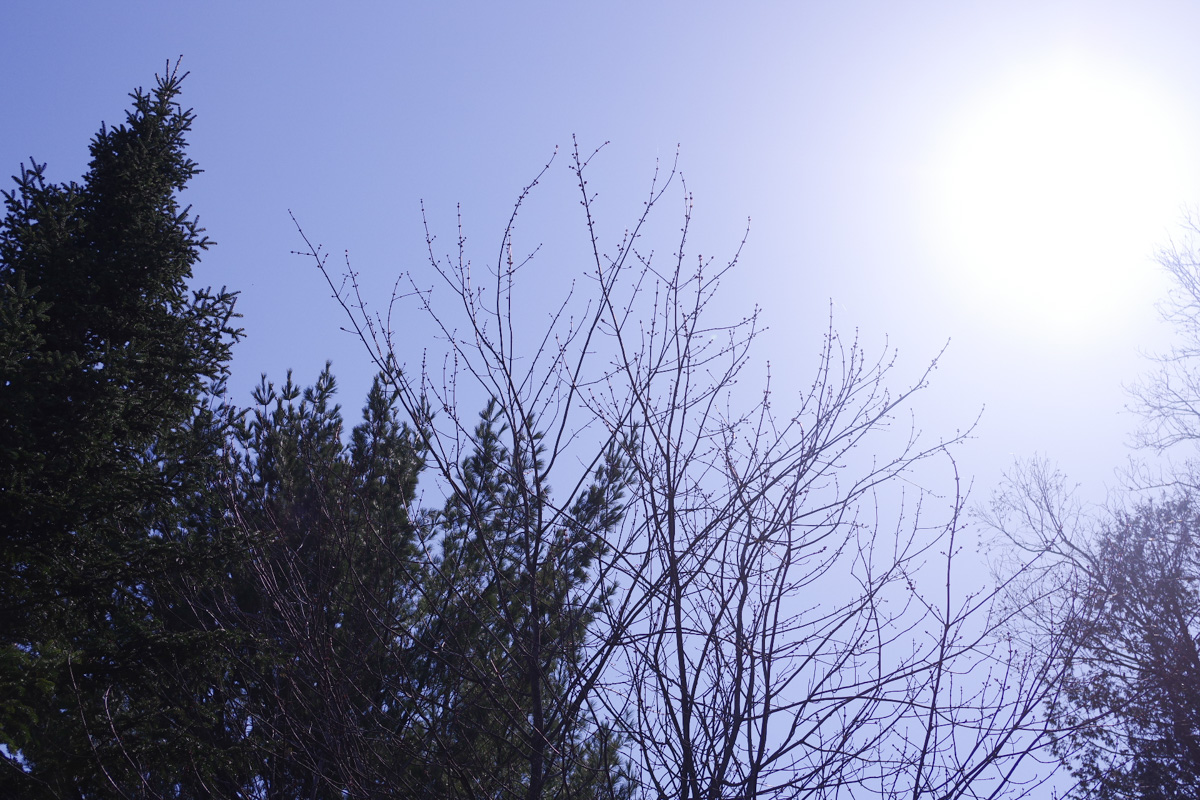 | 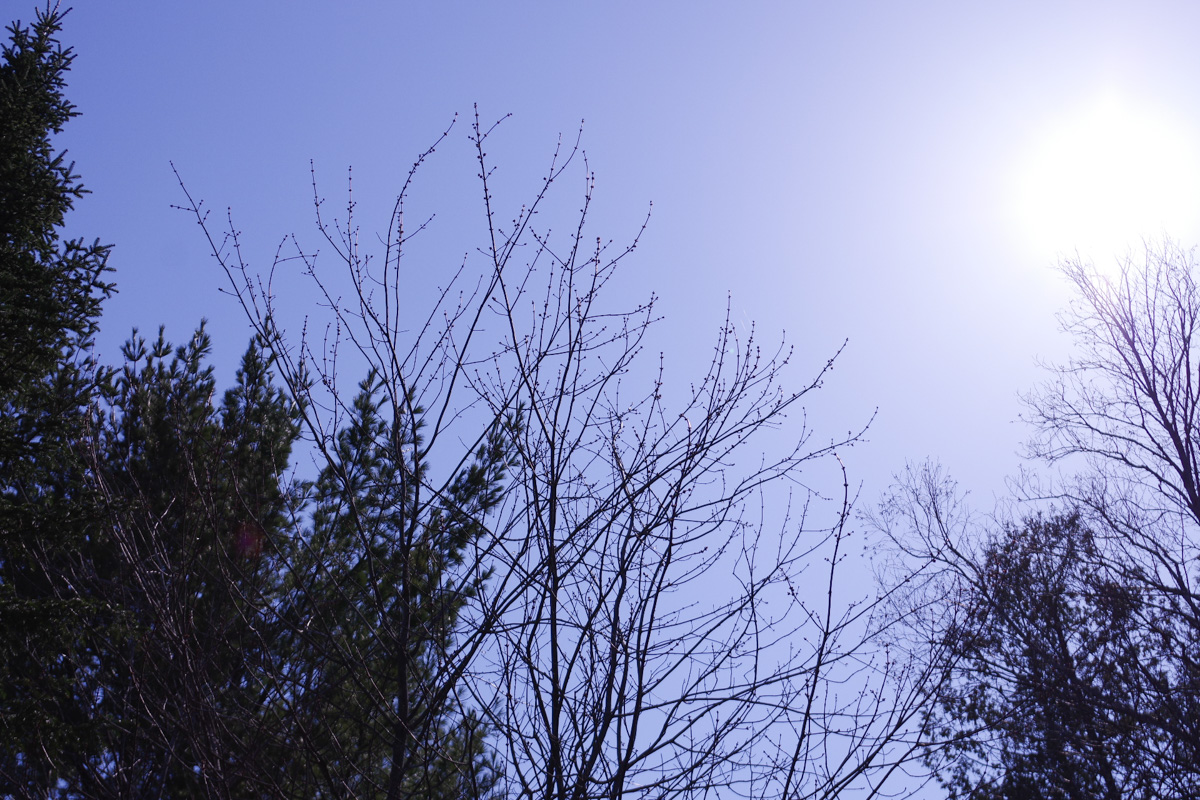 | 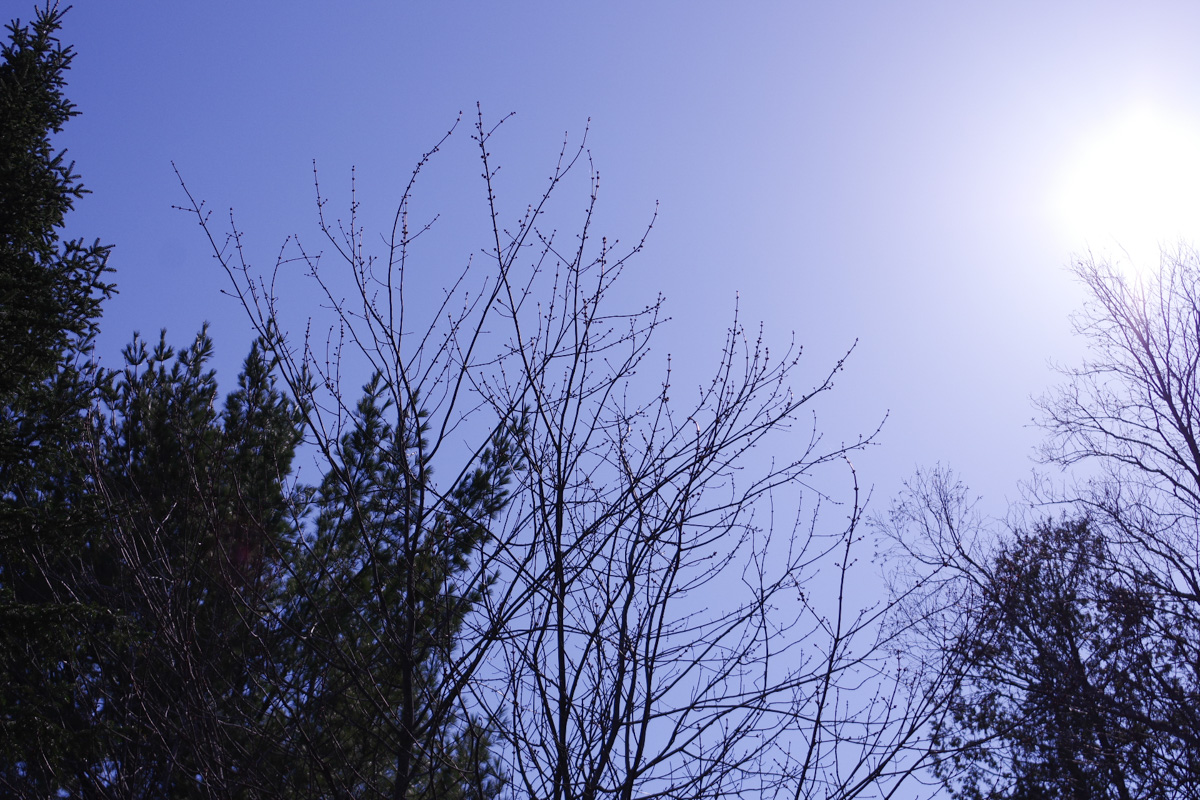 |
| F8 | 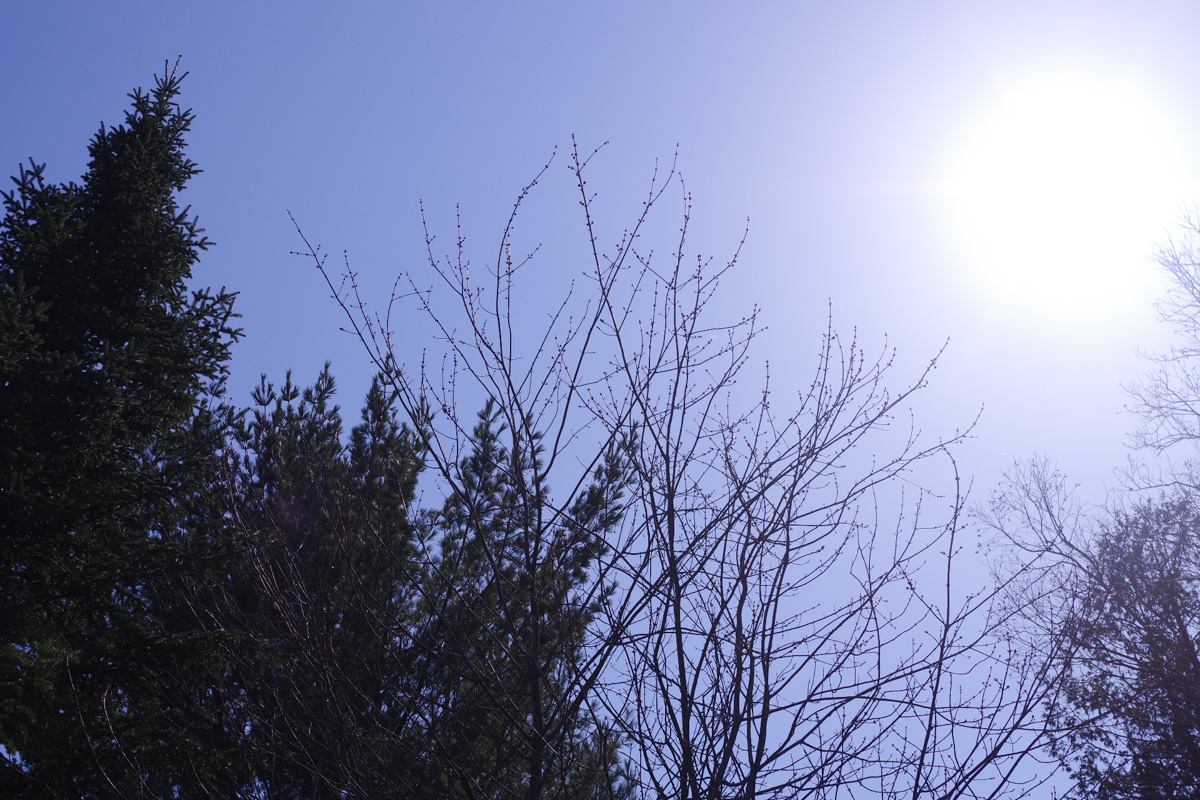 | 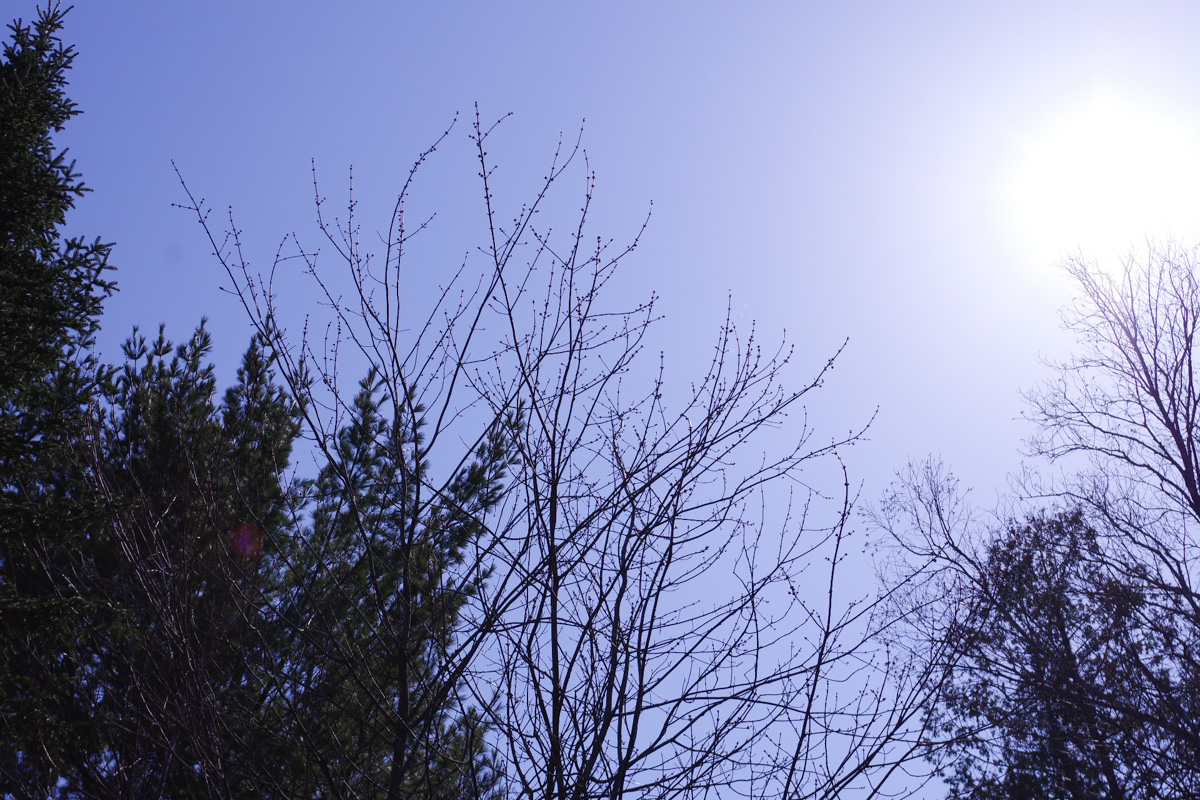 | 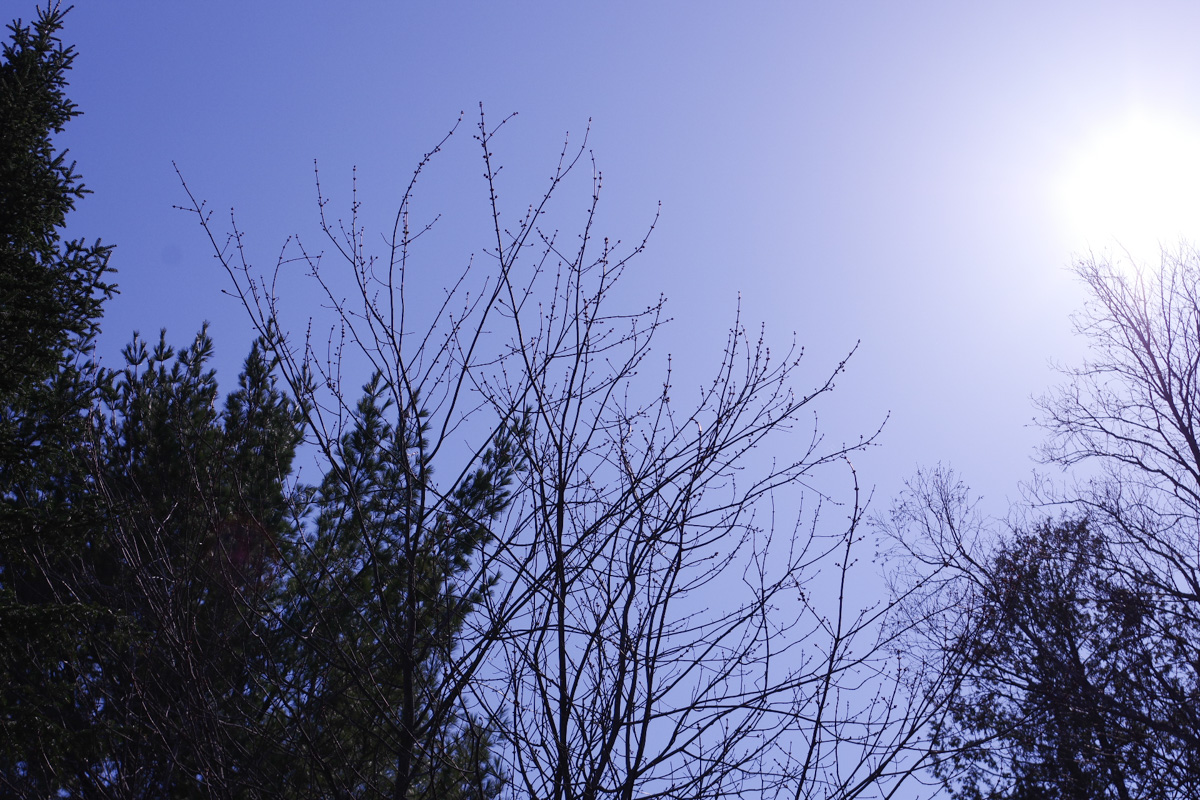 |
| F11 | 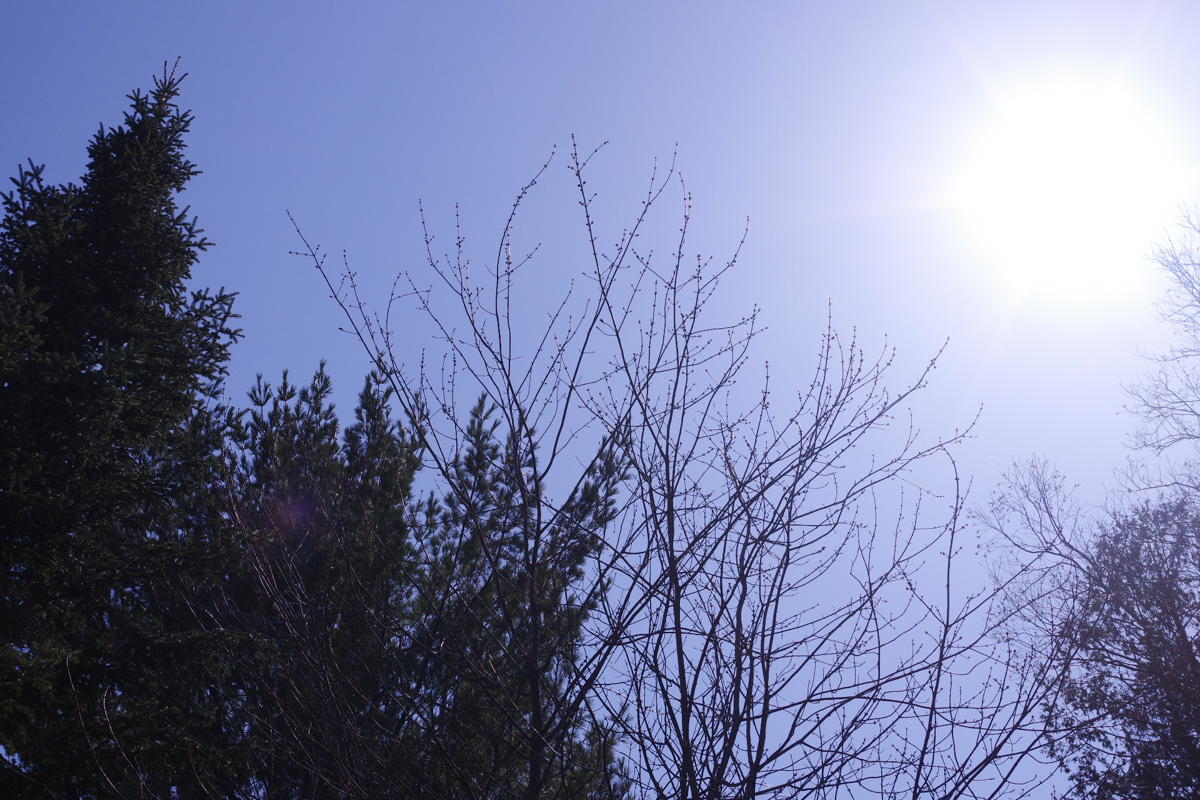 | 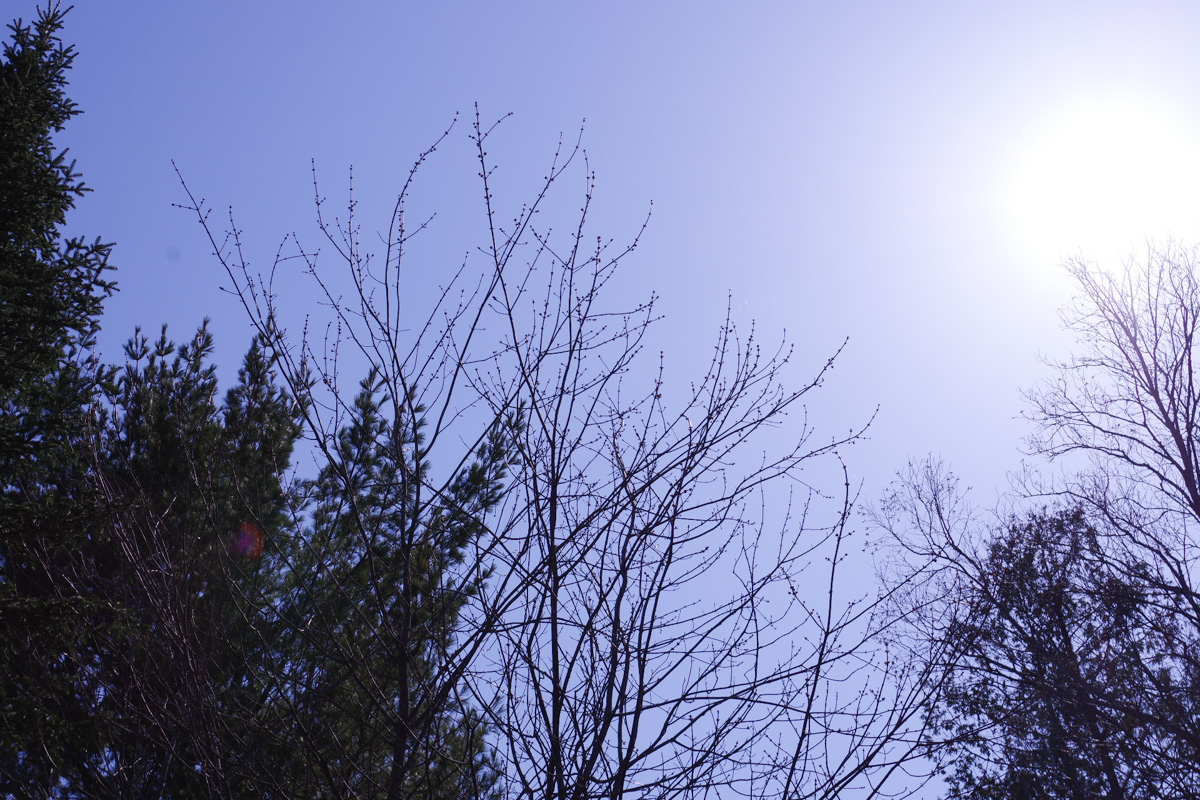 | 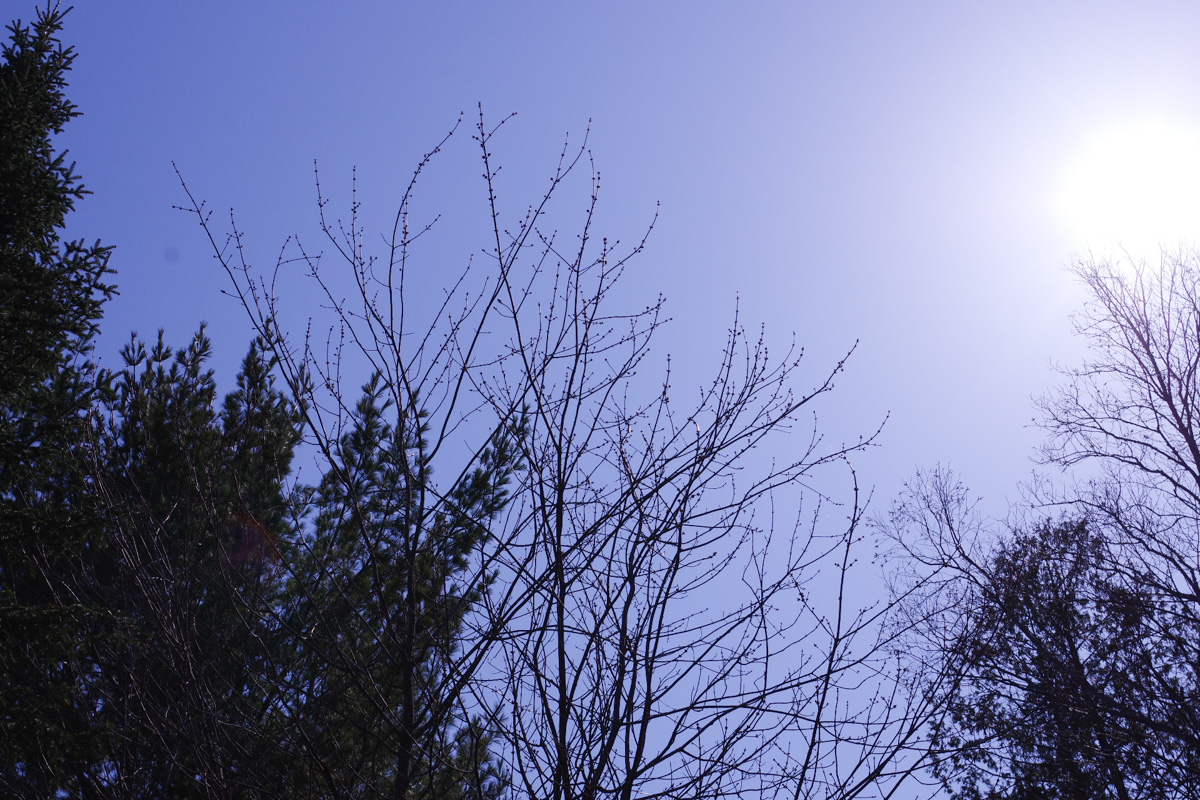 |
| F16 | 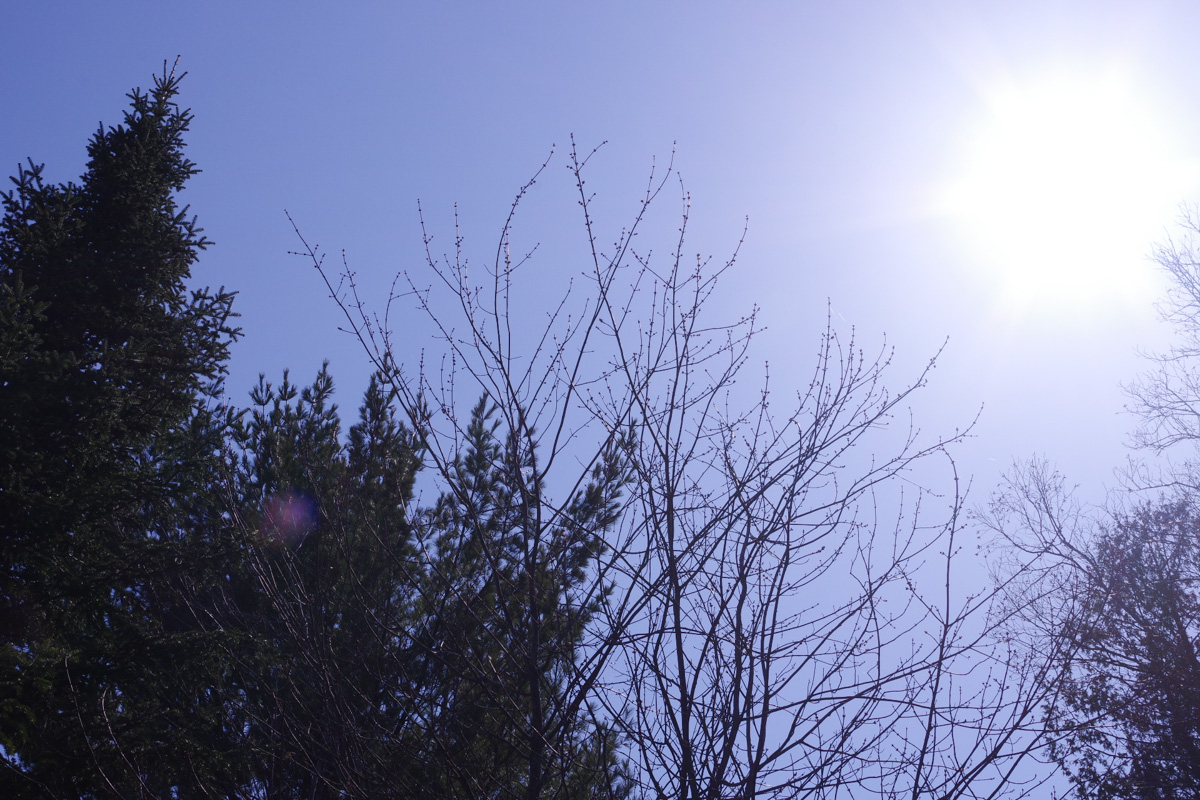 | 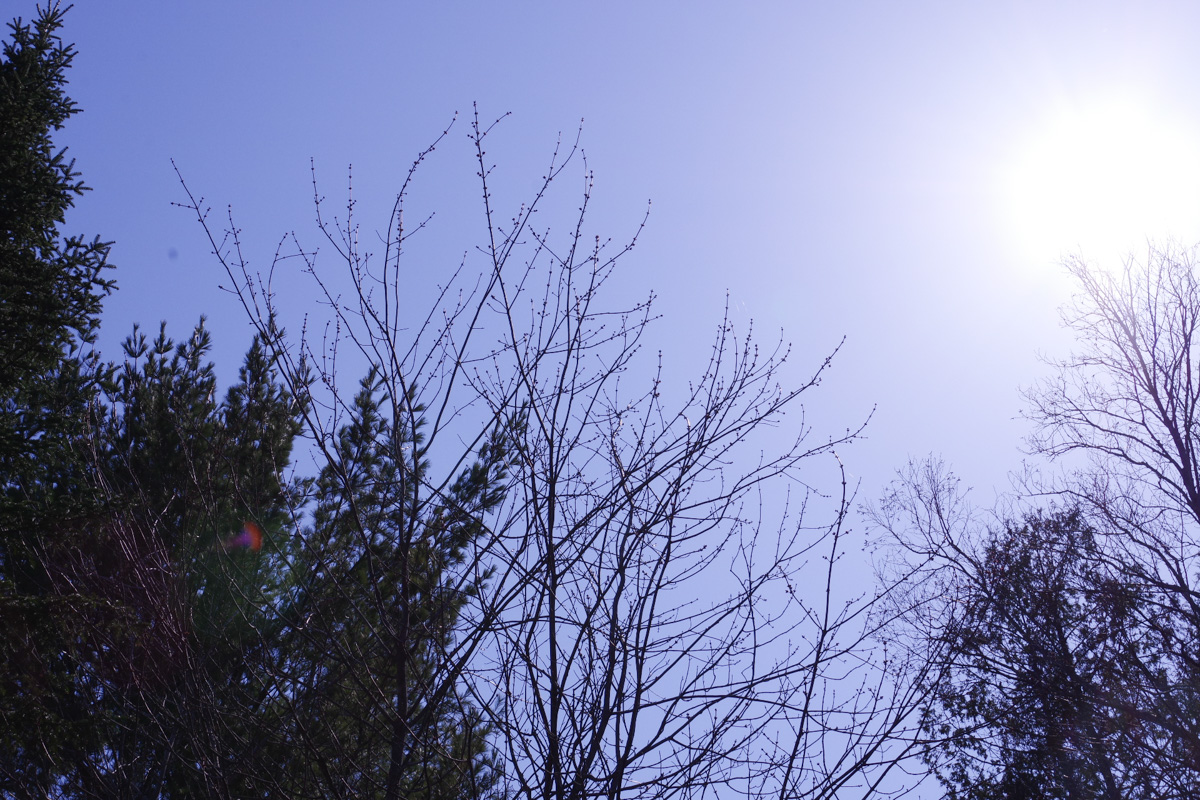 | 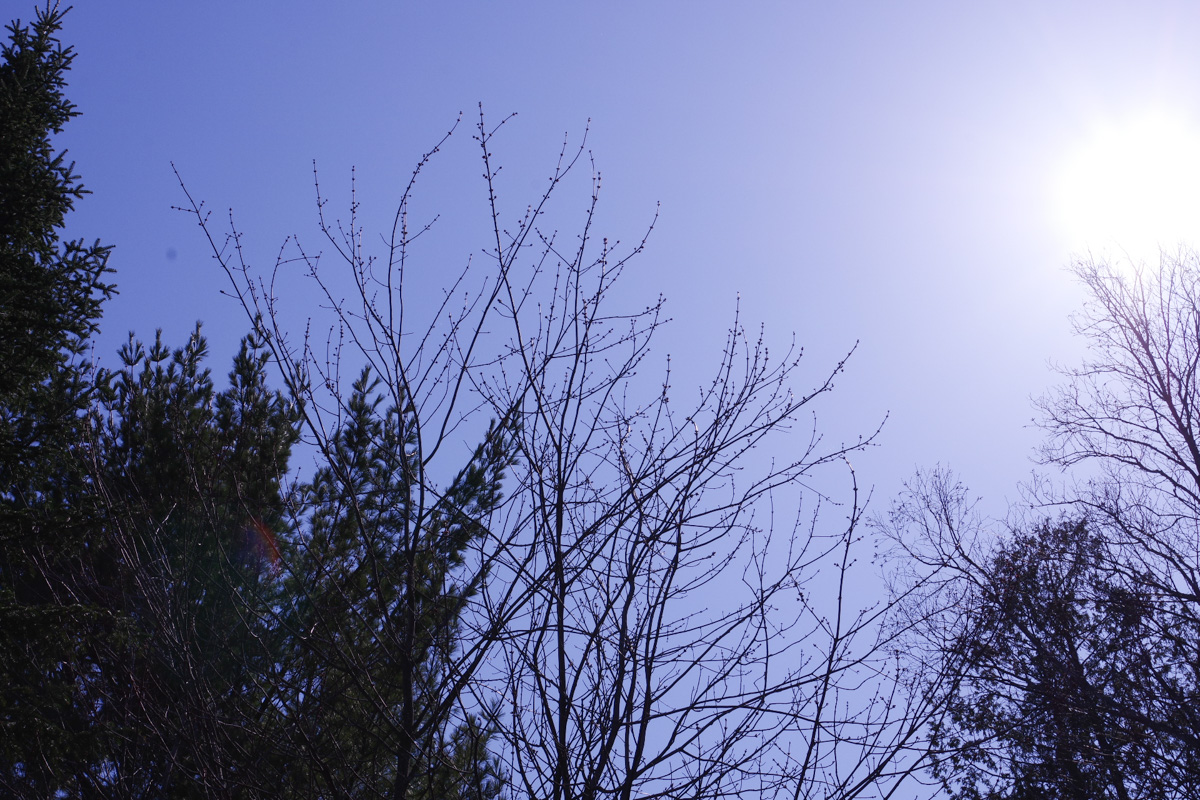 |
| F22 | 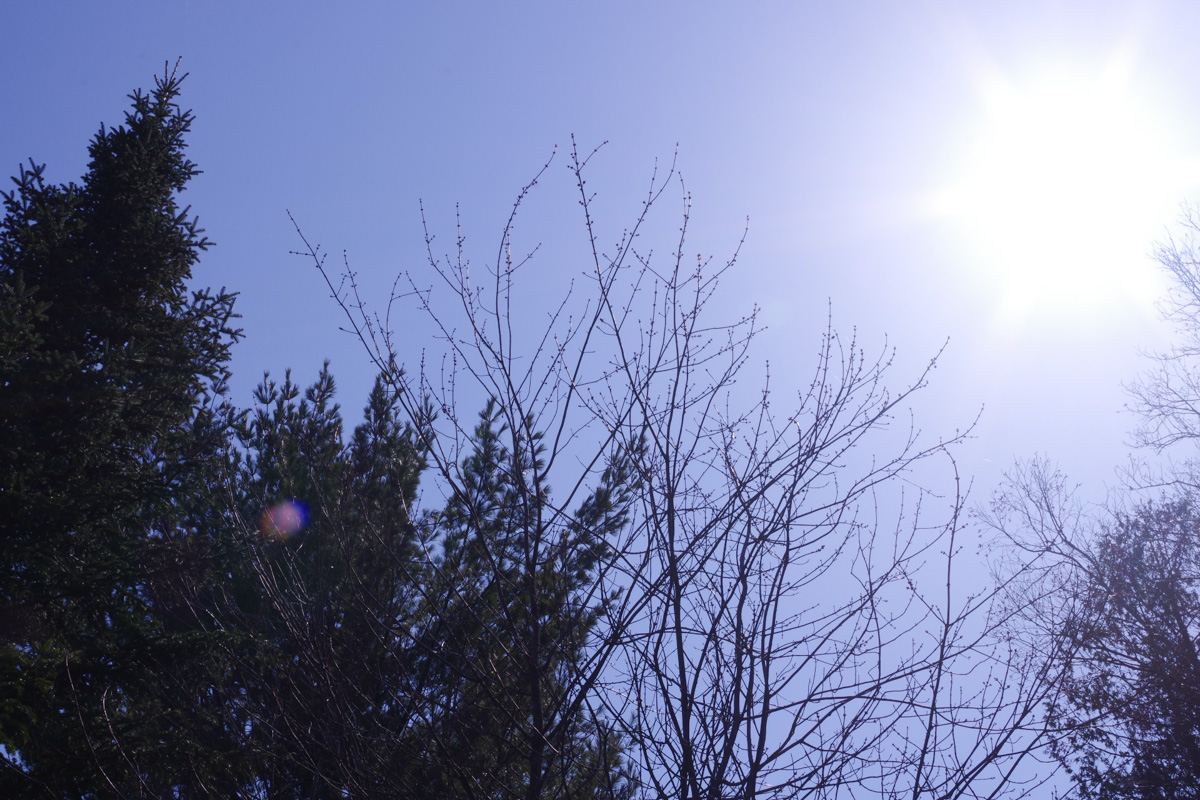 | 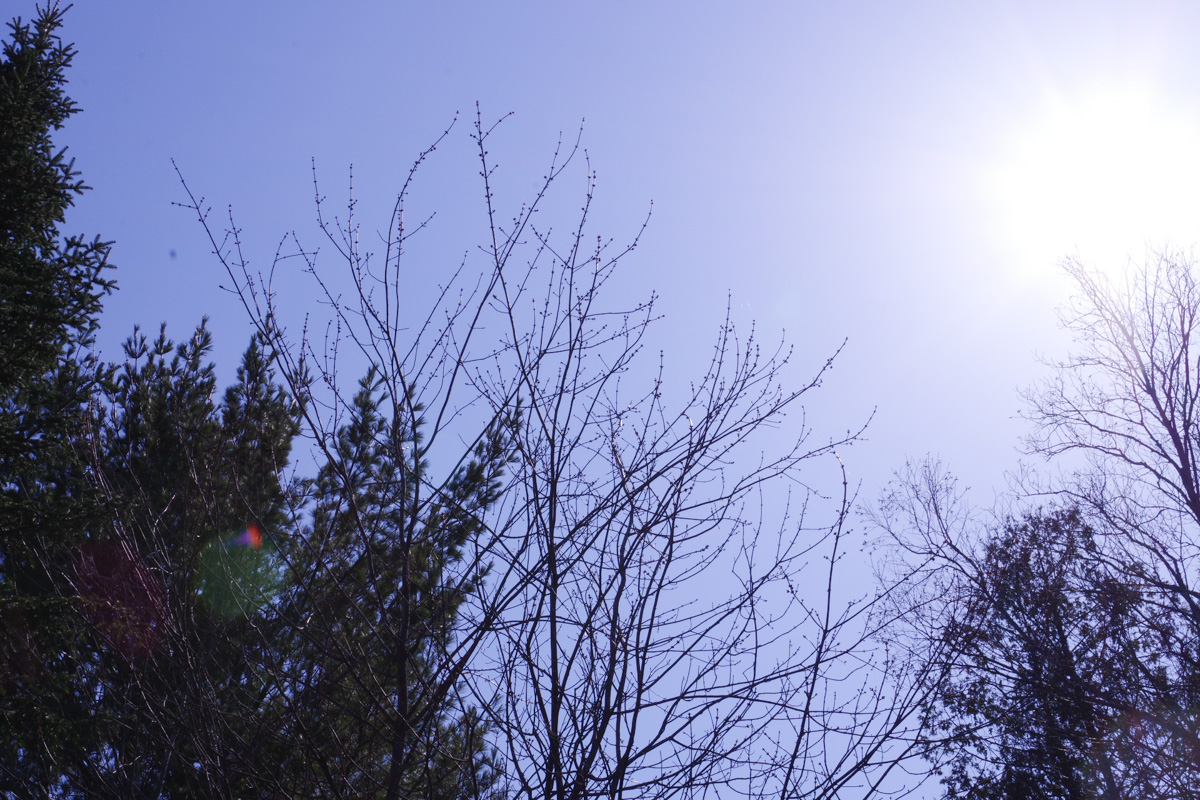 | 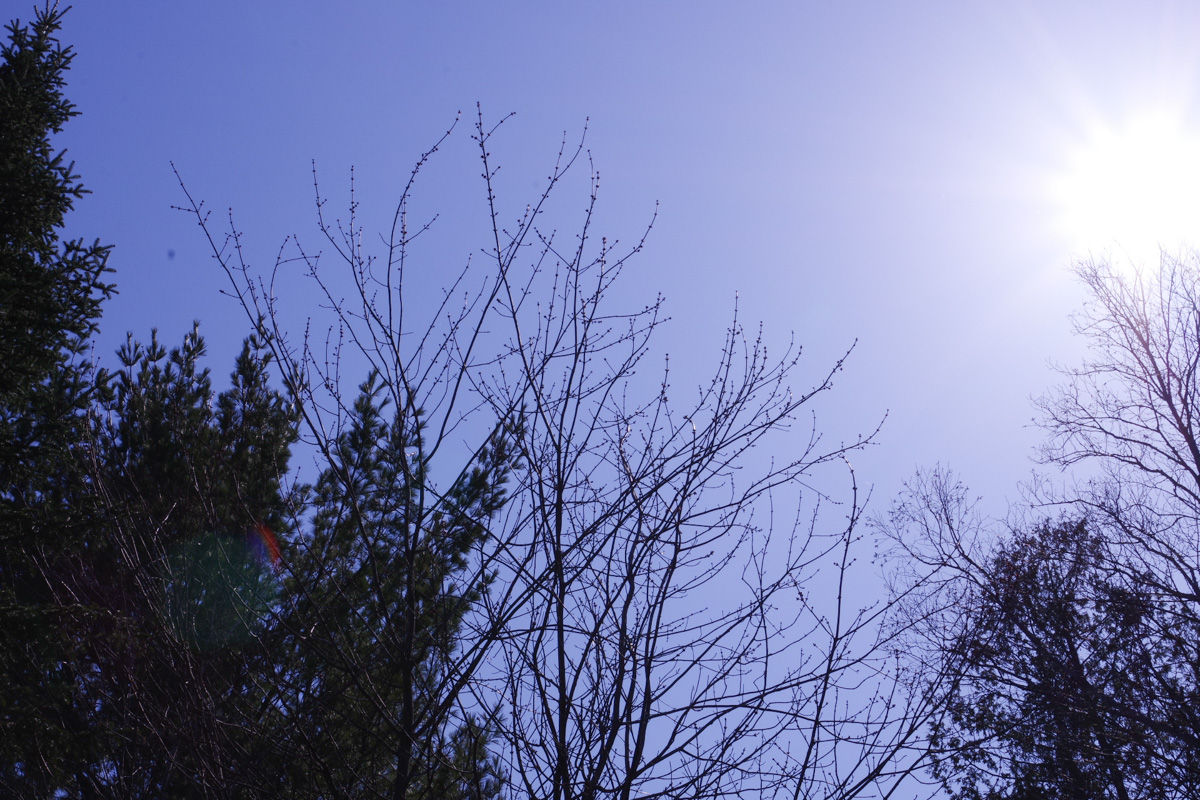 |
The observations made at 18mm still hold true at 35mm. The HD coating gives significantly better results at all apertures, and the 18-55mm performs slightly better than the DA L 18-50mm.
50 or 55mm
| Aperture | DA 18-55mm | DA L 18-50mm | HD 18-50mm |
| F5.6 | 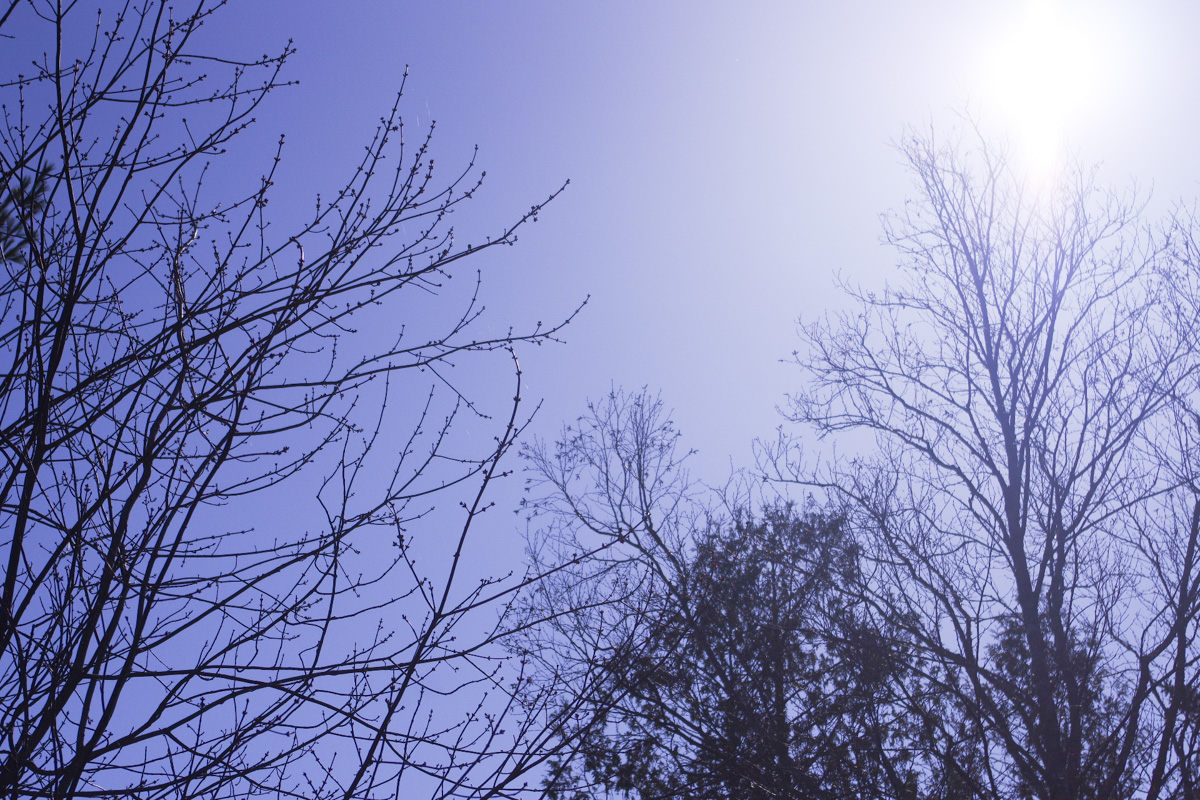 | 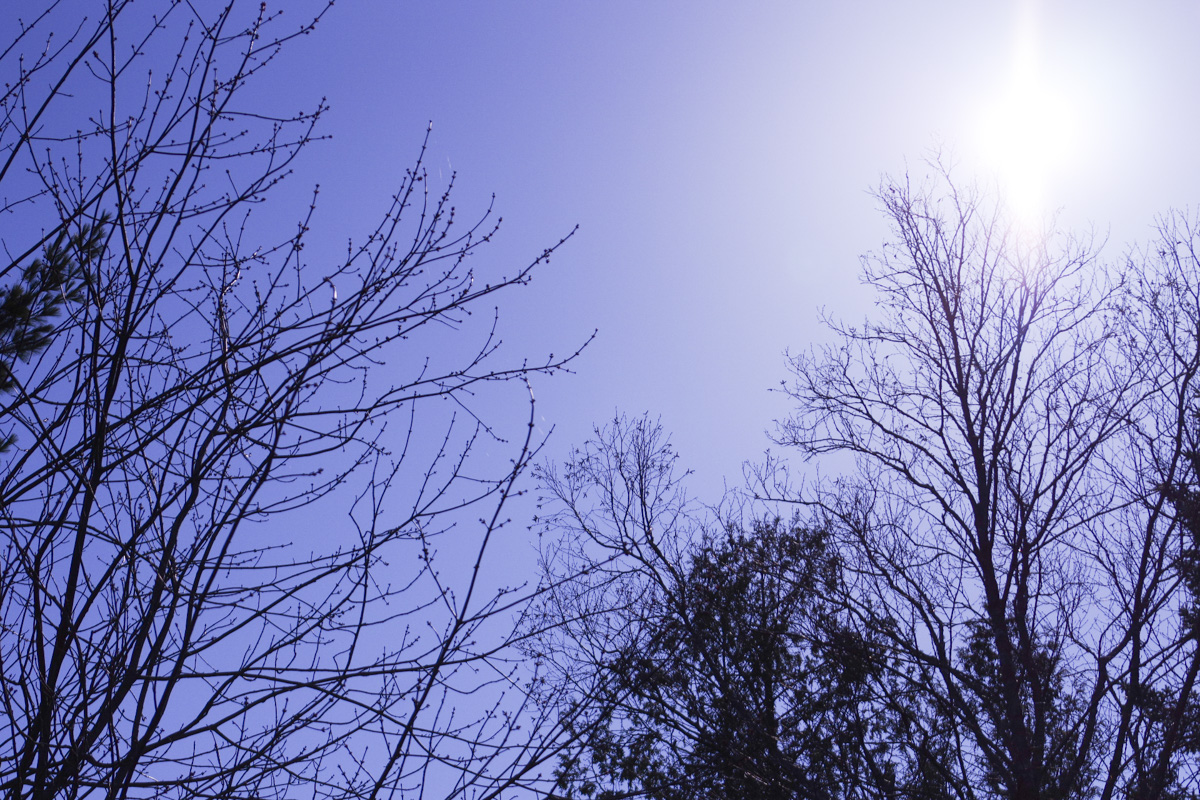 | 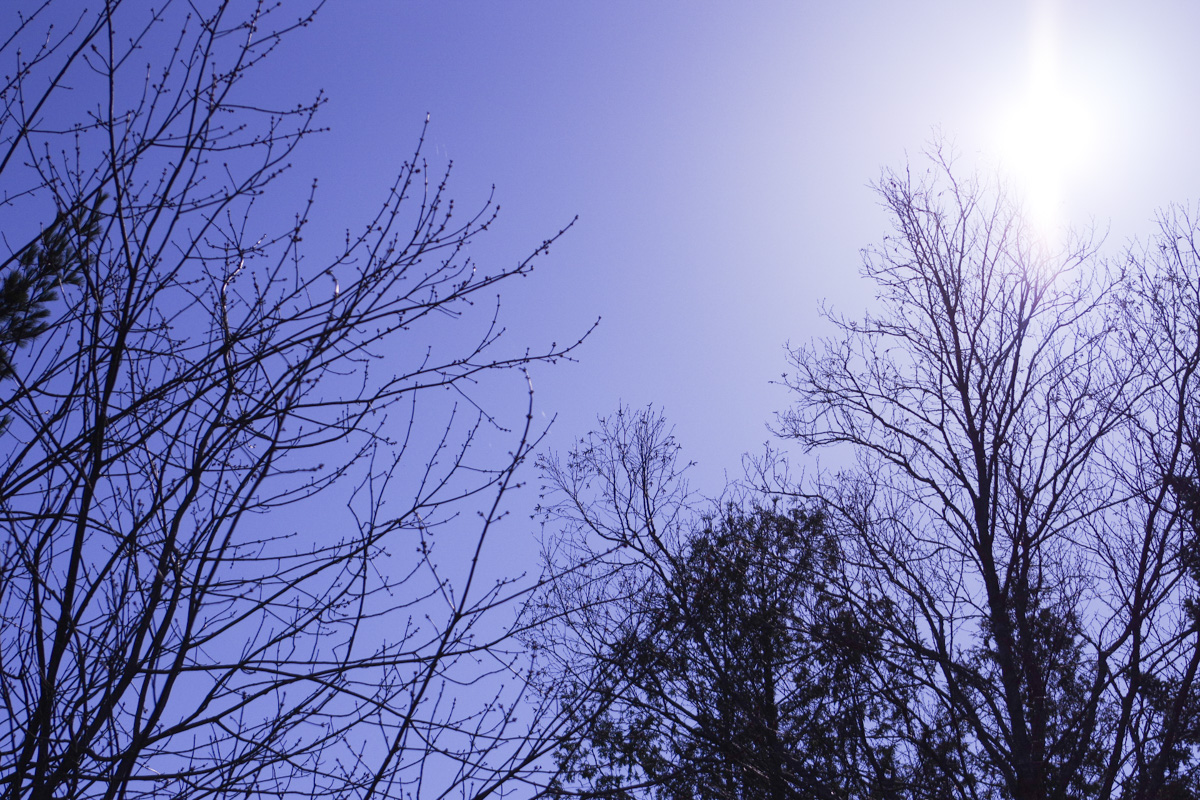 |
| F8 | 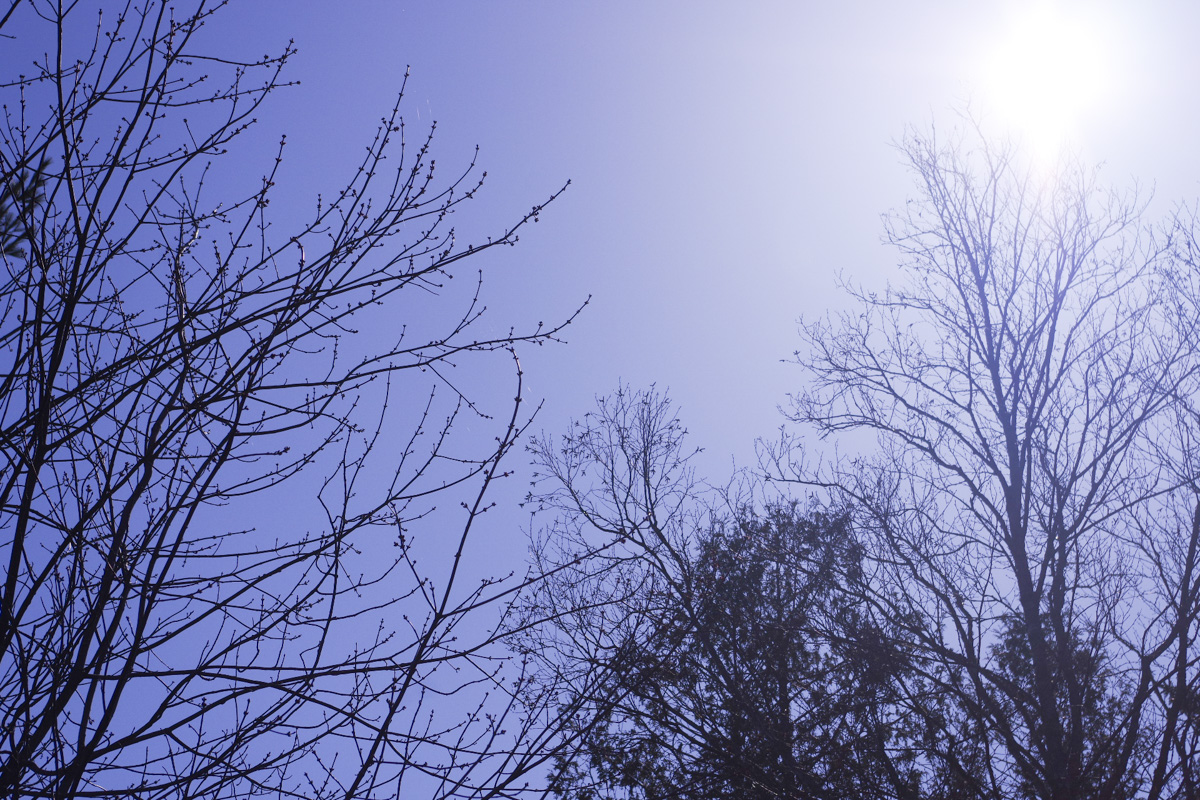 | 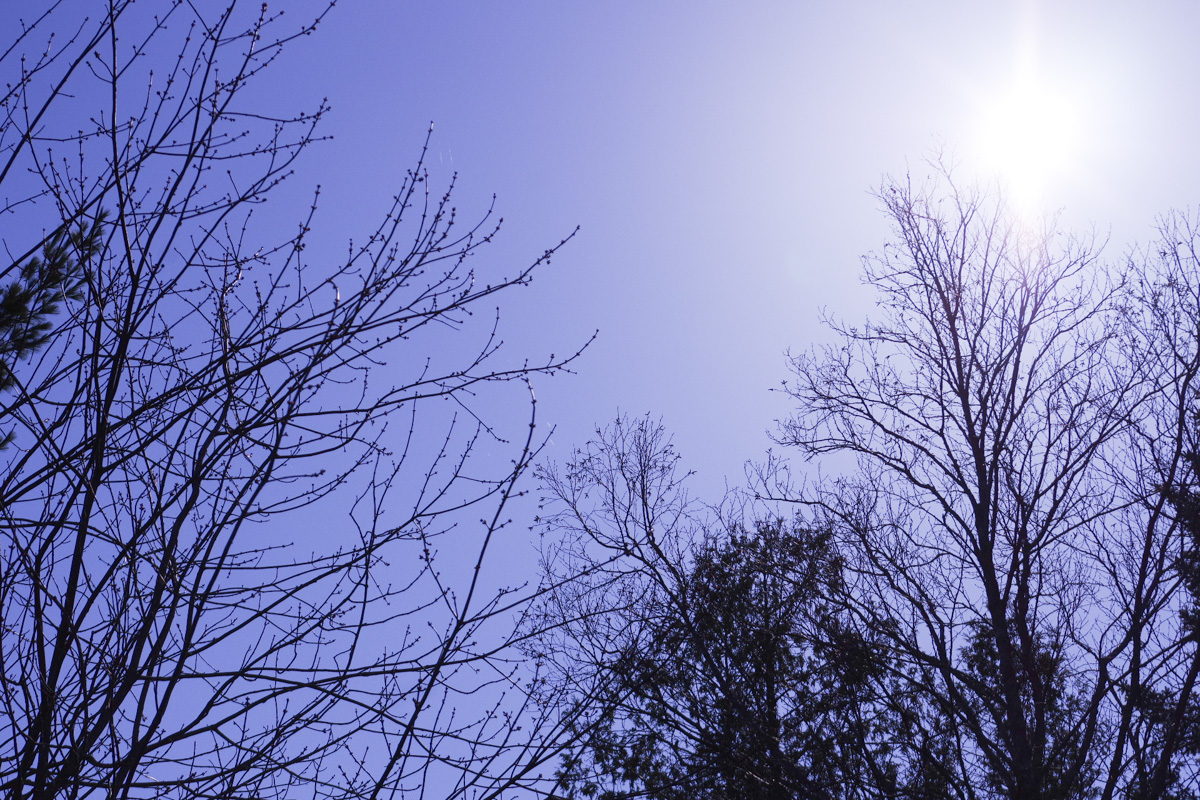 | 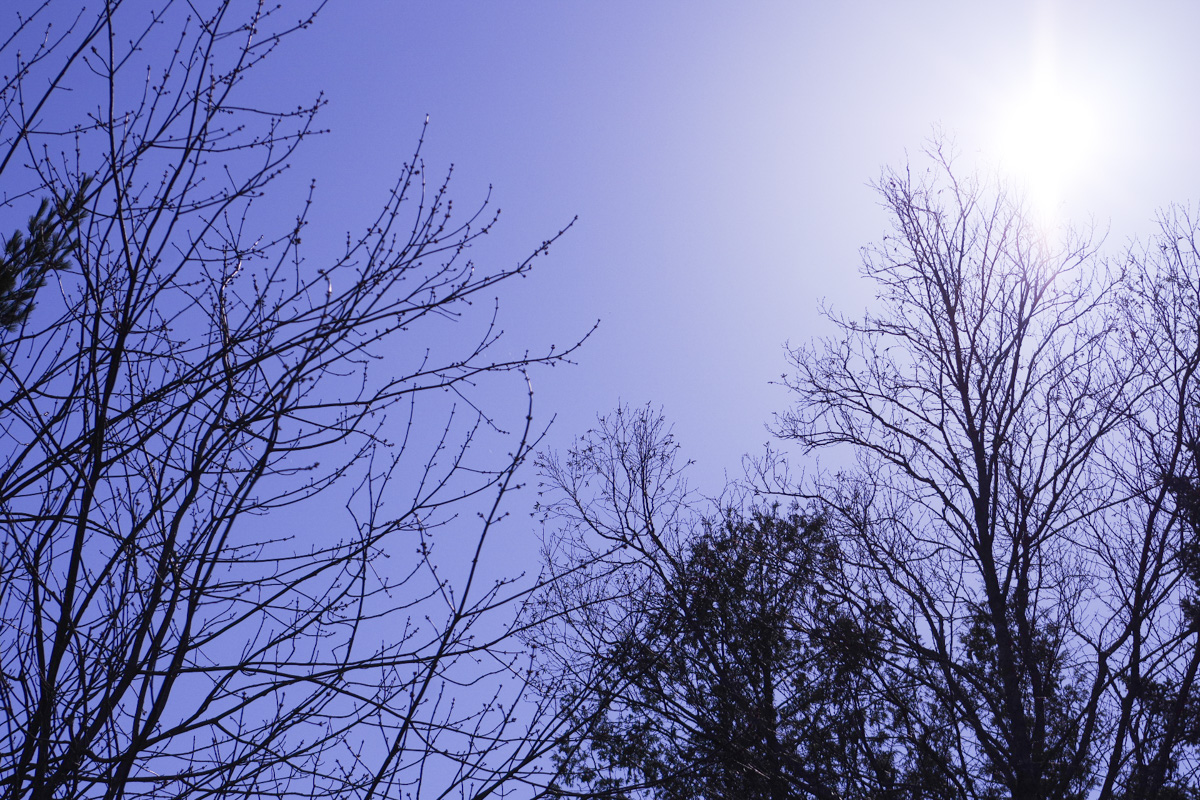 |
| F11 | 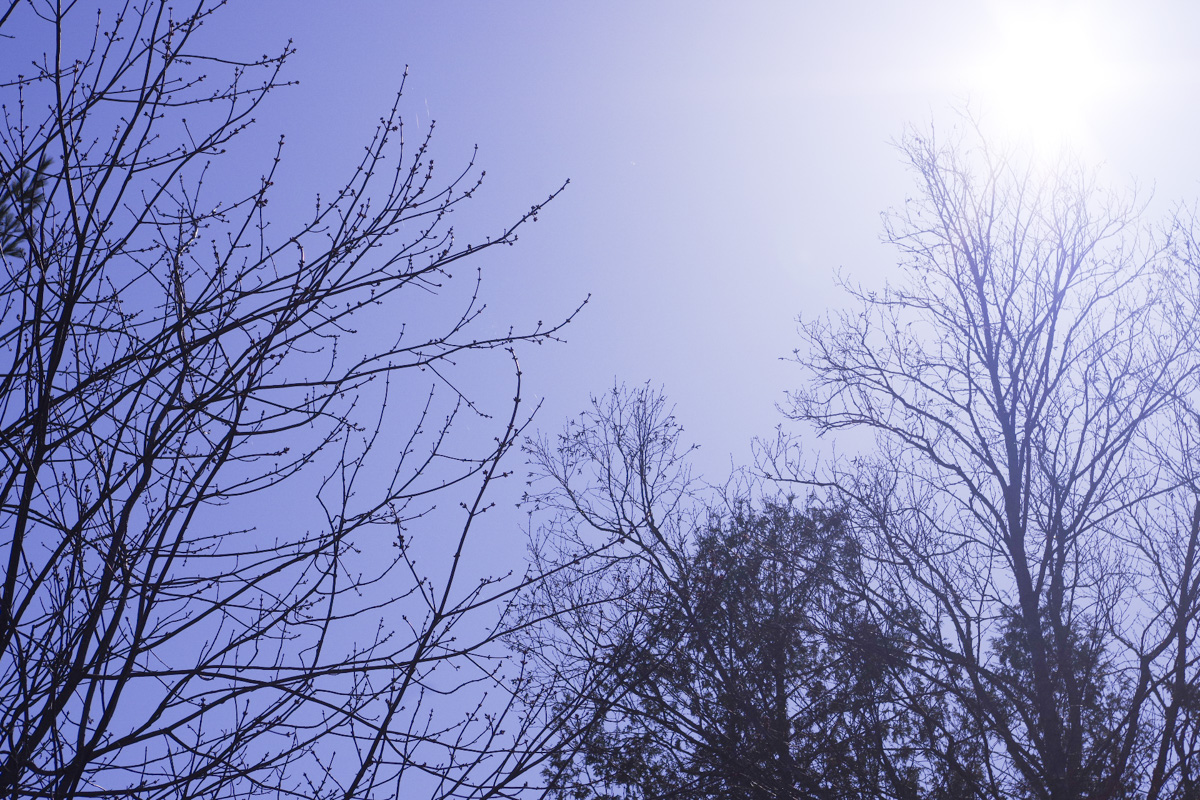 | 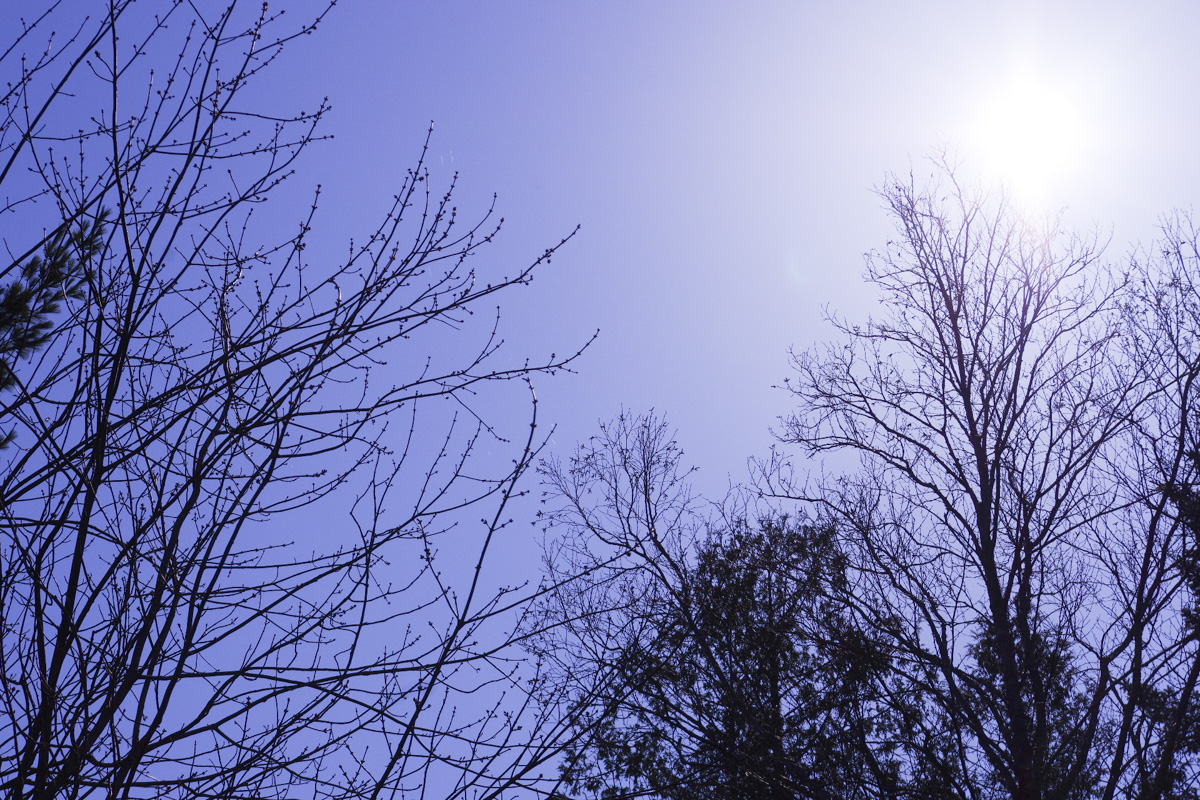 | 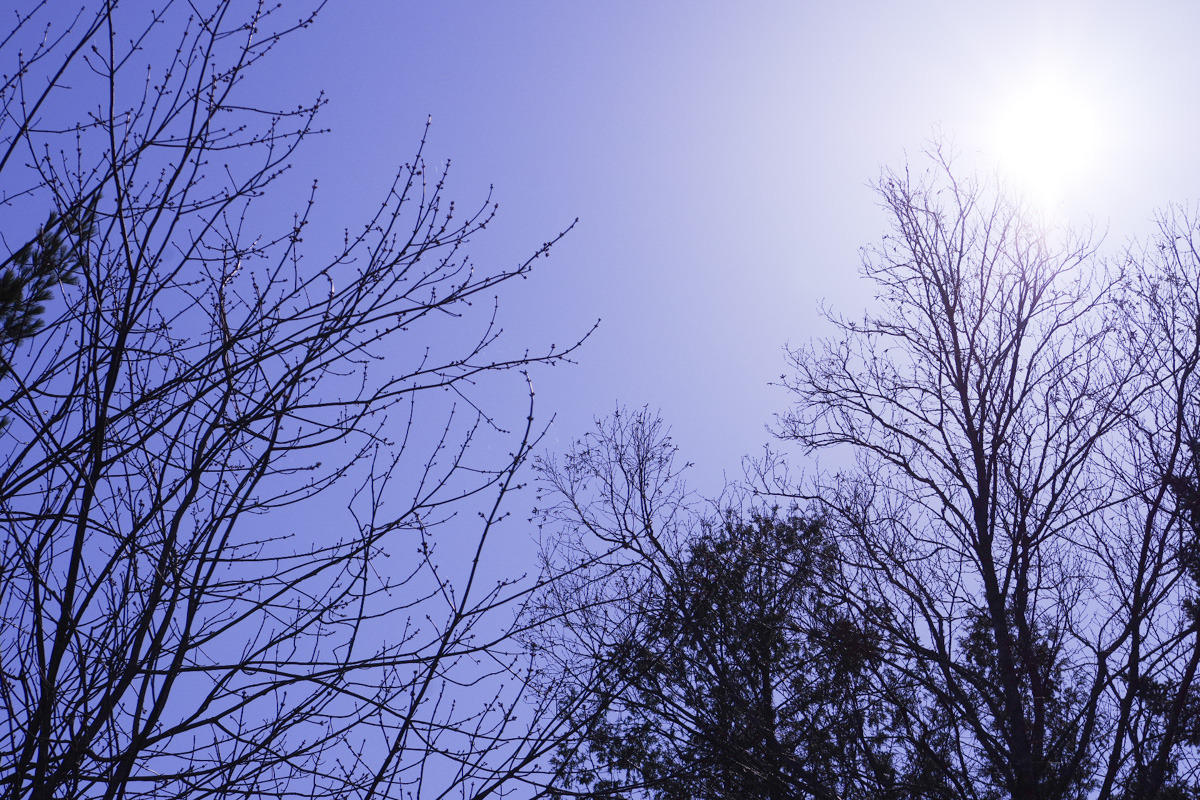 |
| F16 | 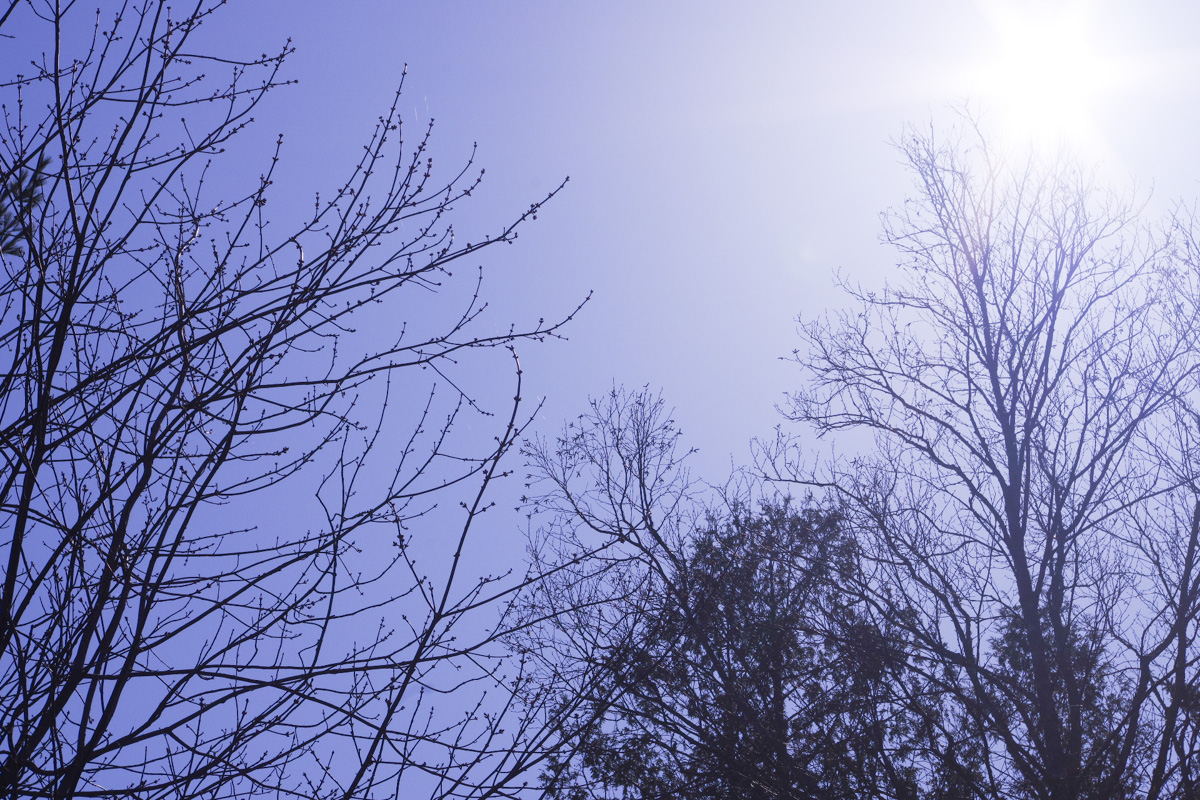 | 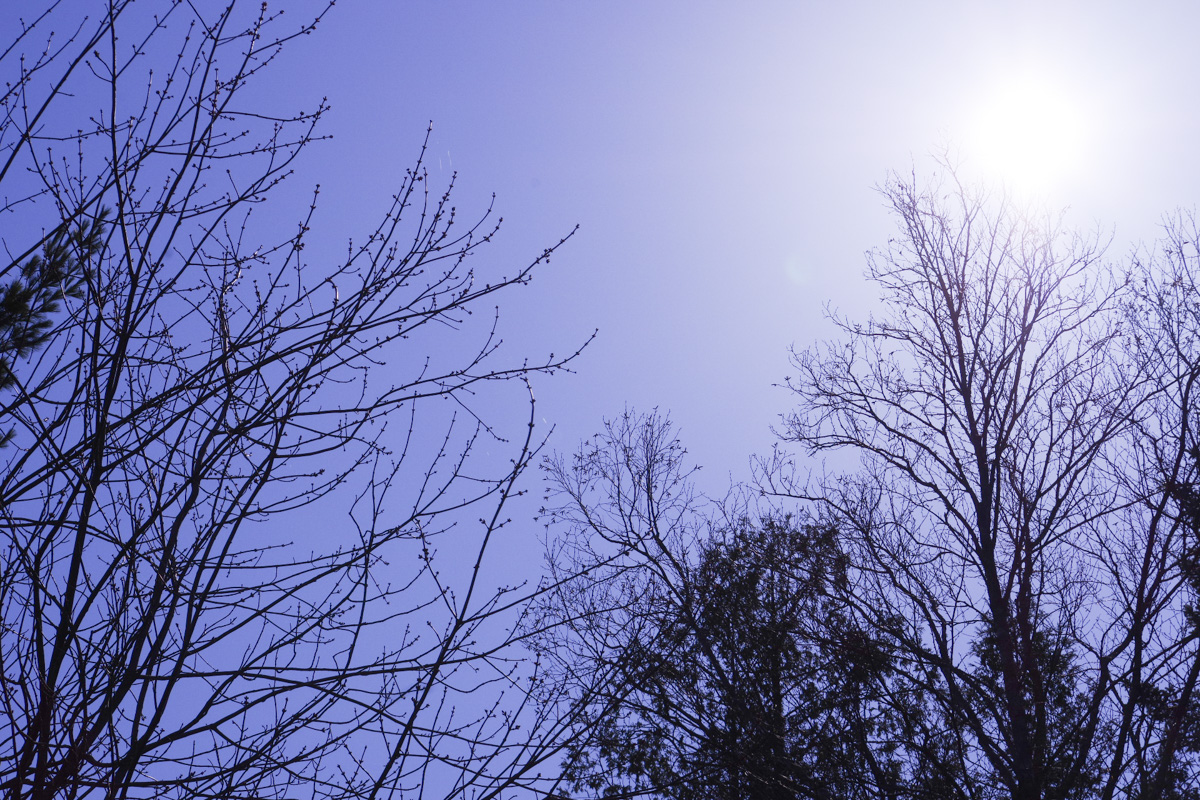 | 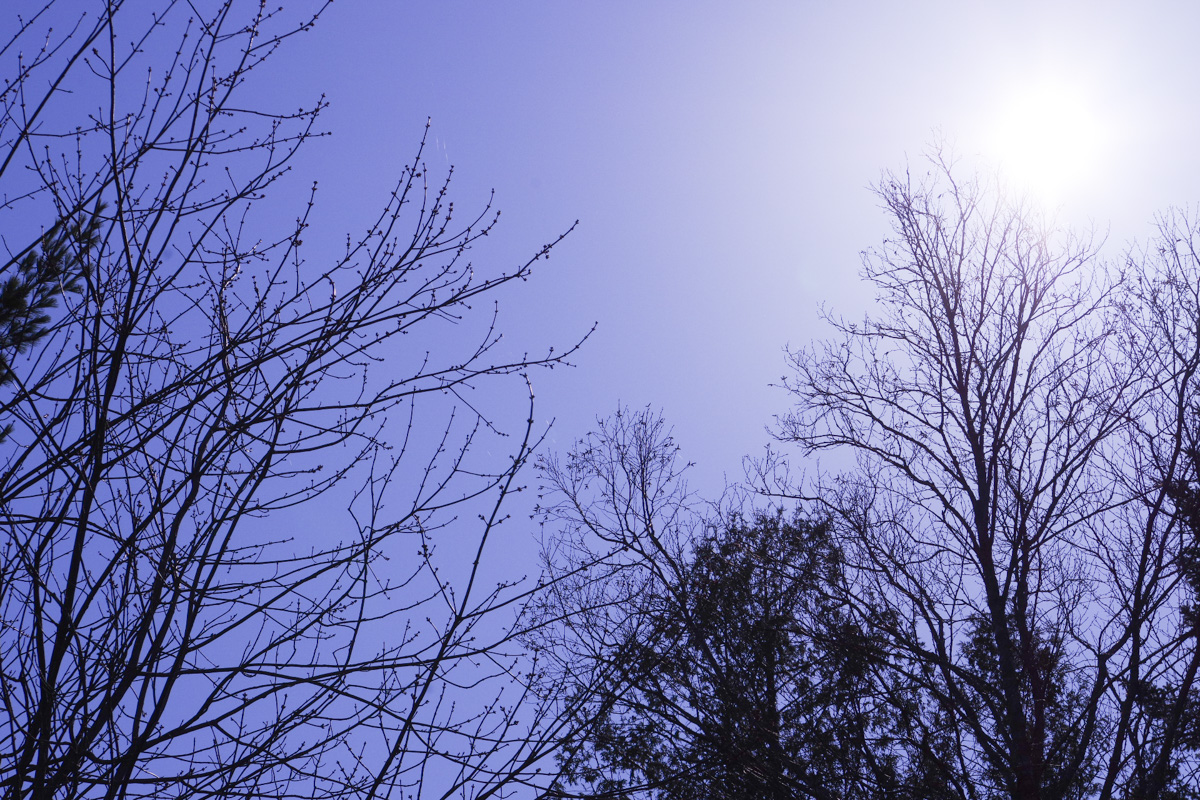 |
| F22 | 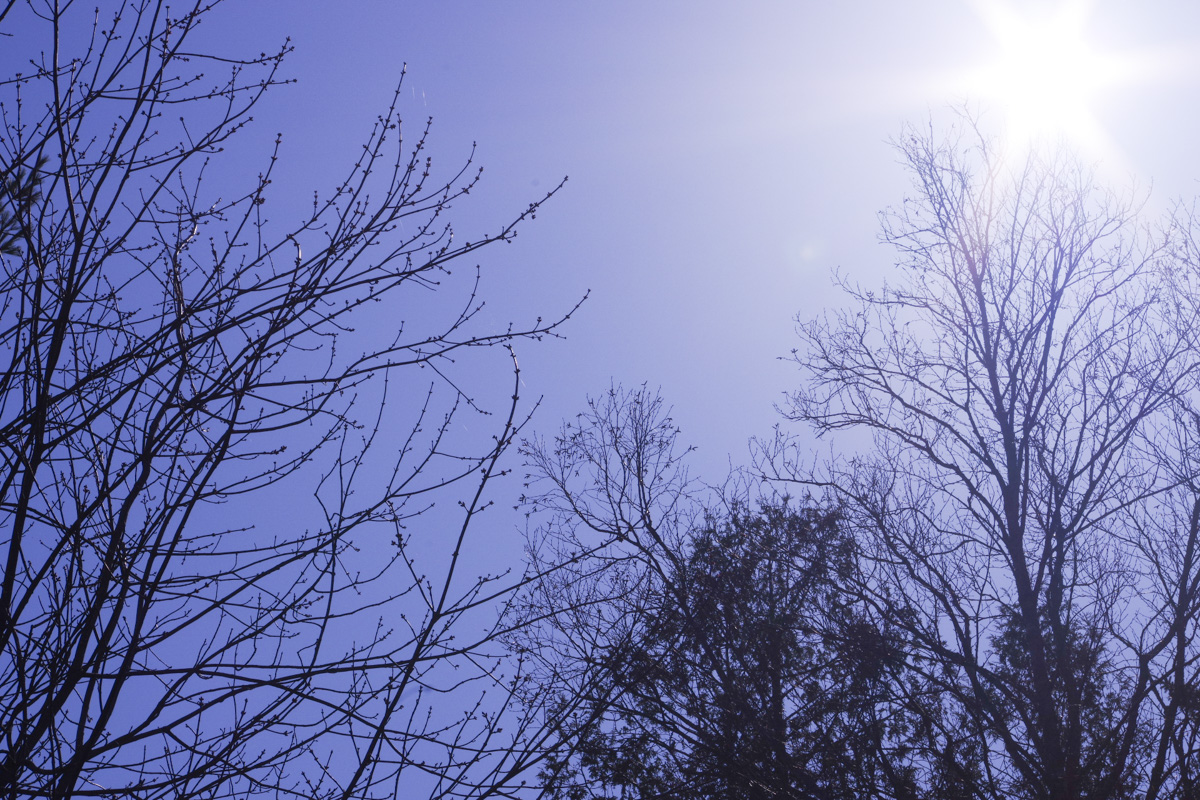 | 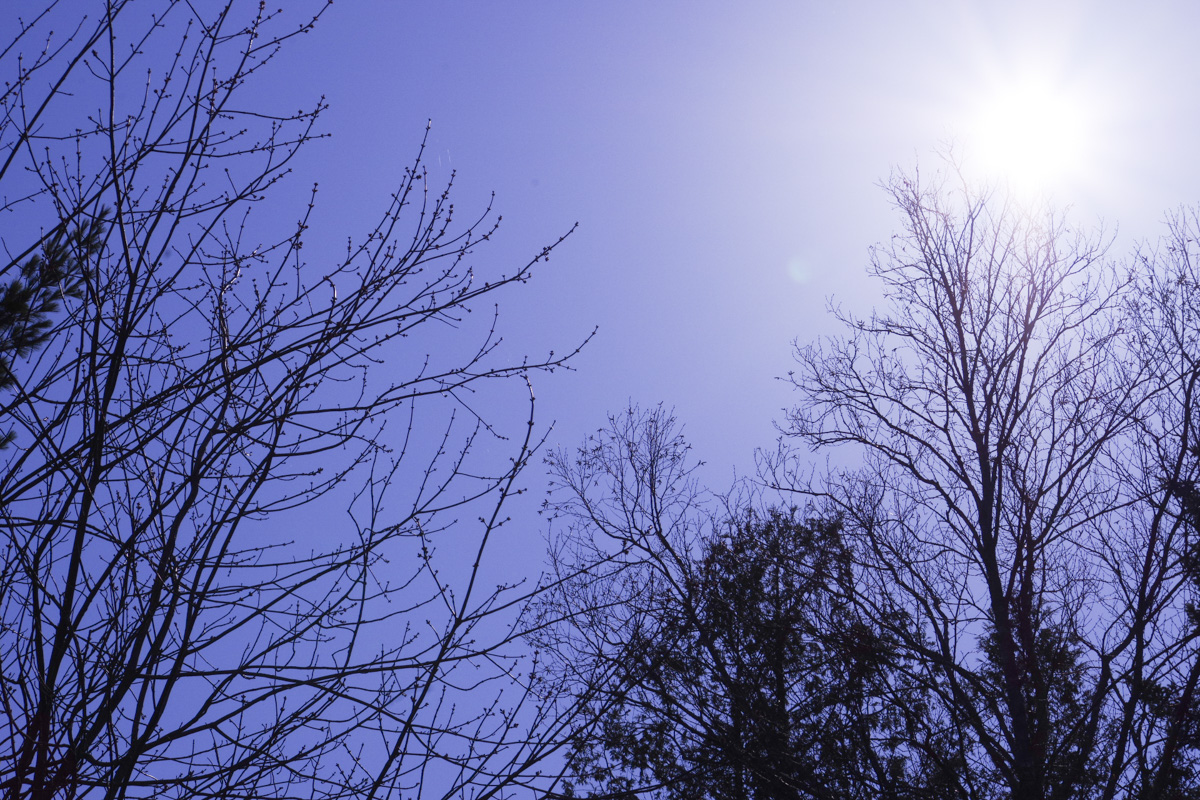 | 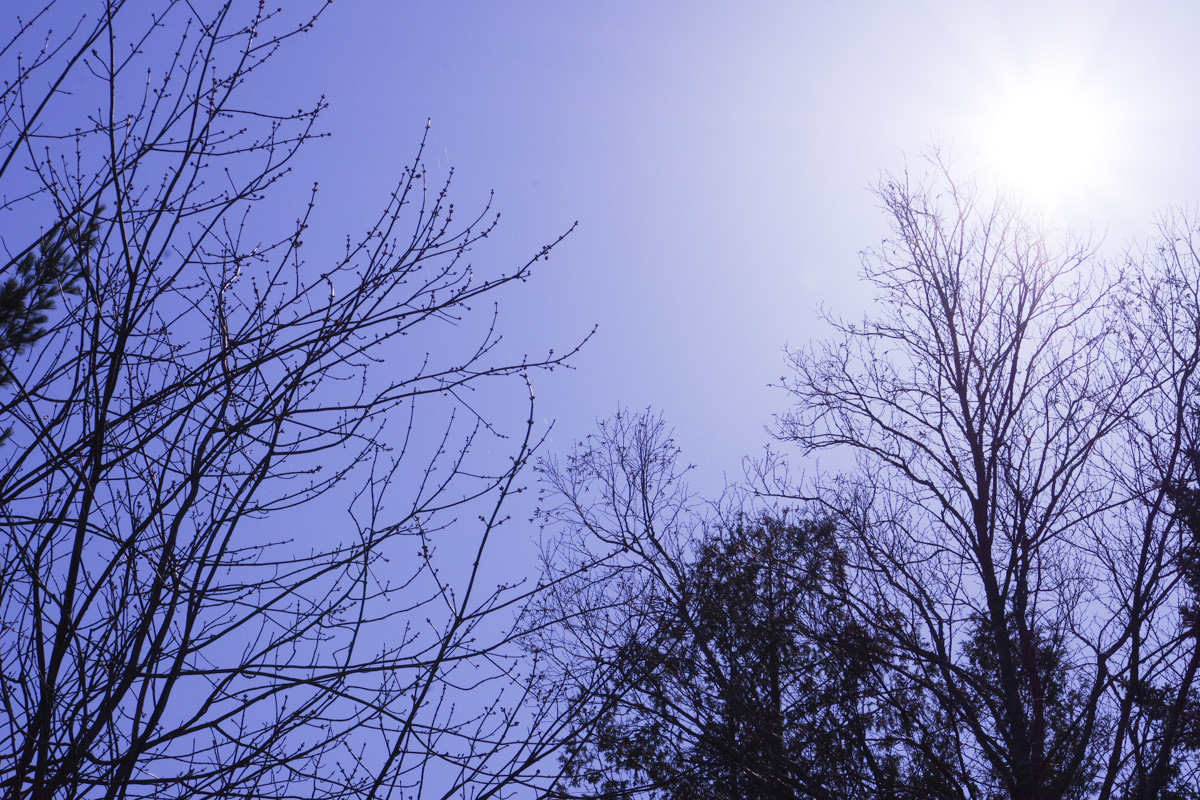 |
At 50-55mm the results are excellent for all three lenses, just like we observed for the centered light source.
Summary
Flare control is very good for the three lenses we tested. Artifacts occur mainly at wider apertures, and are well controlled at narrower apertures. The HD coating is clearly much better at controlling flare, but SMC in itself isn’t really bad. Corner-lit images will probably show flare in many situations when a hood isn't in use.
Flare Test Three- Edge of Frame with hood
We now look to see if the presence of a hood improves the performance. We used the HD lens' hood for the DA L.
18mm
| Aperture | DA 18-55mm | DA L 18-50mm | HD 18-50mm |
| F3.5 | 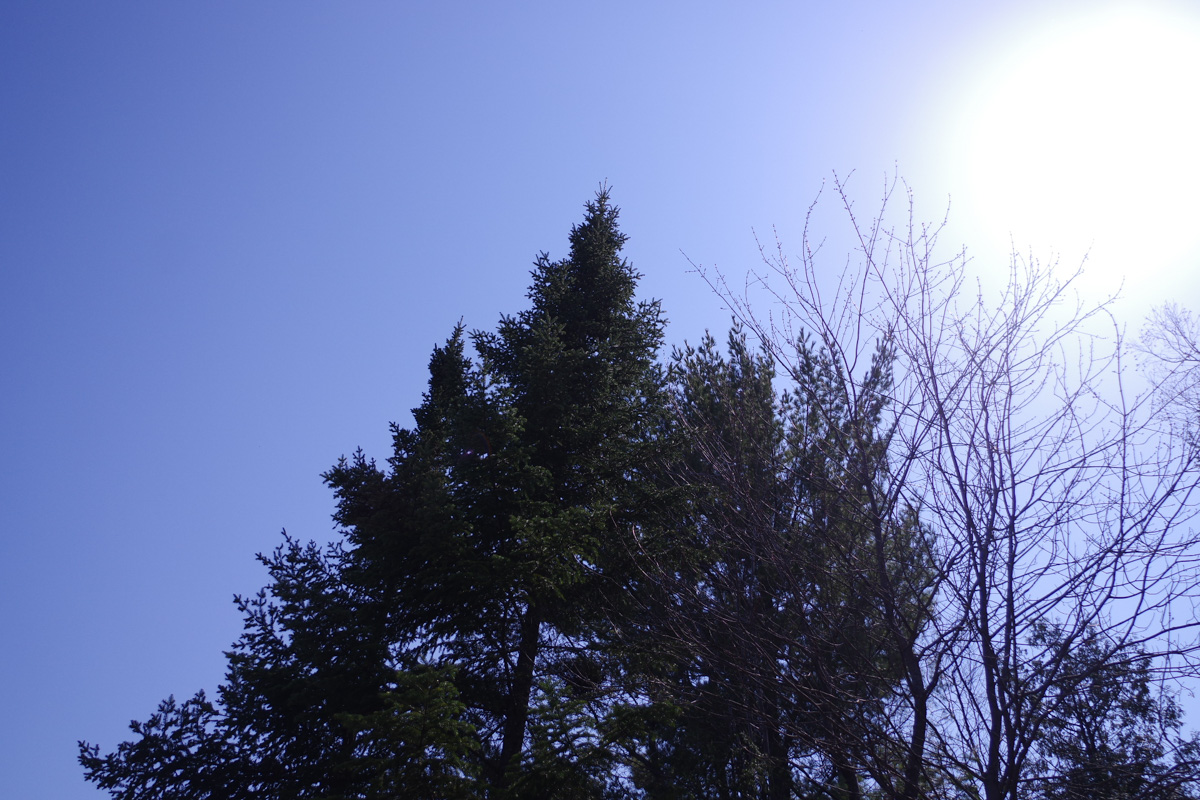 | ||
| F4 | 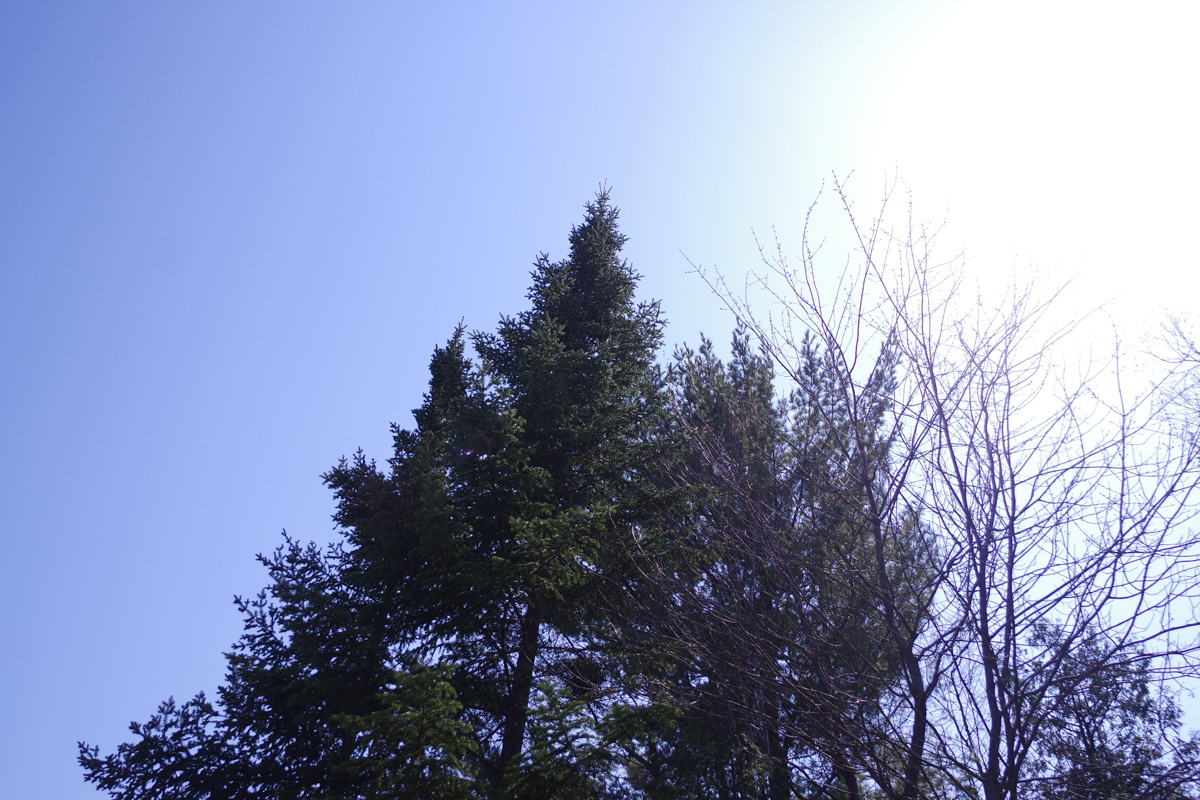 | 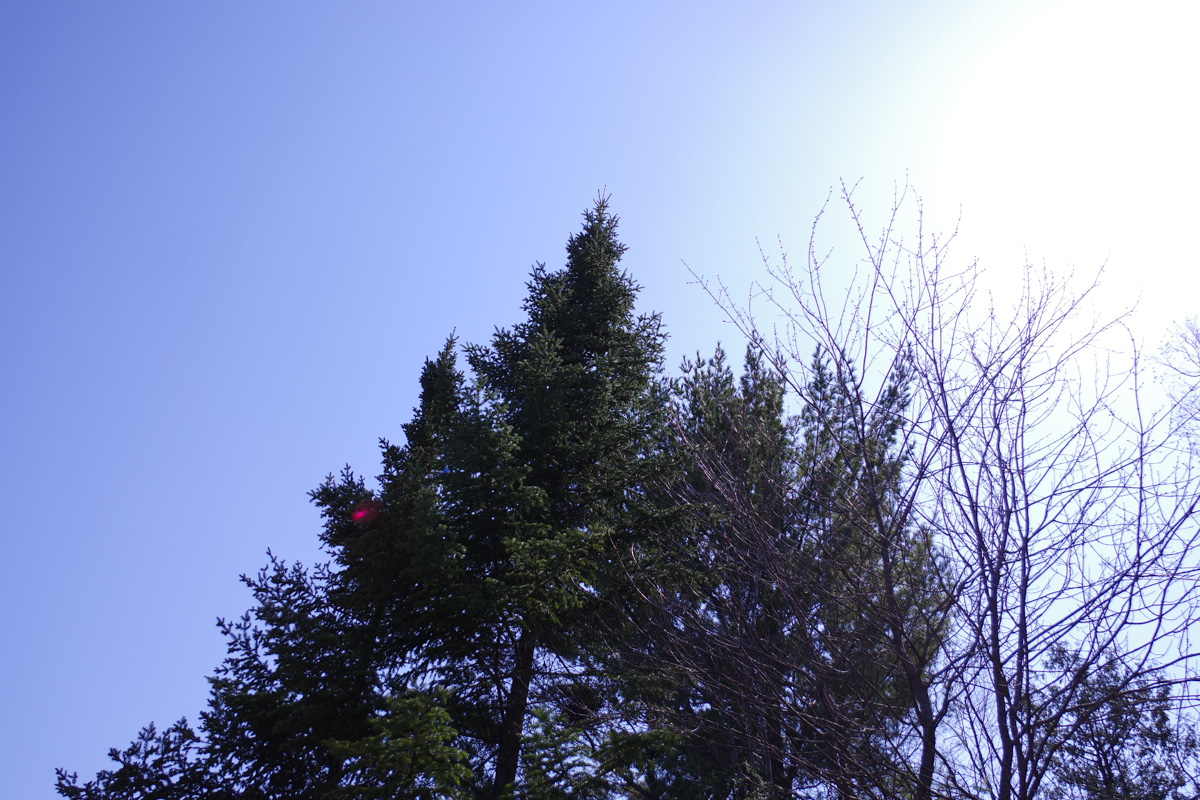 | 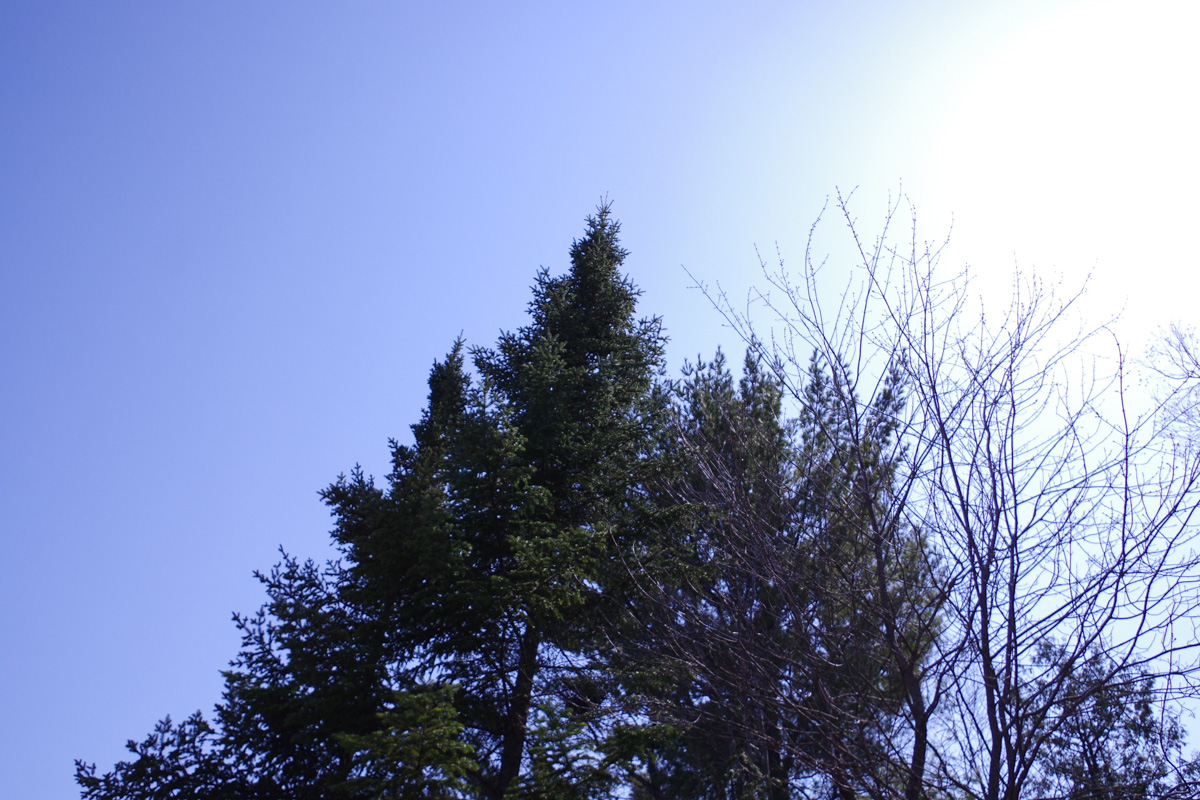 |
| F5.6 | 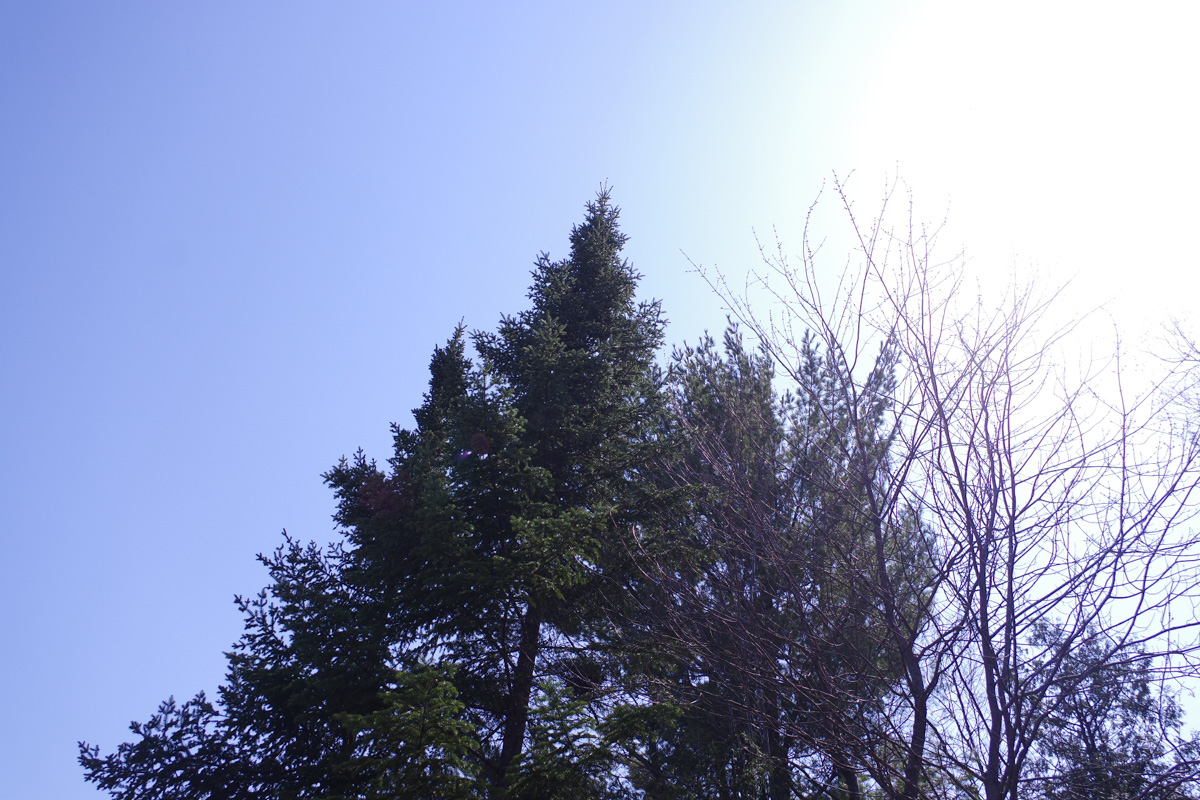 | 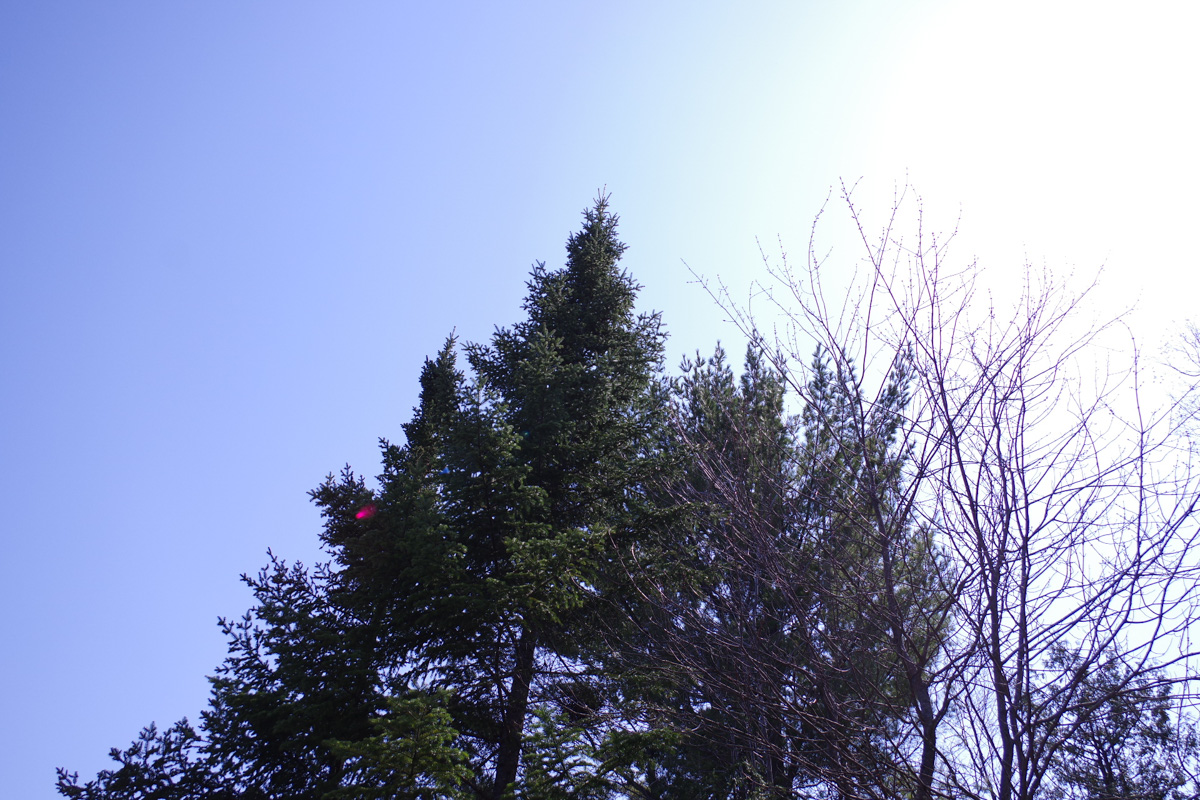 | 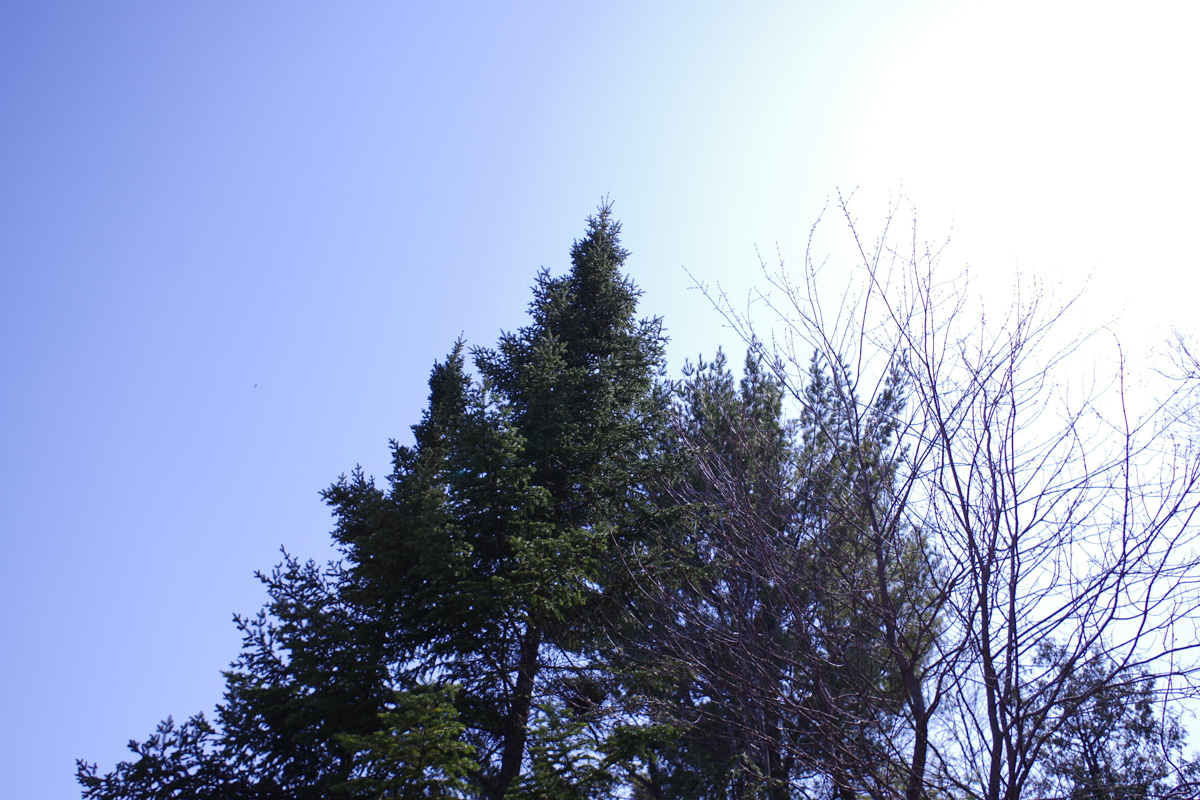 |
| F8 | 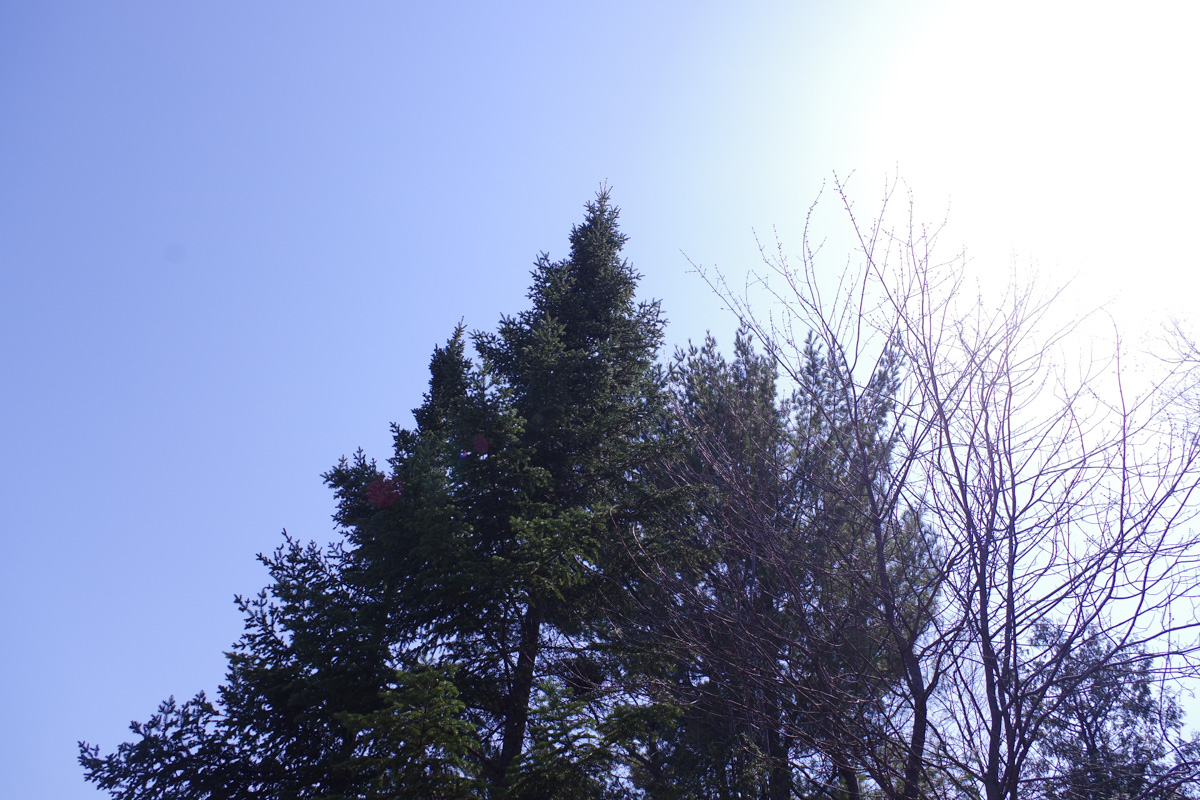 | 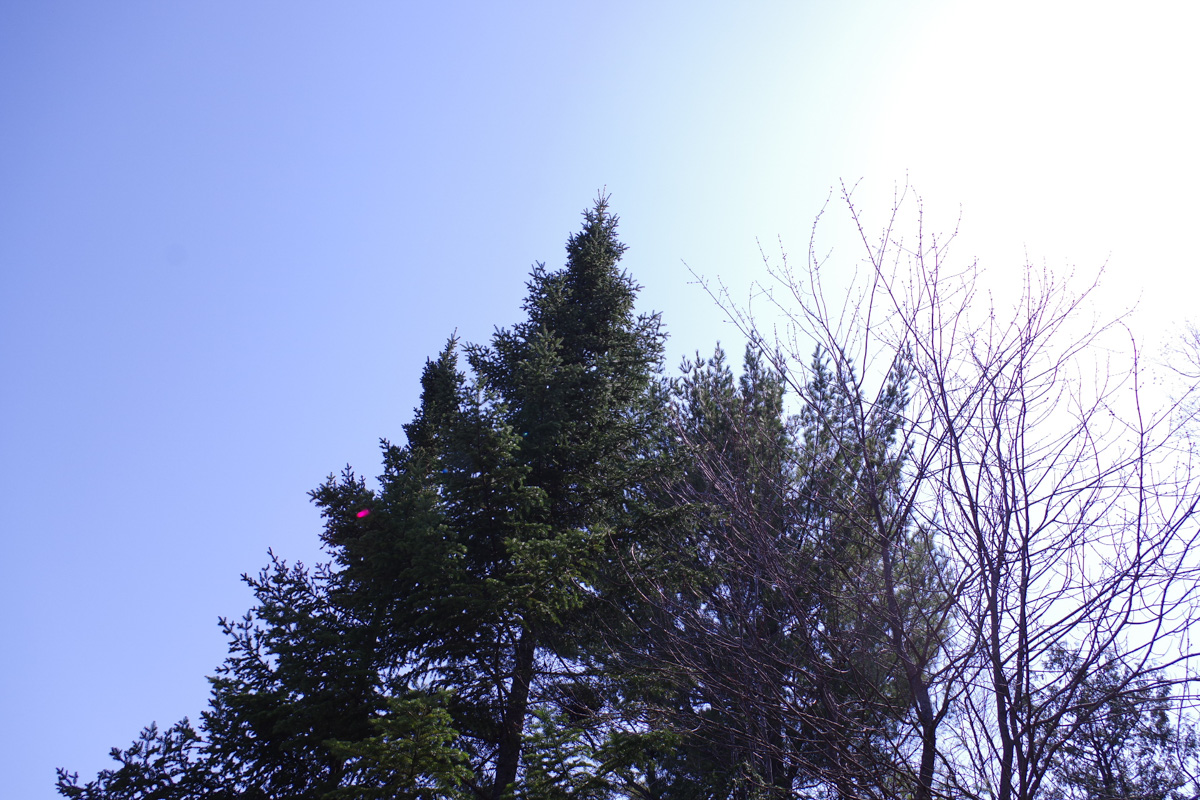 | 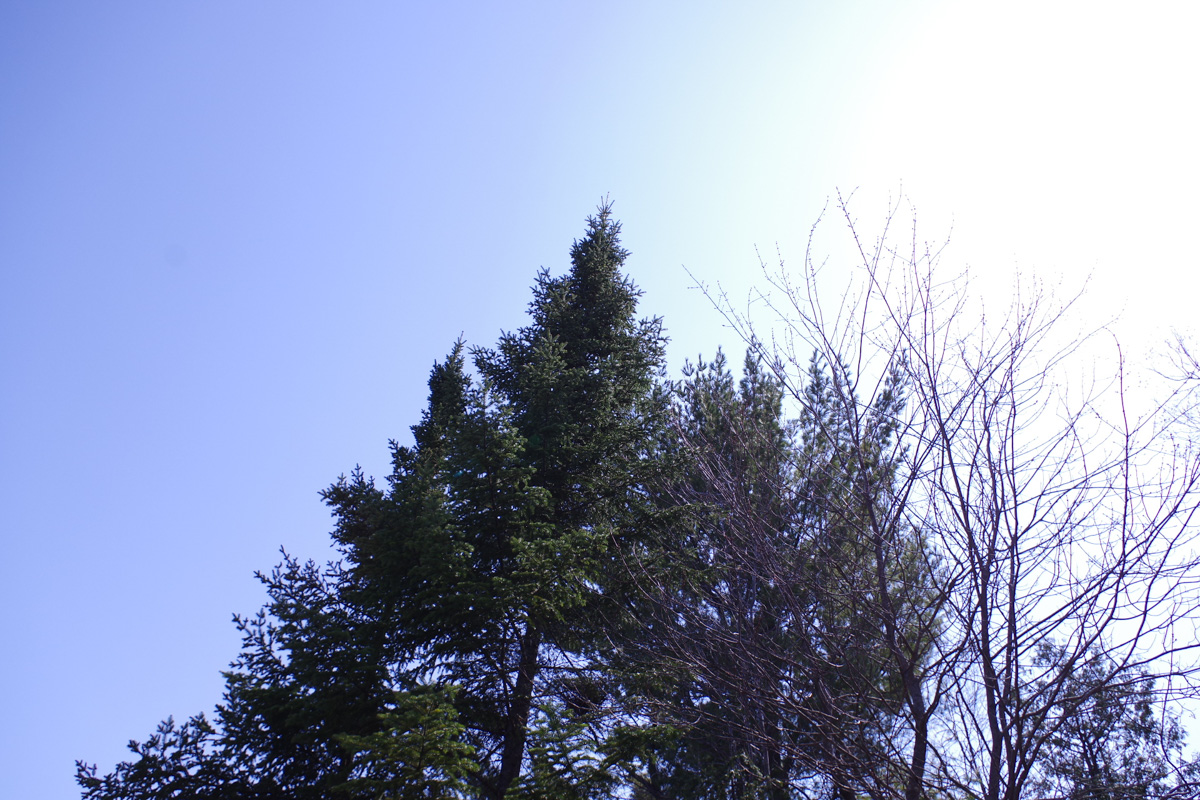 |
| F11 | 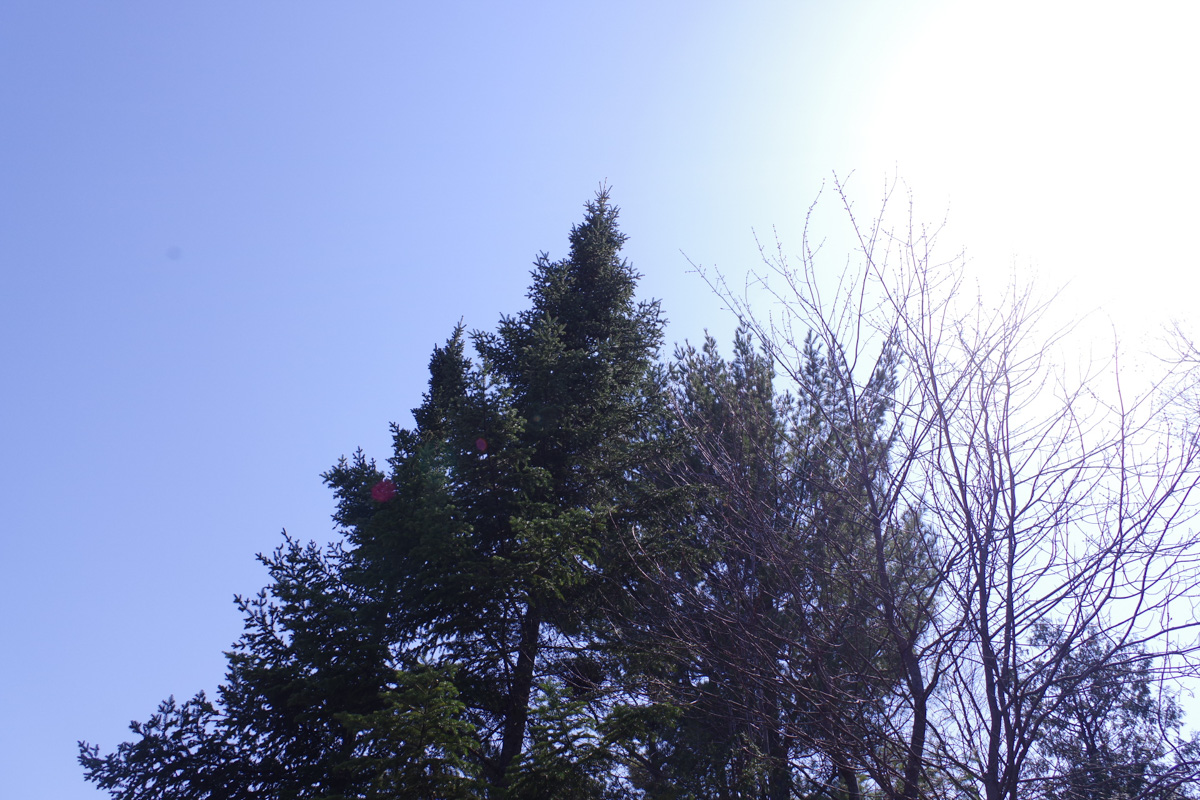 | 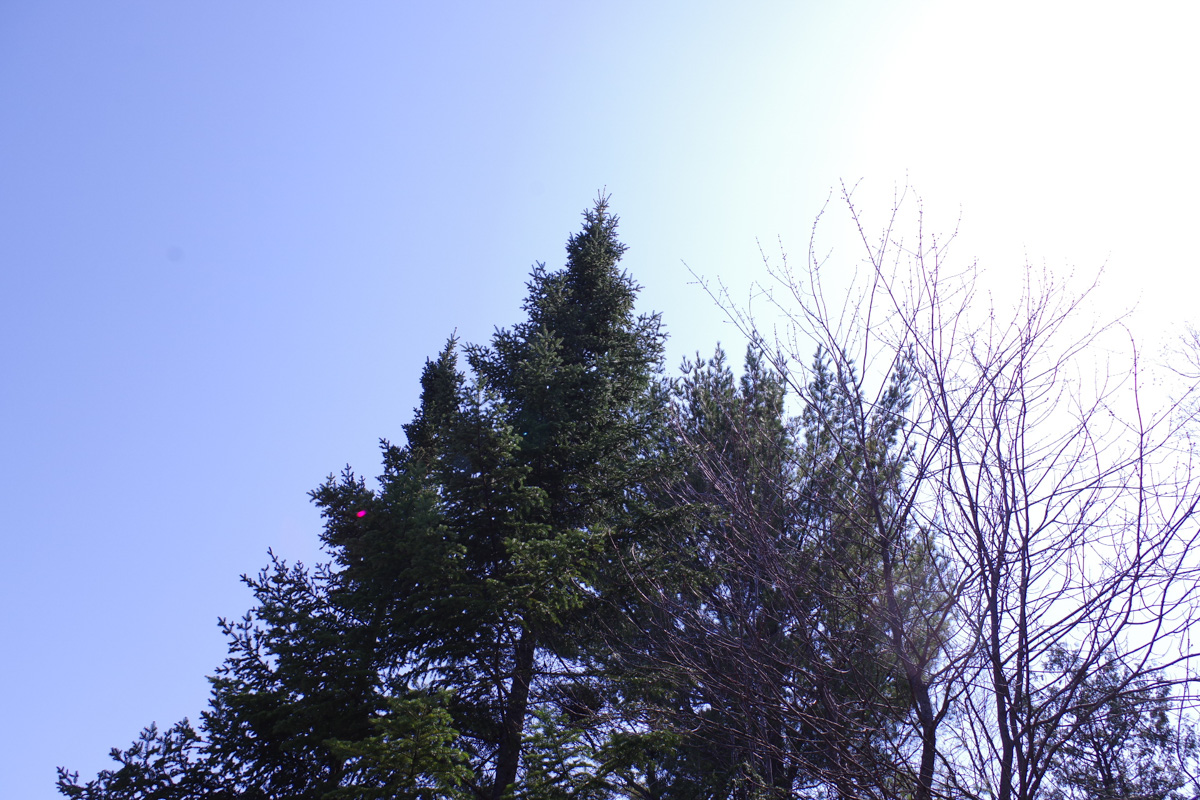 | 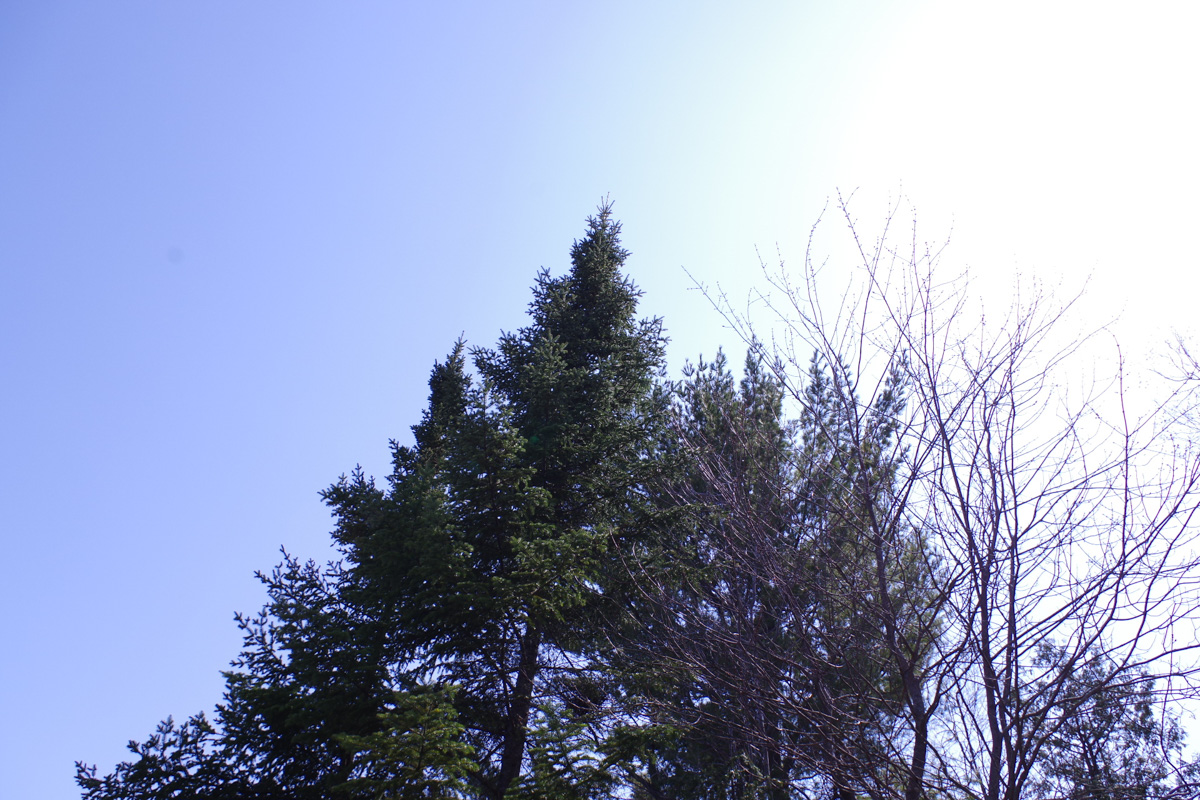 |
| F16 | 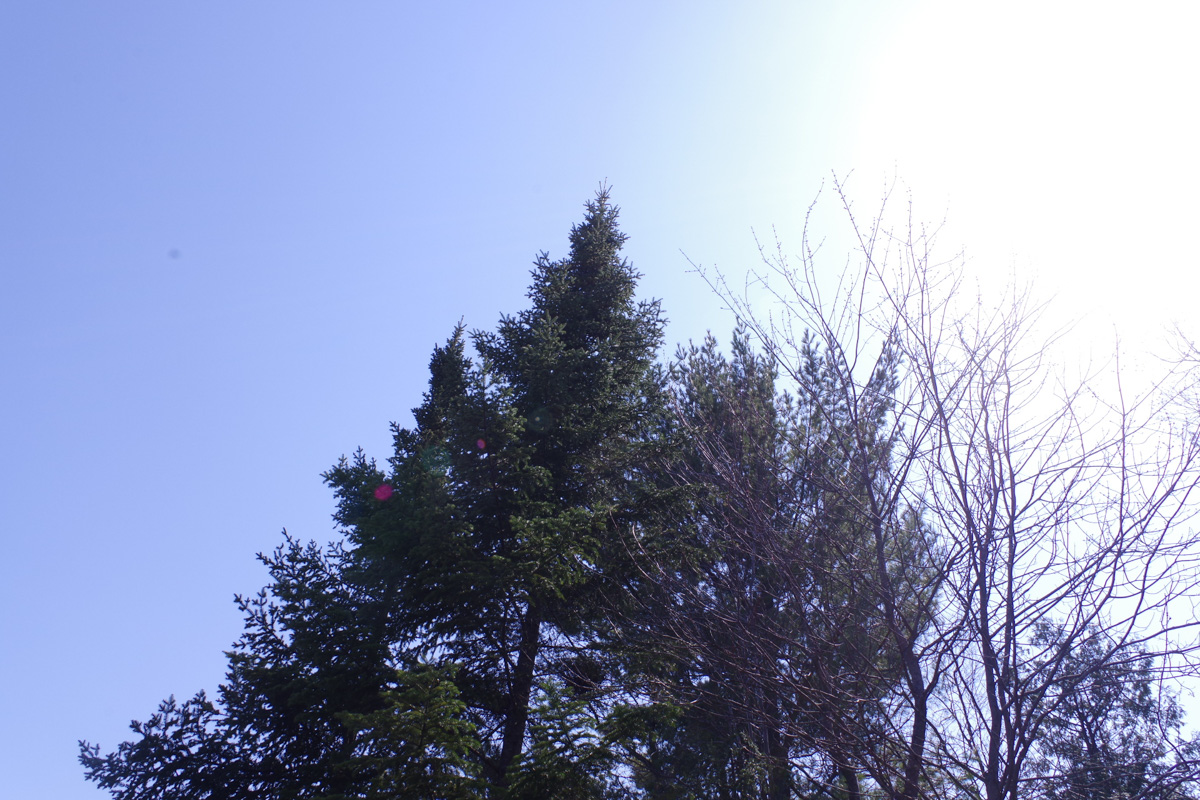 | 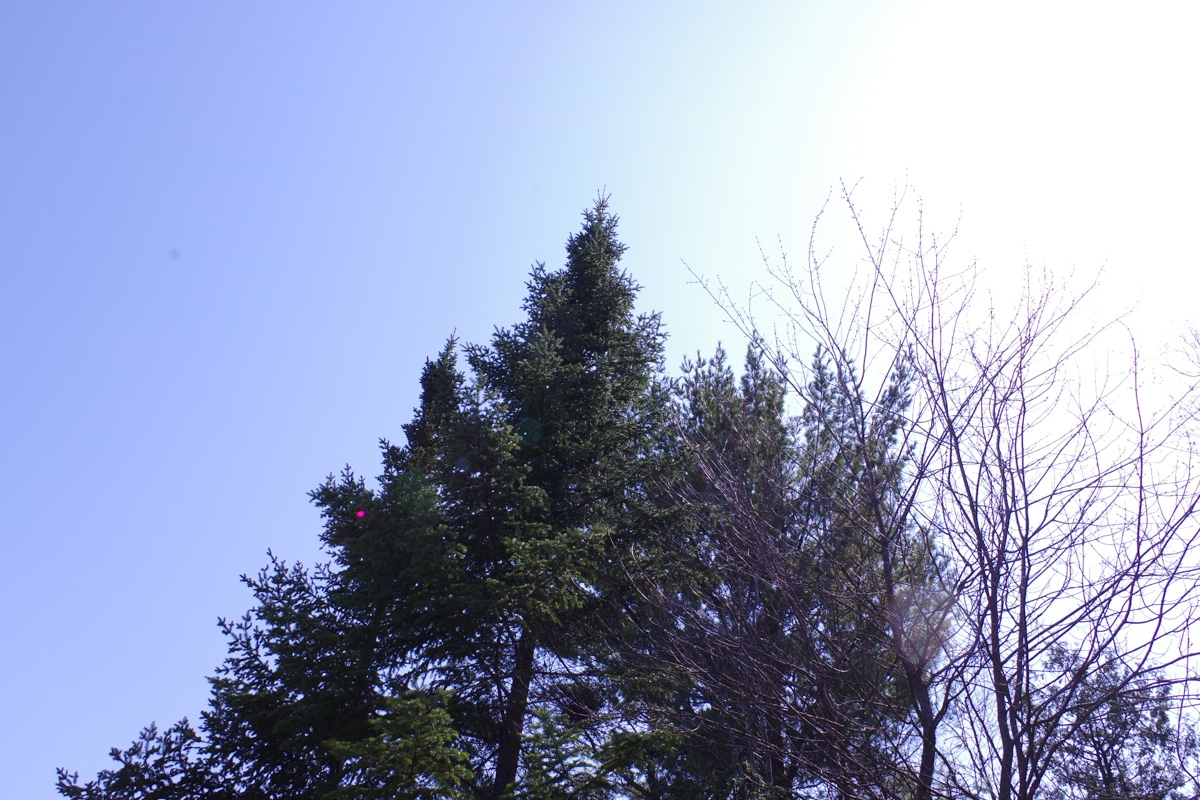 | 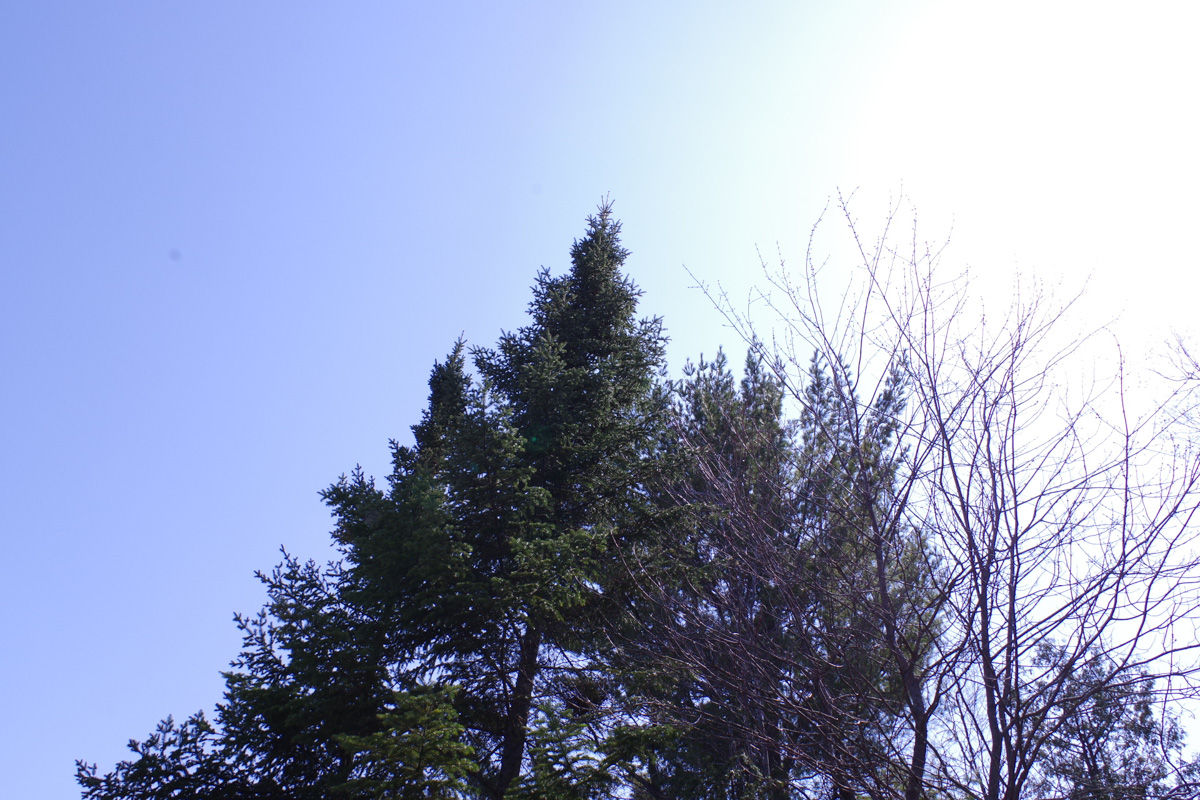 |
| F22 | 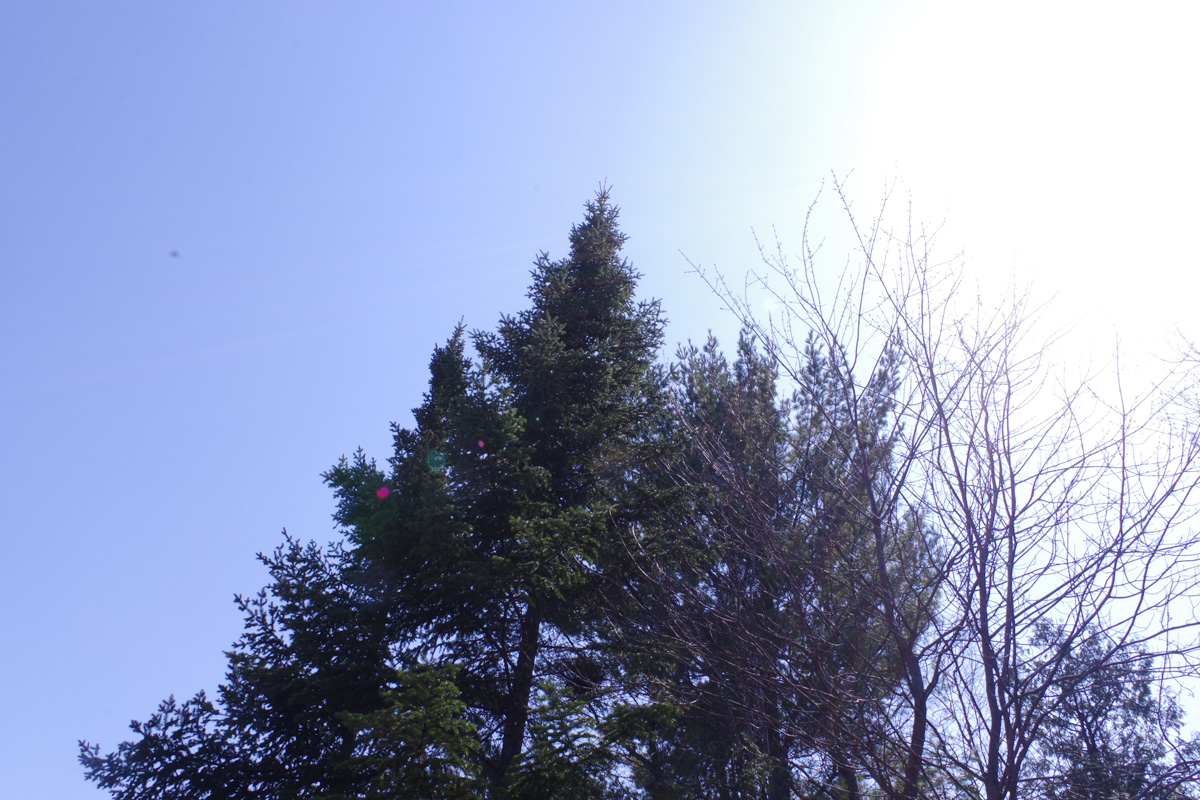 | 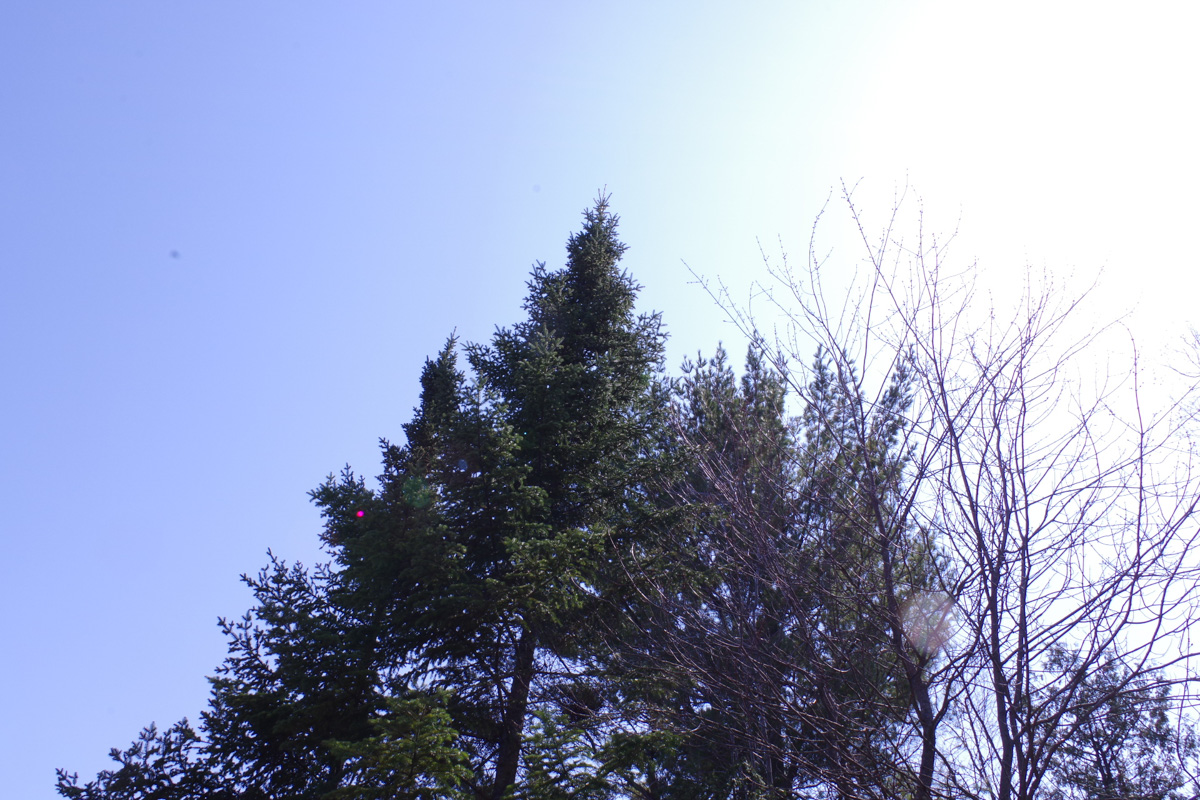 | 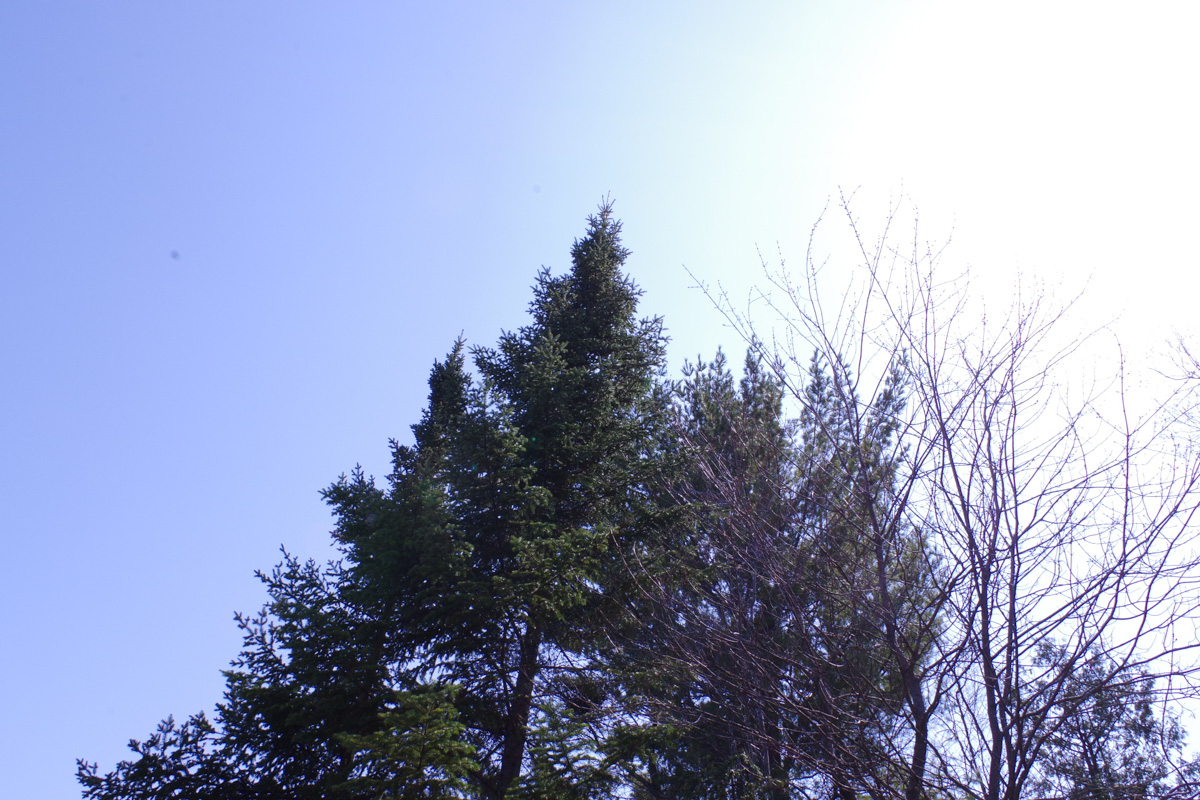 |
Using a hood greatly improves the performance of the DA L lens when compared to the HD. Differences between the two 18-50mm are much smaller than without a hood. The HD lens still has the advantage. The 18-55mm again performs correctly, situating itself between the DA L and HD lens.
35mm
| Aperture | DA 18-55mm | DA L 18-50mm | HD 18-50mm |
| F4 or F4.5 | 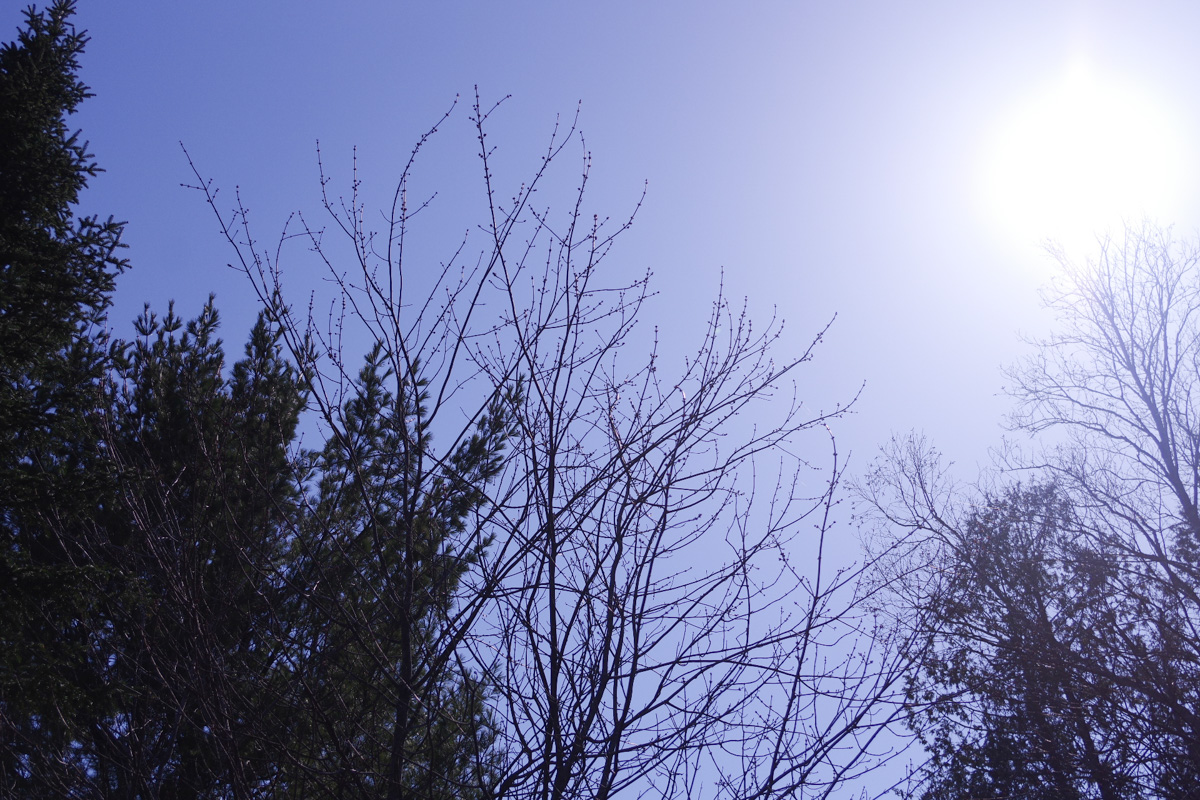 | 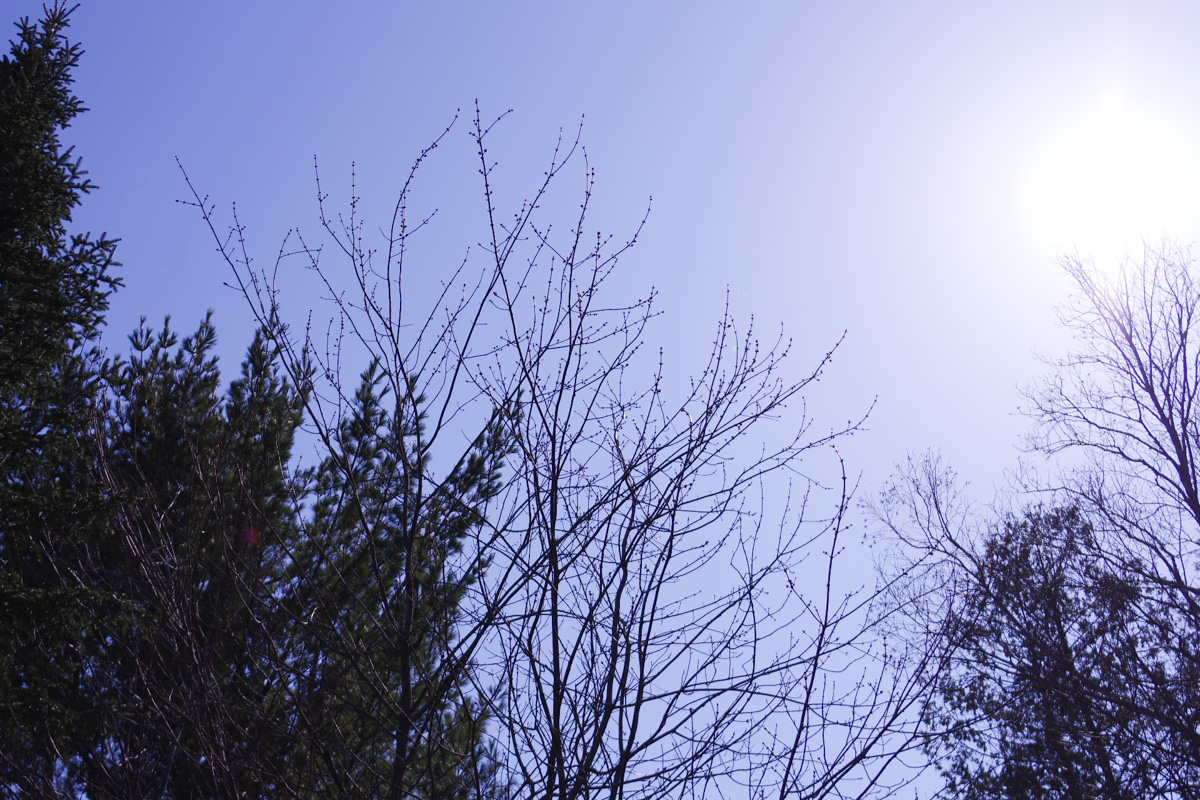 | 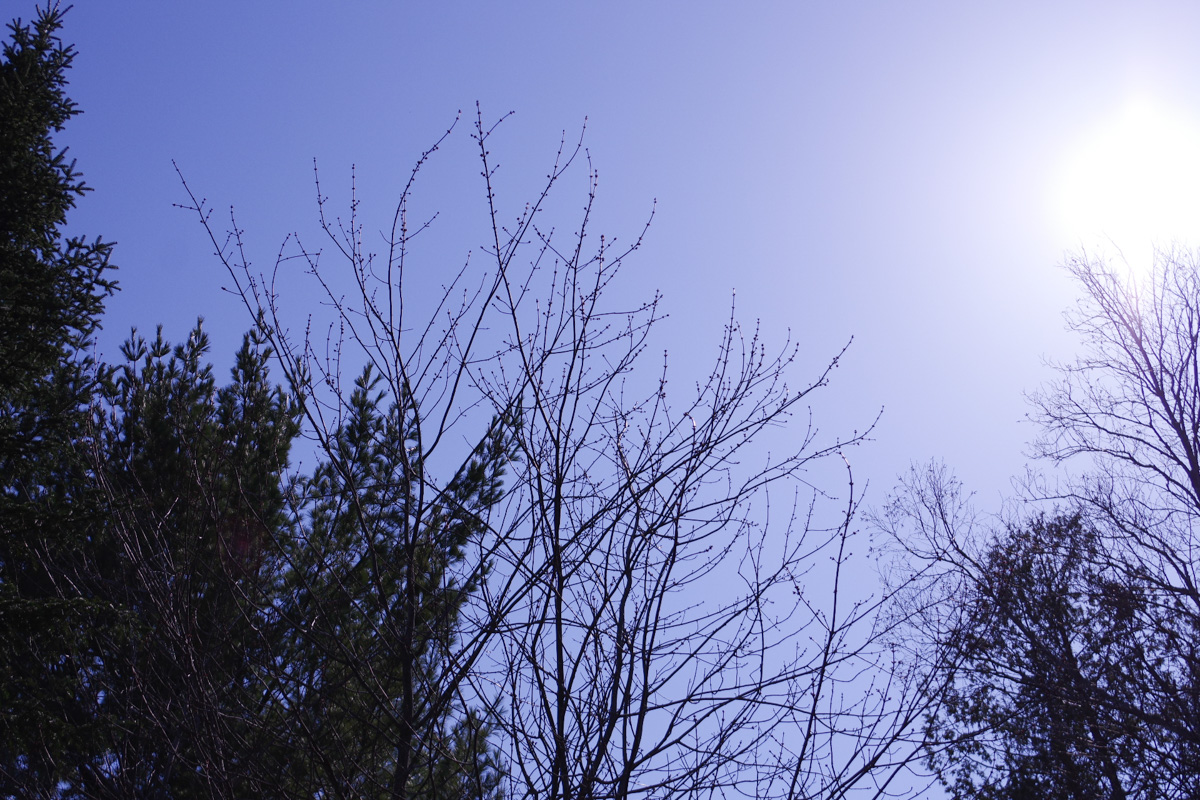 |
| F5.6 | 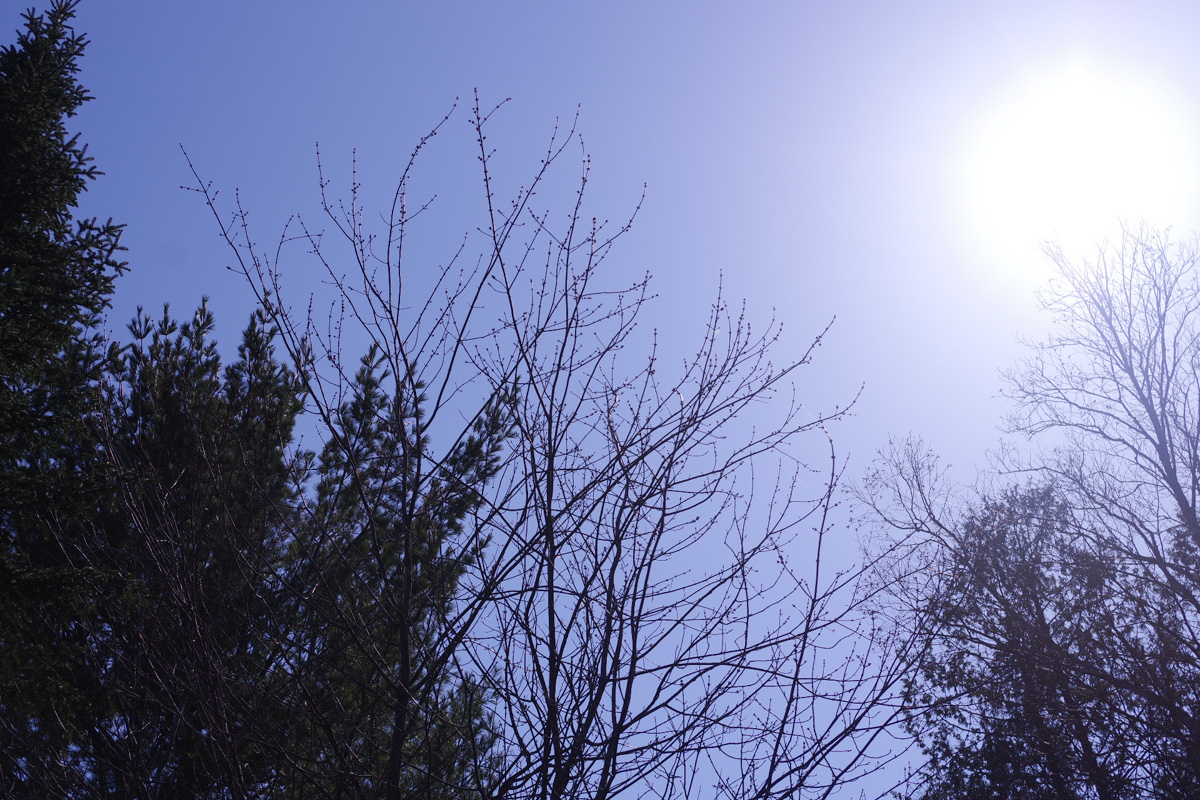 | 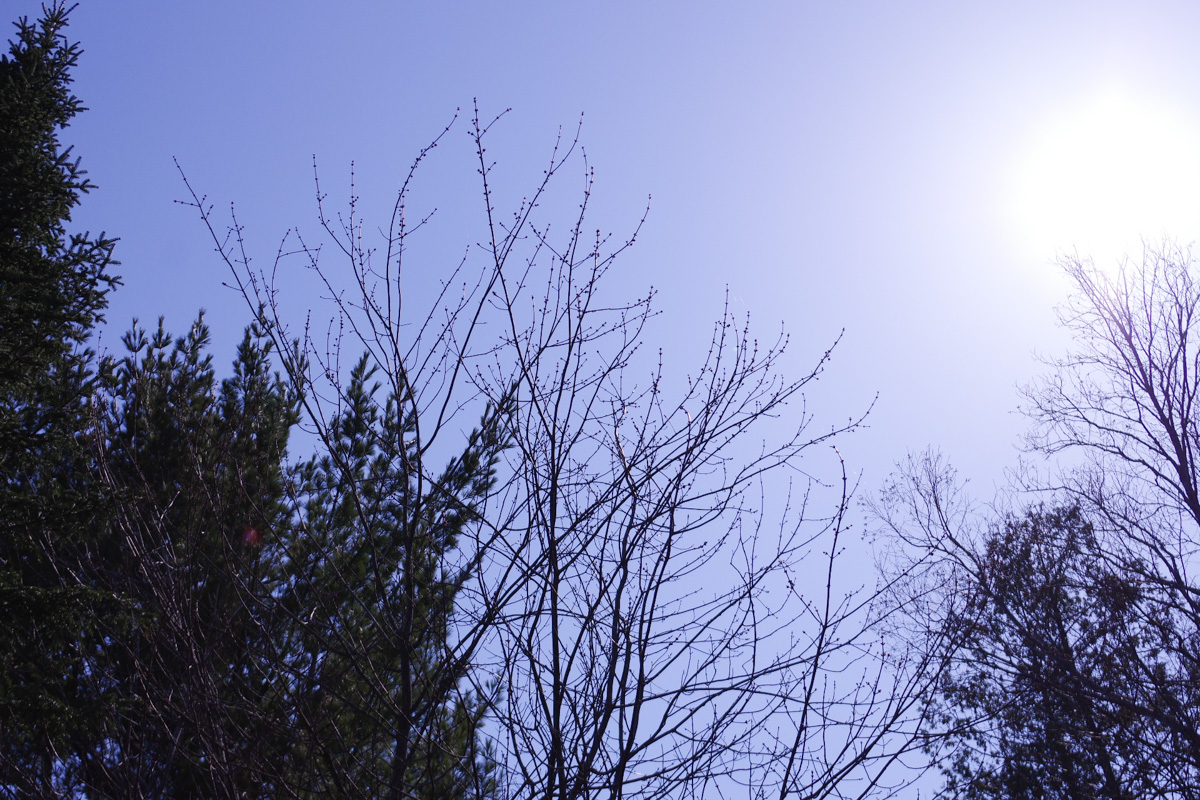 | 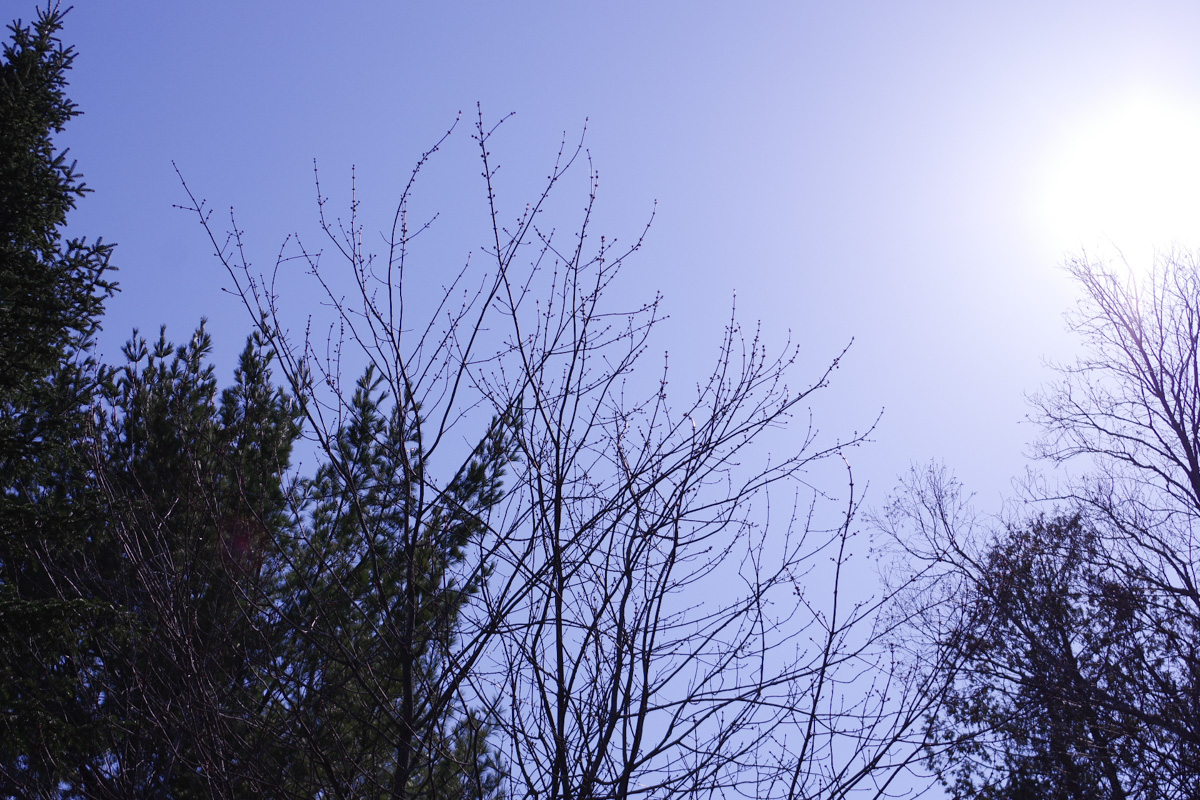 |
| F8 | 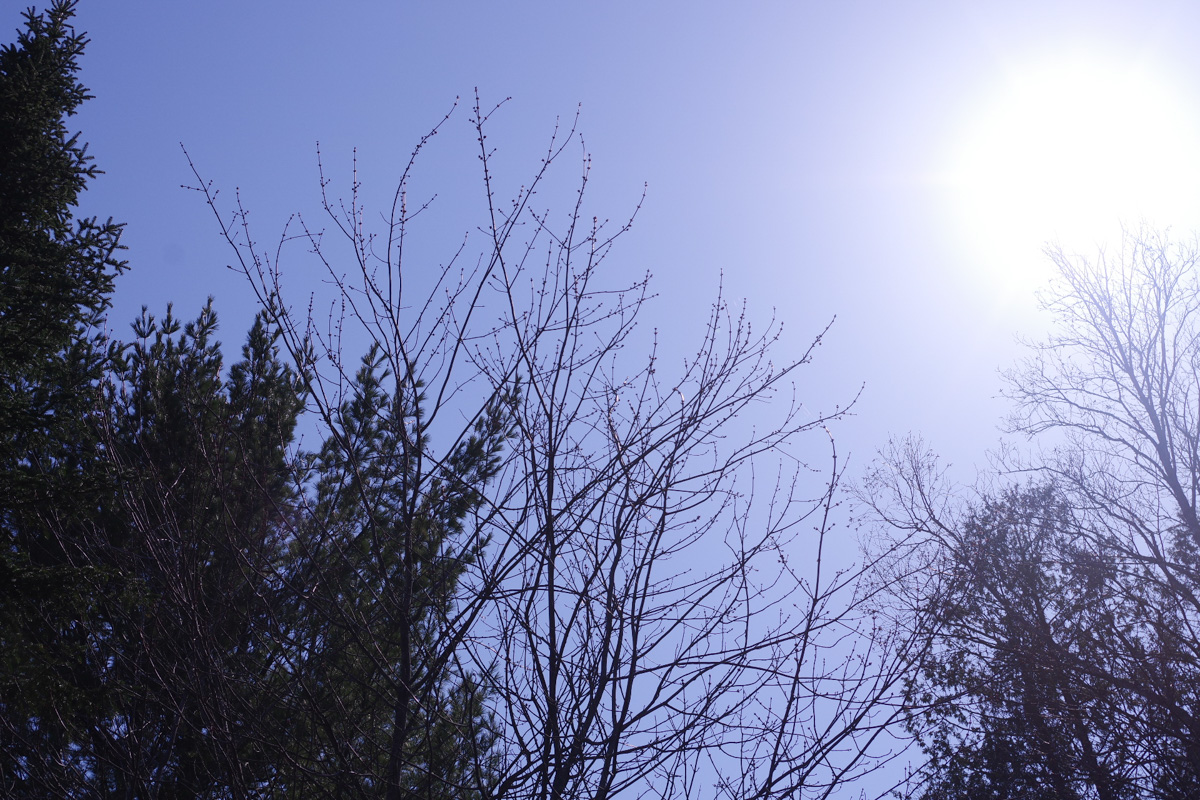 | 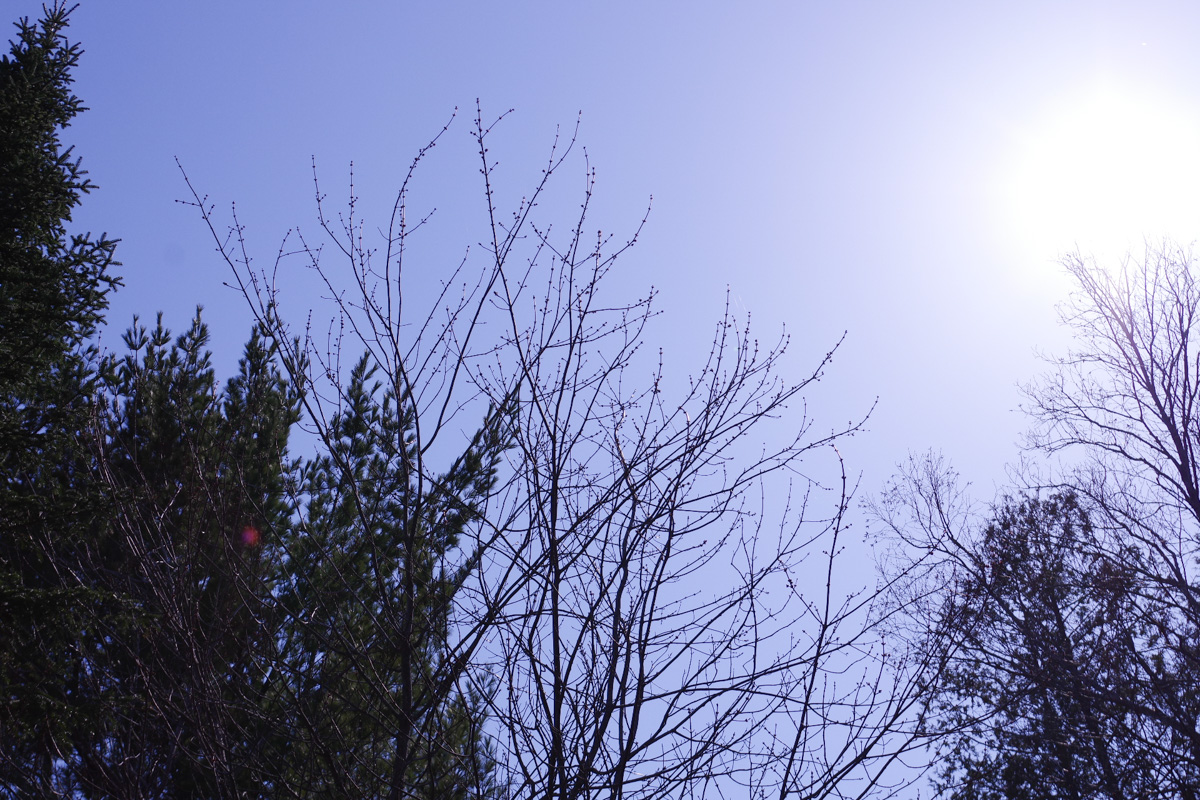 | 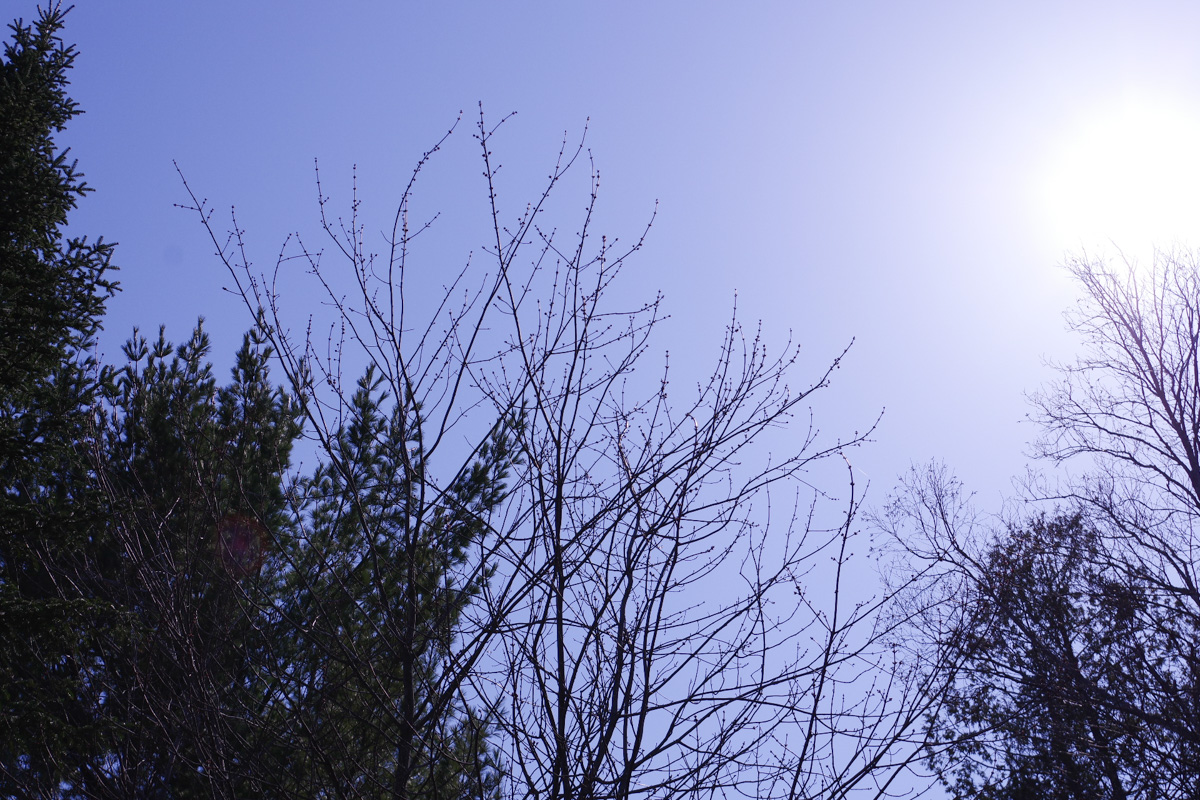 |
| F11 | 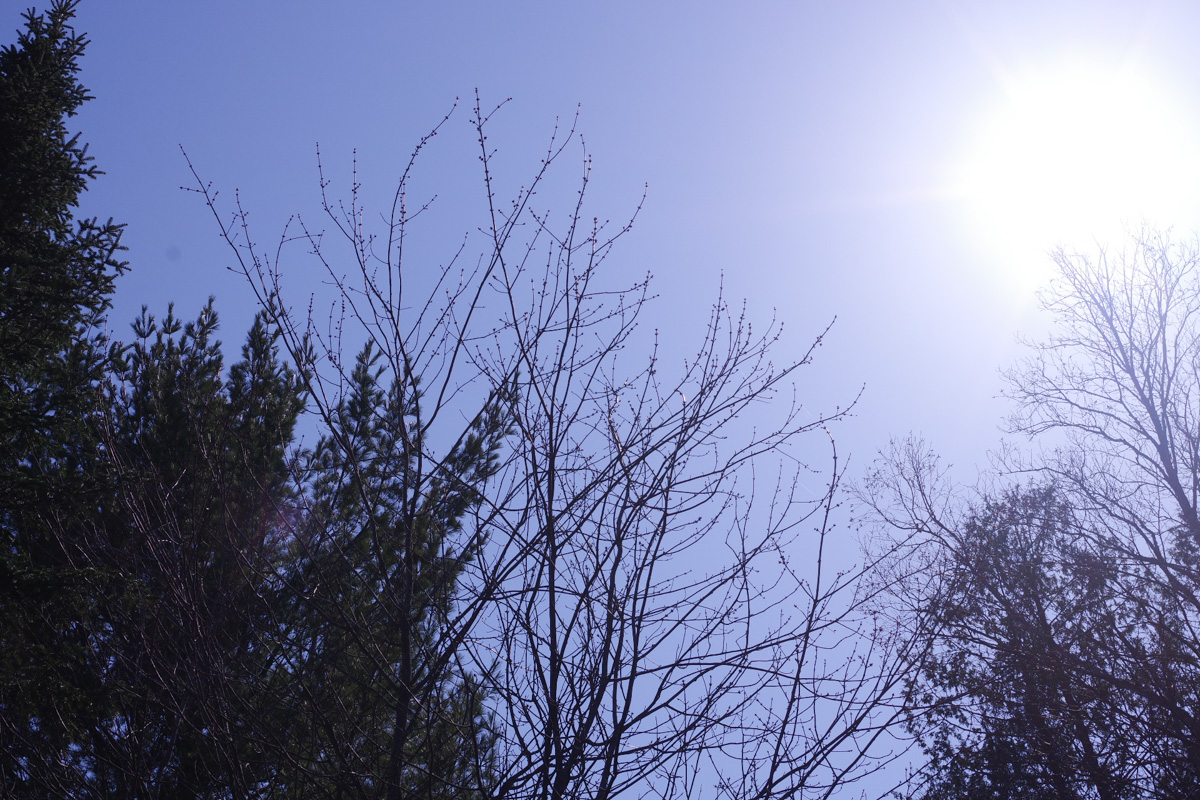 | 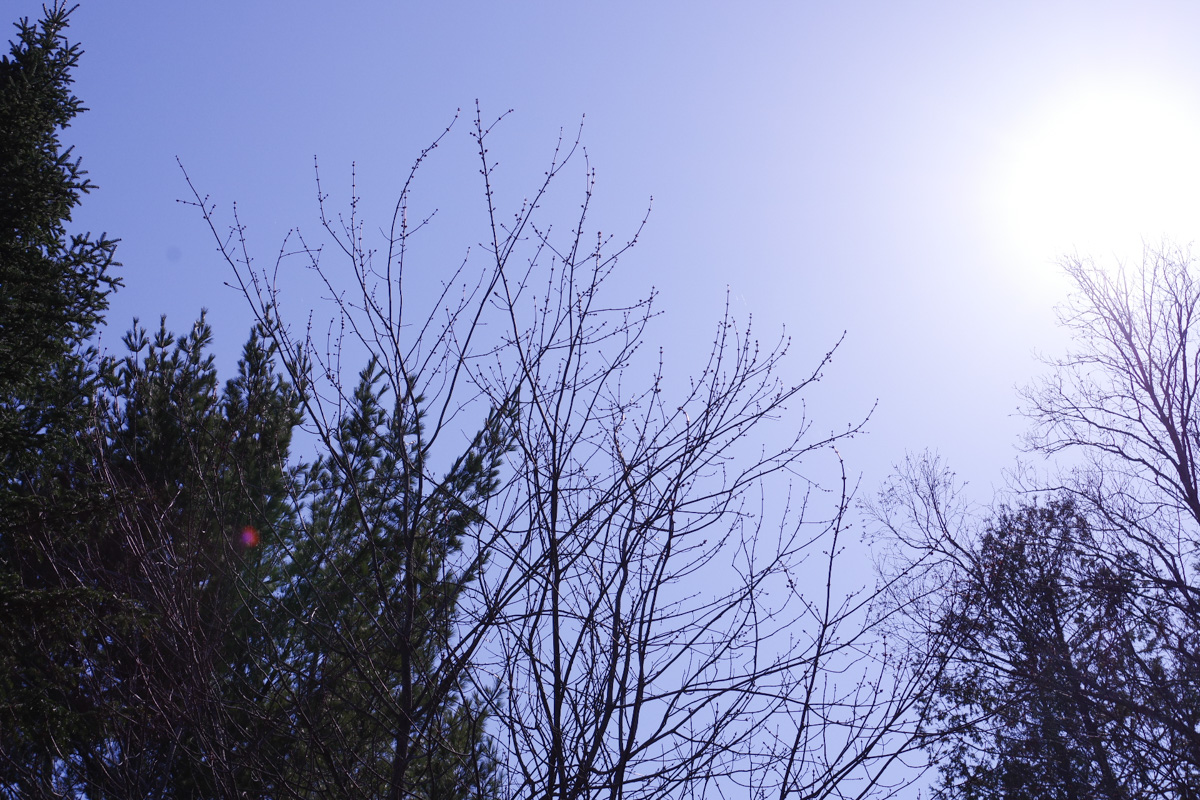 | 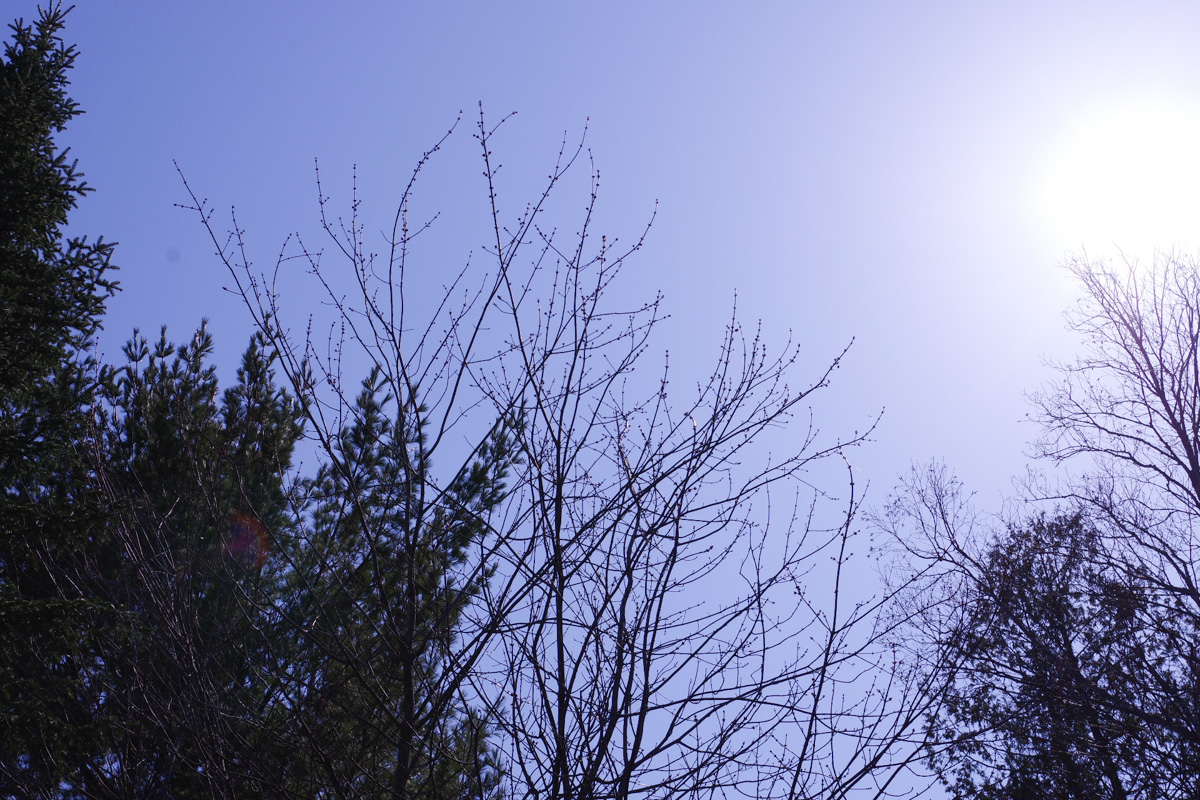 |
| F16 | 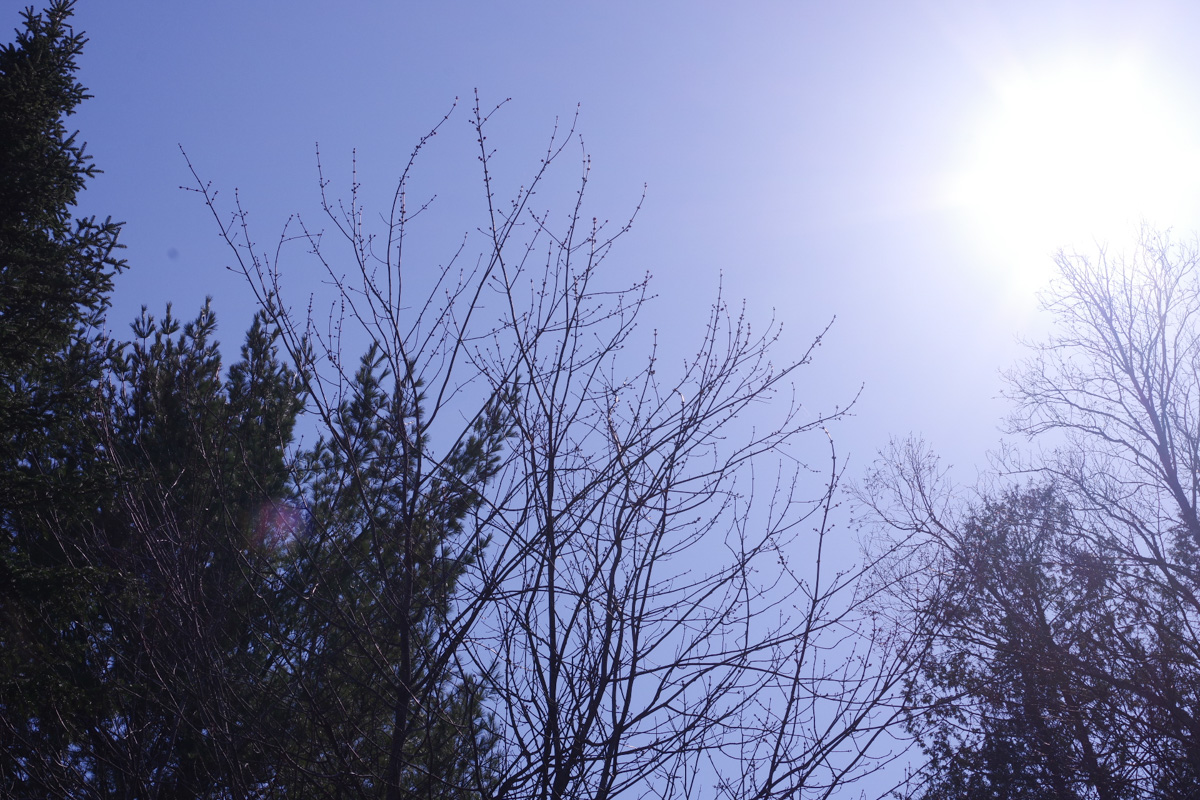 | 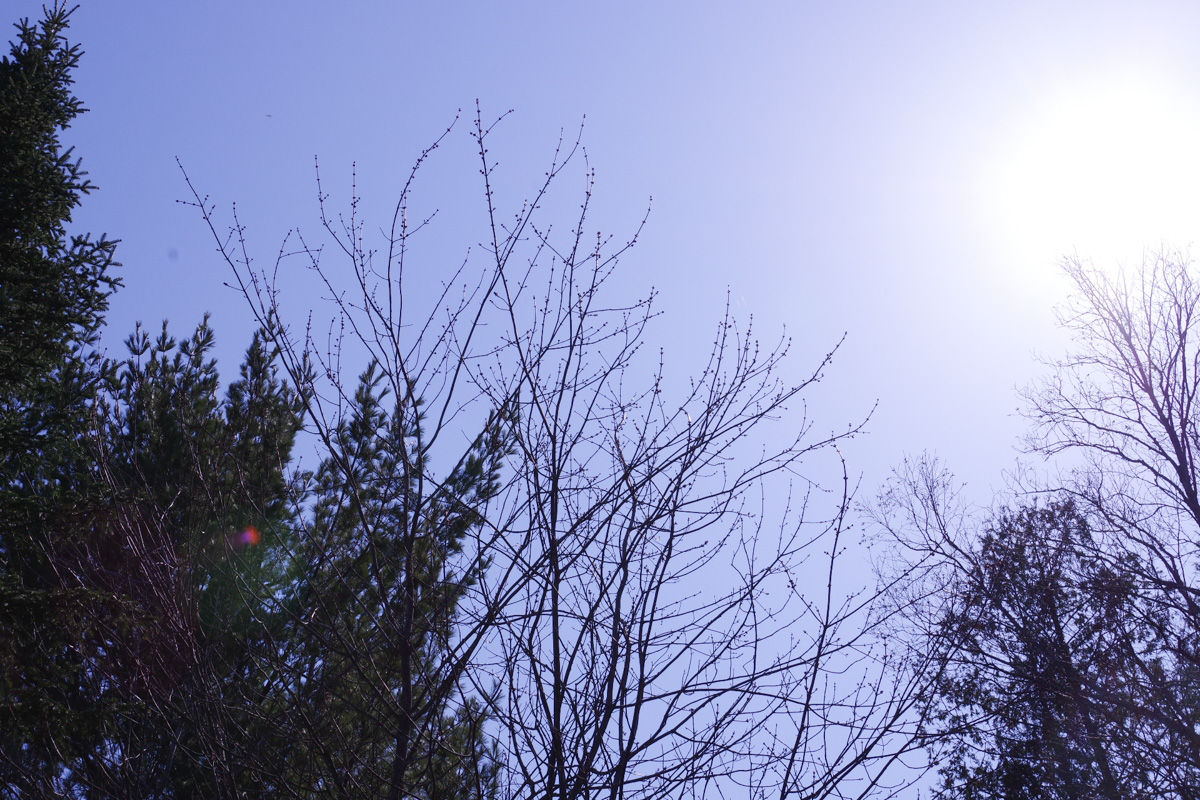 | 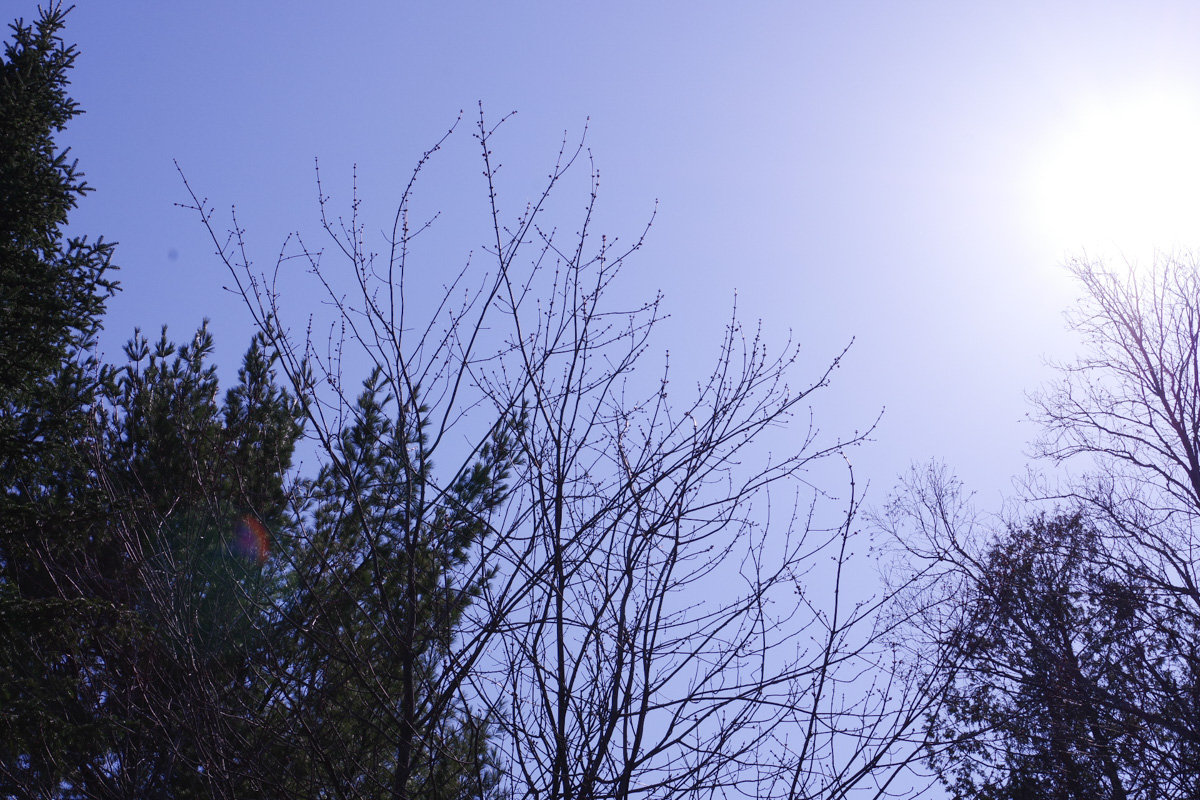 |
| F22 | 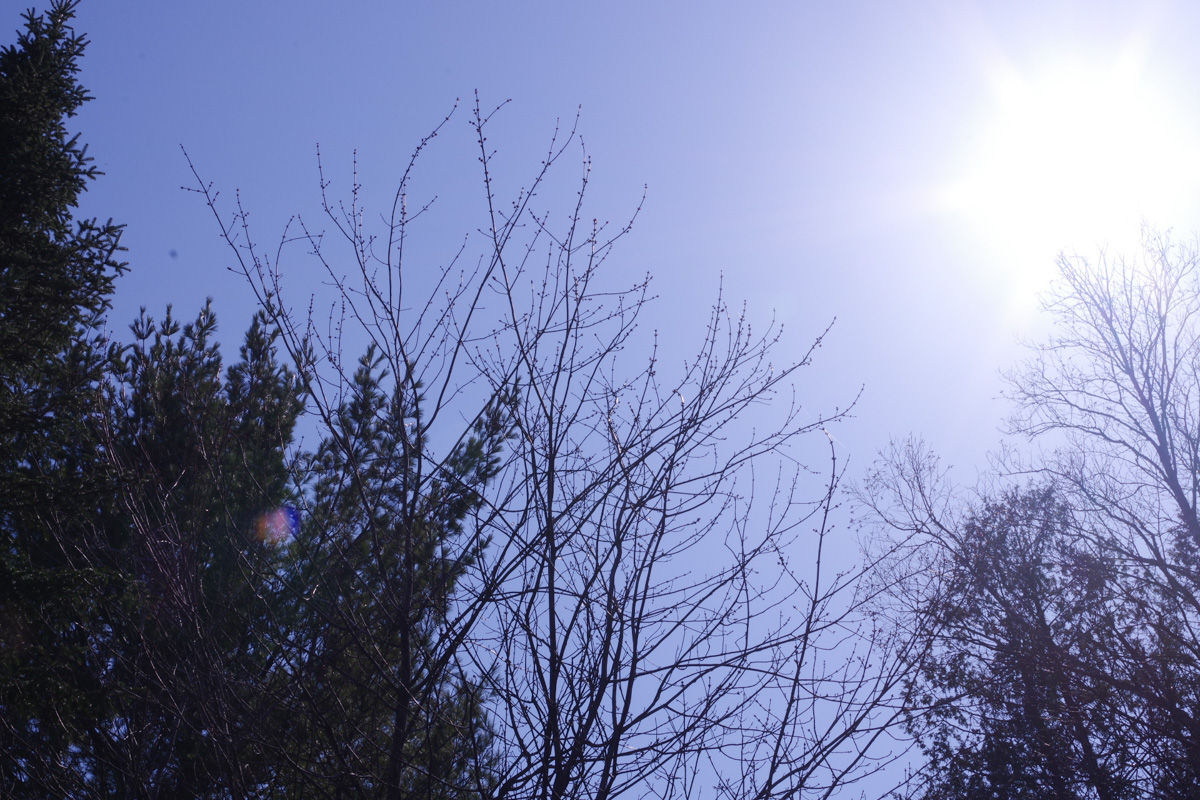 | 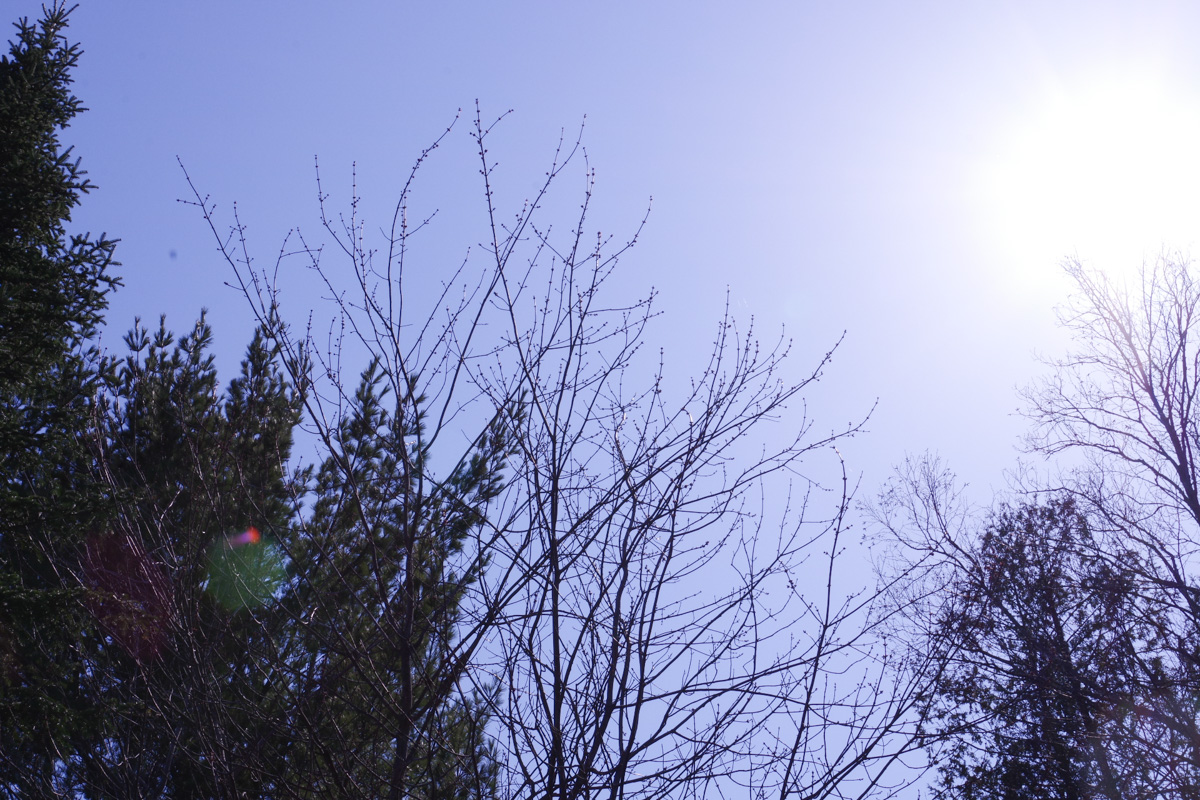 | 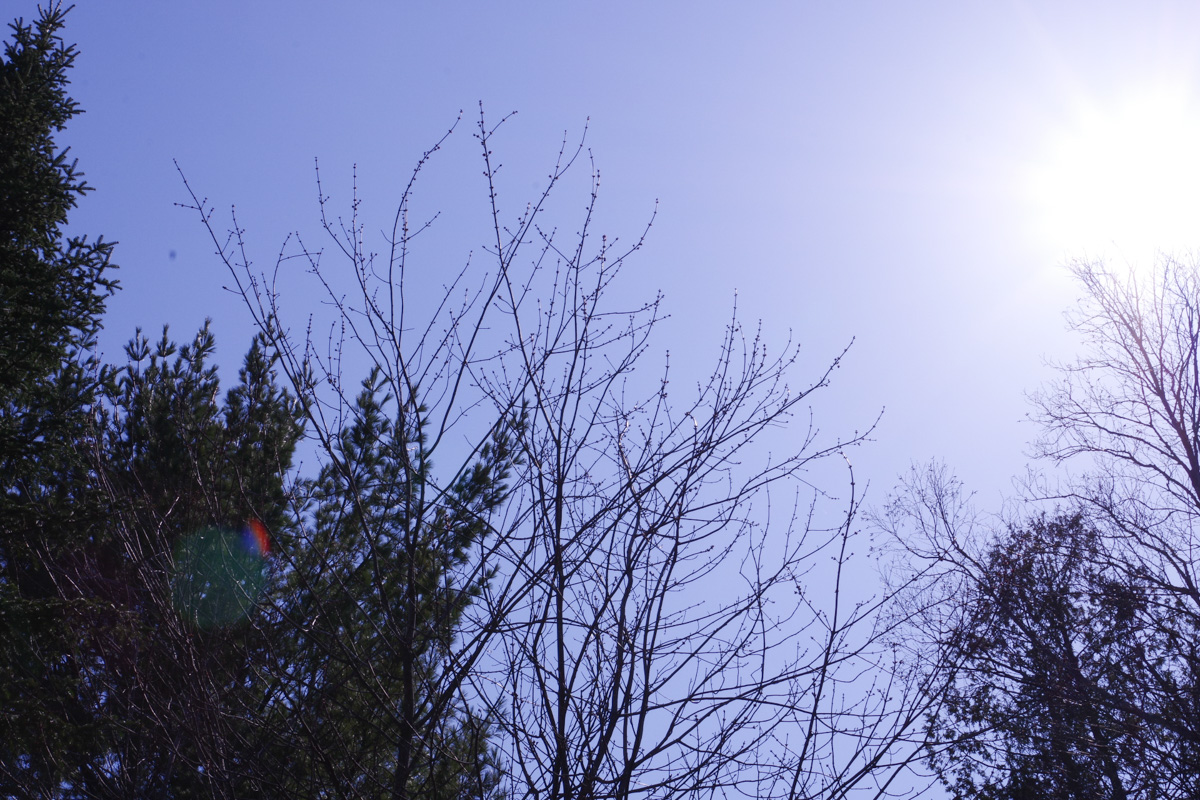 |
At 35mm the 18-55mm again shows better performance than both 18-50mm versions, mainly because its ghosting artifacts are more diffuse and spread out. The HD again performs better than the DA L, but the hood still improves the DA L's performance.
50 or 55mm
| Aperture | DA 18-55mm | DA L 18-50mm | HD 18-50mm |
| F5.6 | 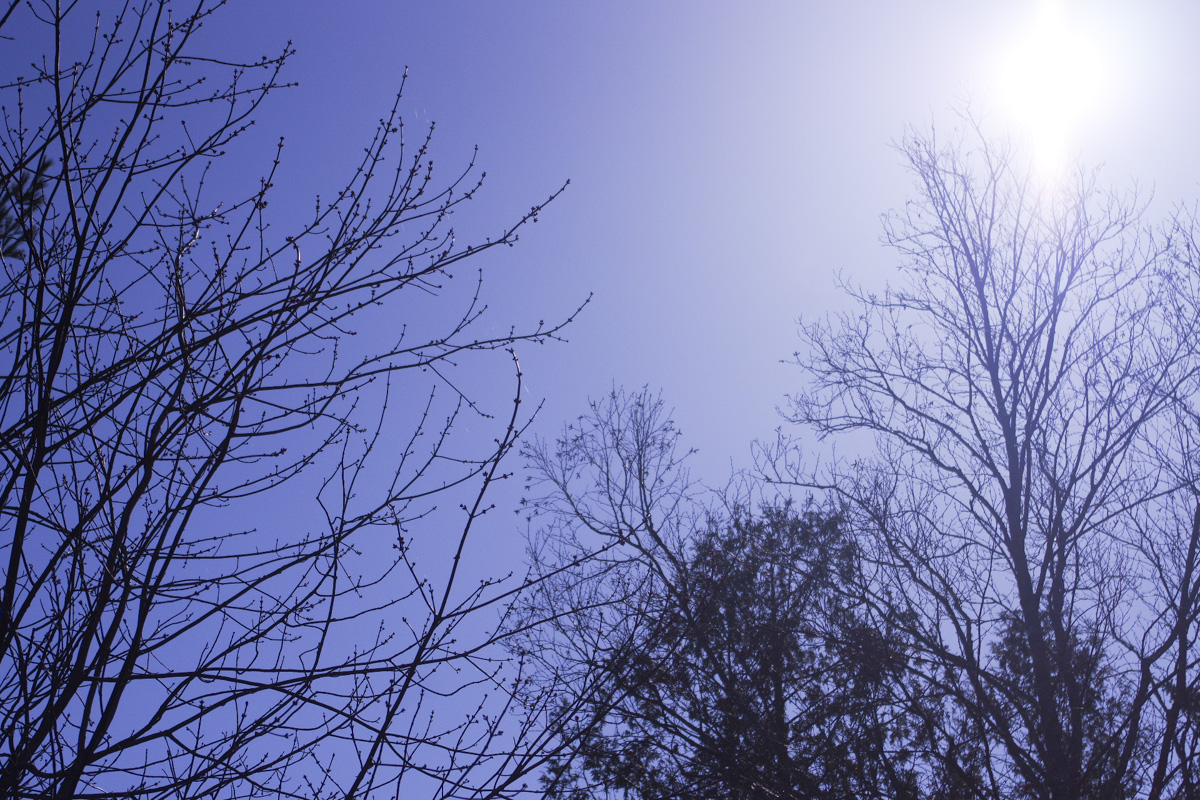 | 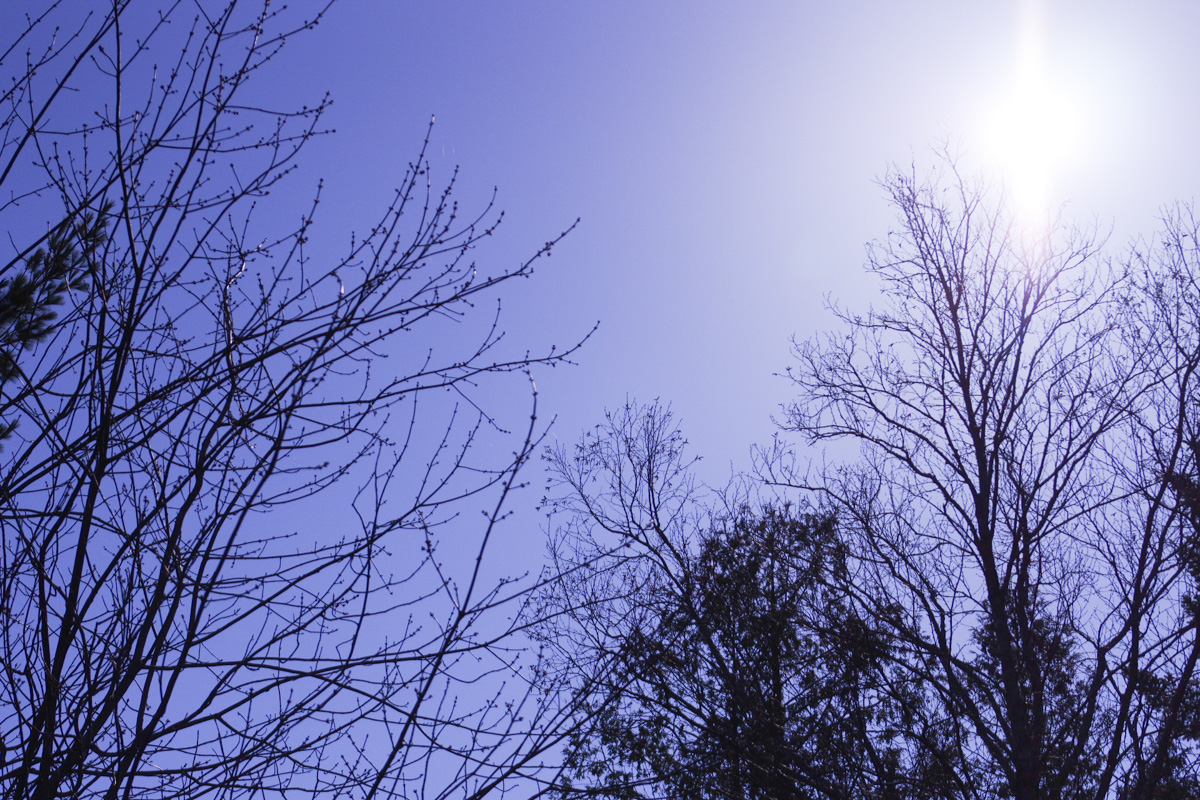 | 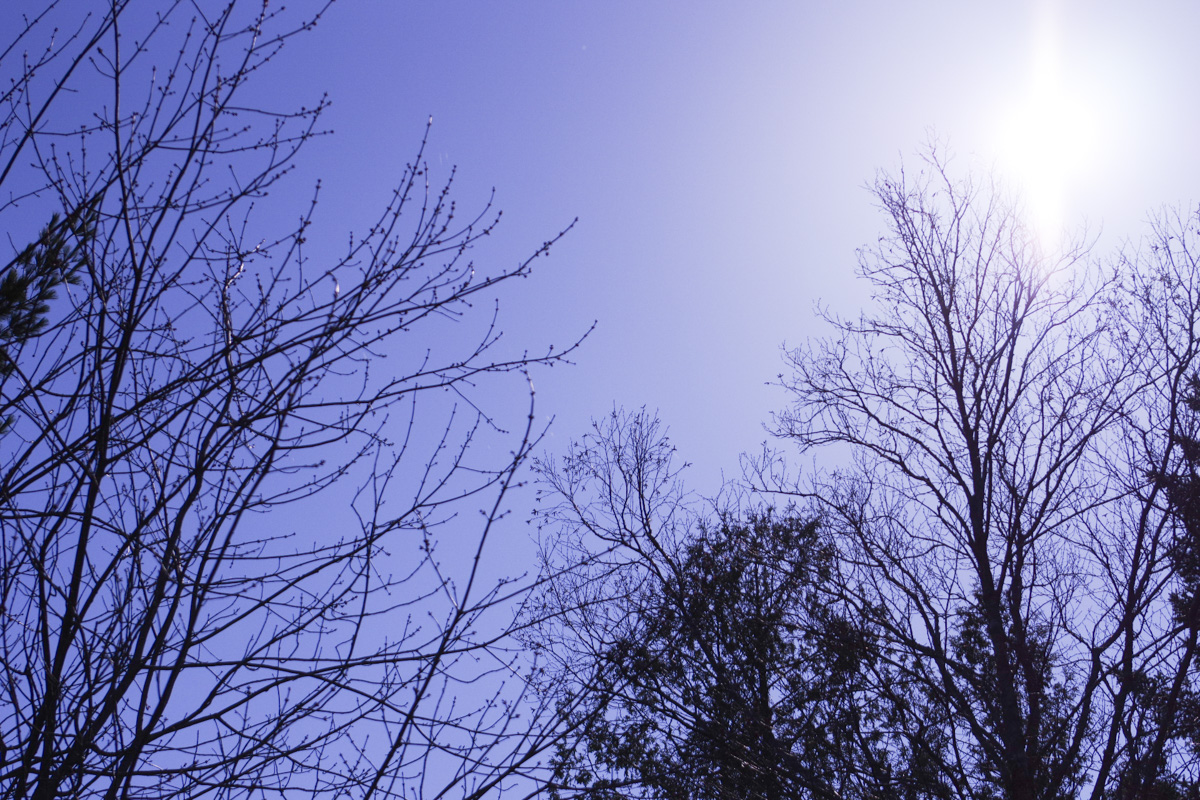 |
| F8 | 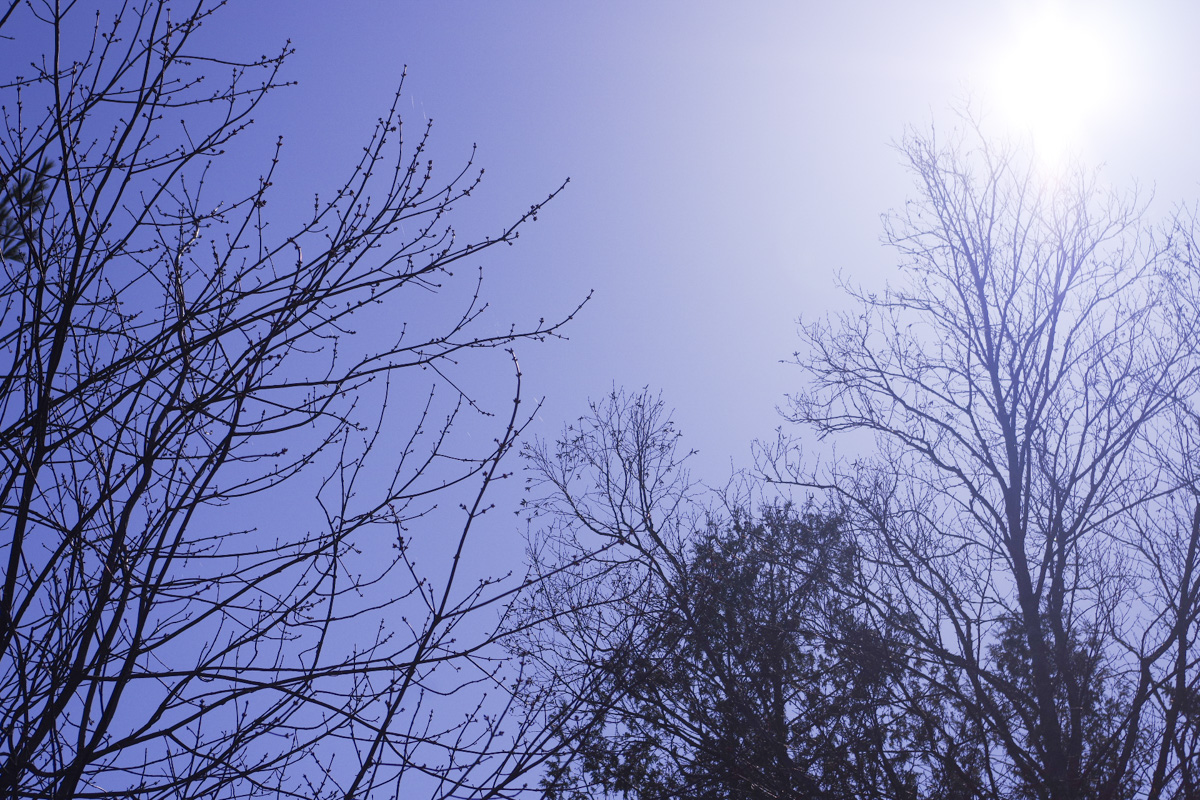 | 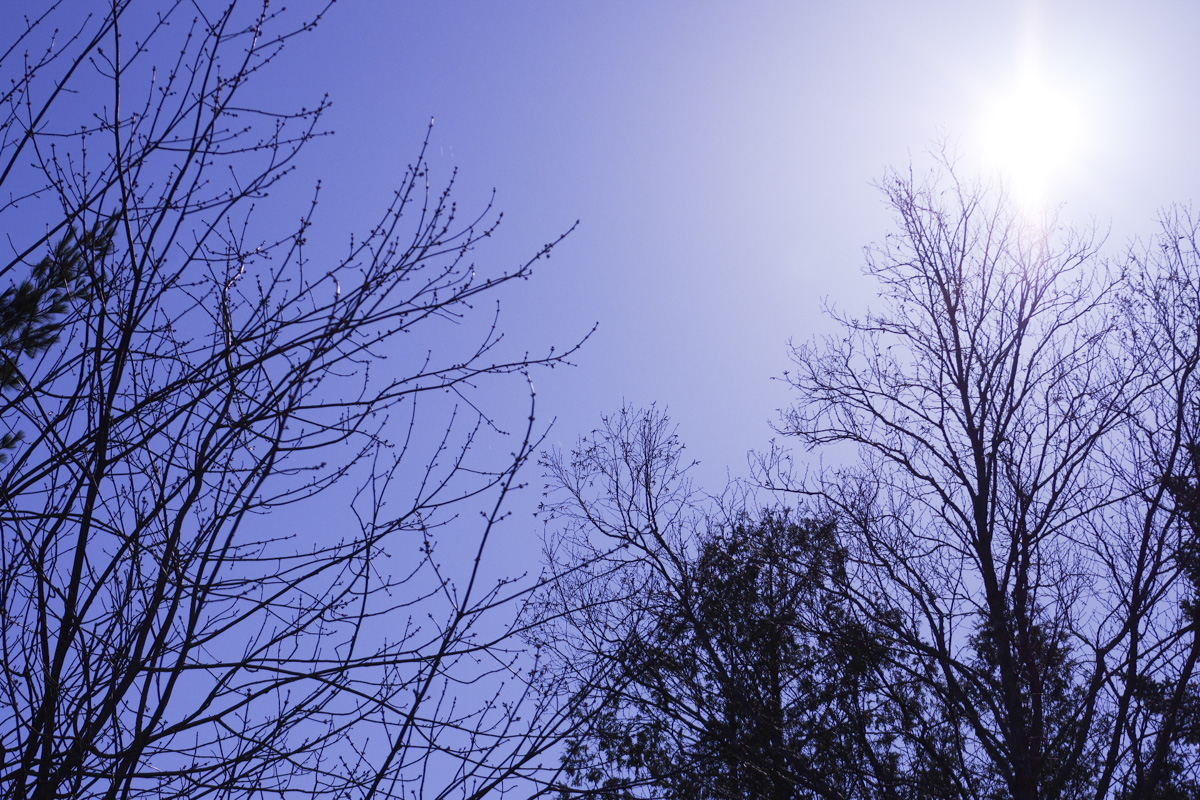 | 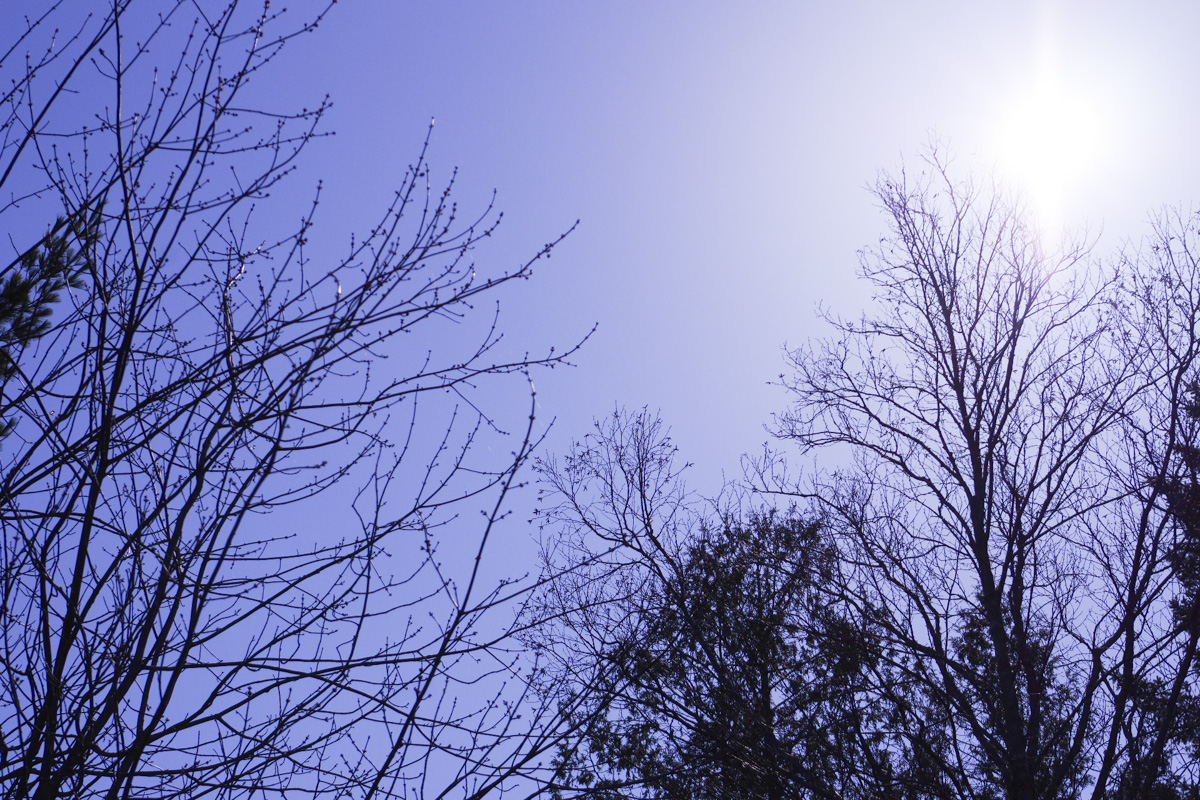 |
| F11 | 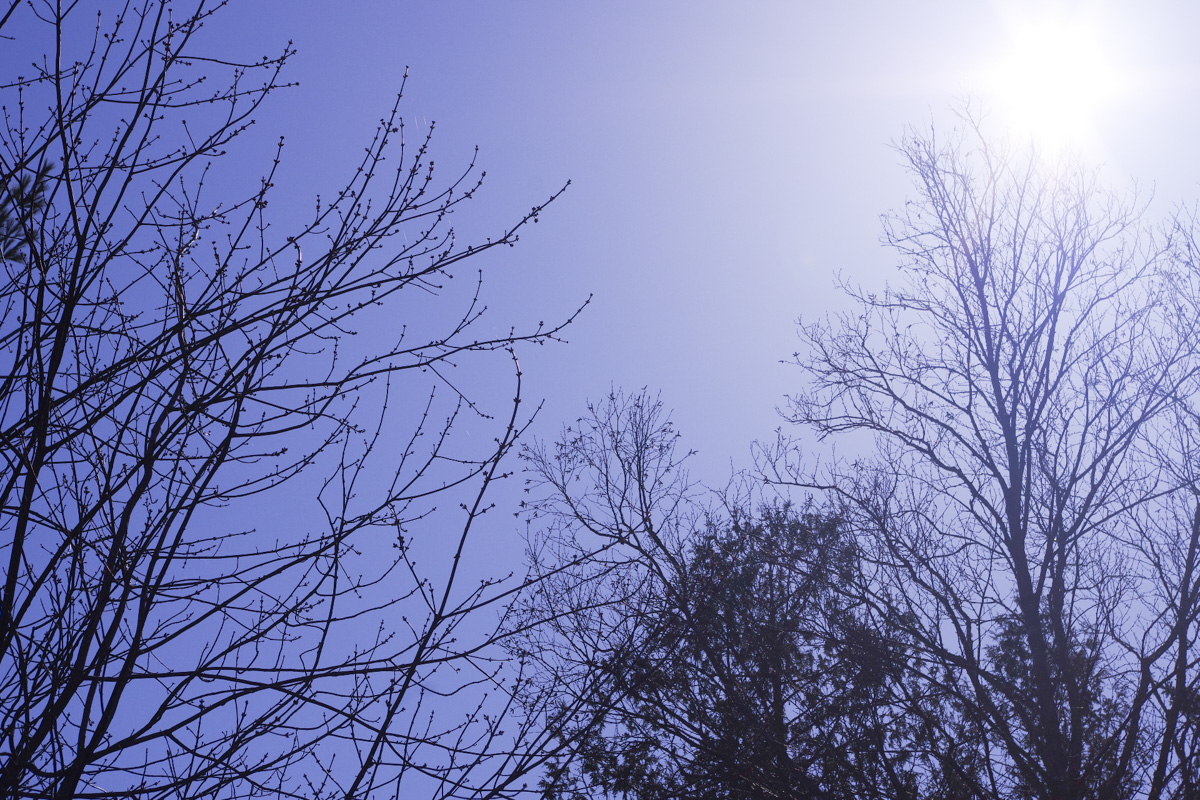 | 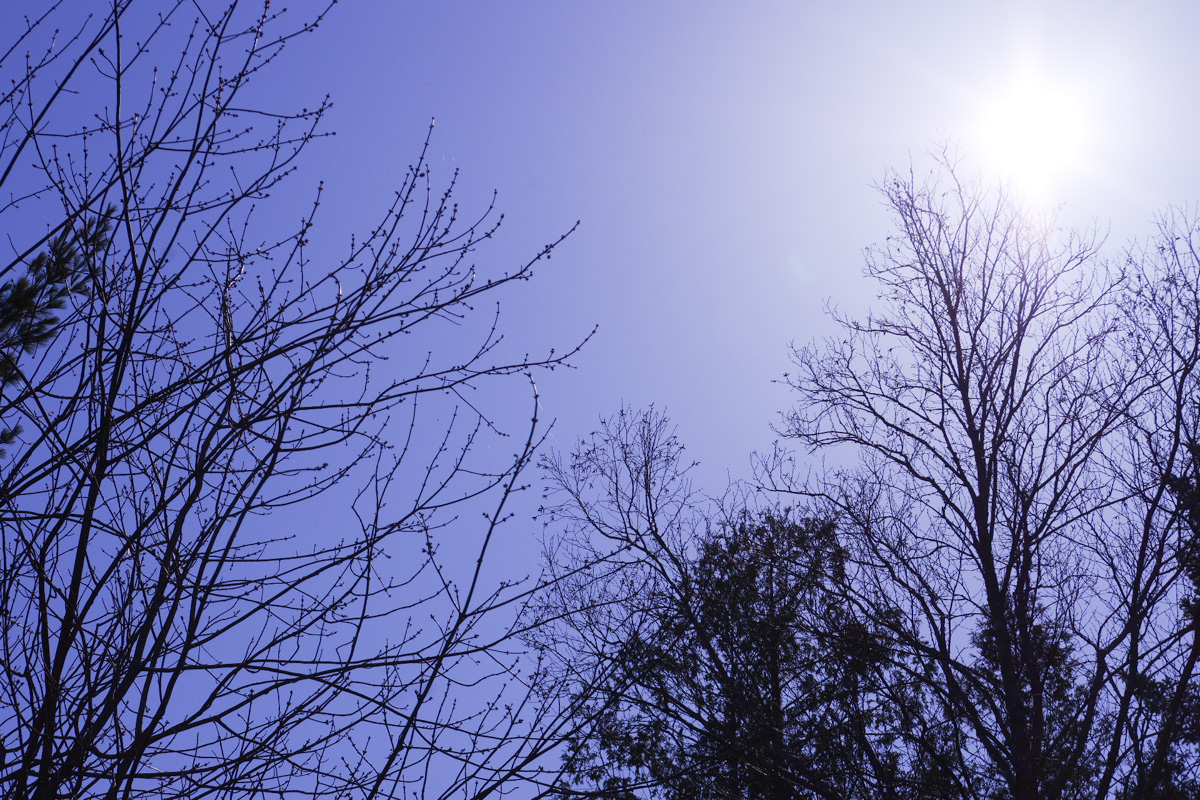 | 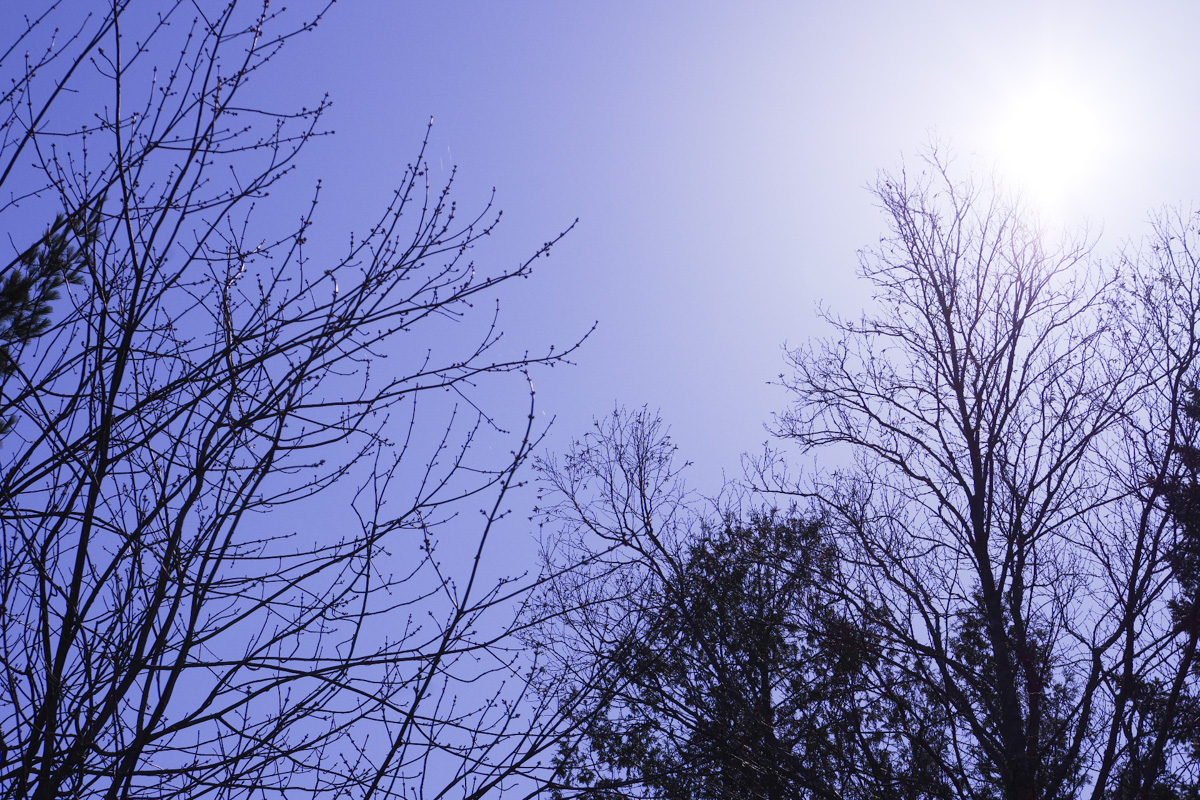 |
| F16 | 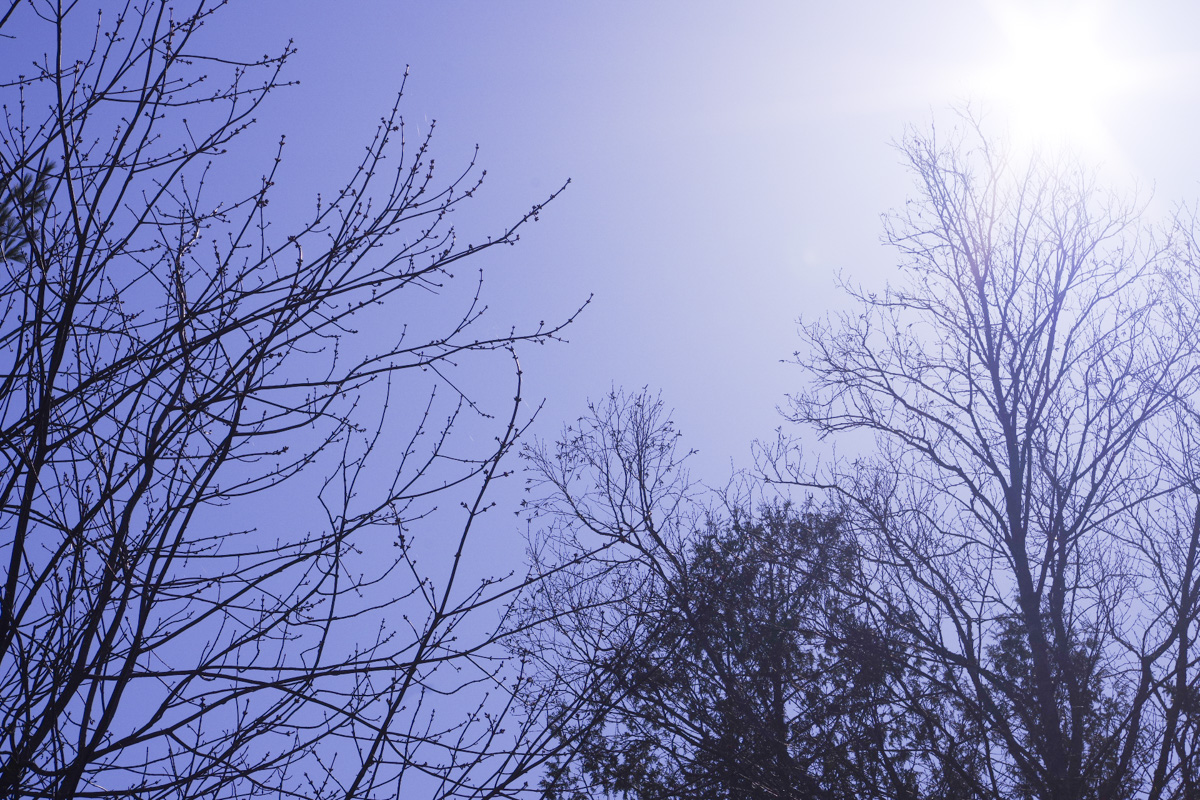 | 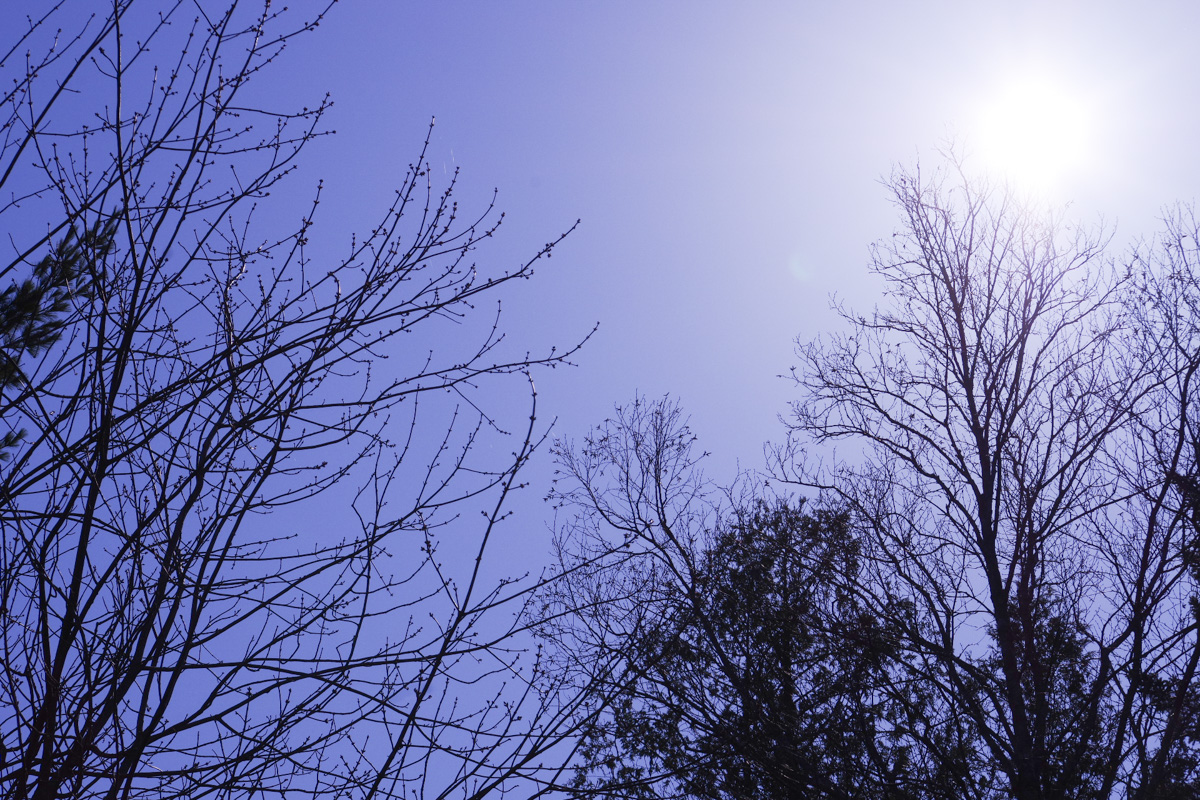 | 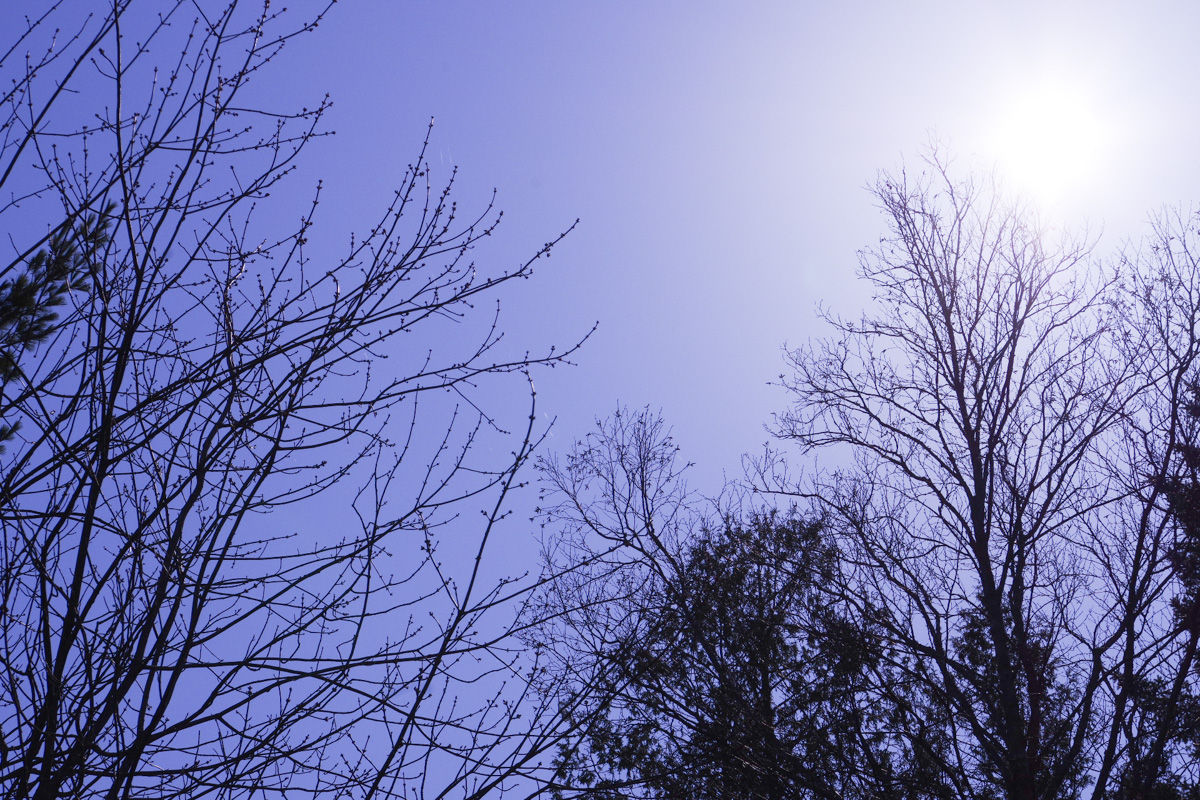 |
| F22 | 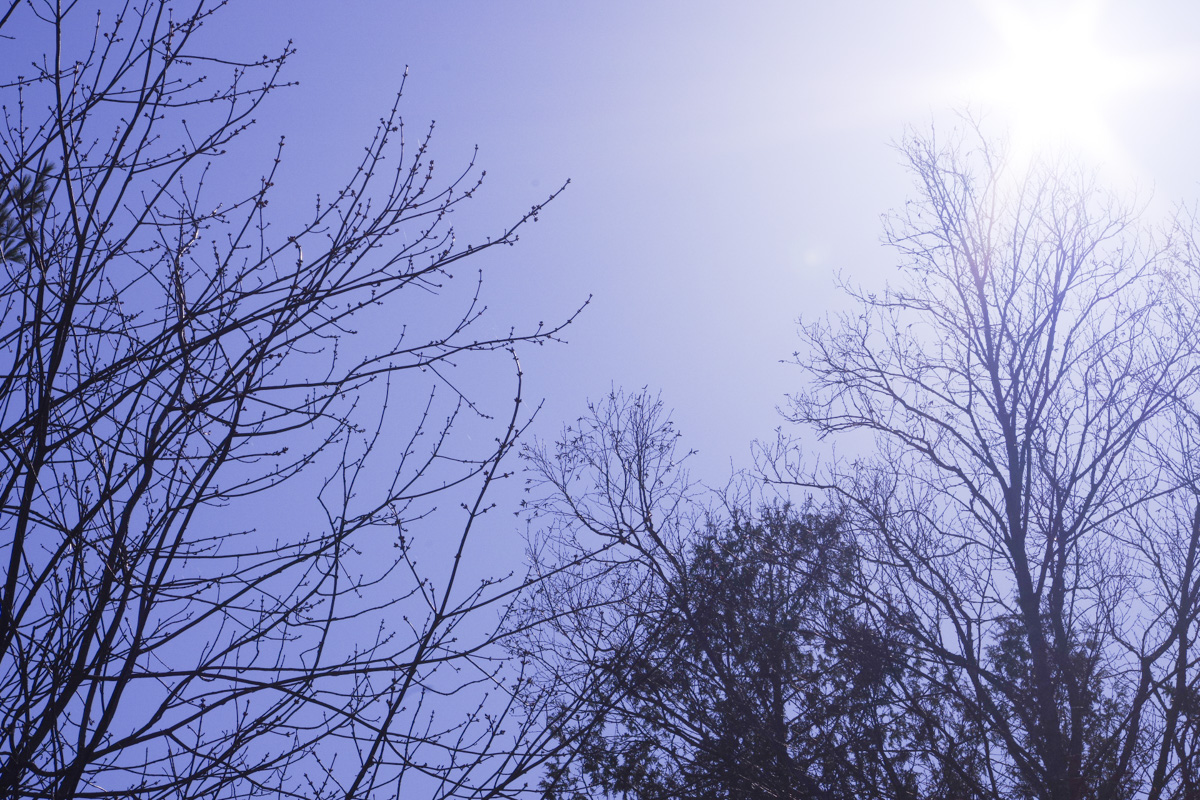 | 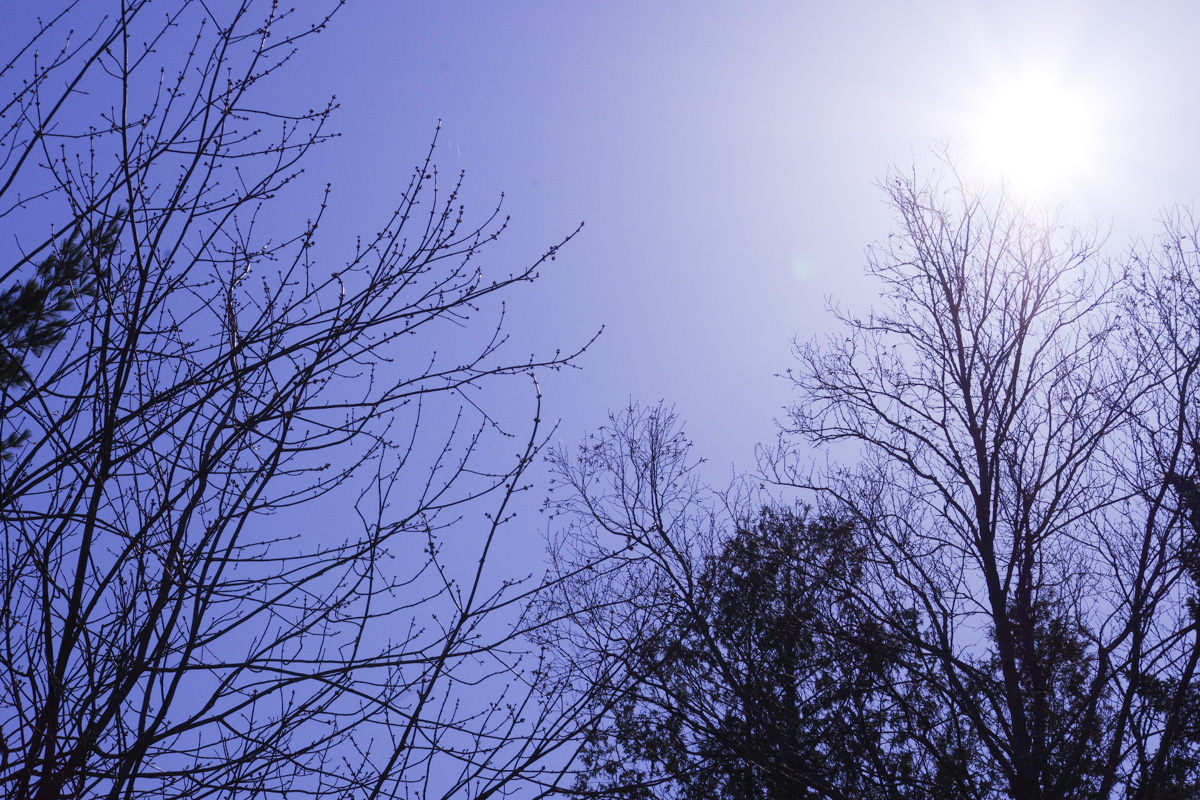 | 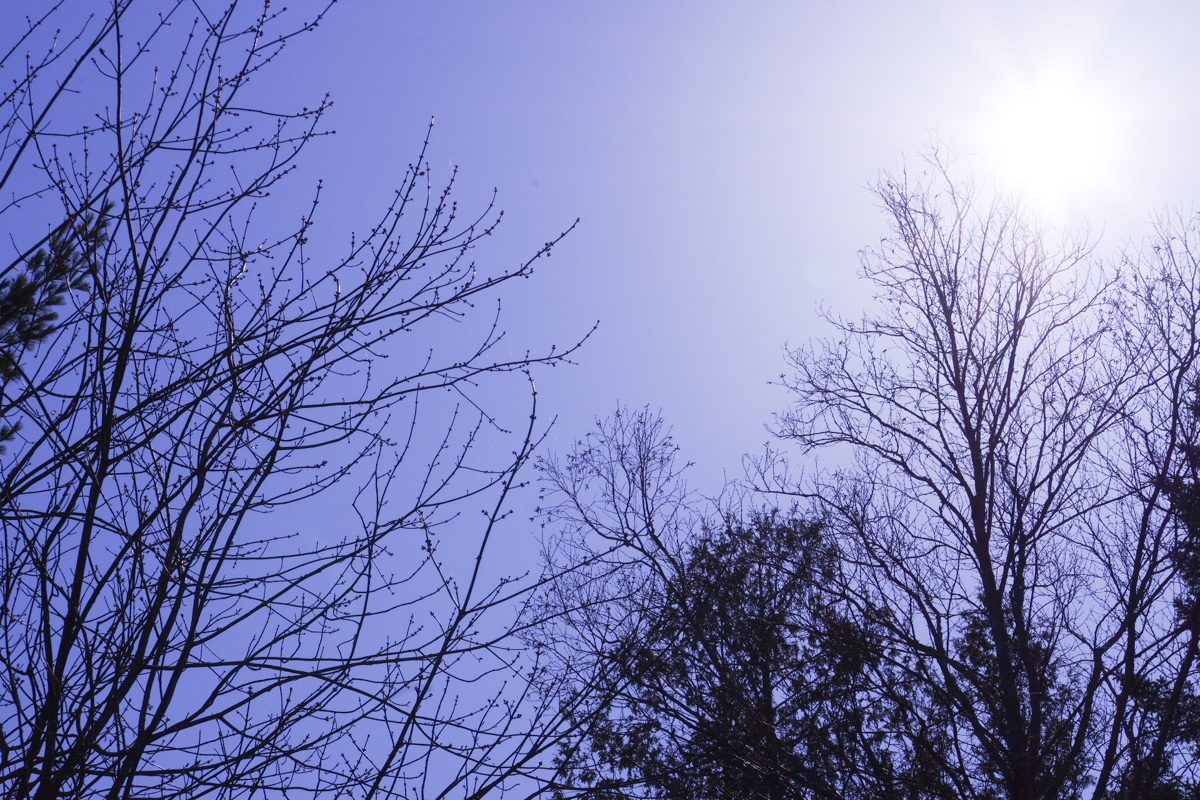 |
At their longest focal lengths, the three lenses perform admirably, showing almost no flare or ghosting, whatever the aperture.
Summary
The presence of a hood improves the performance of all three lenses. The DA L 18-50mm shows the most improvement, the HD 18-50mm the least. In other words, the lens that stands the most to gain from using a hood is the only one shipping without one. The SMC 18-55mm holds its own correctly in most situations. The use of a hood clearly improves the results, and we advise that one should be used as often as possible.
Verdict
The three lenses tested show good control of flare and ghosting. The HD coating shows its relevance, especially without a hood. In all cases, the 18-50mm design is more prone to small, bright and well-defined ghosts, while the 18-55mm design shows more diffuse ghosts, making them harder to spot and improving the perceived performance. In all cases, Pentax's coatings get the job done, and none of the three lenses tested show problematic flare effects. Being more defined, the DA L's ghosting could more easily be used creatively, but will also be more distracting. Purchasing a hood or shading the front element with a hand, cap or other item will help to keep things under control with side lighting. All in all, for the three tested lenses, flare is not an important problem in the field.
The next page will look in detail at chromatic aberrations.



